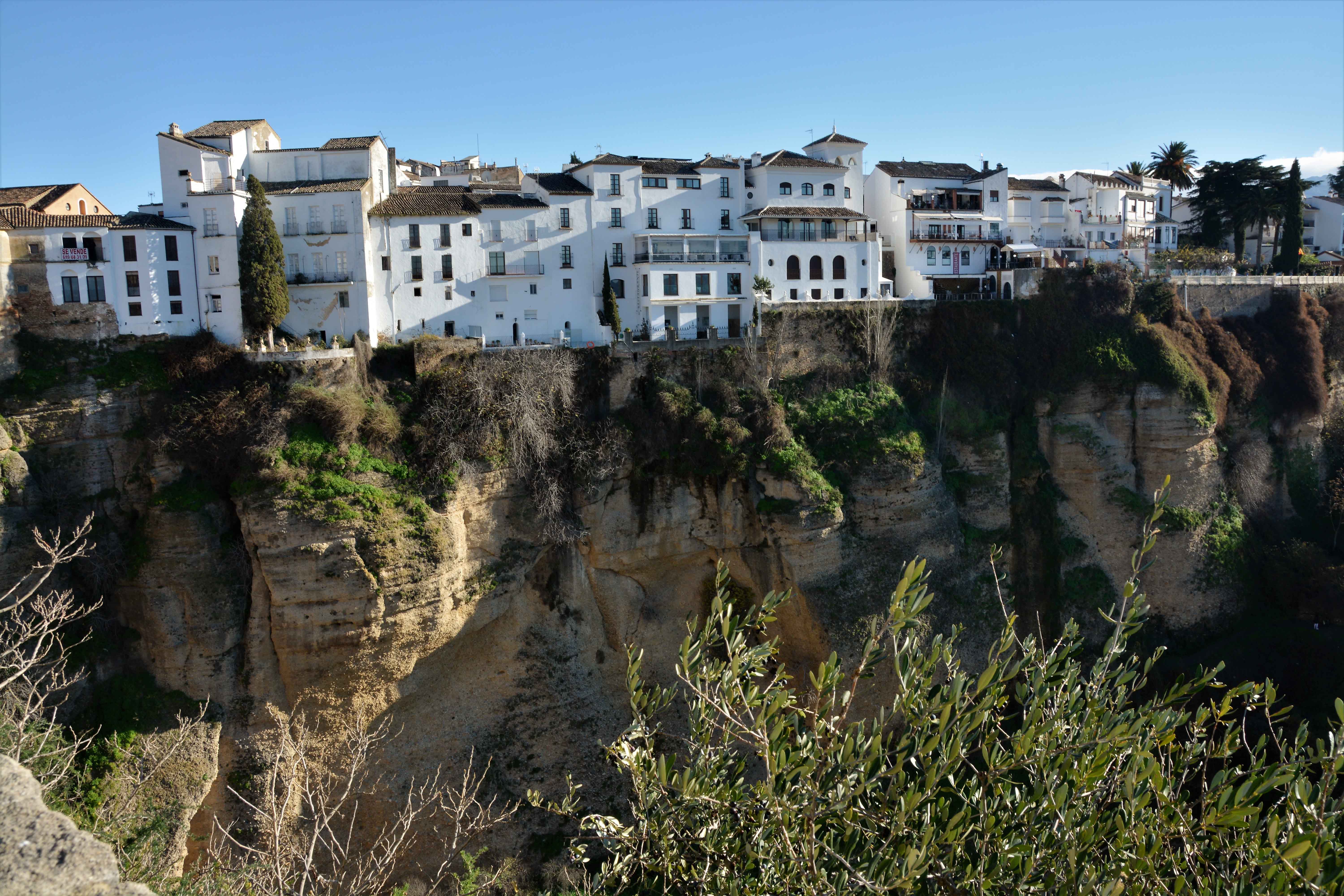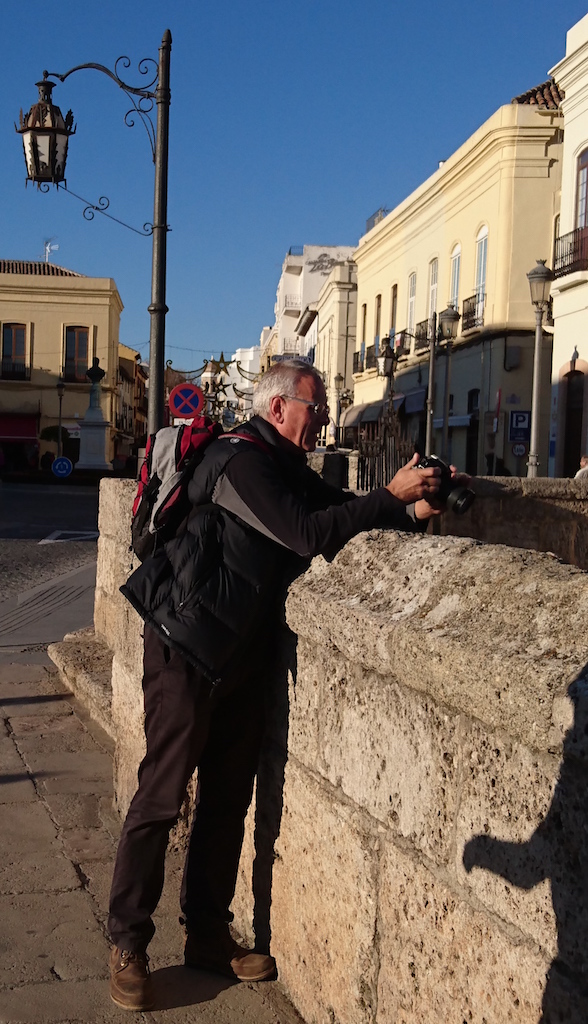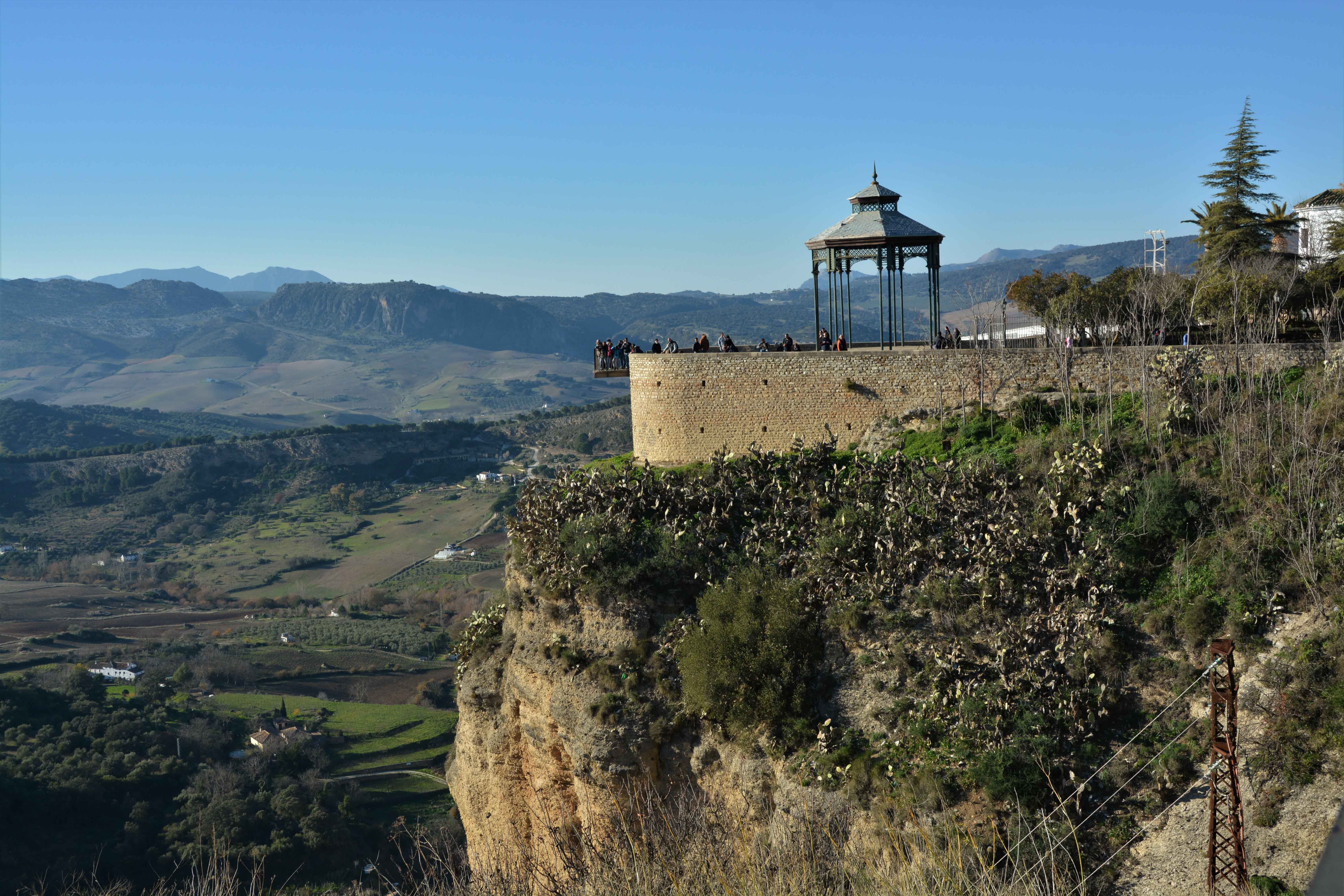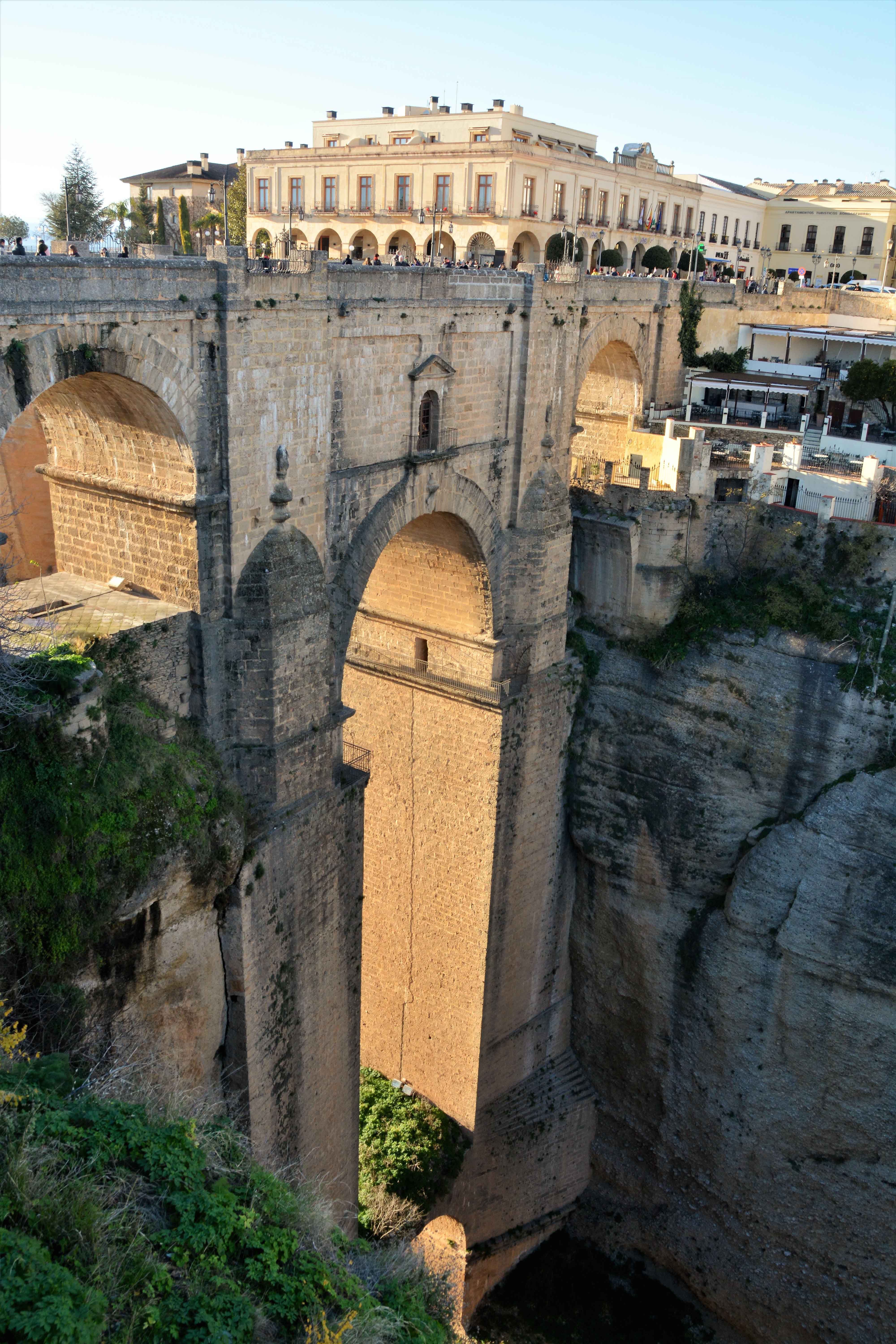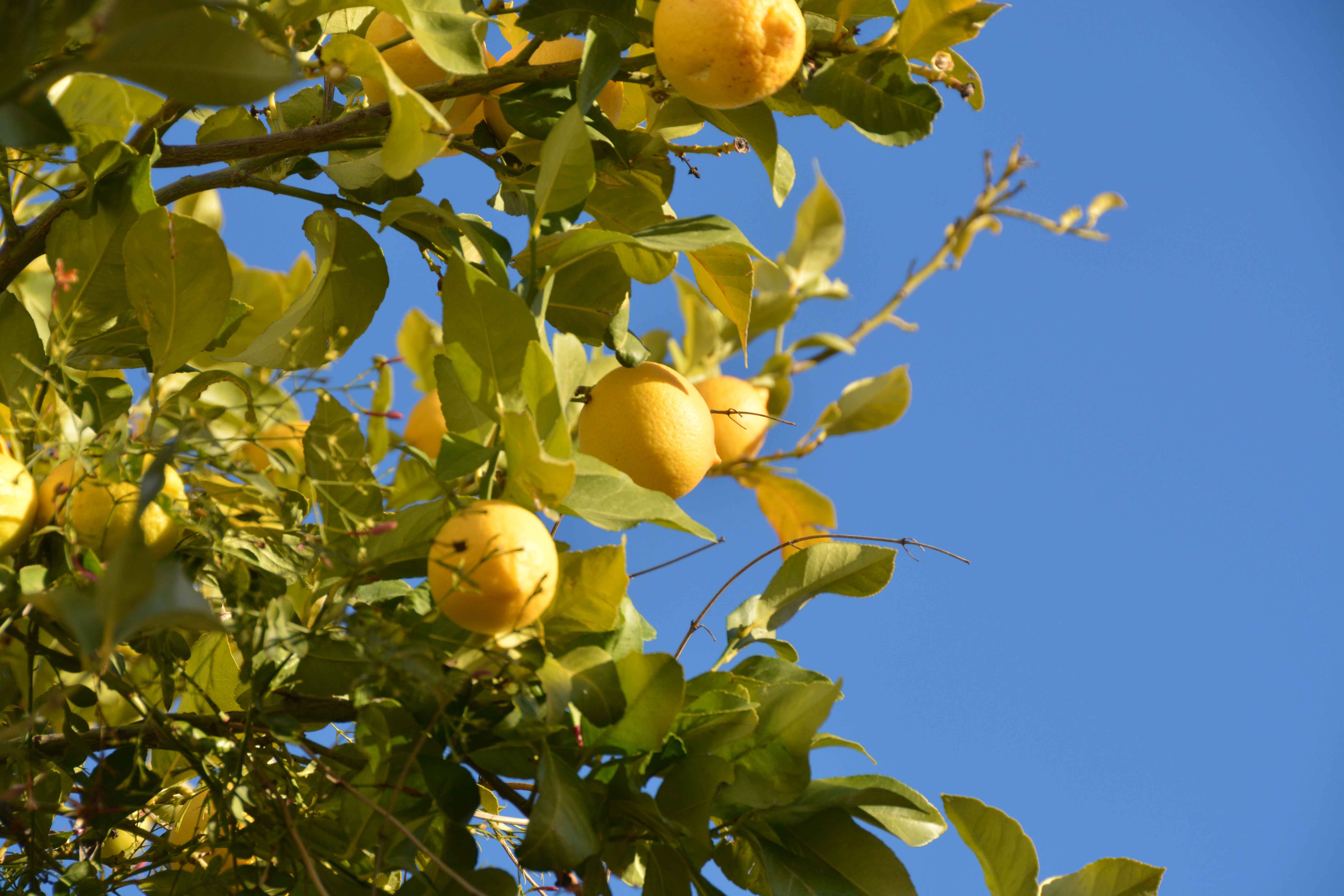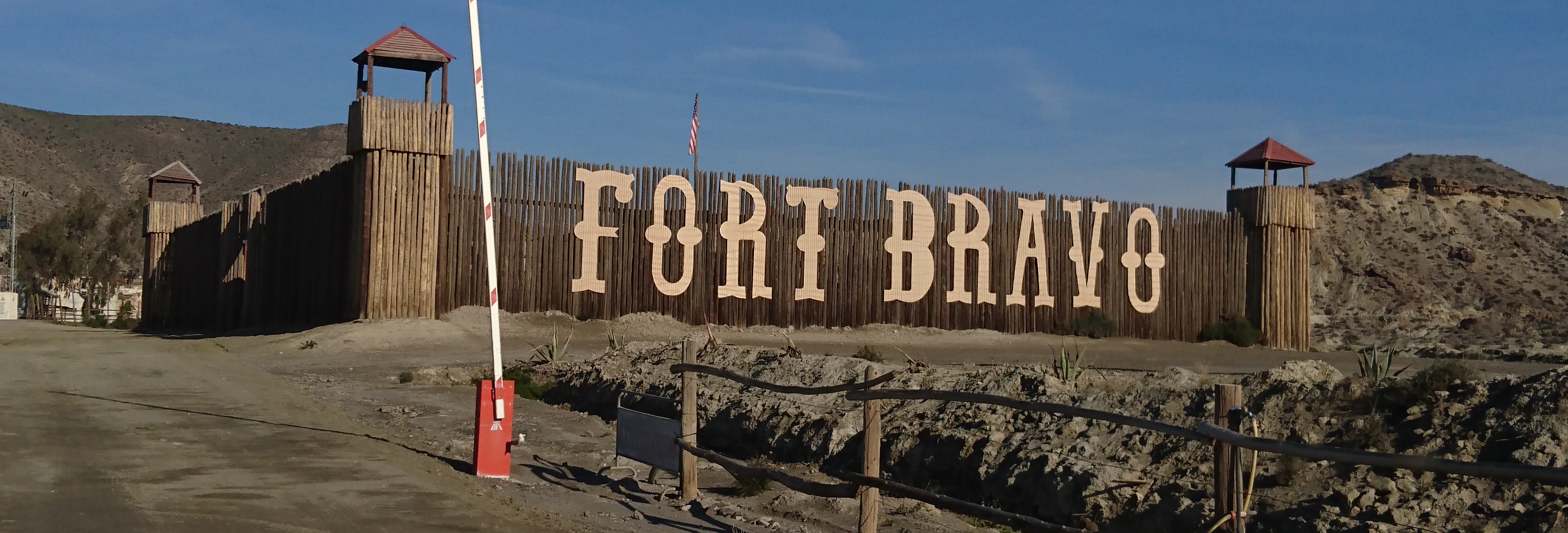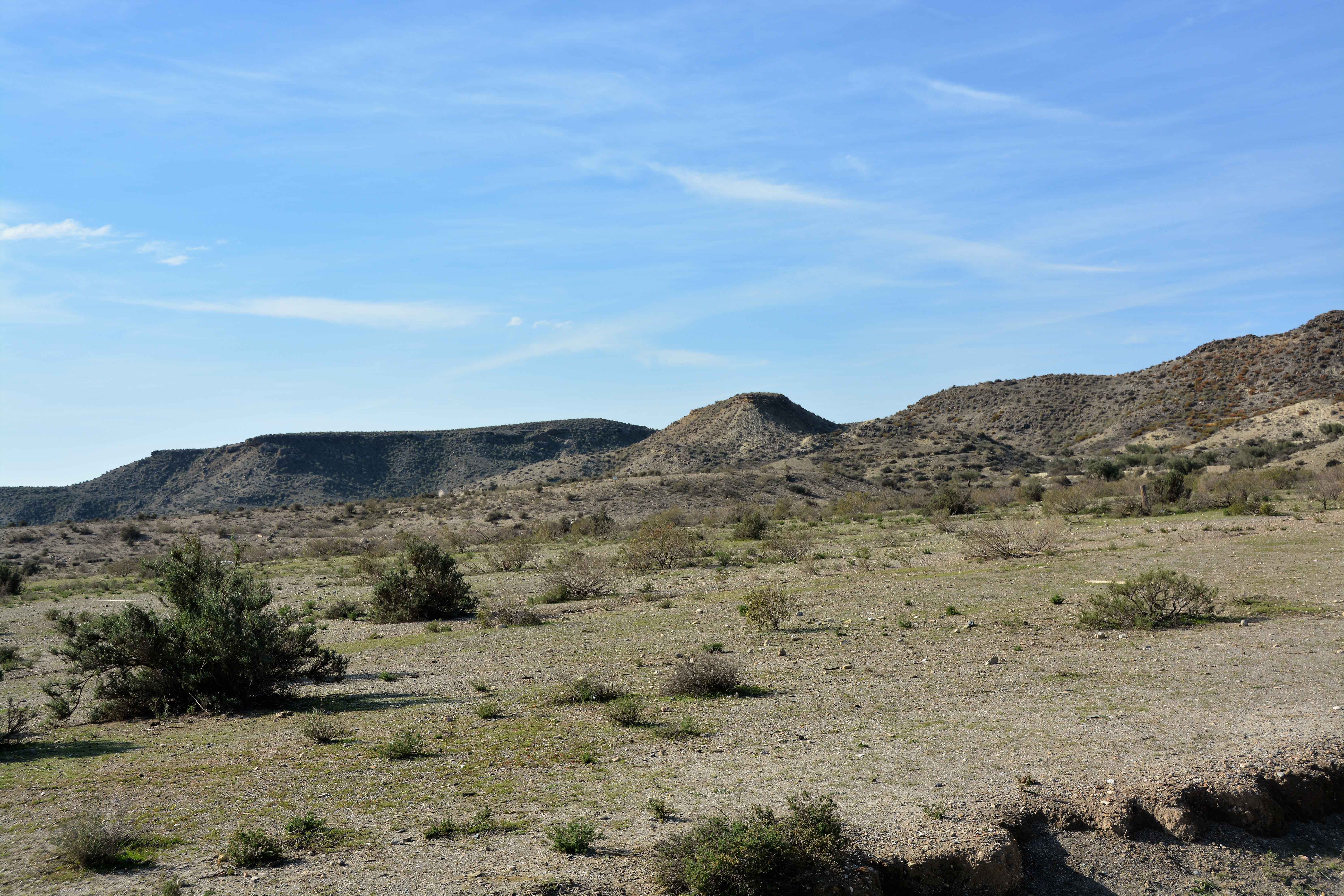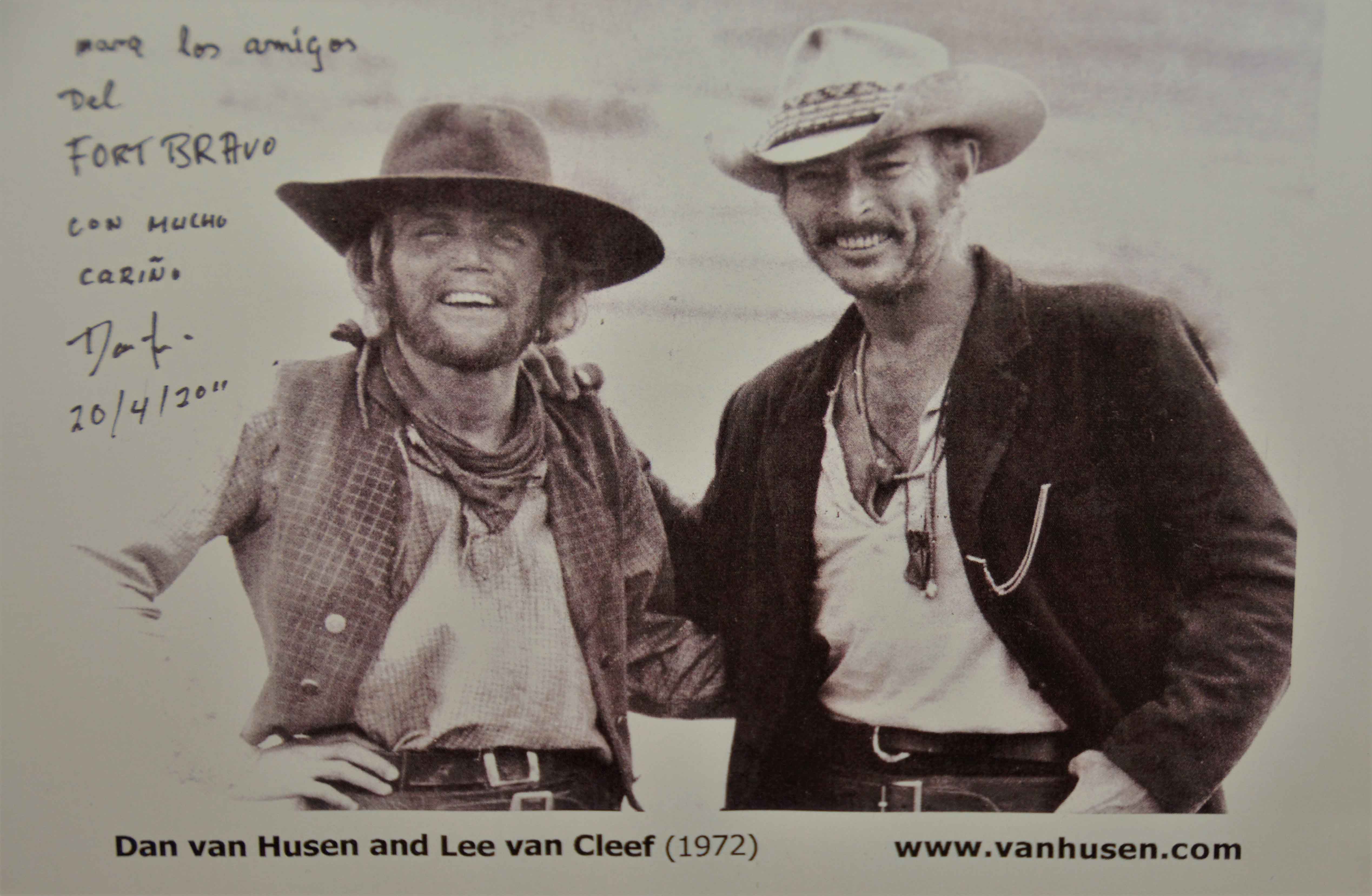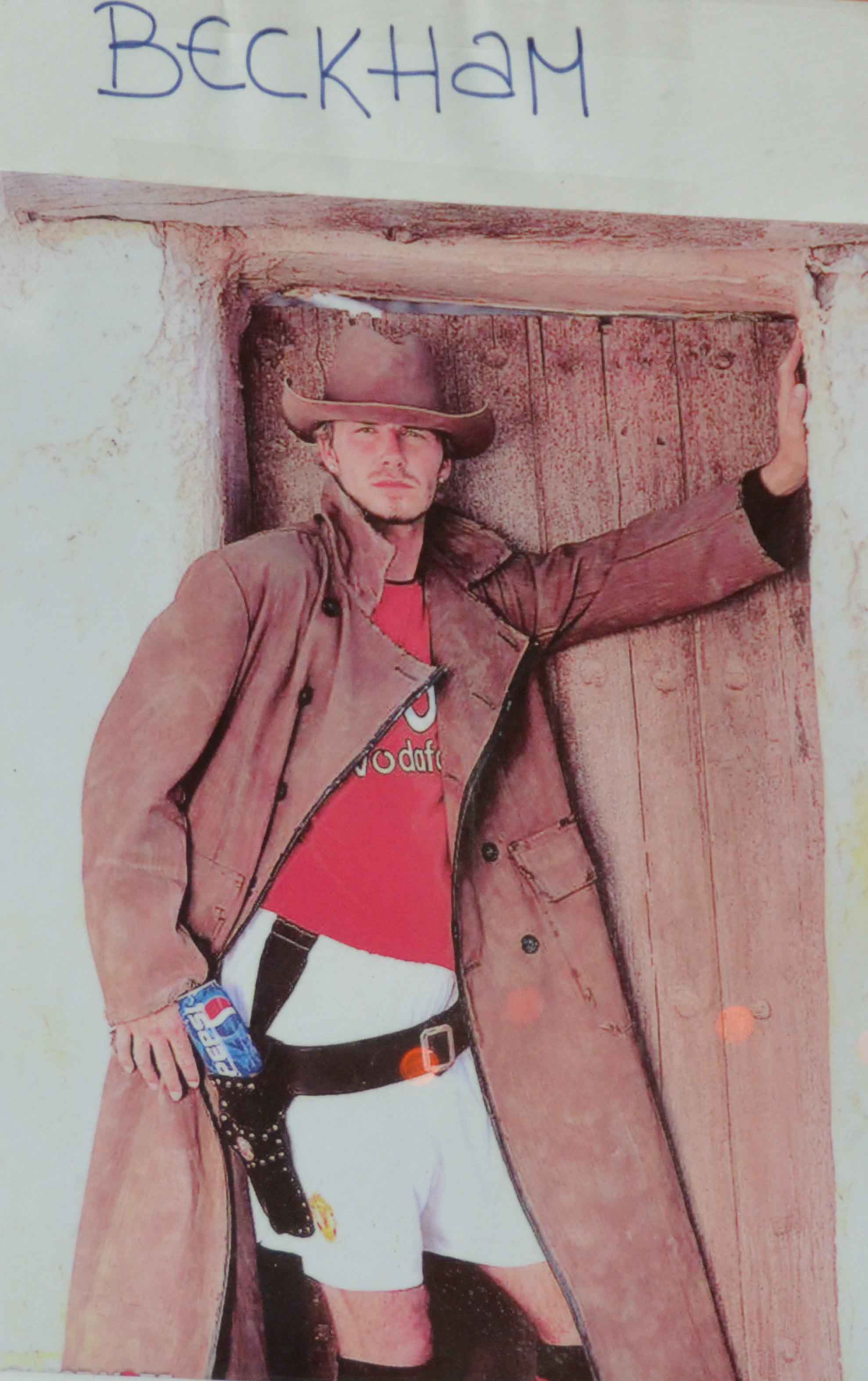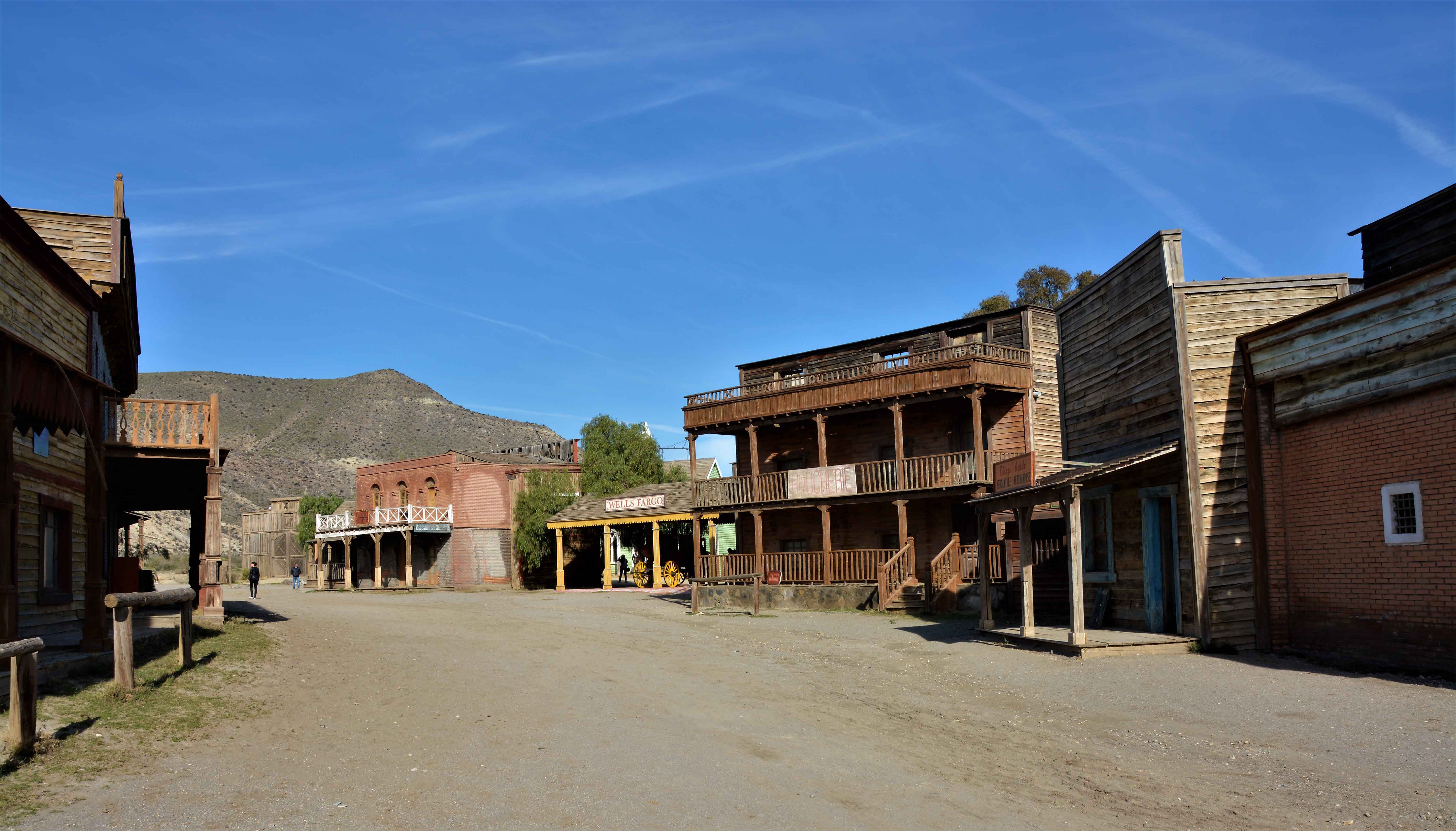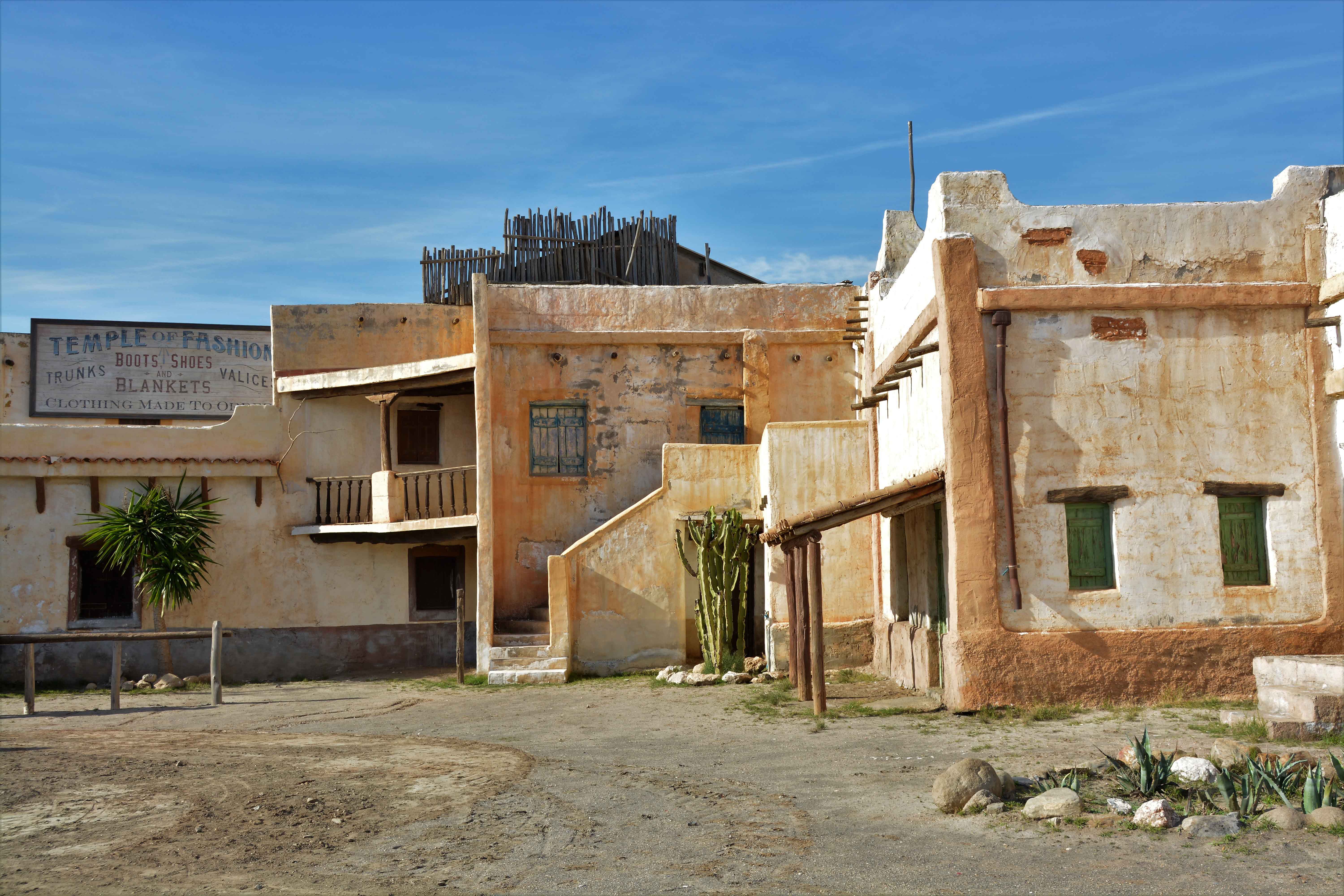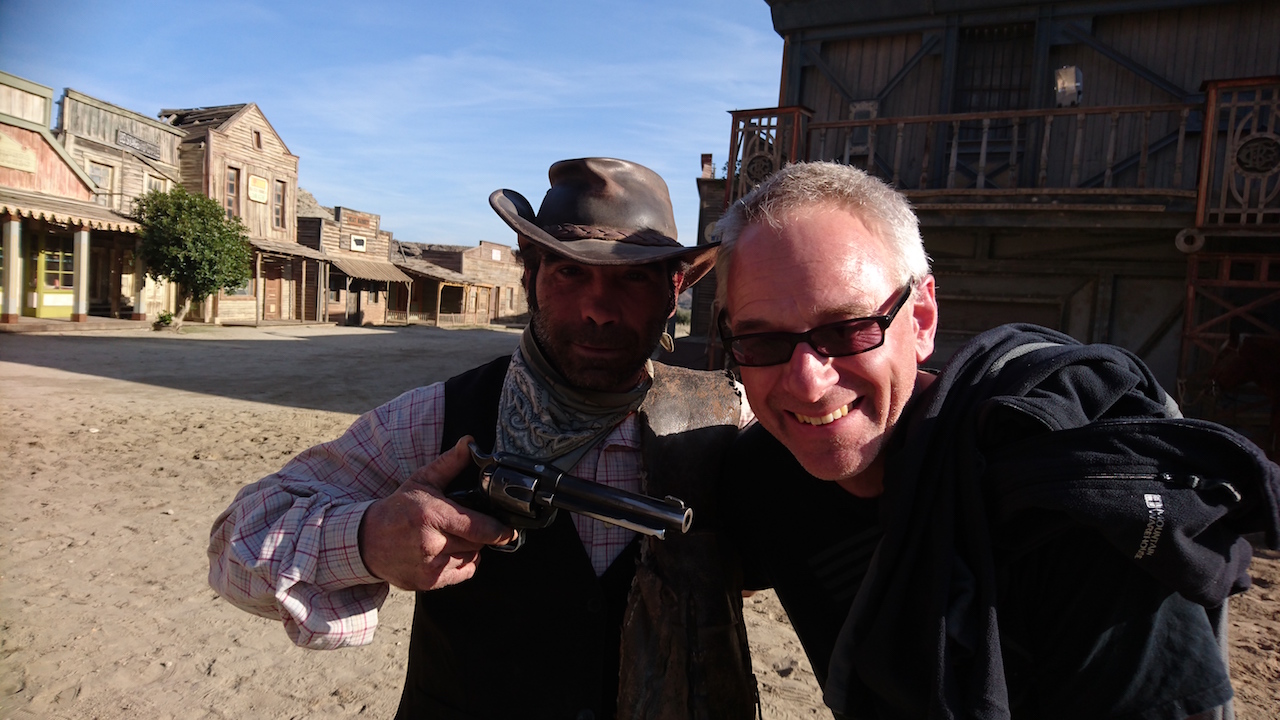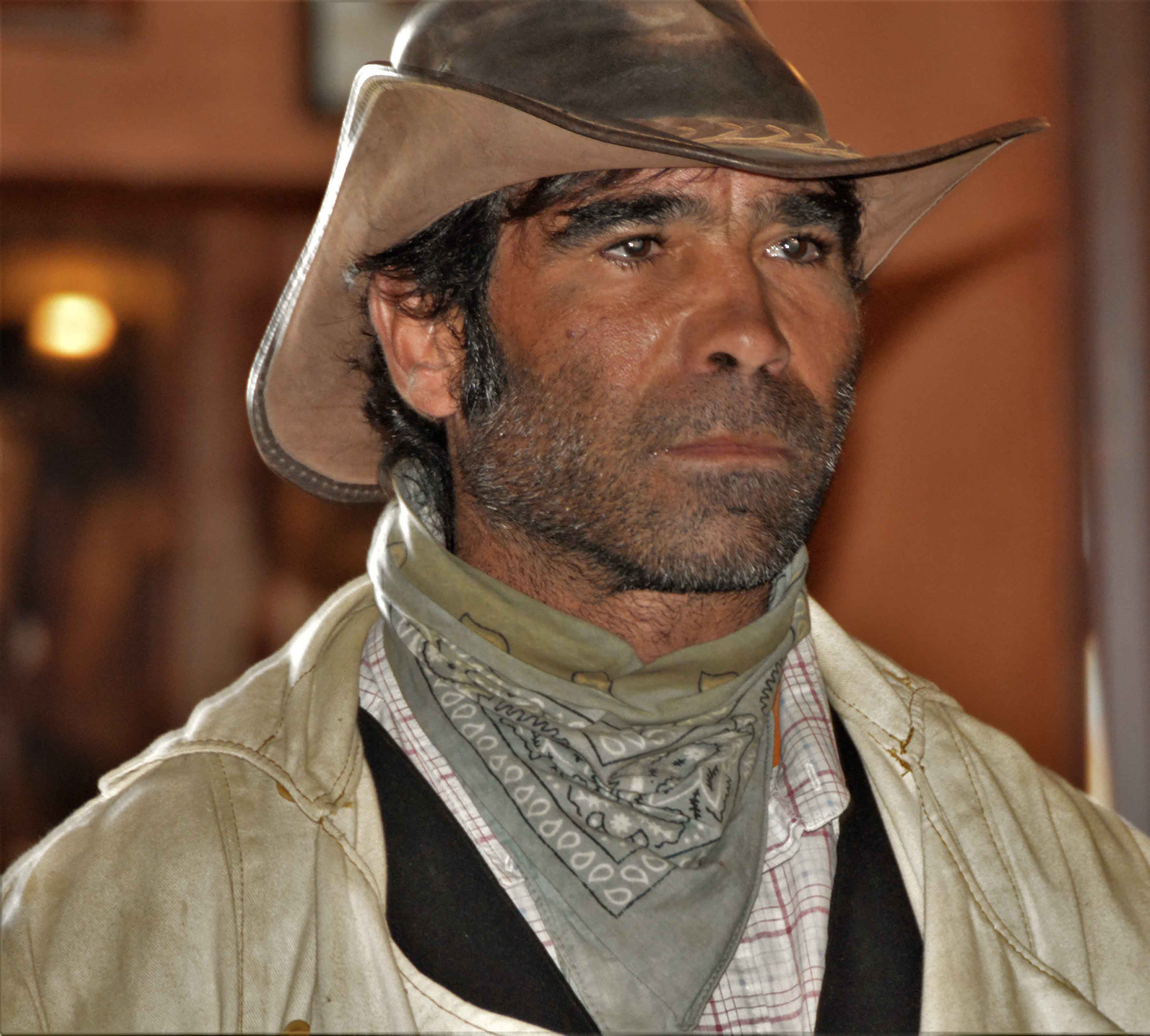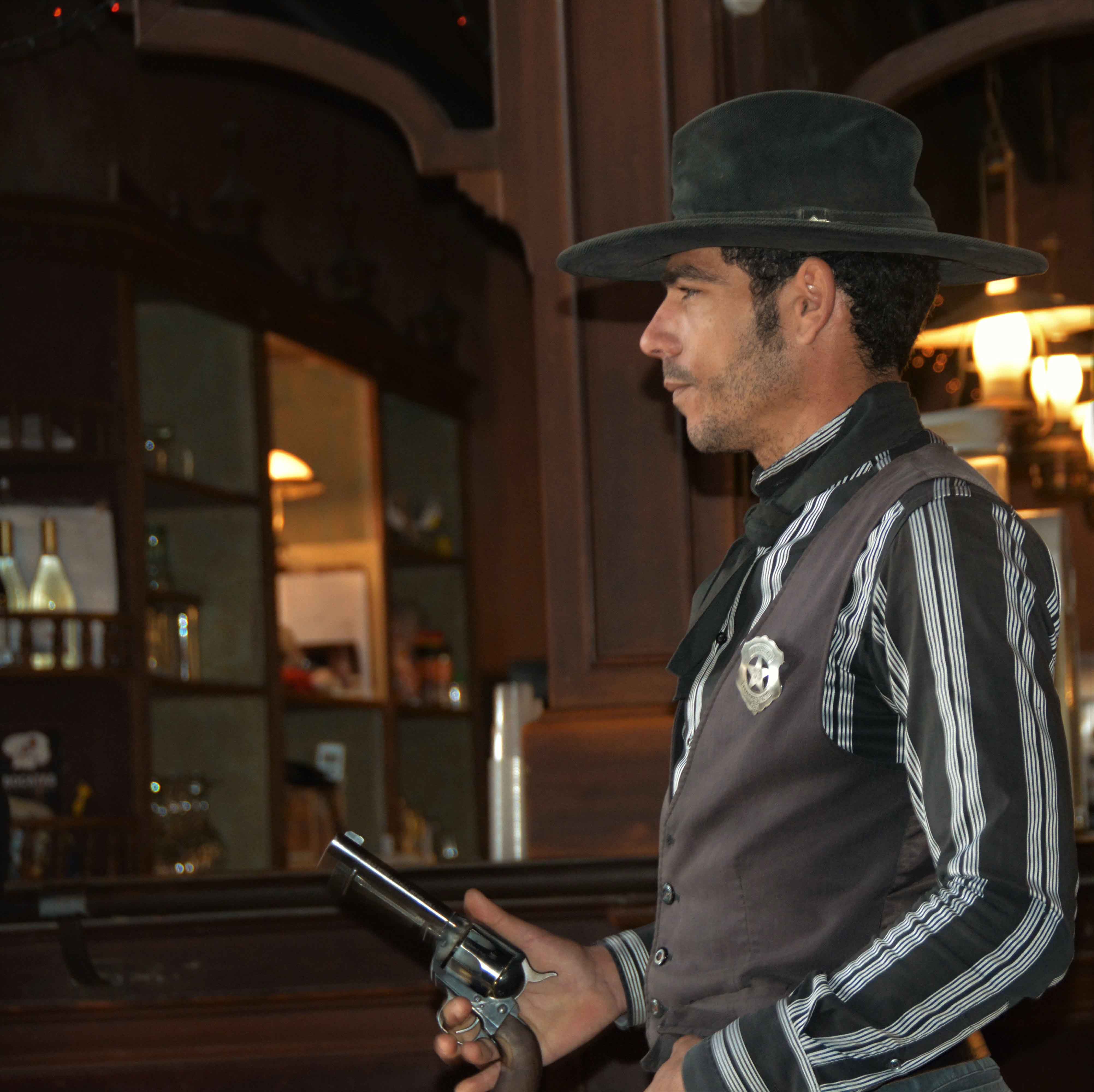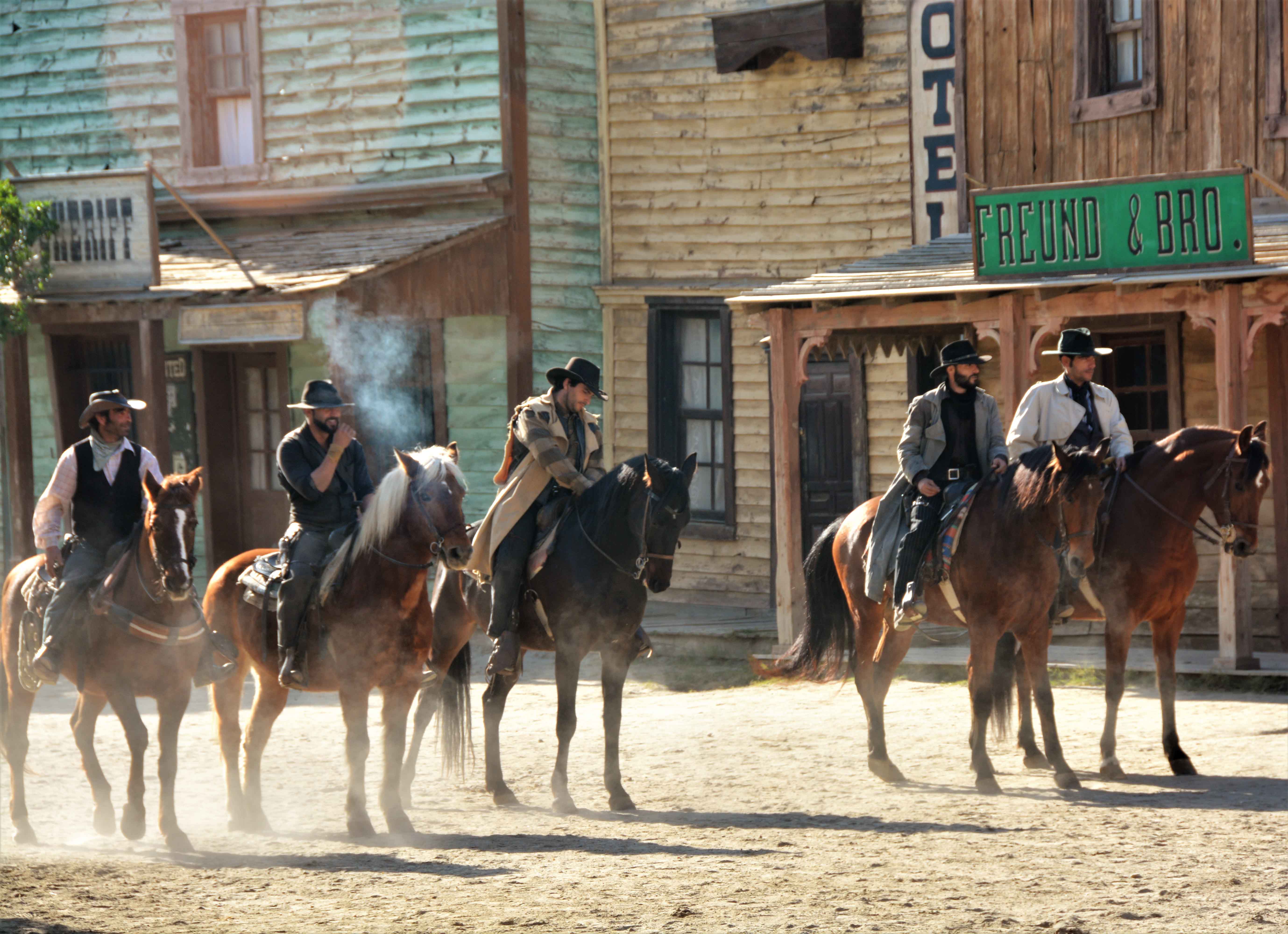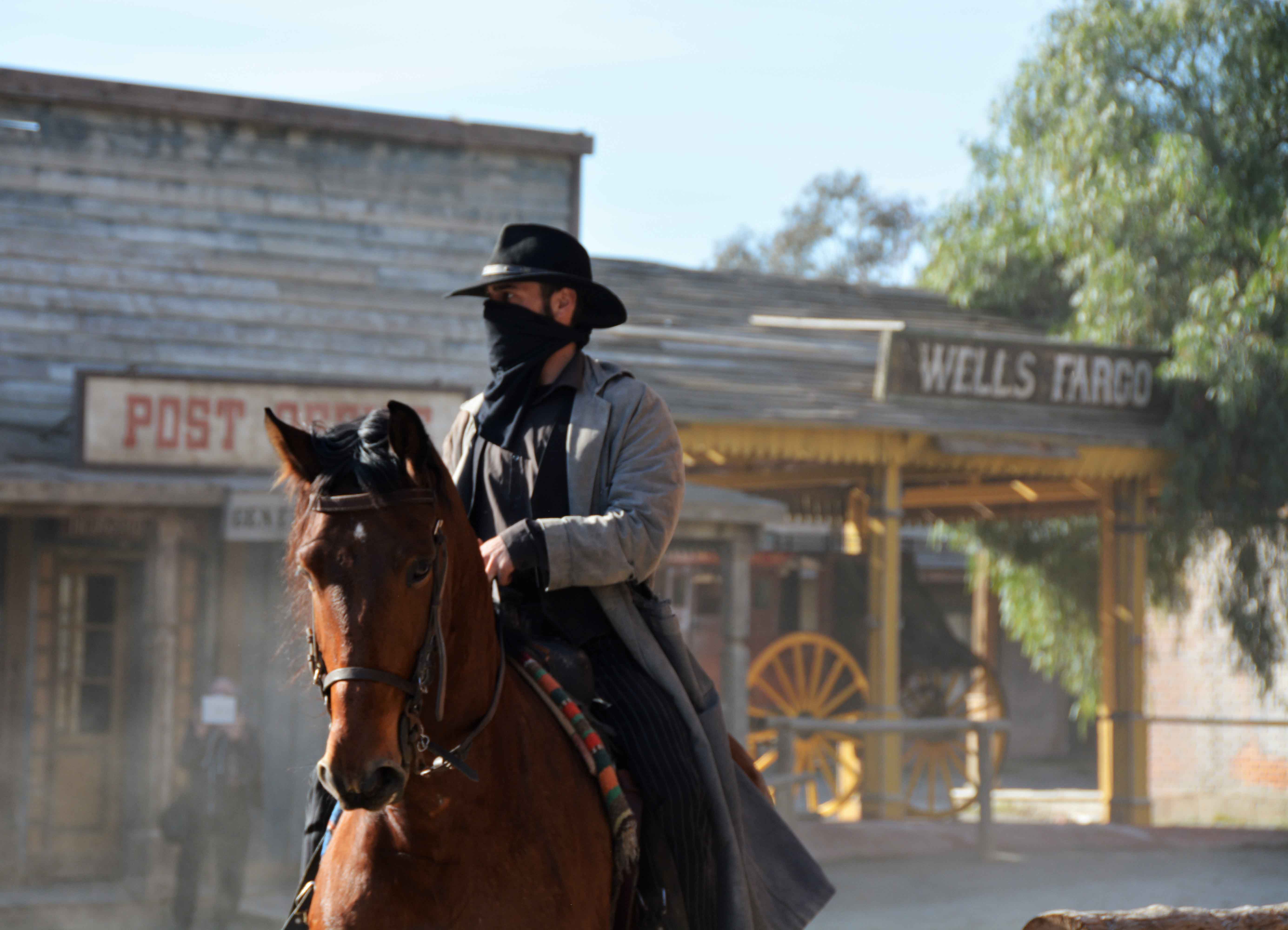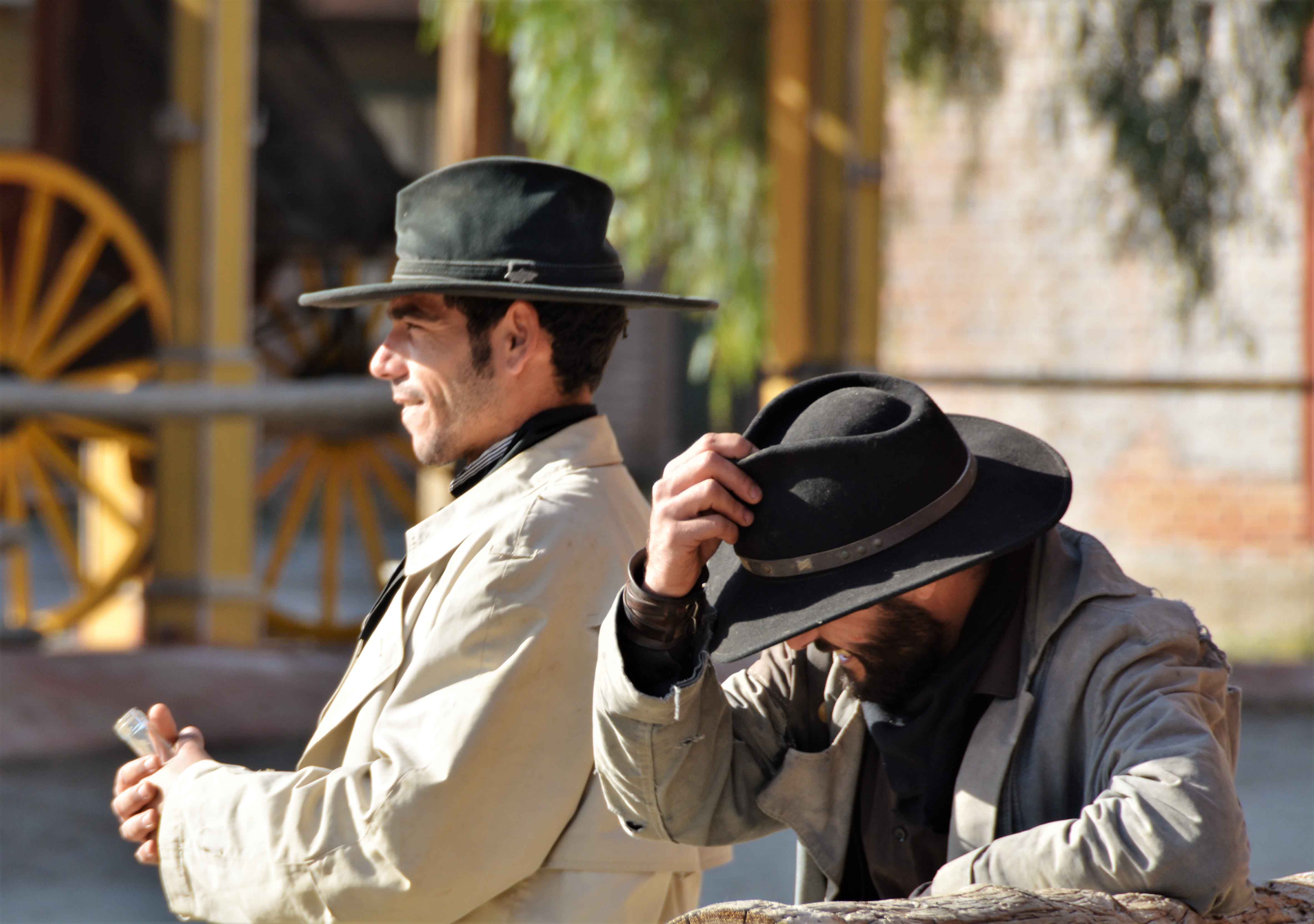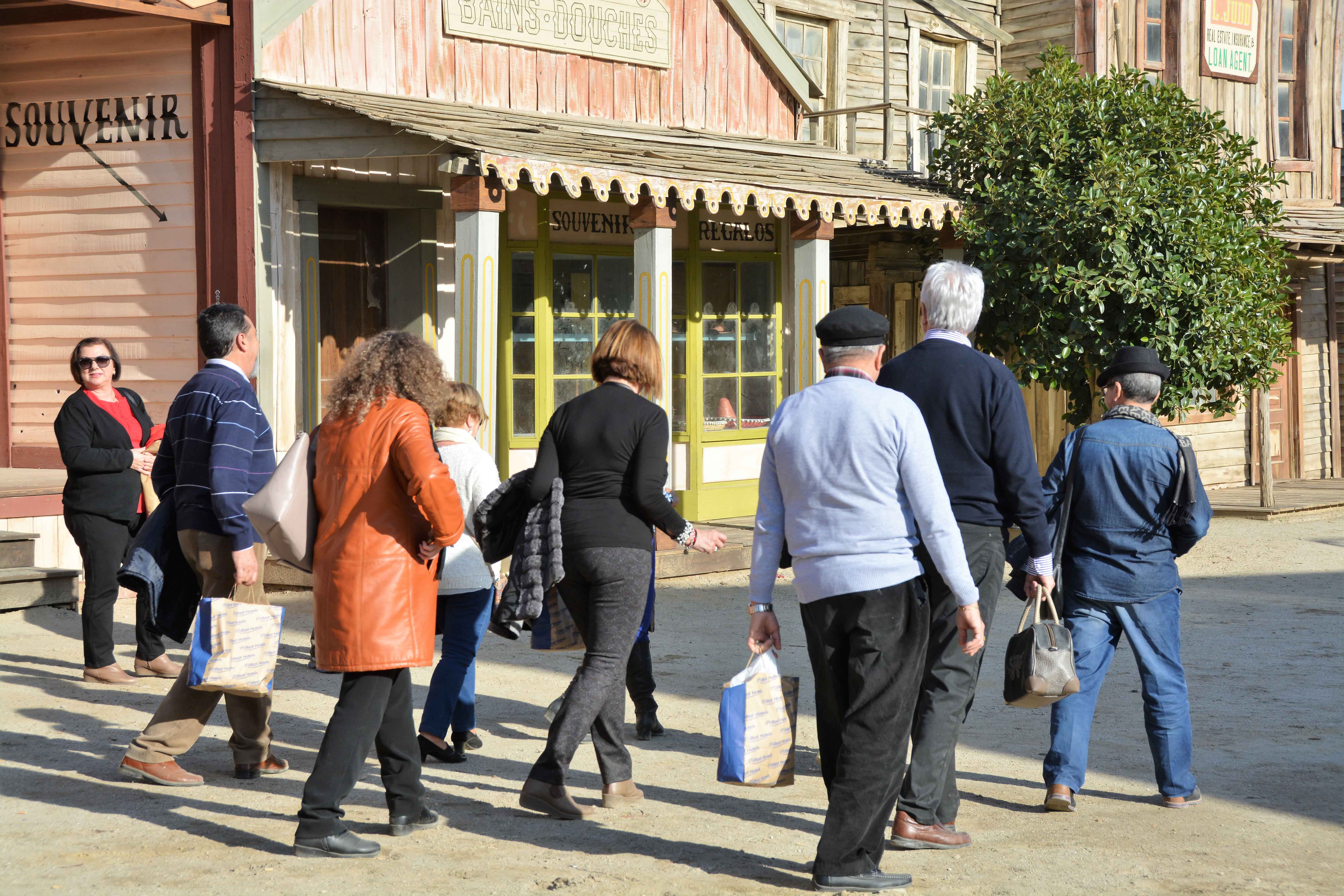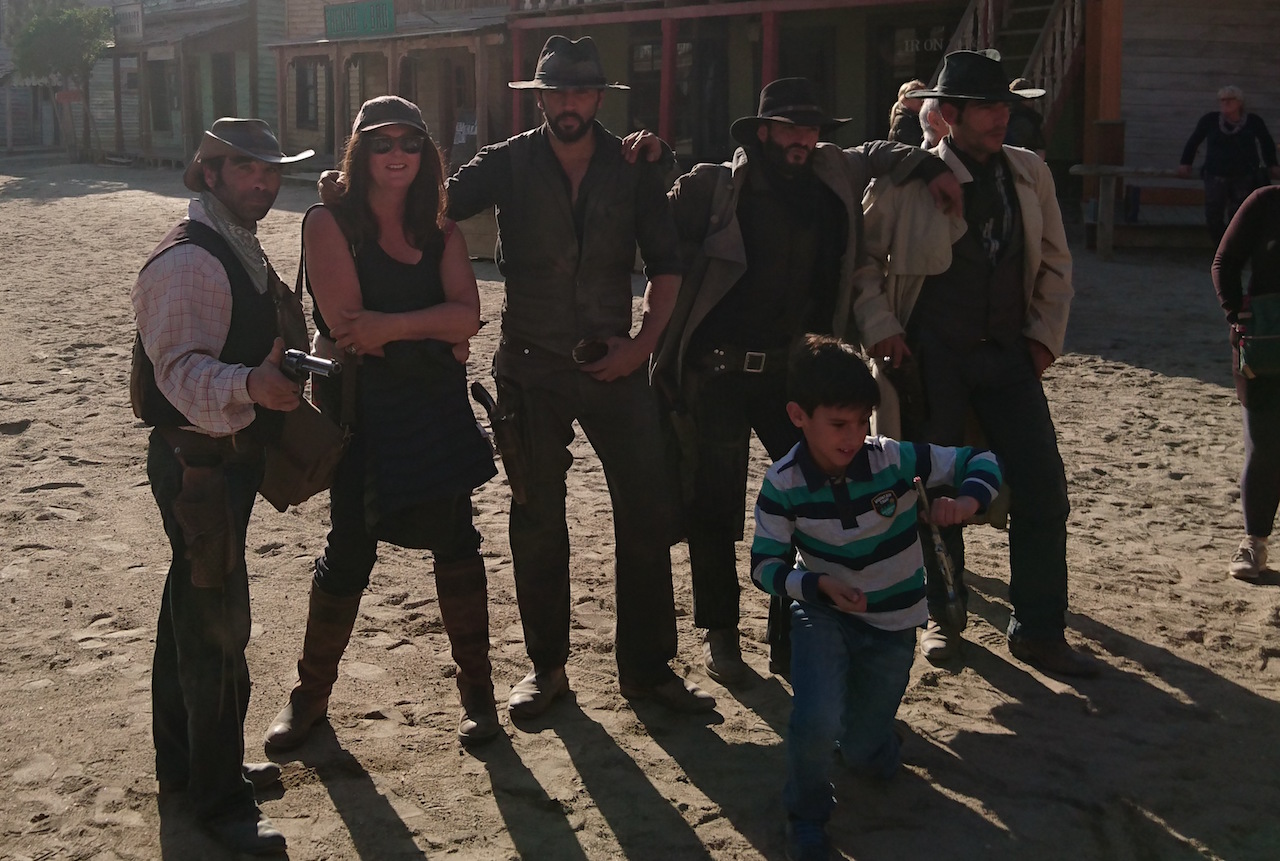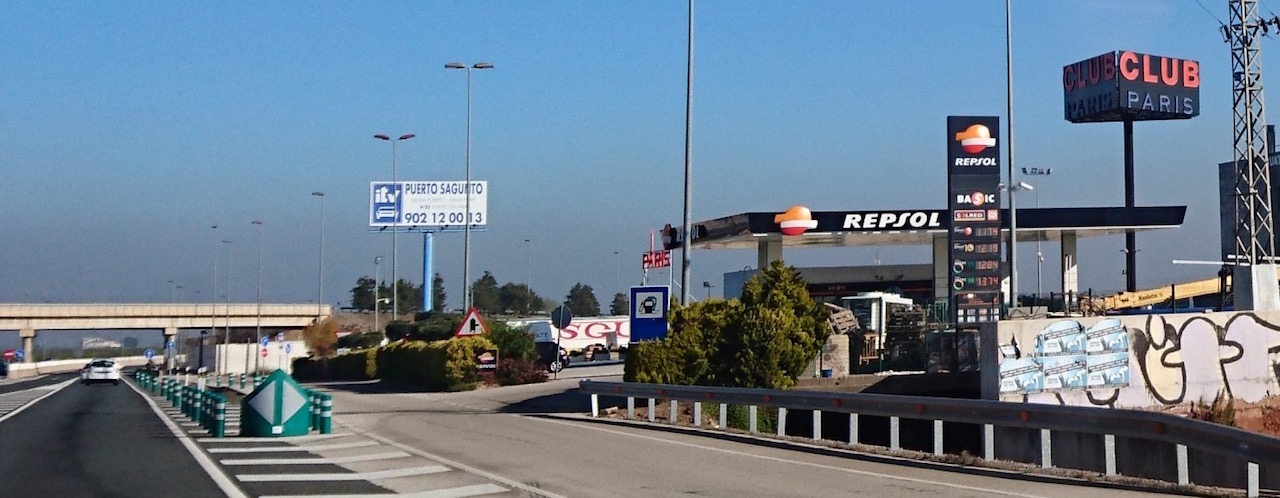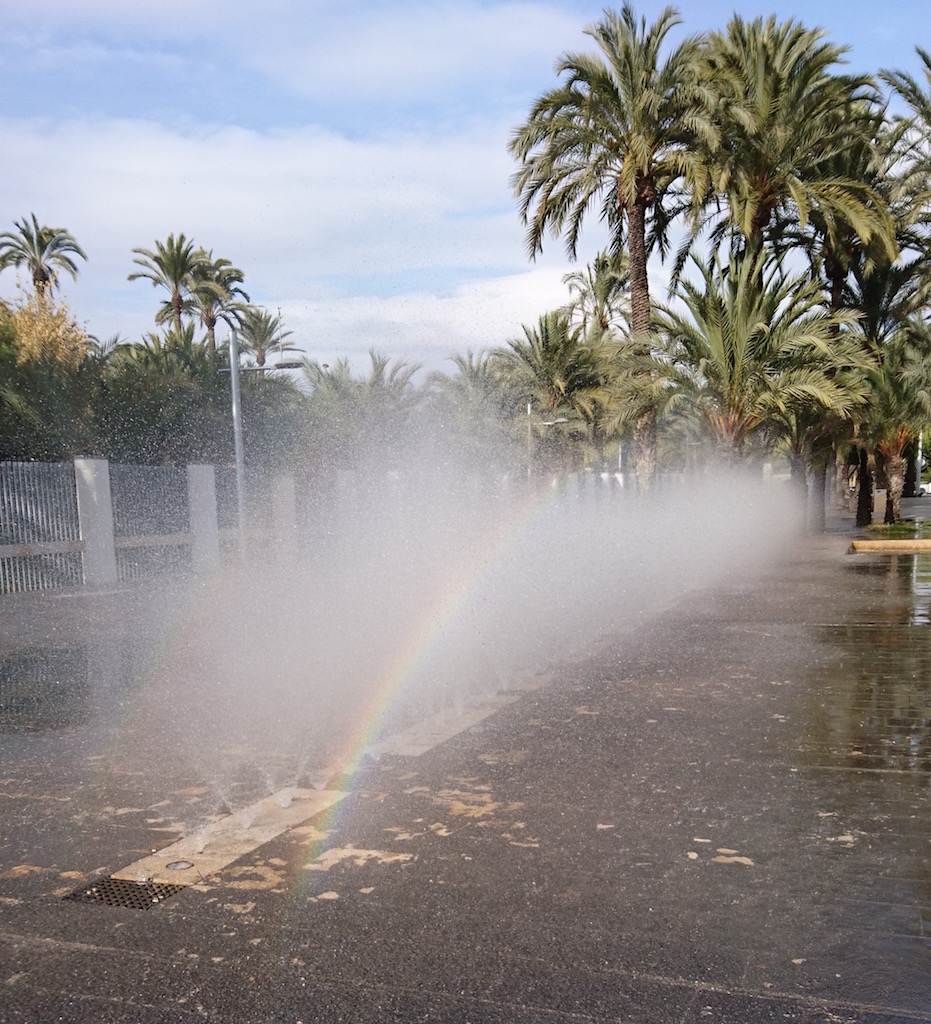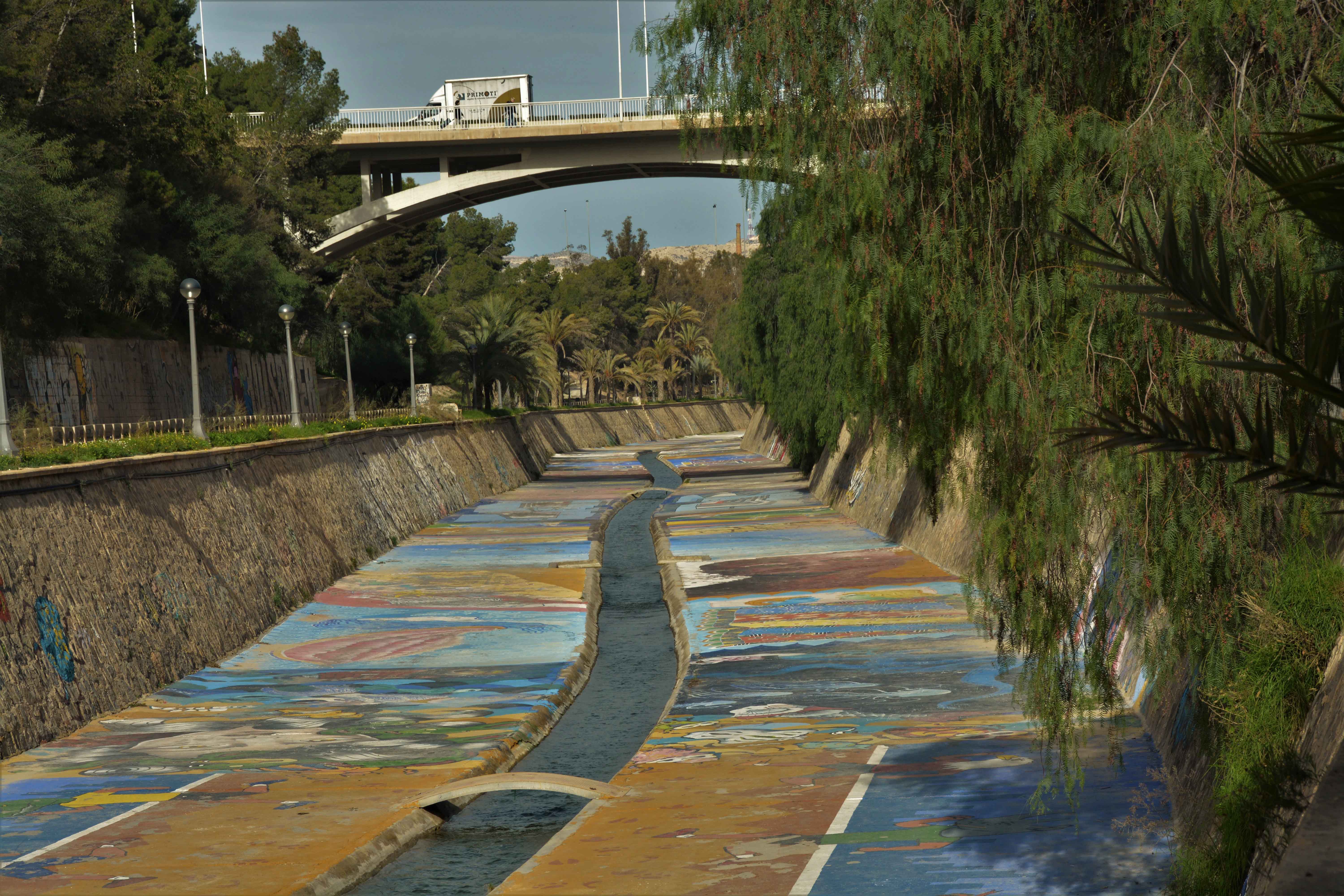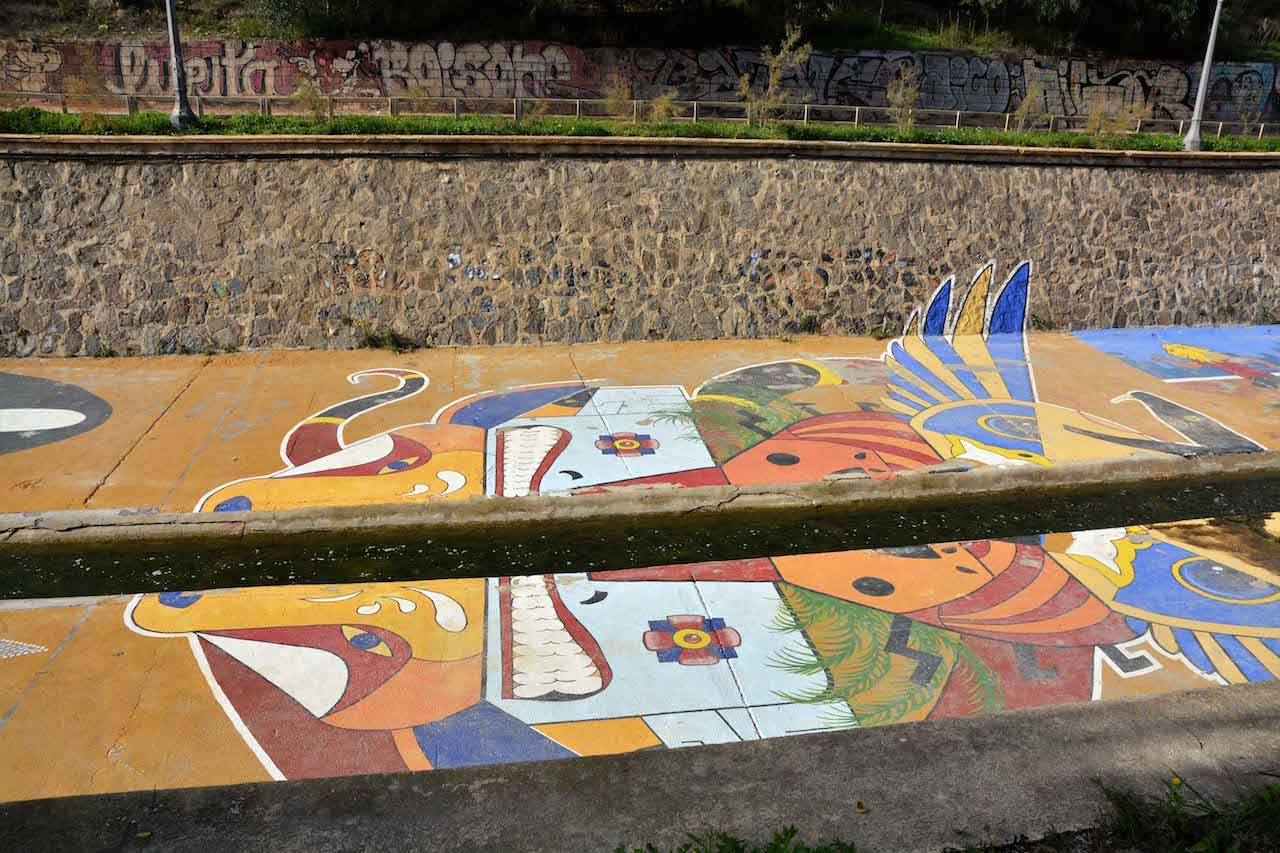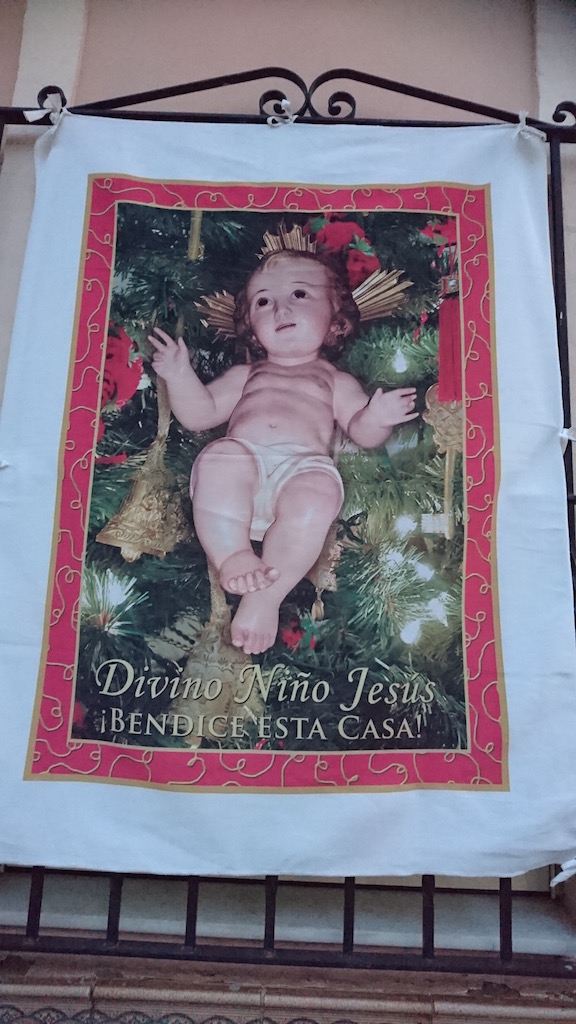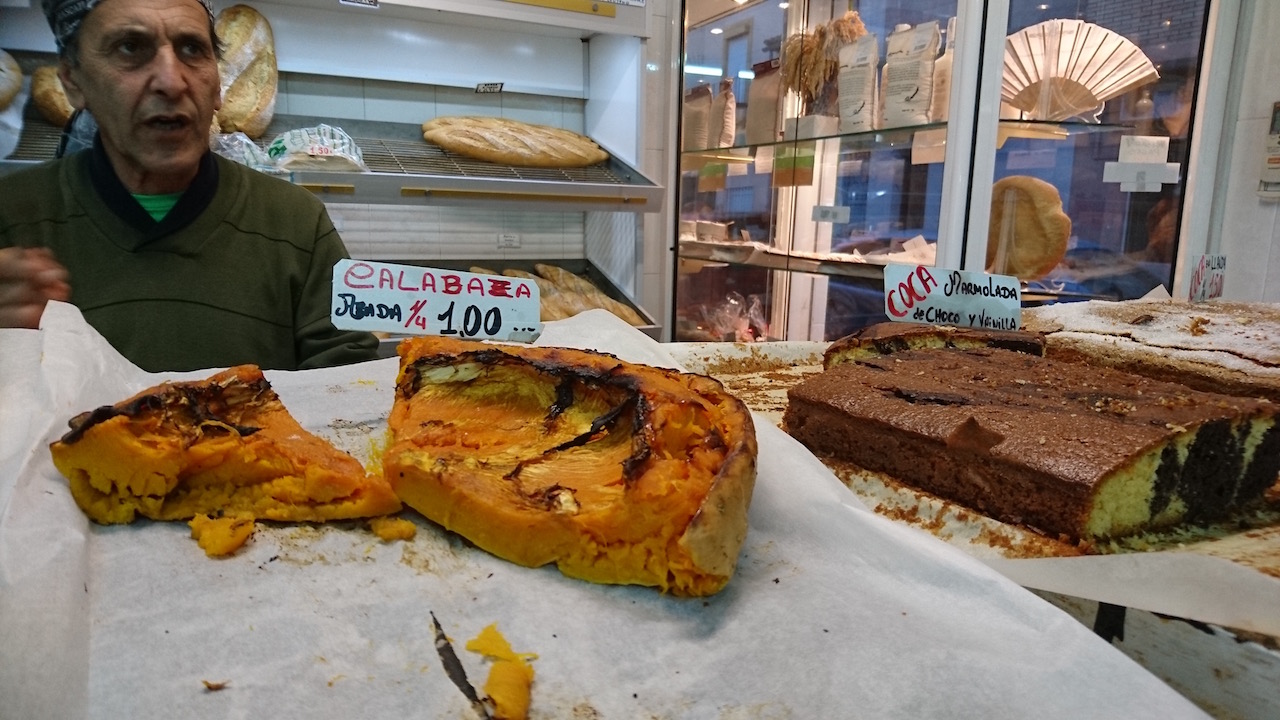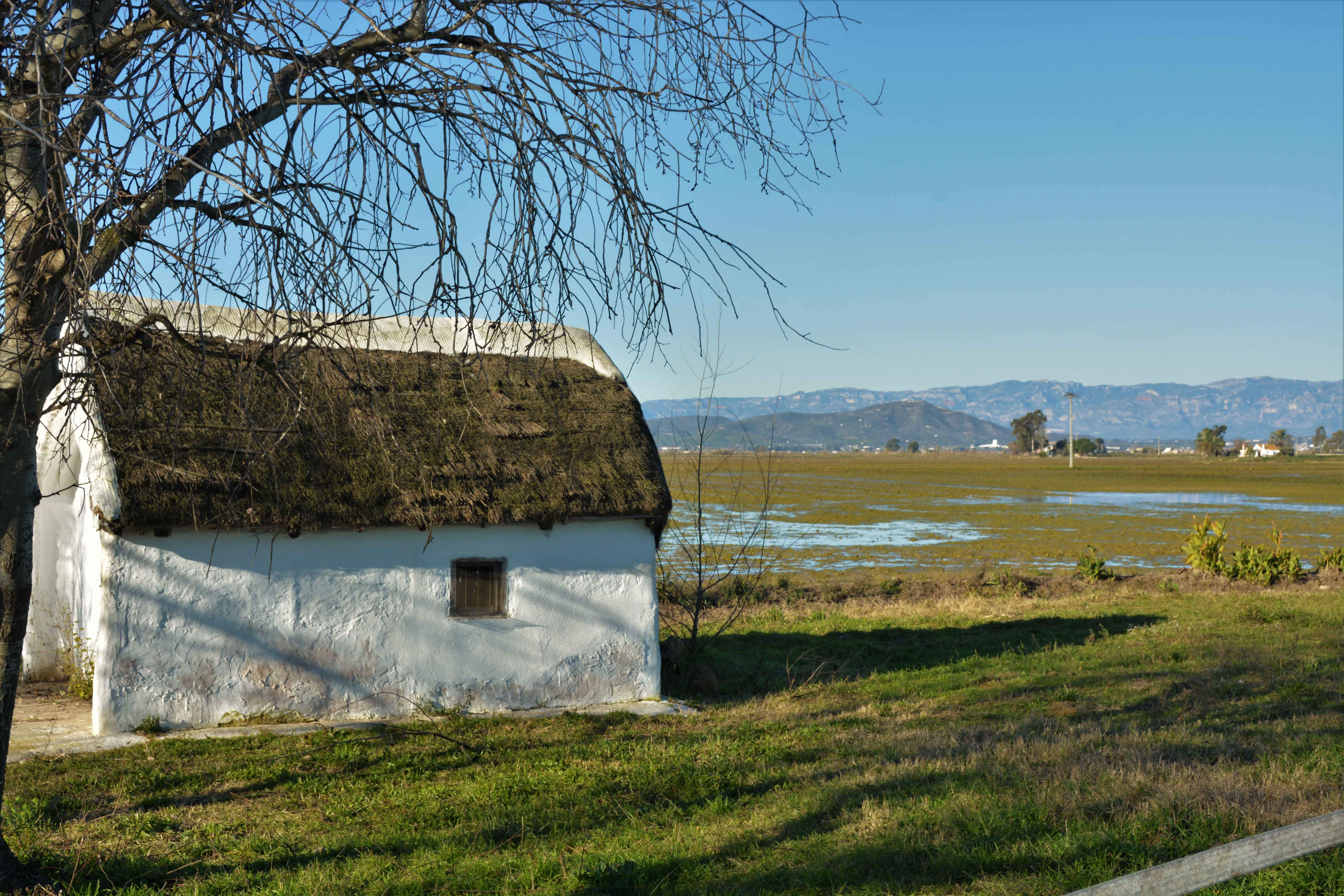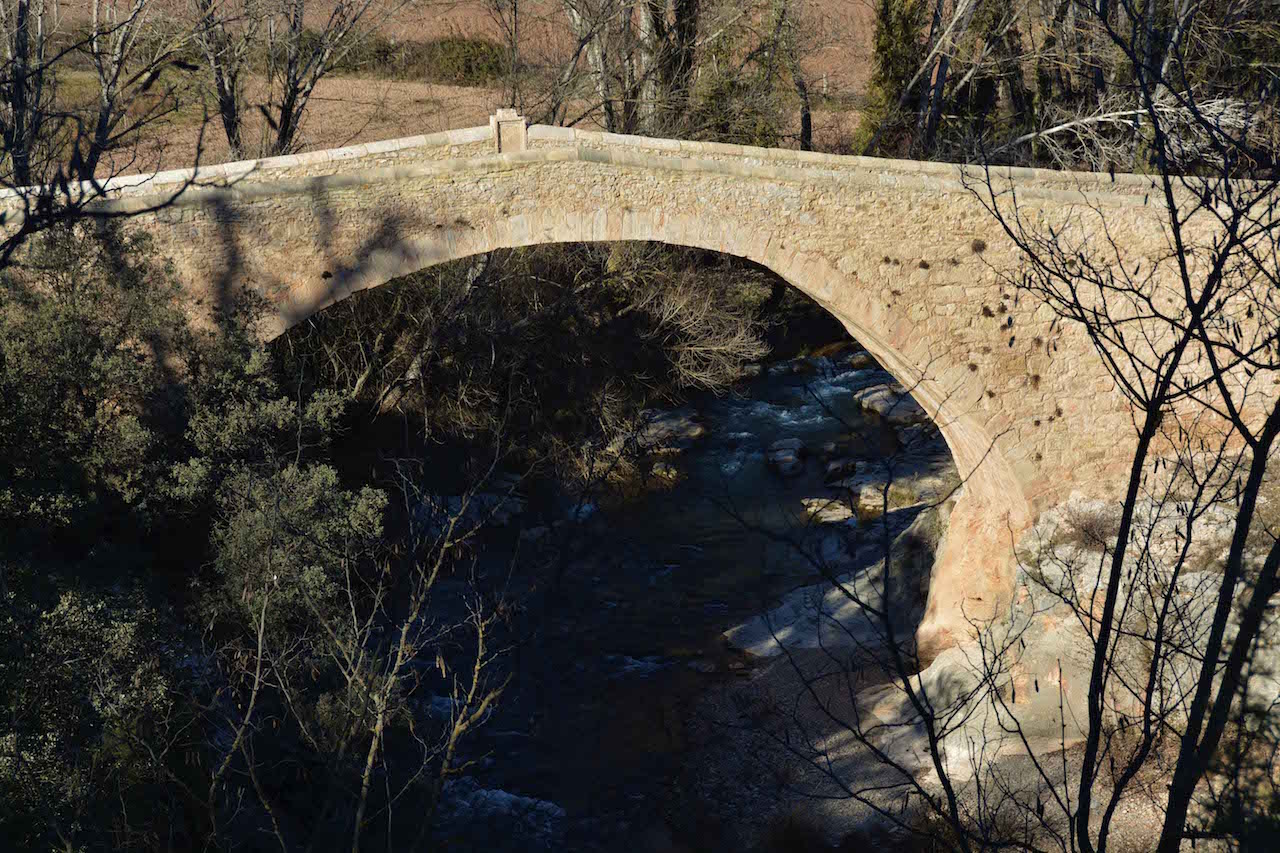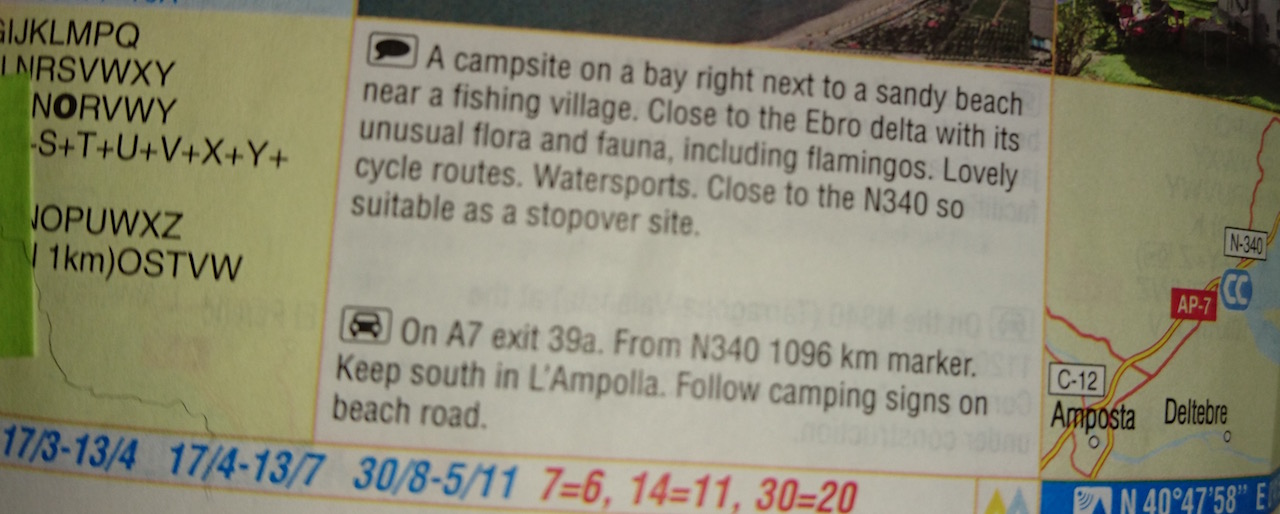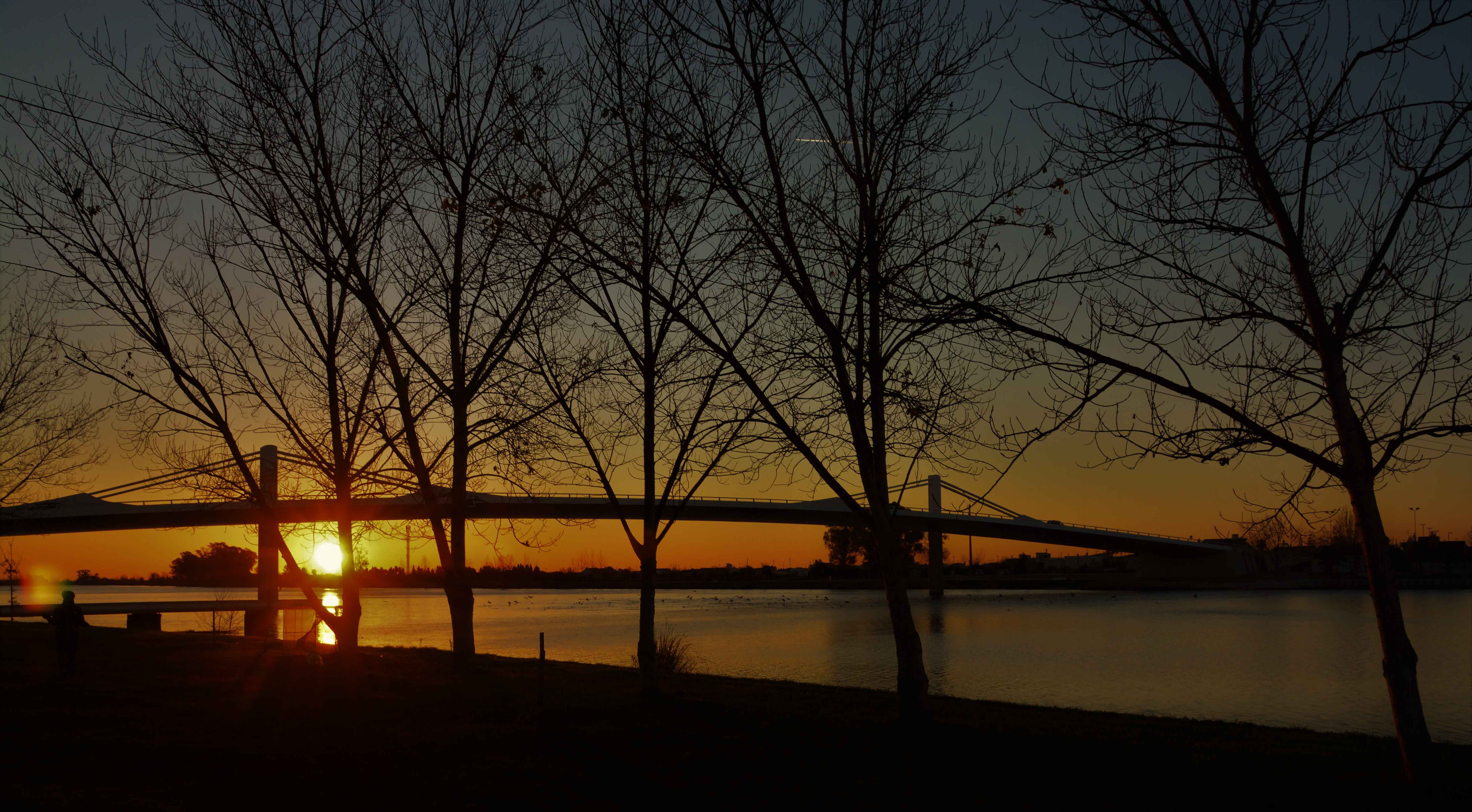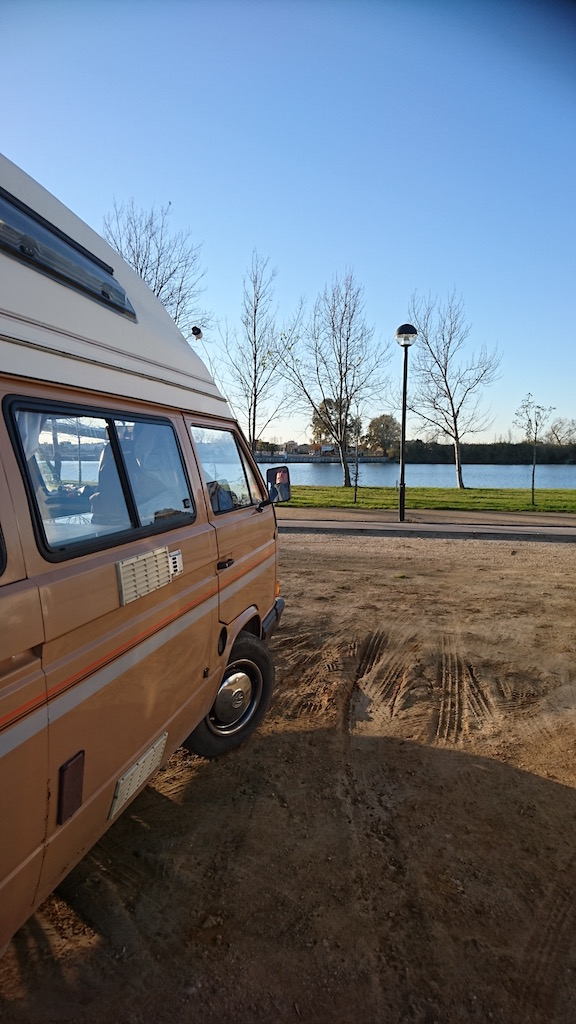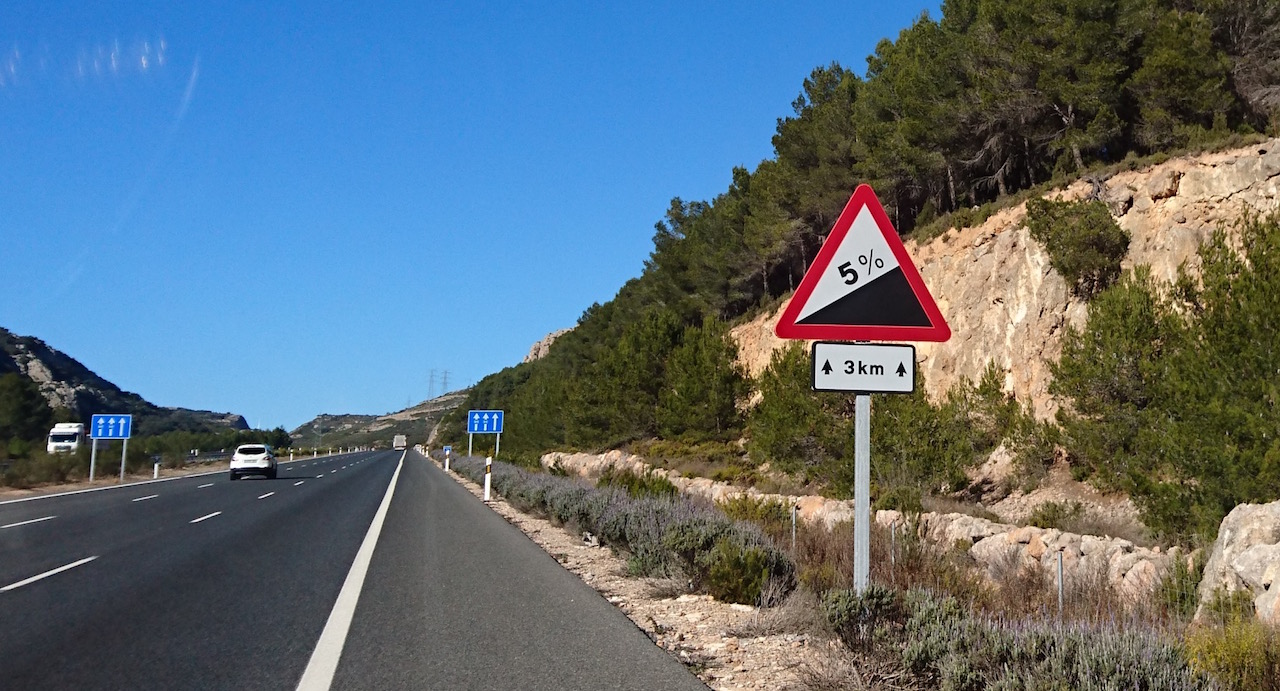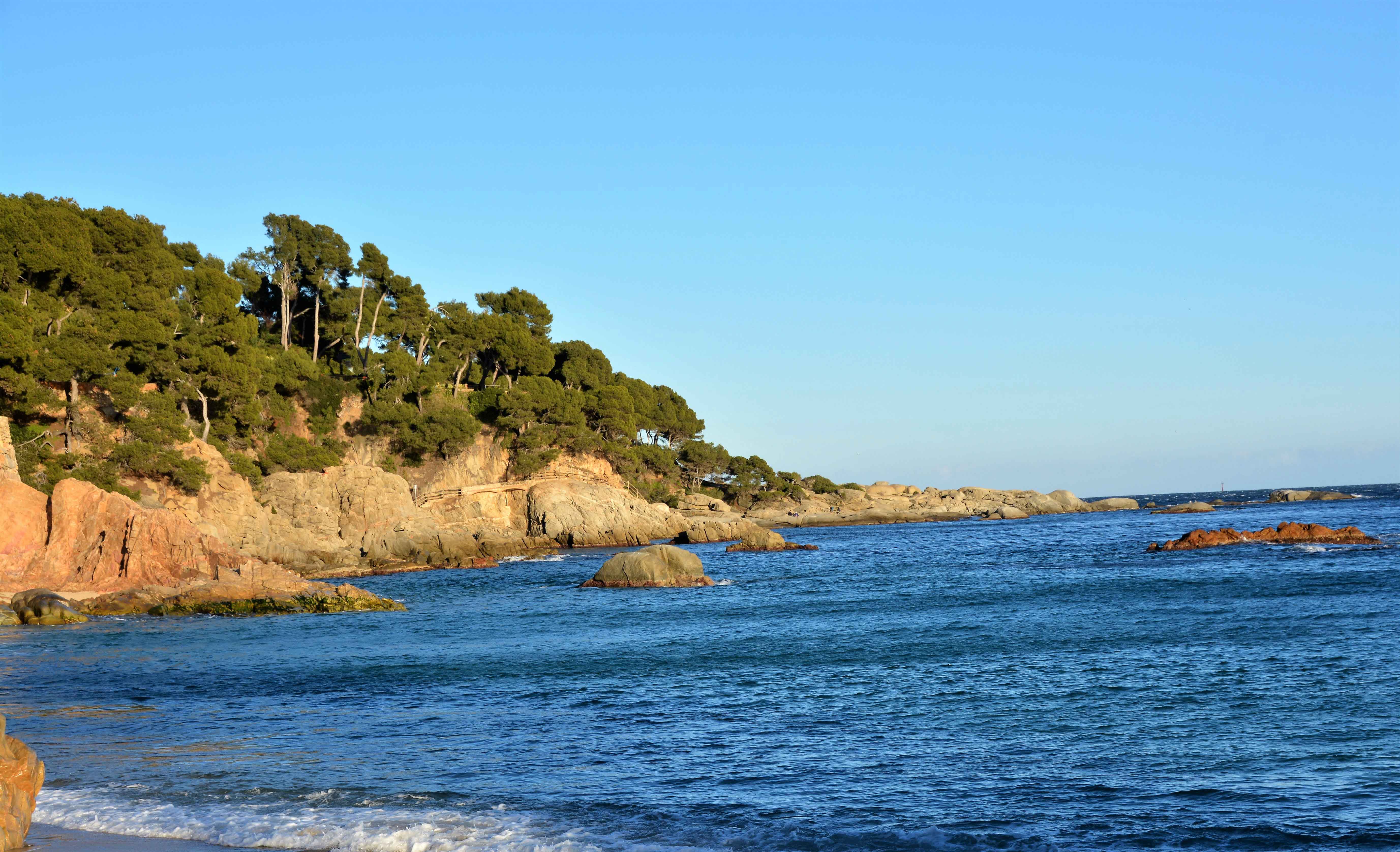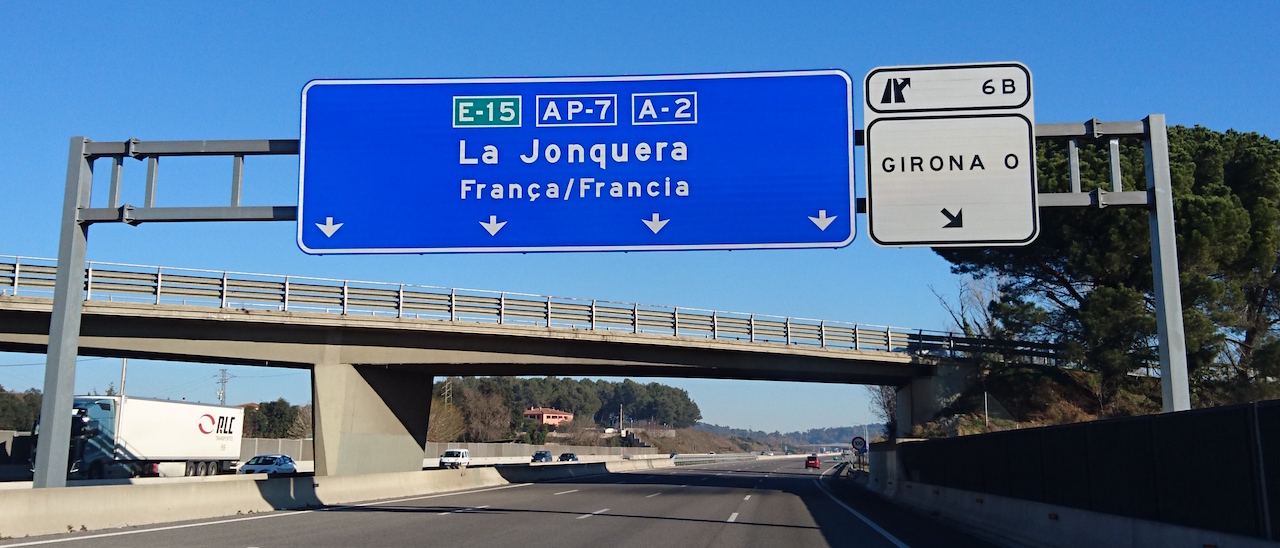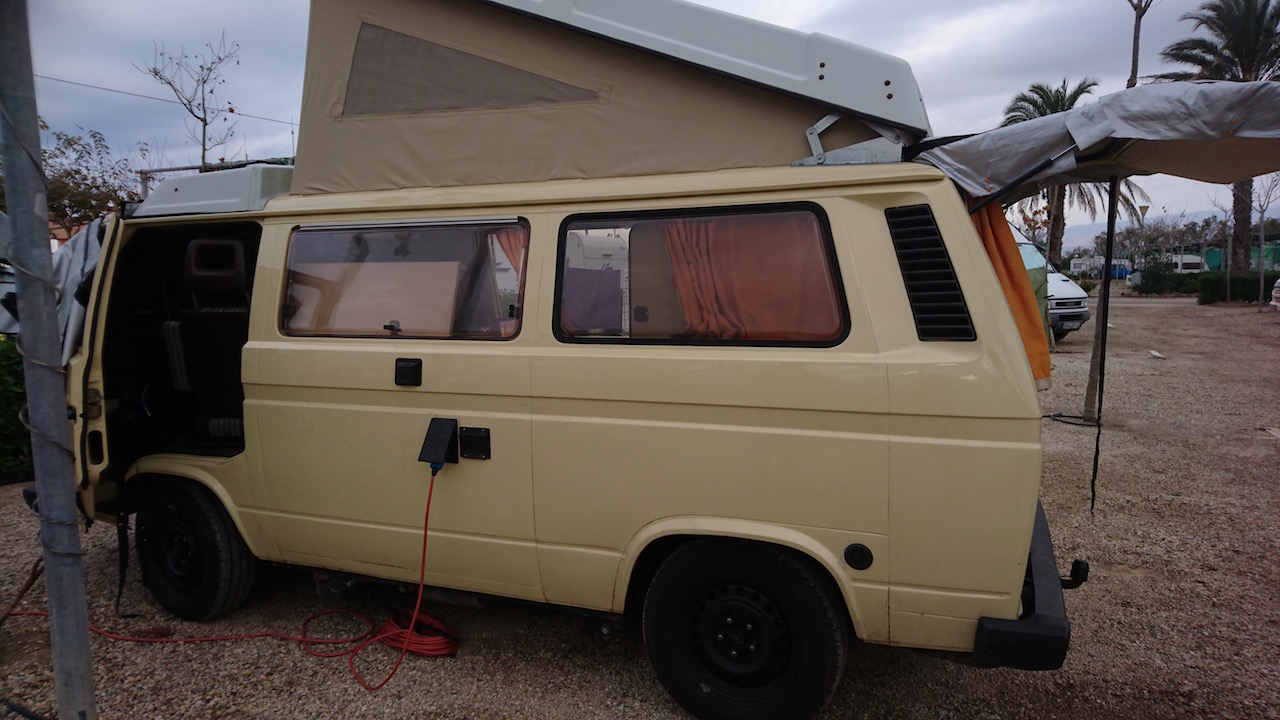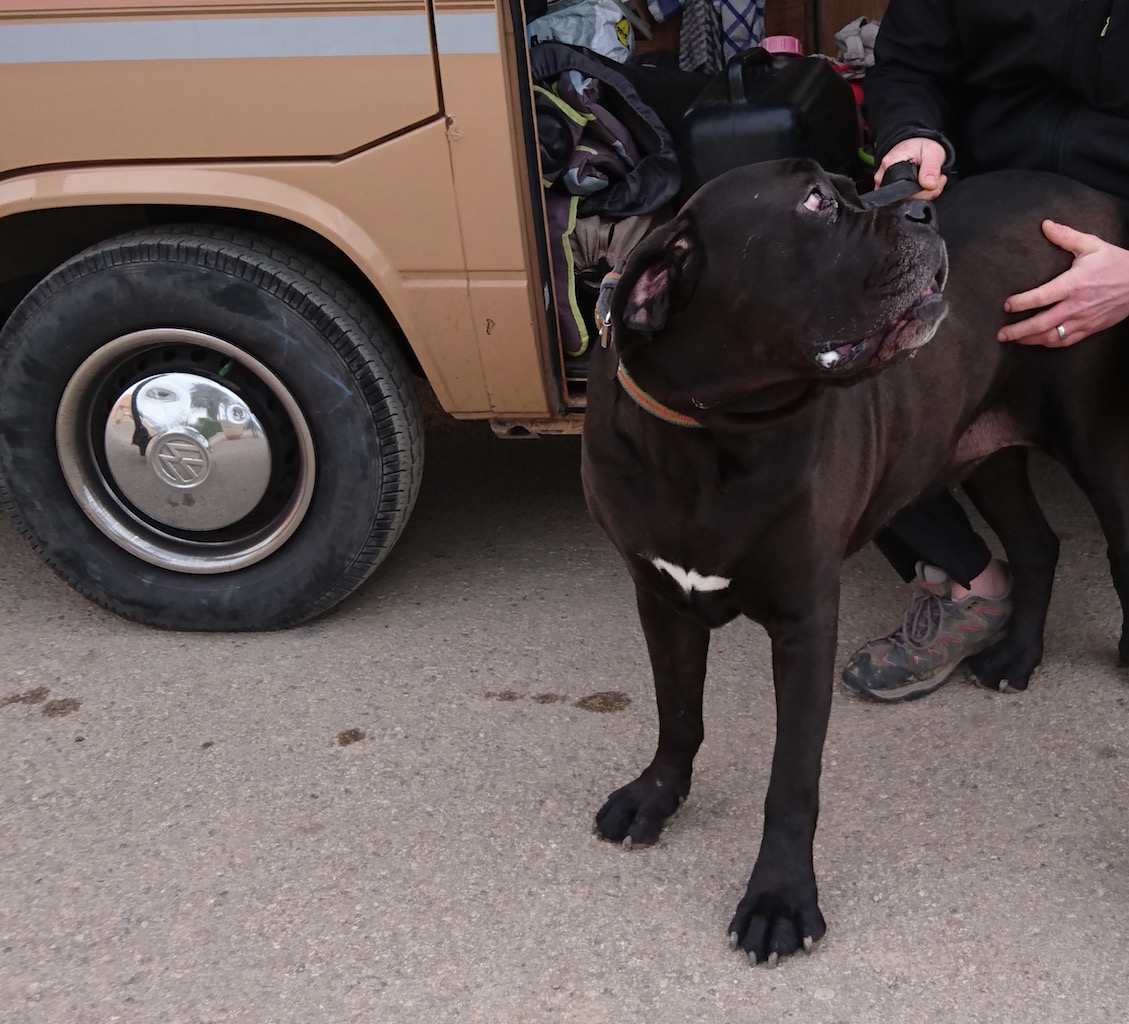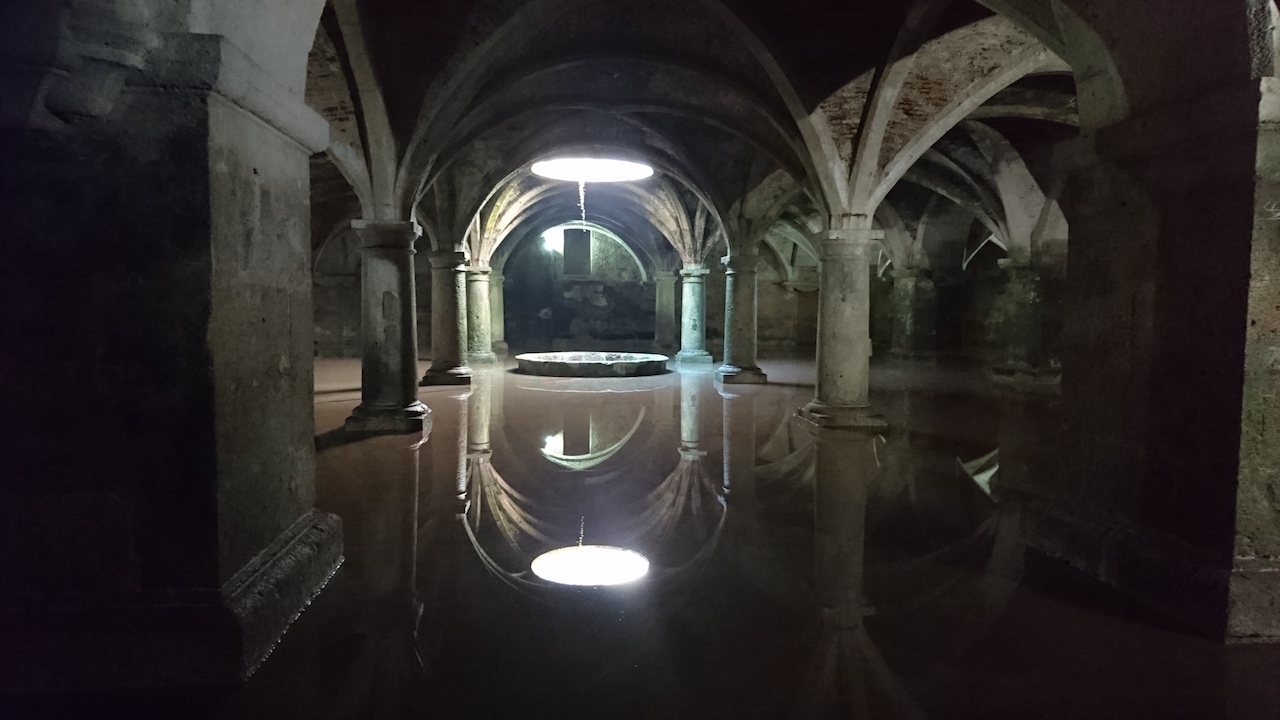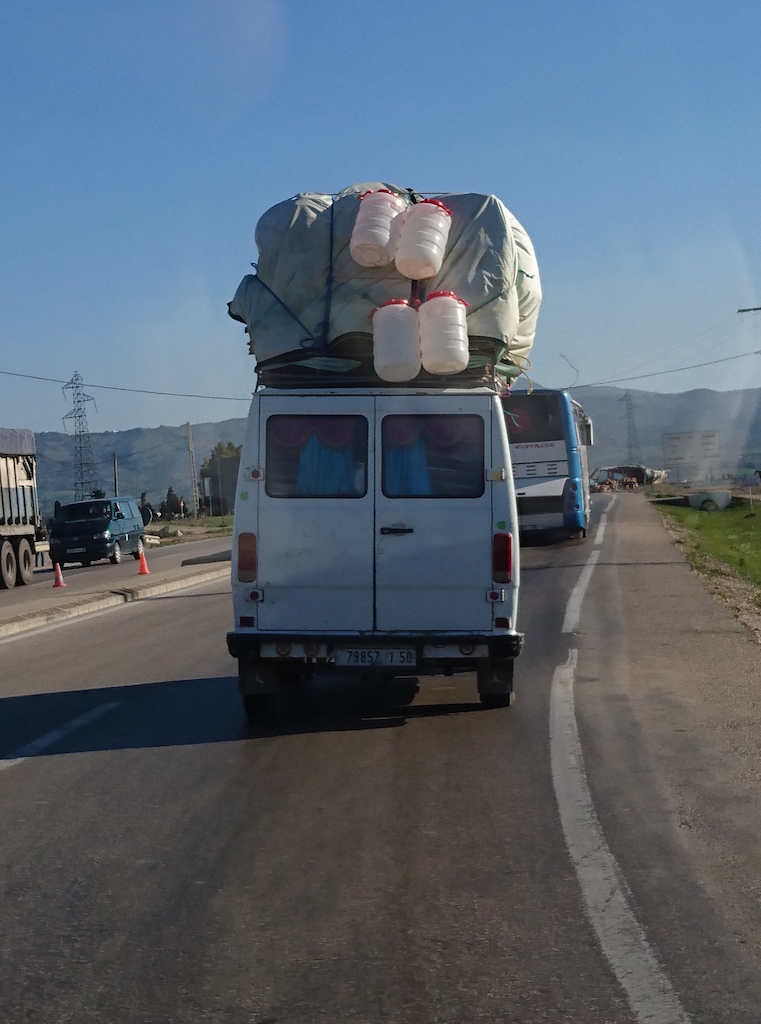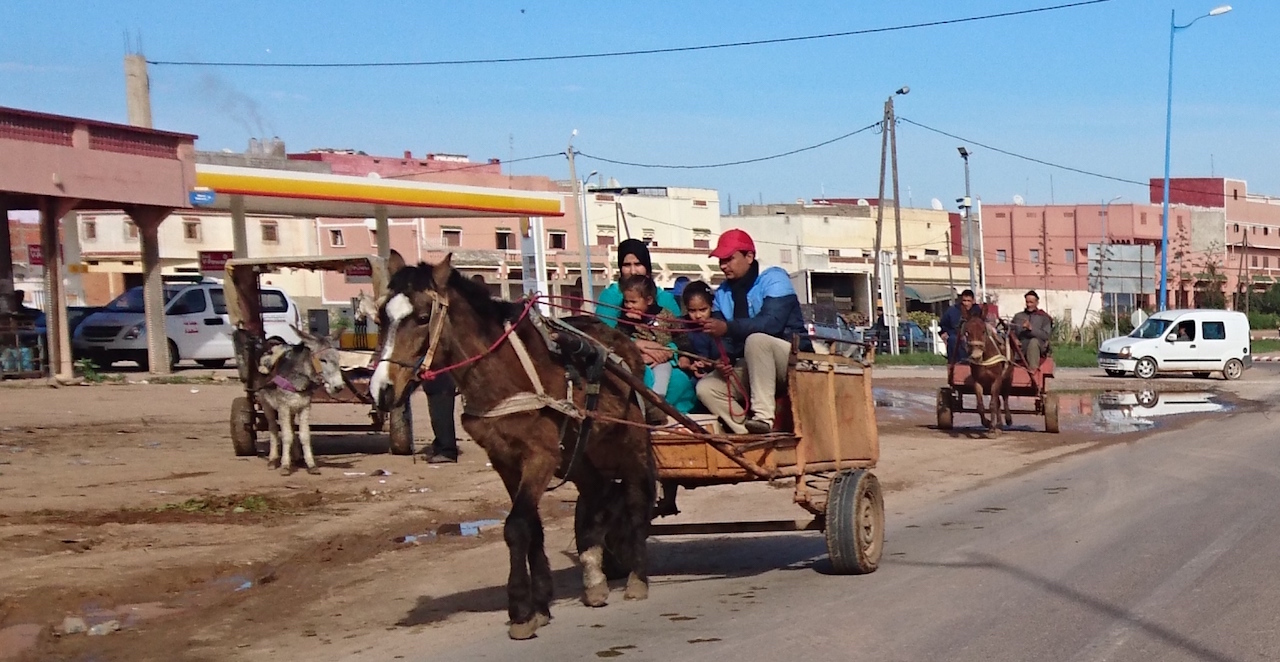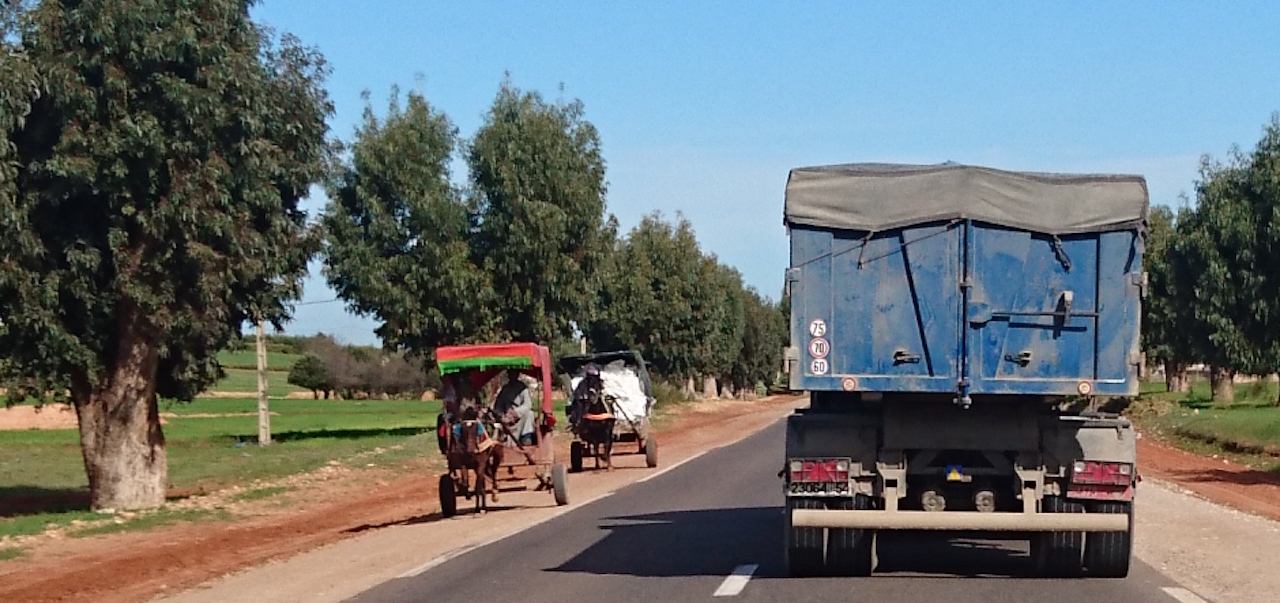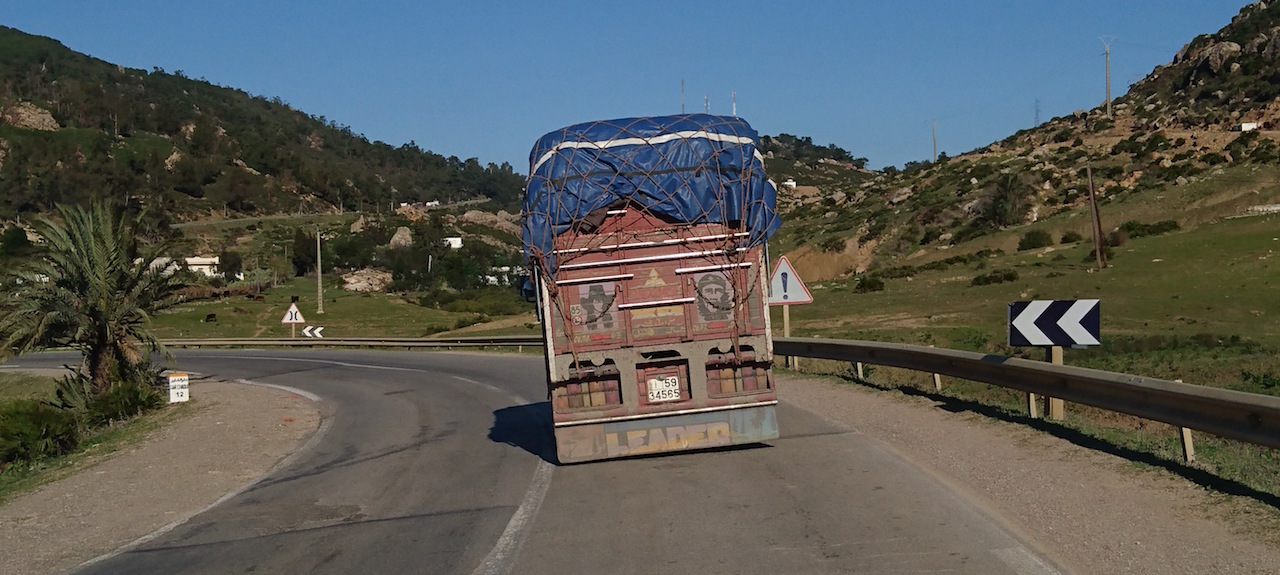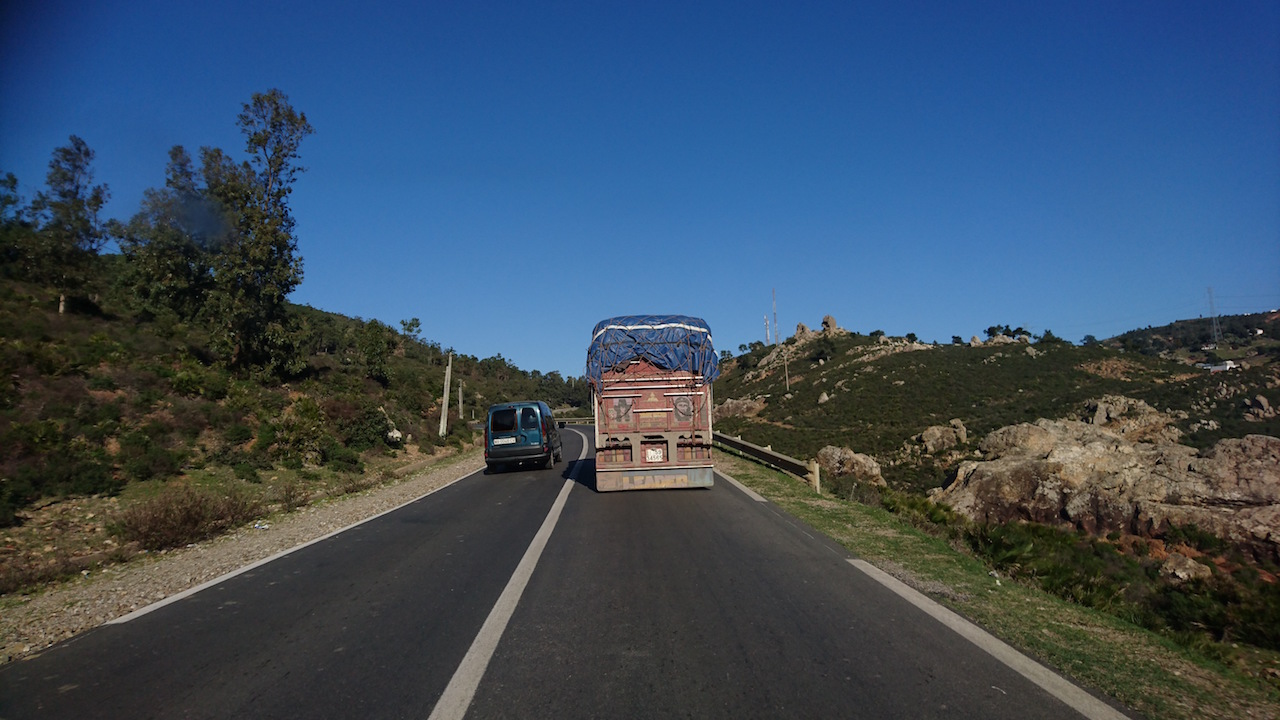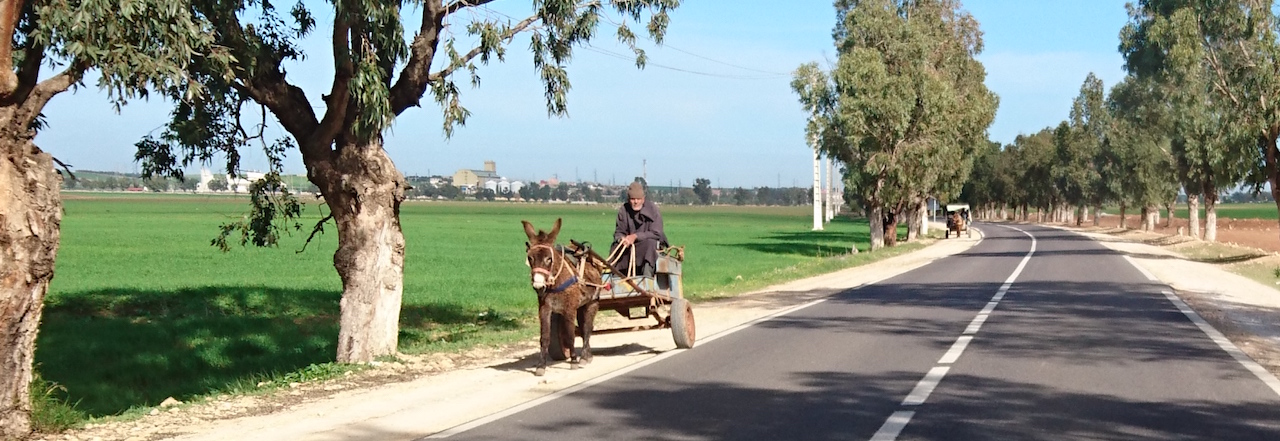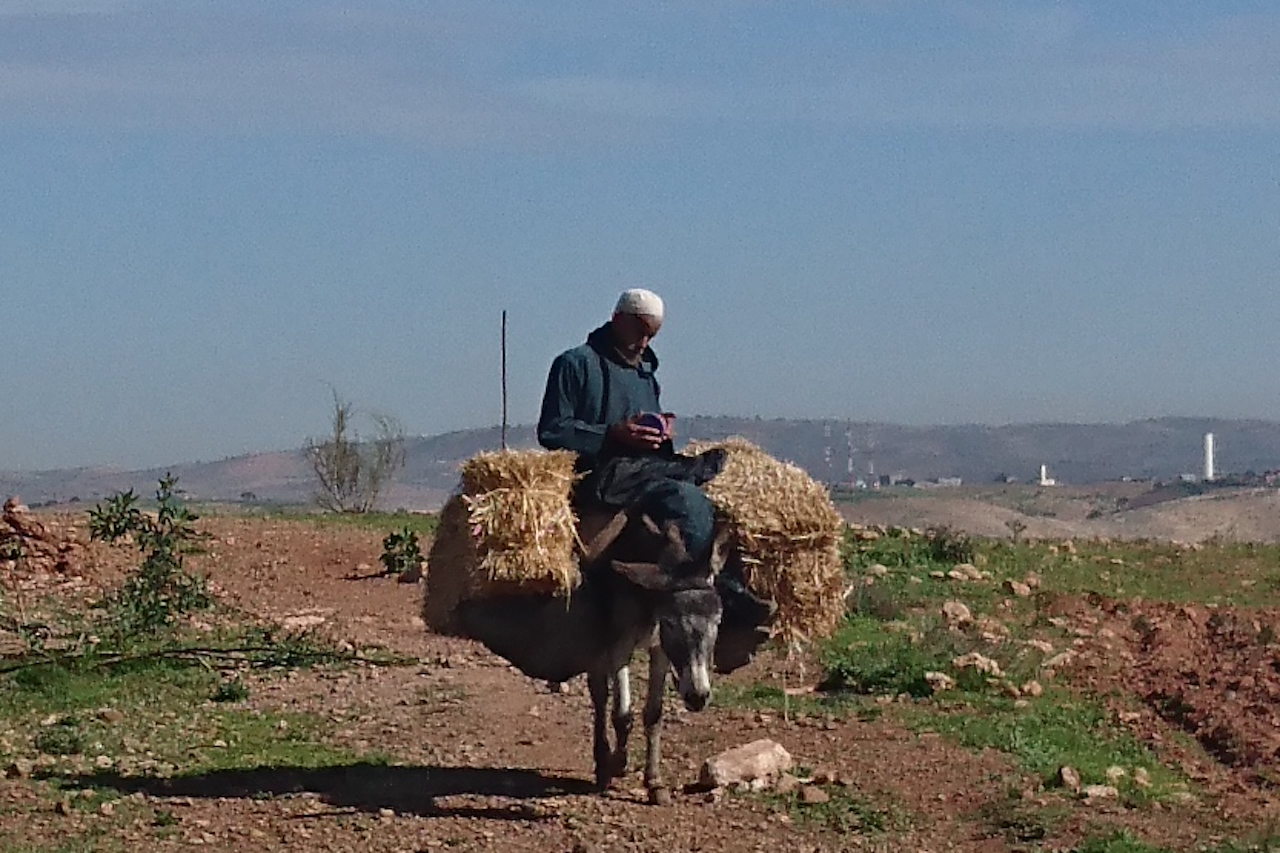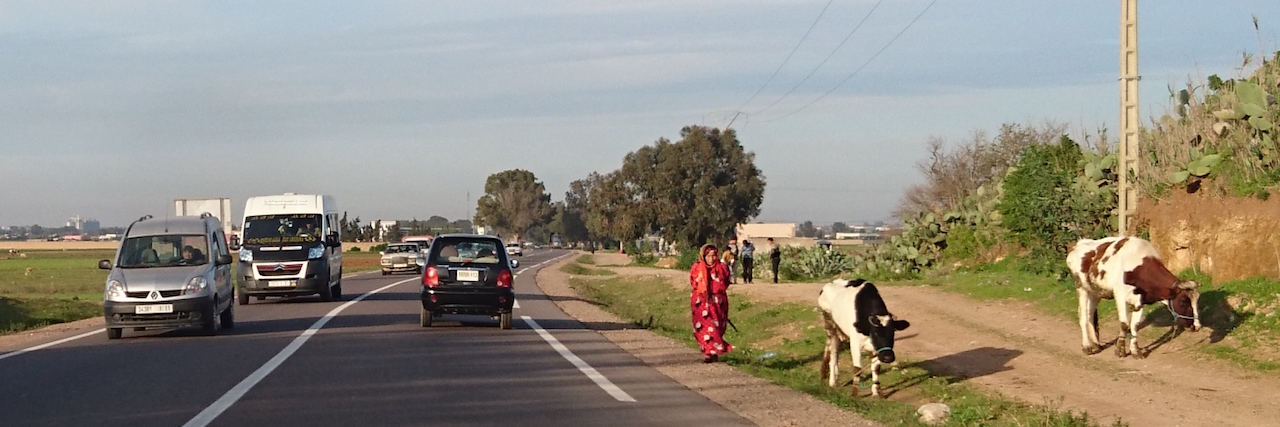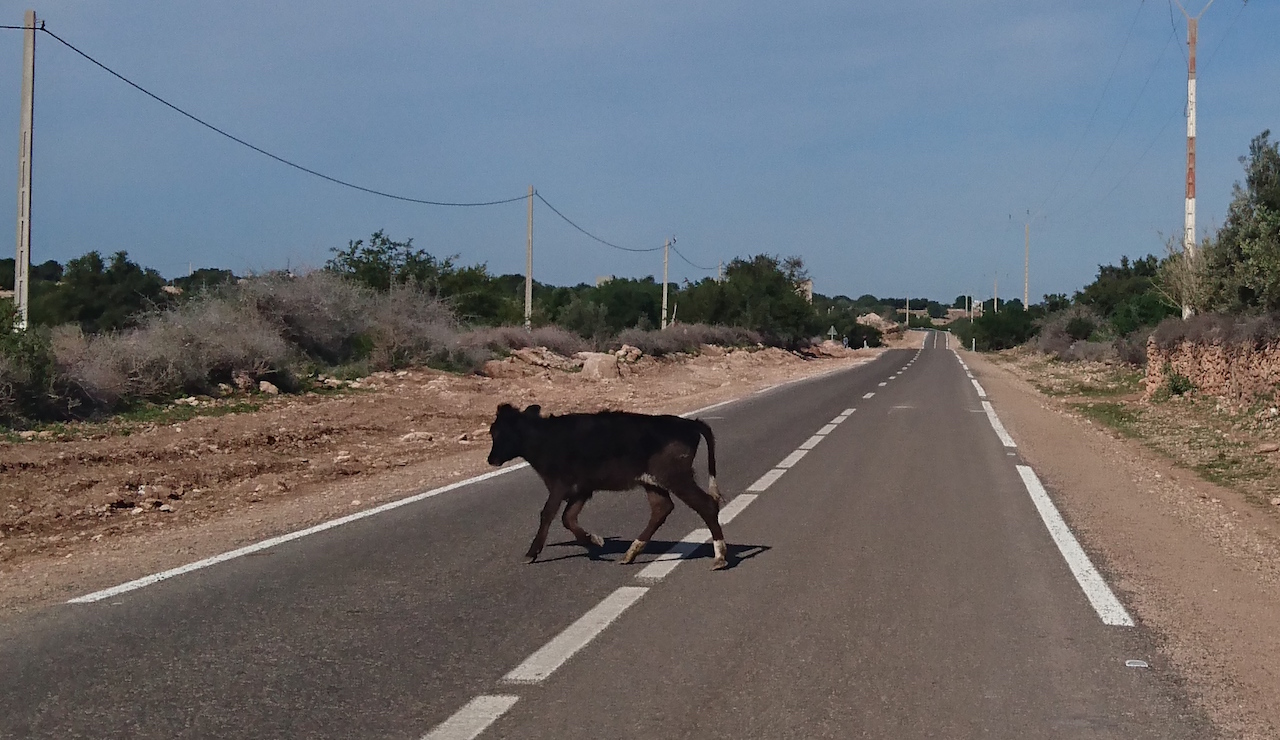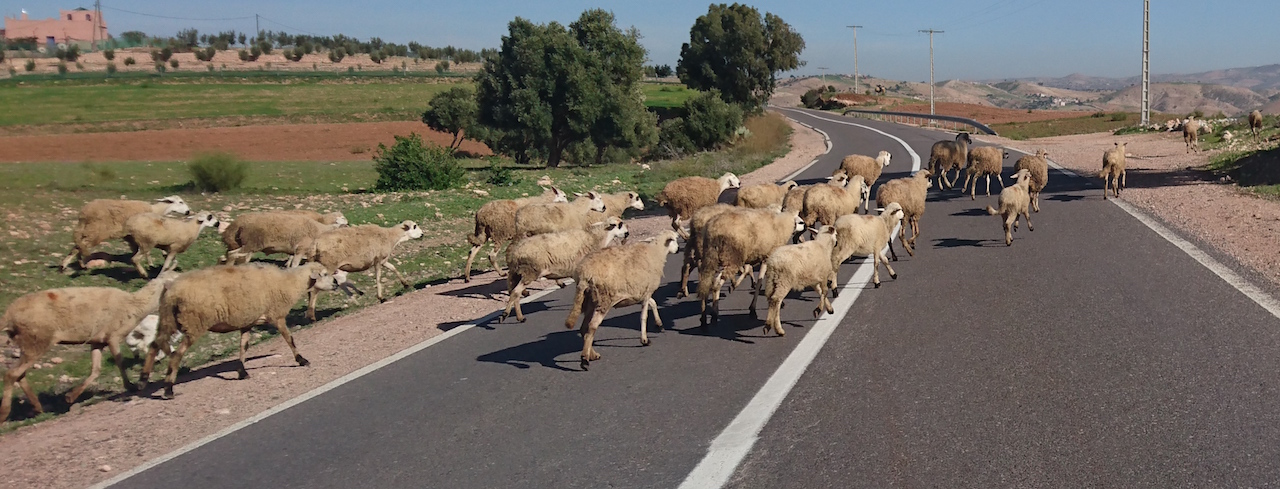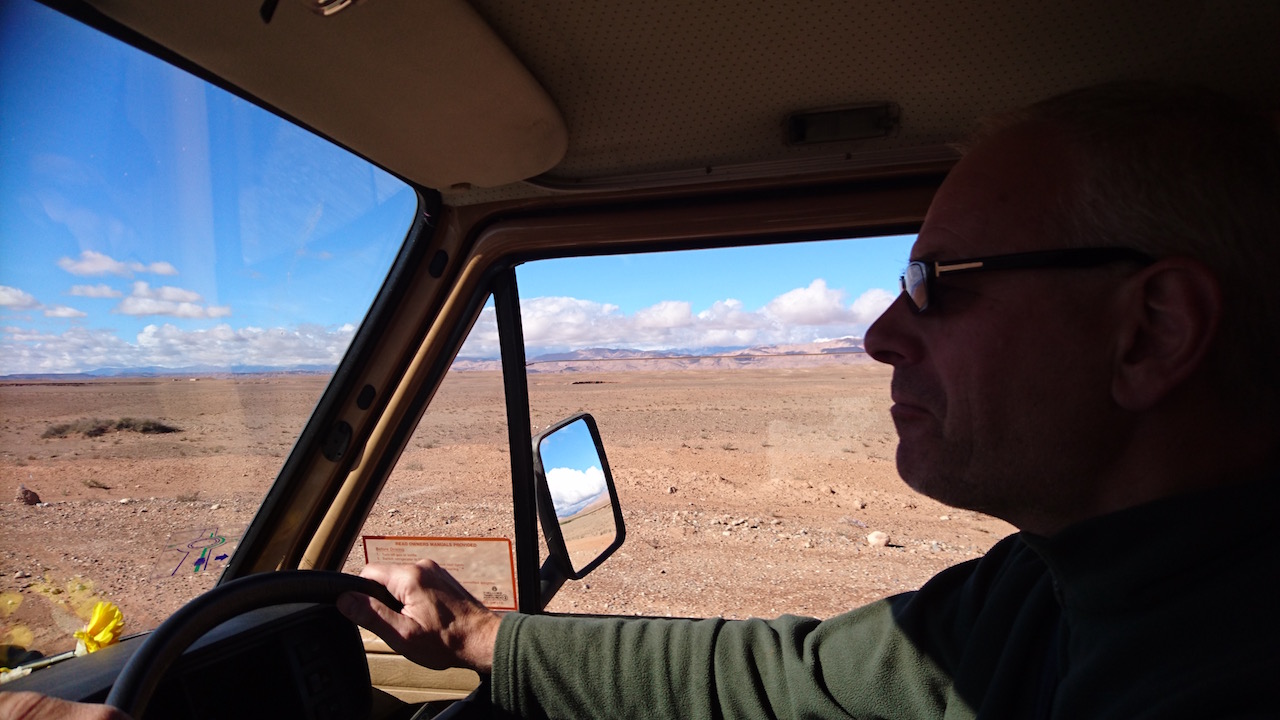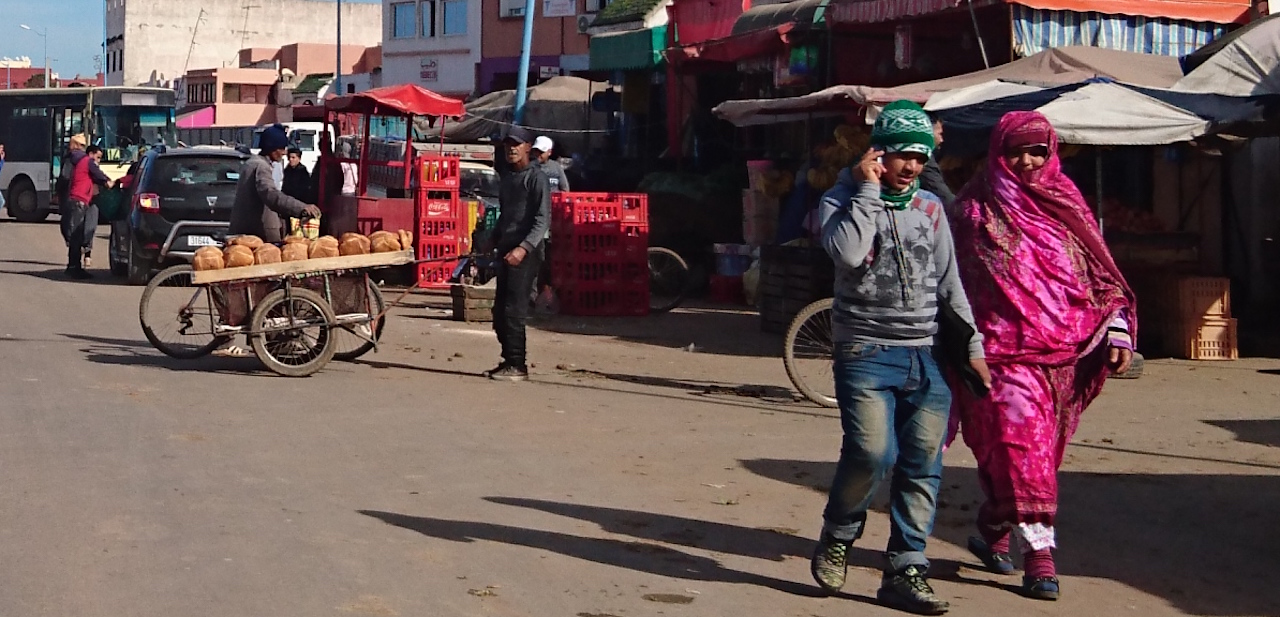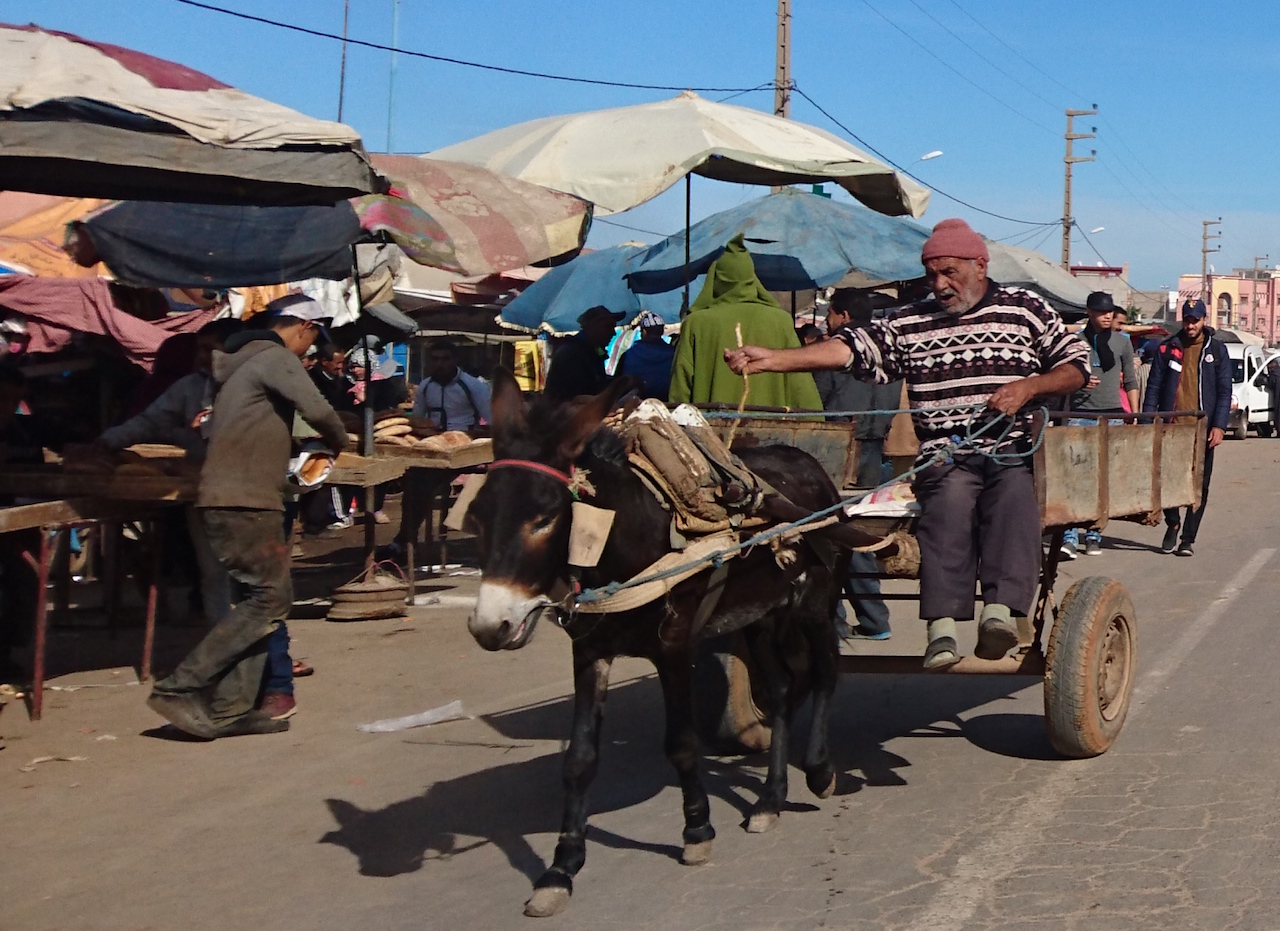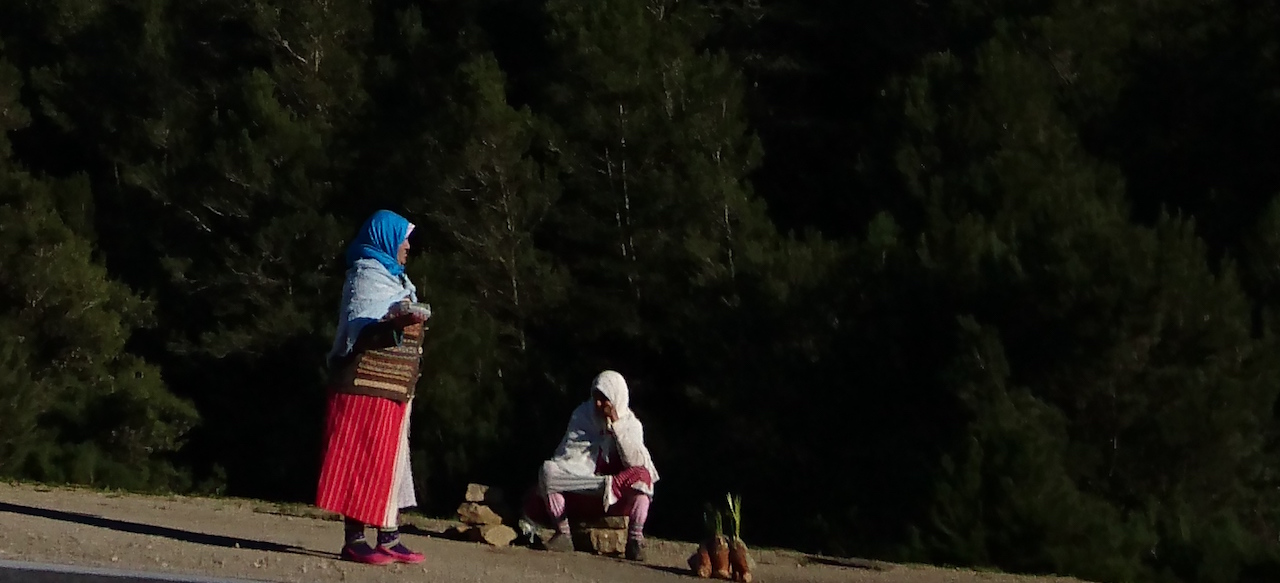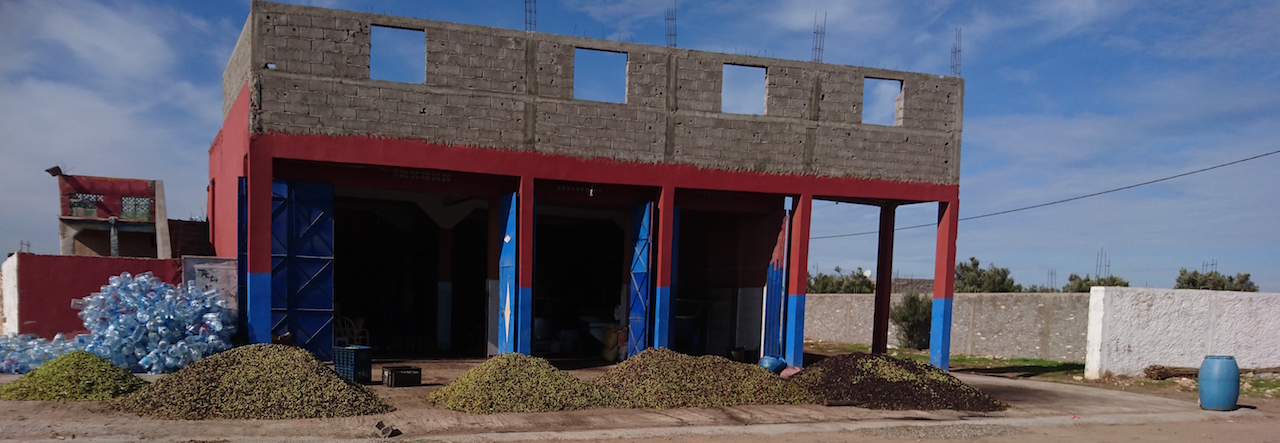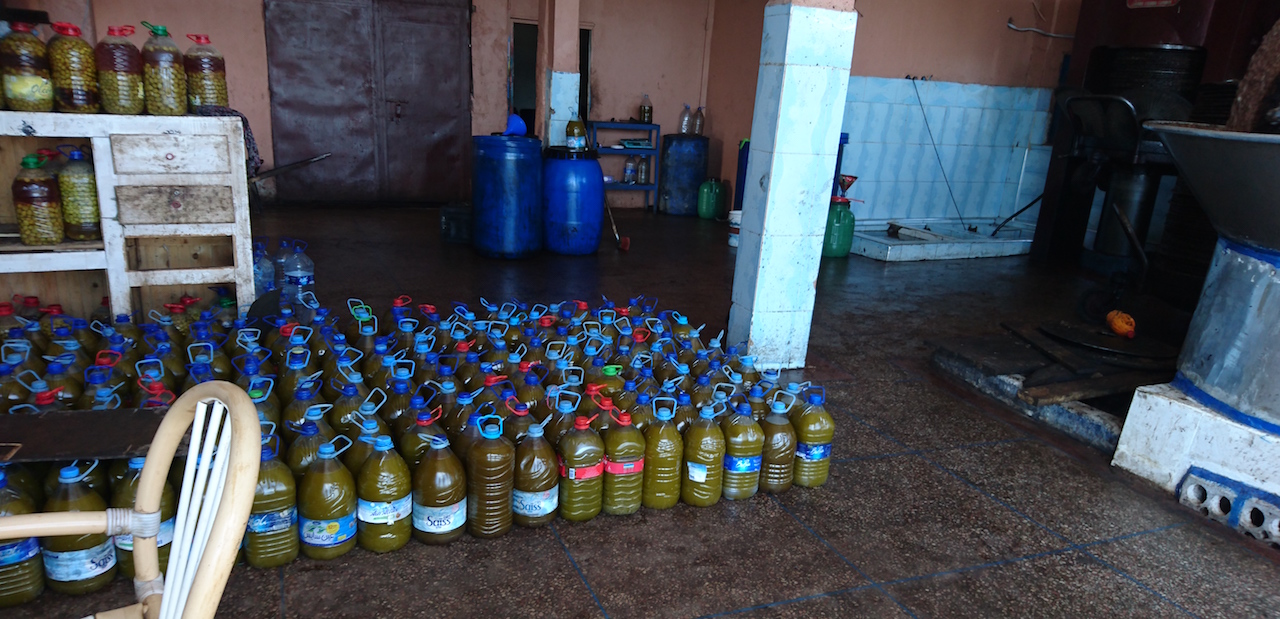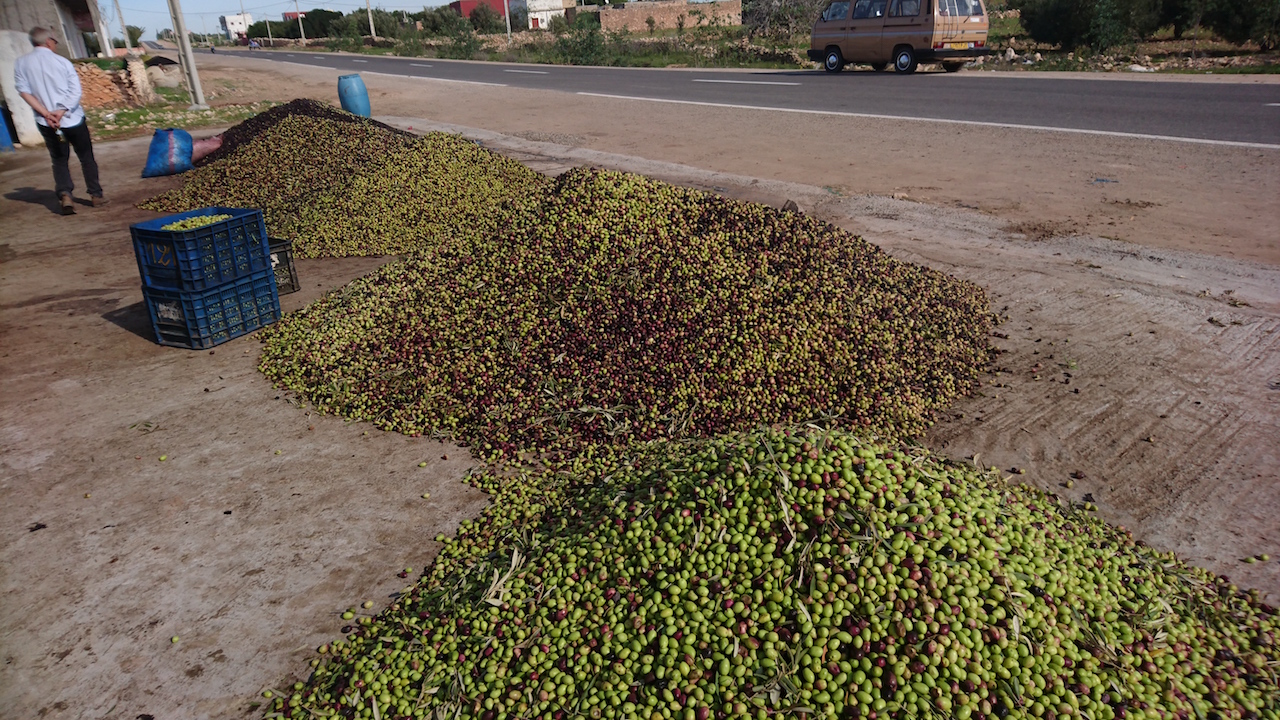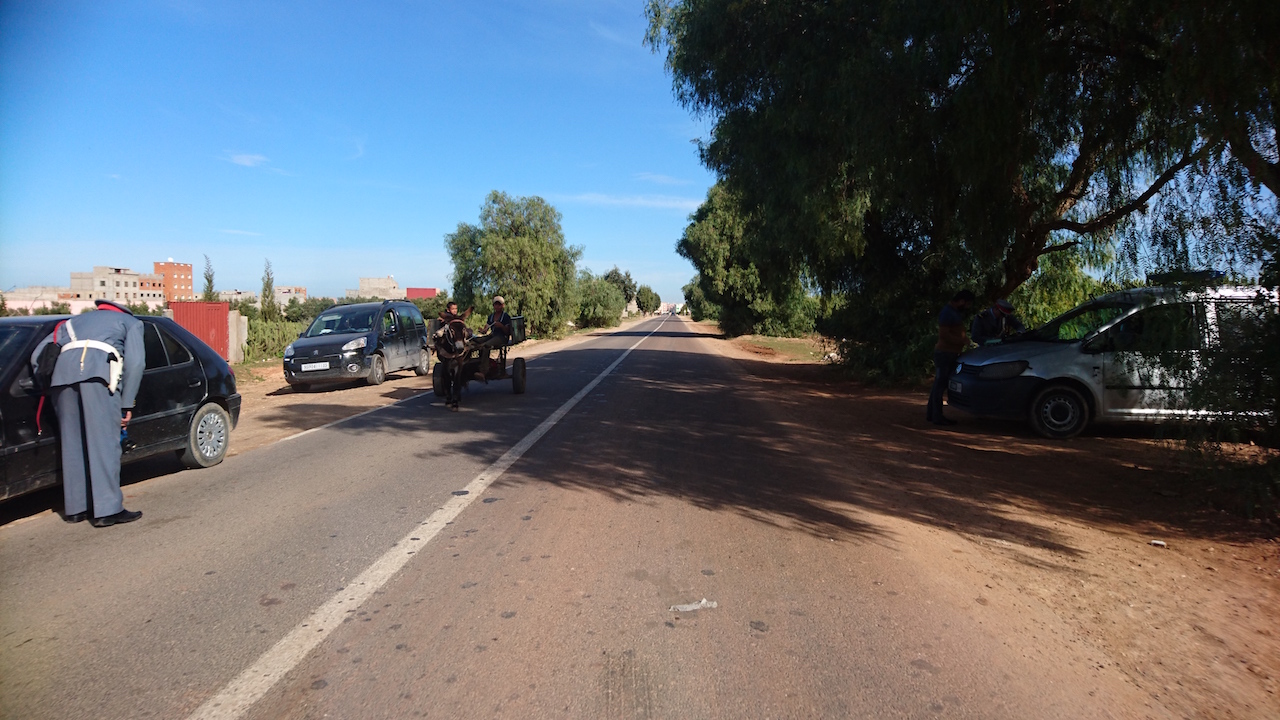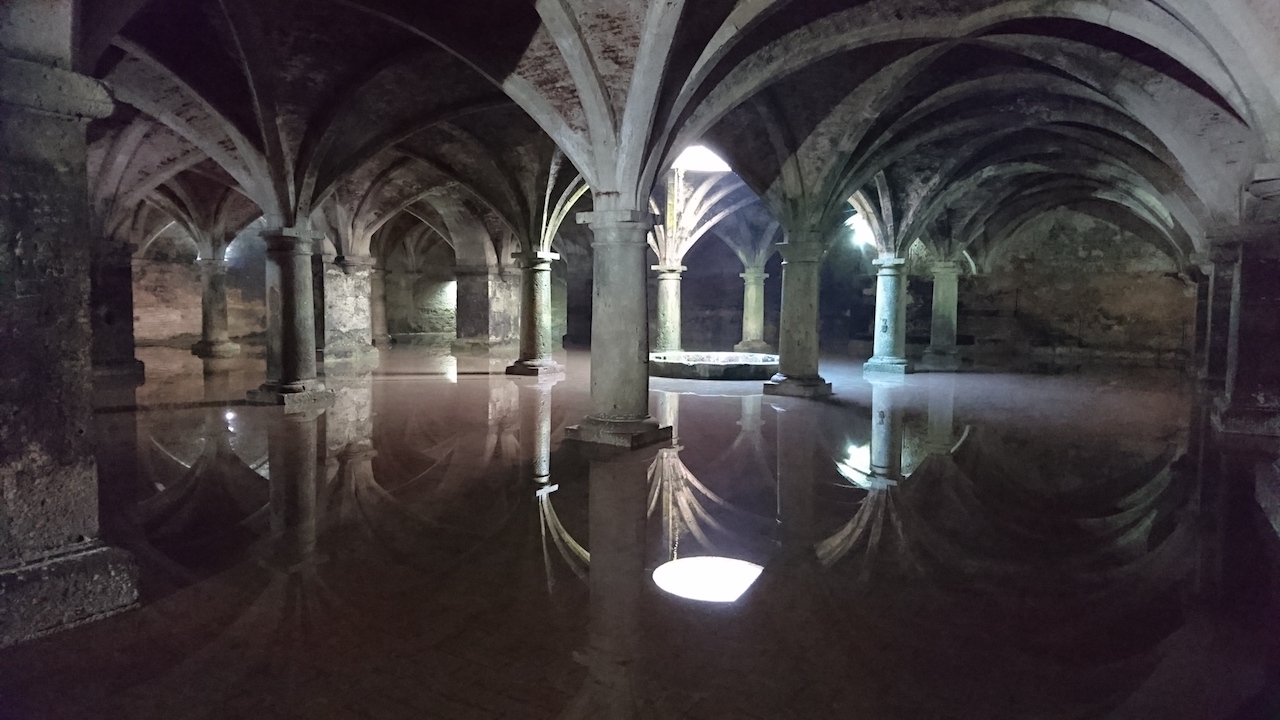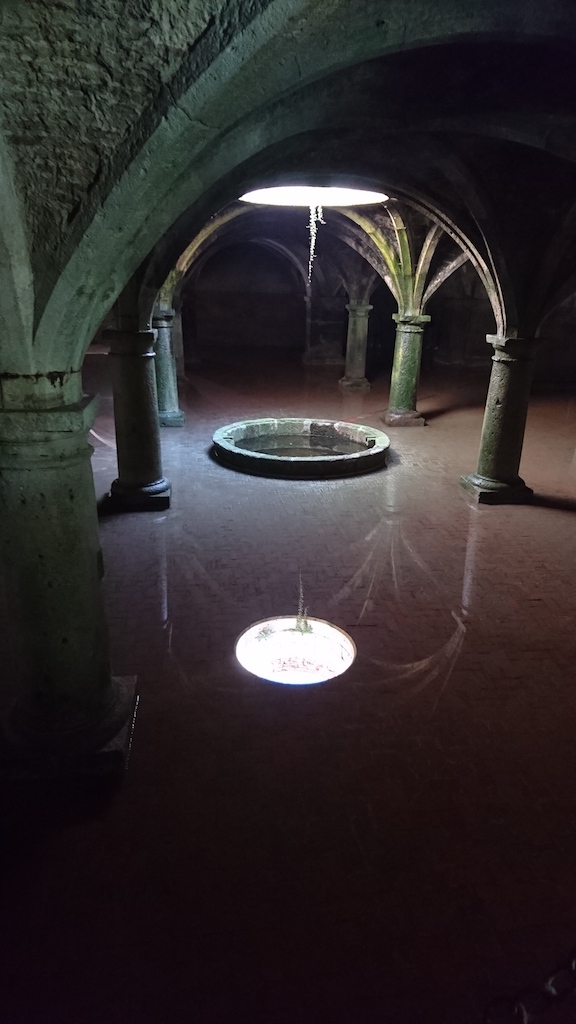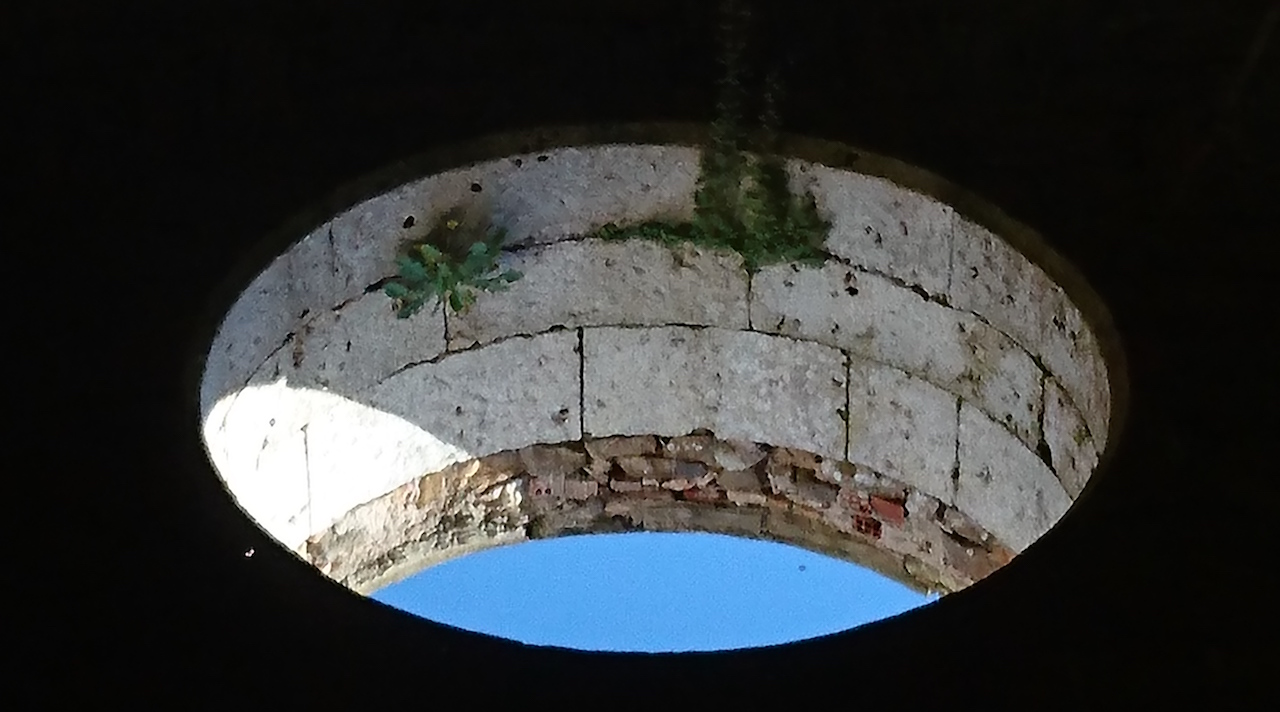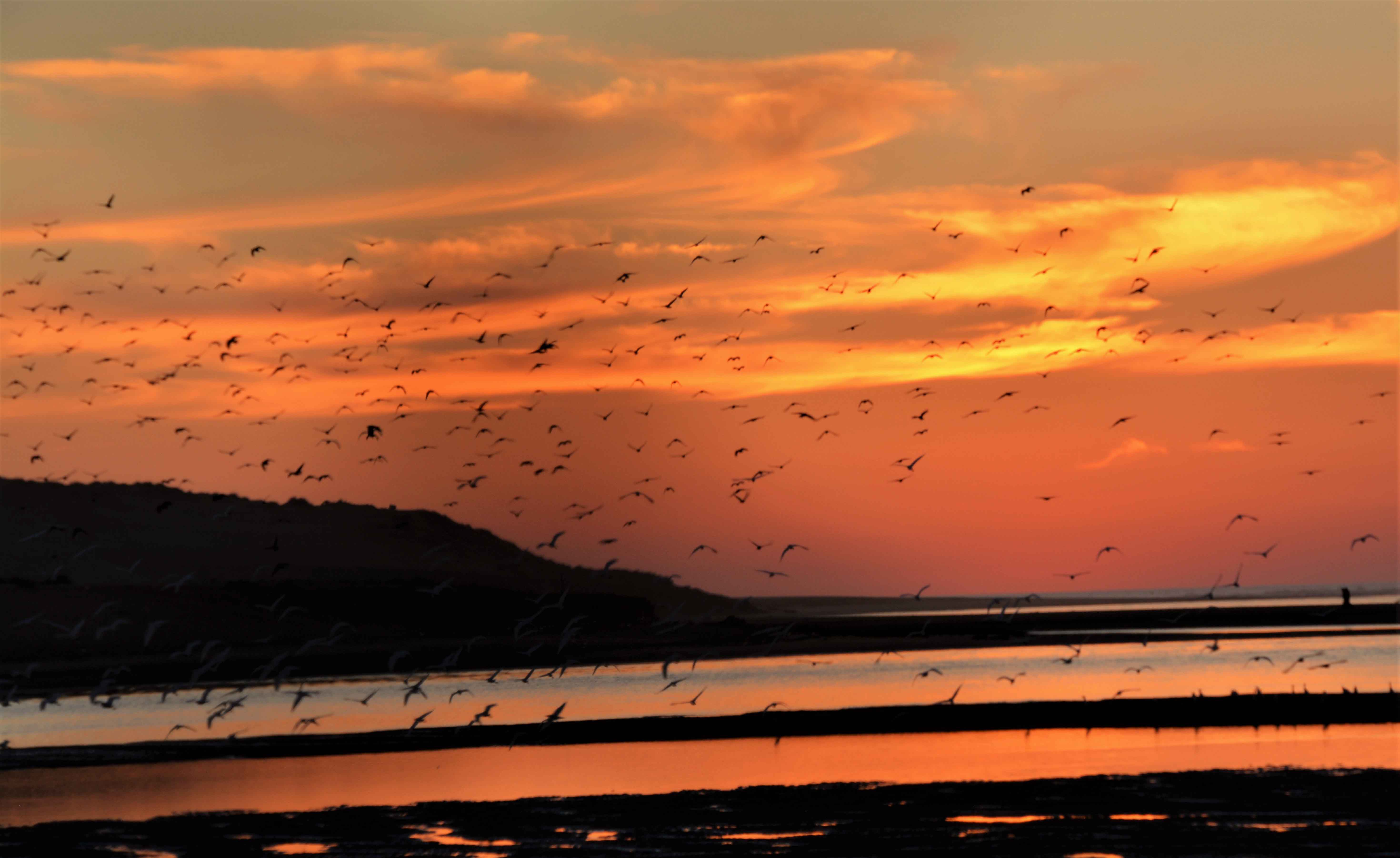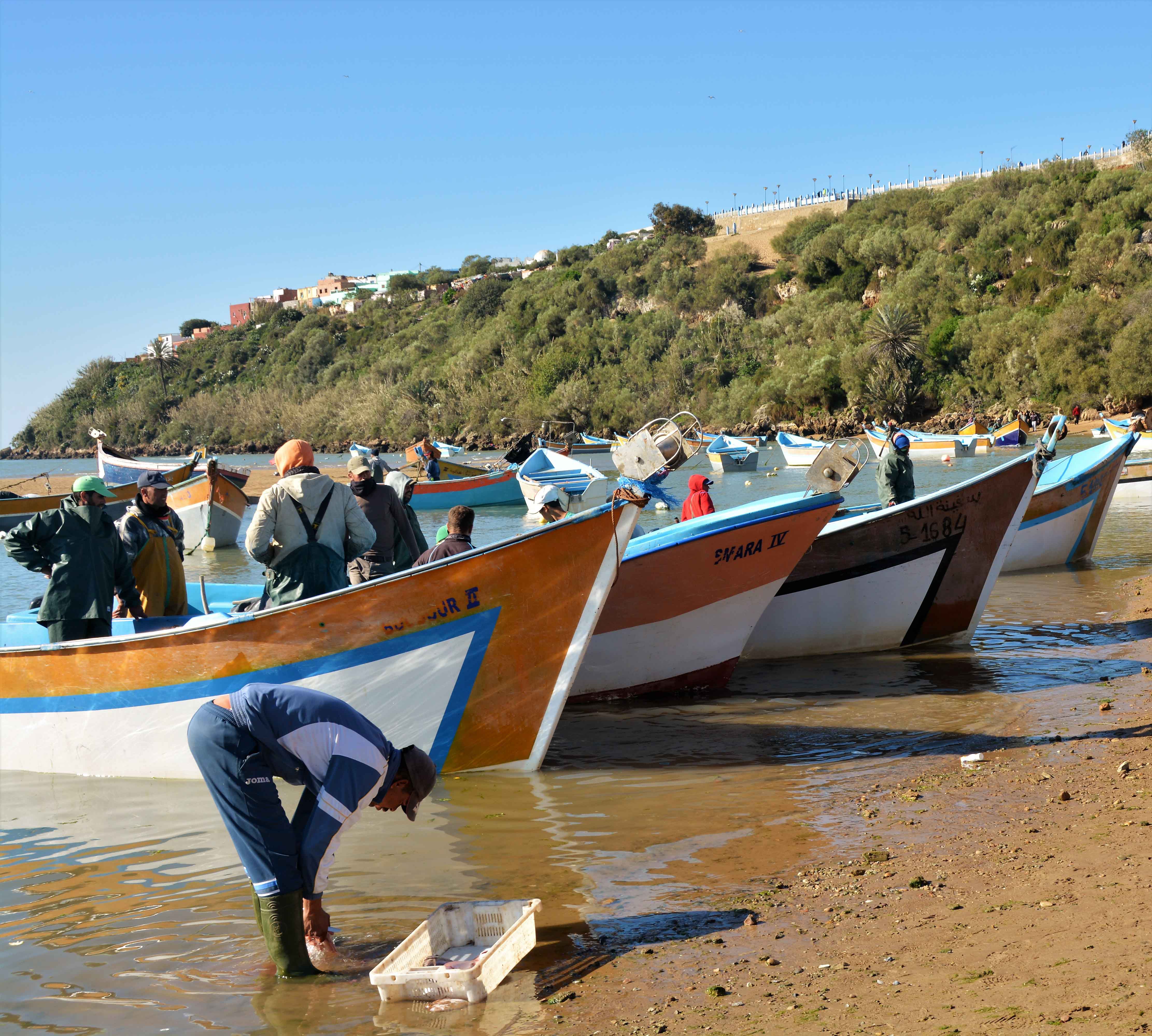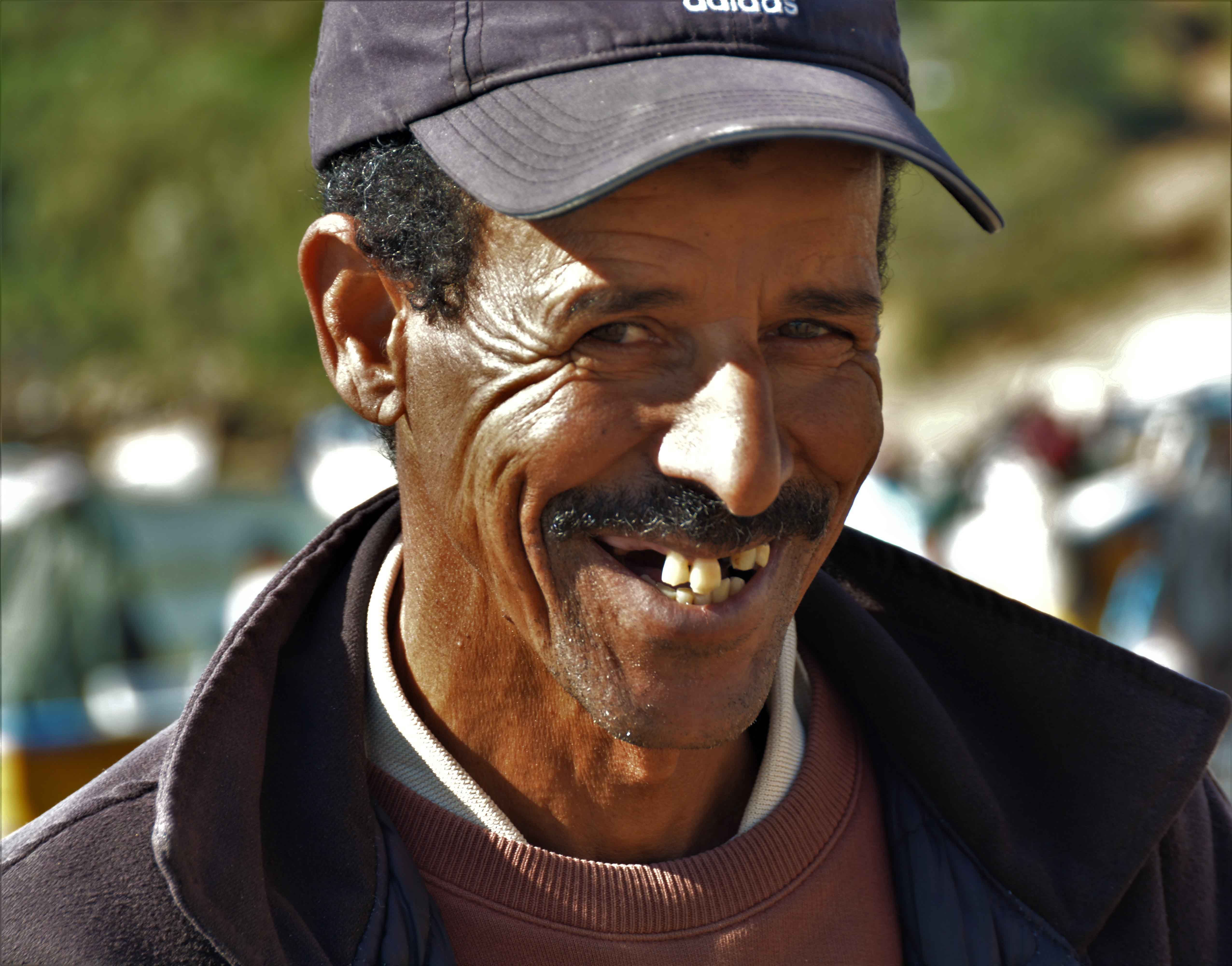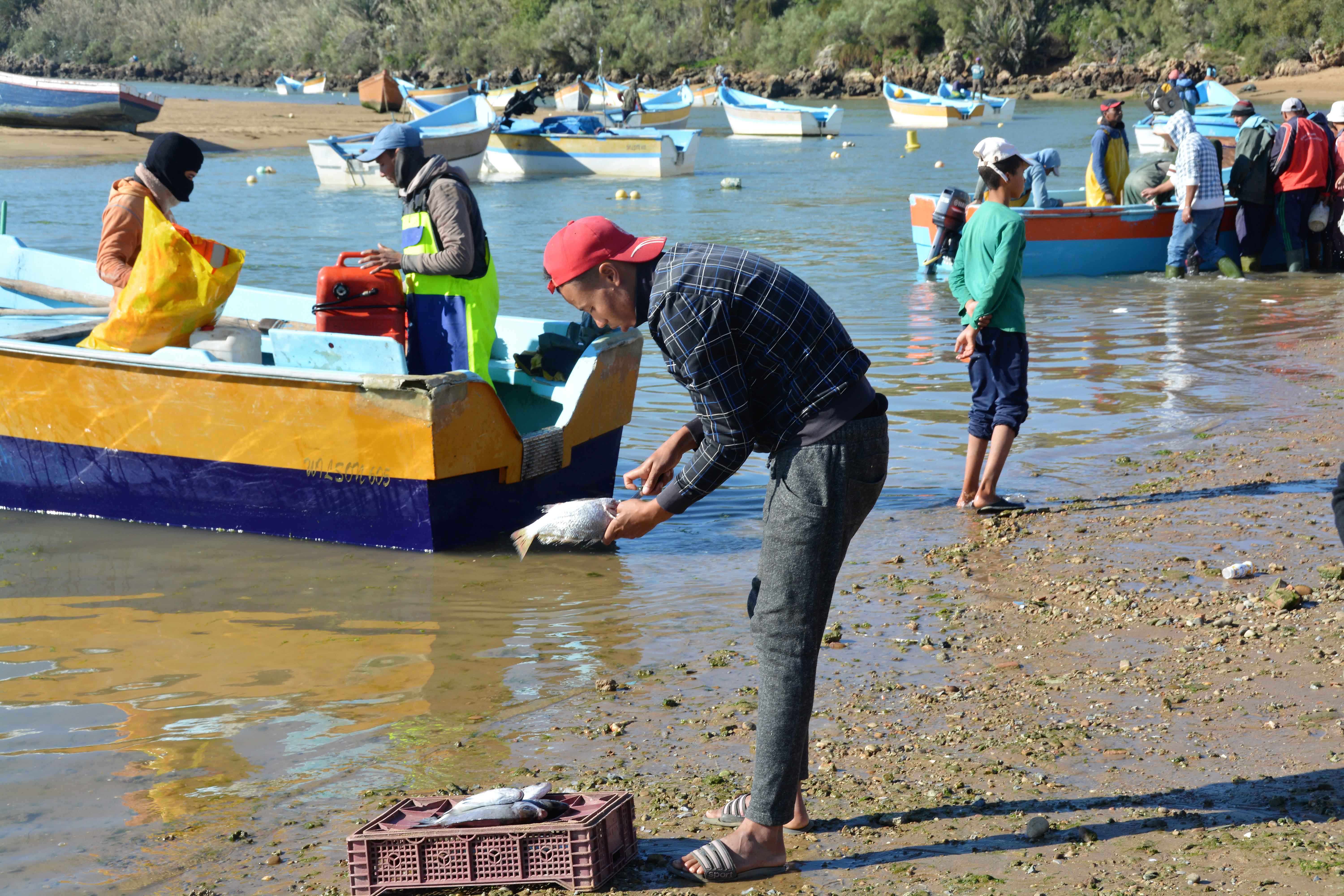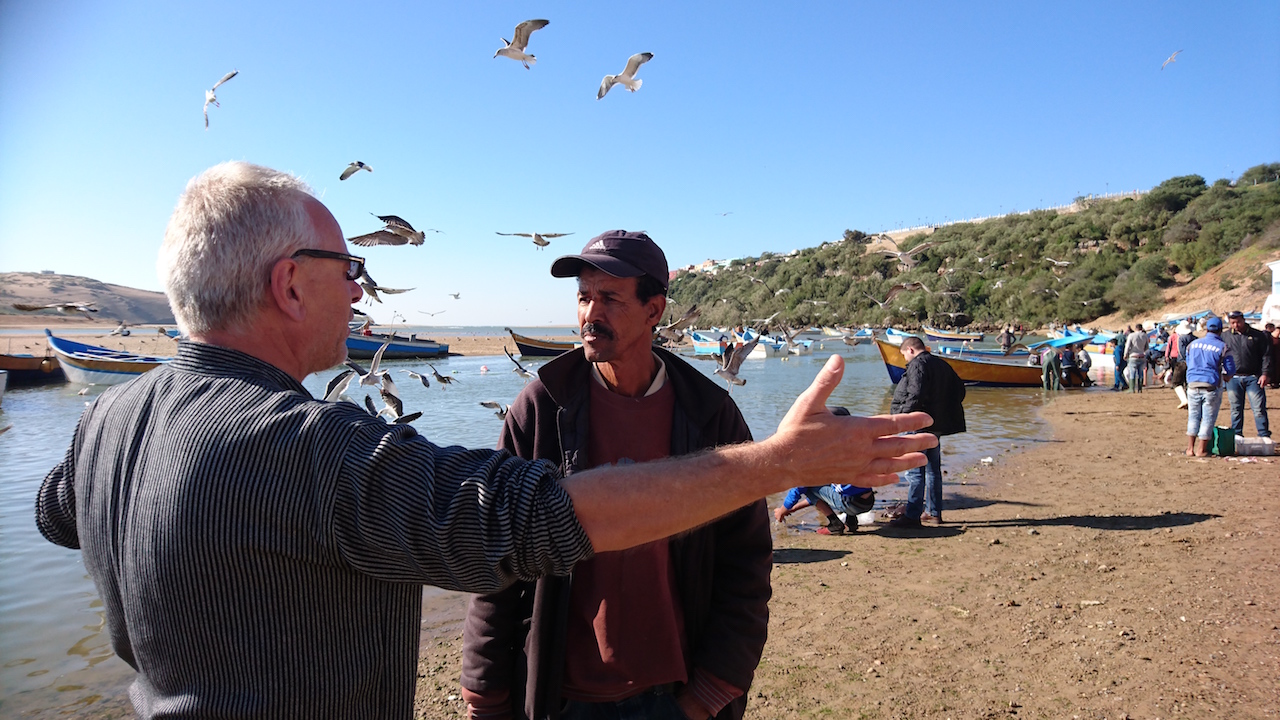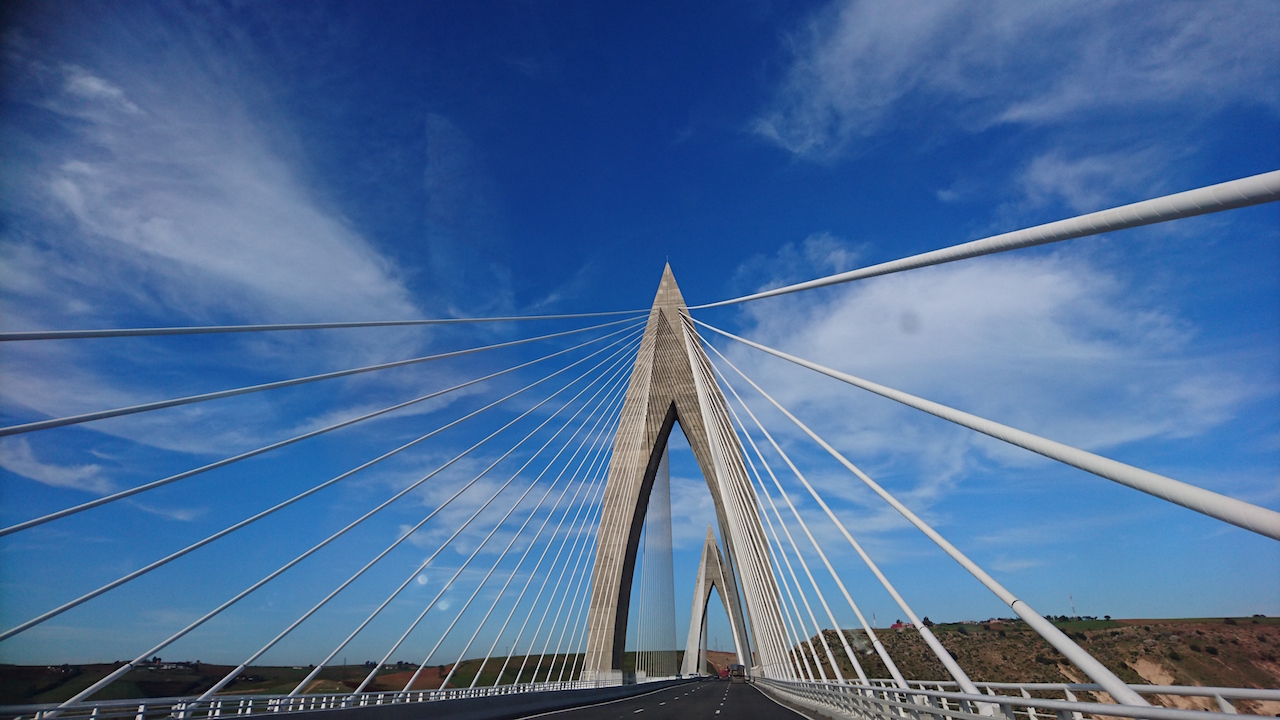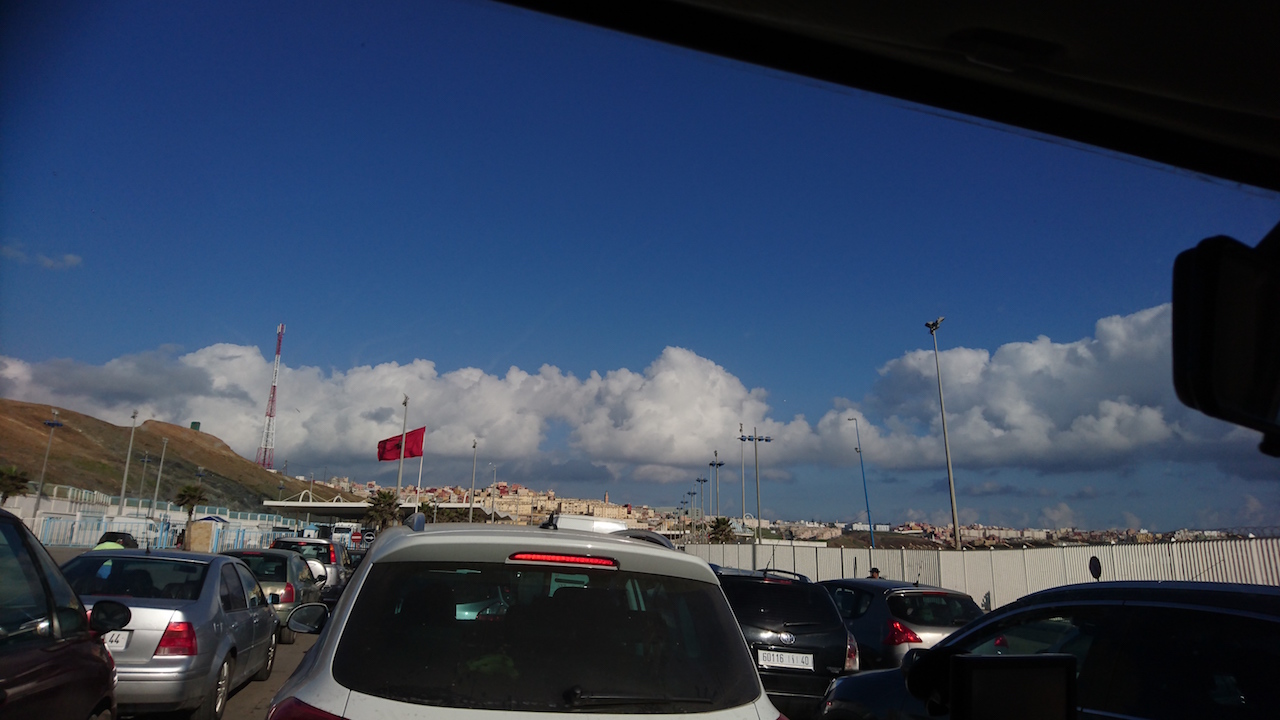
We spent this week in Sardinia travelling down the west coast and round to Cagliari and found ourselves following an intriguing trail of abandoned mines and Mussolini’s Facist New Towns…not quite what we were expecting from a destination we had associated more with emerald seas and white sand beaches…
…though we saw a fair few of those too.
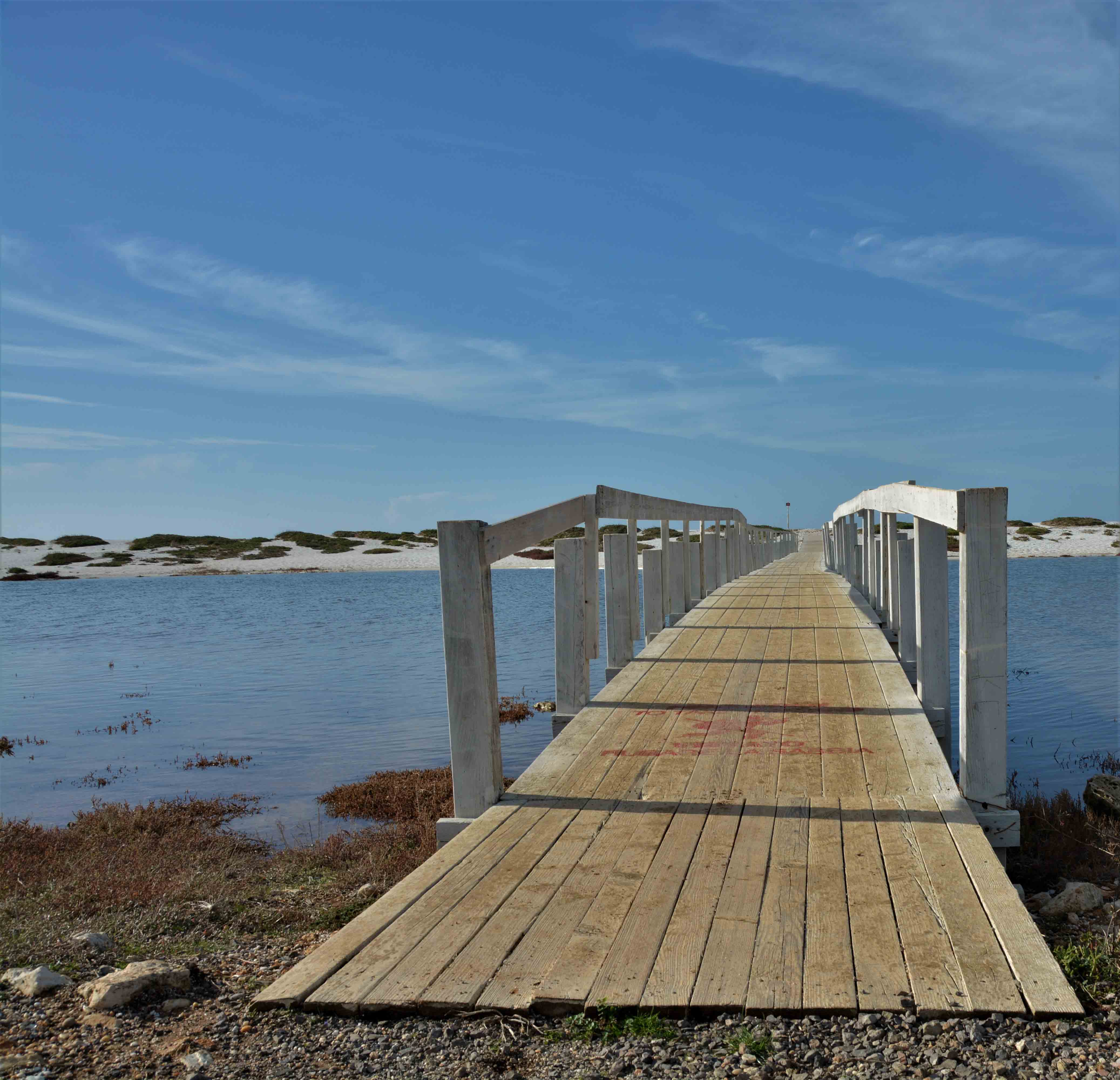
Our week here started in Porto Torres on the north west tip of the island. We arrived about lunchtime after a four-hour ferry crossing from Propriano in Corsica.
We’d spent the previous three nights wild camping between Propriano’s marina car park and a lay-by outside Ajaccio so were feeling pretty grubby. But unlike Corsica where we were lucky to find one open campsite, we couldn’t find any sites open over the winter in Sardinia. And so our first stop was a hotel in Alghero….funny how we still feel a little guilty when checking into a hotel. But a hot shower and a comfy bed soon knocks that on the head.
The first task in Alghero was to buy a detailed map of Sardinia. We found one in this excellent bookshop with stacks of interesting looking books that made us wish again we could speak some, any, Italian,. And they were serving wine so you could sip as you browsed the shelves…what’s not to love.
Is there a vacancy for ‘Irish person to run bookshop, must enjoy wine.’ There might even be a sitcom in it.
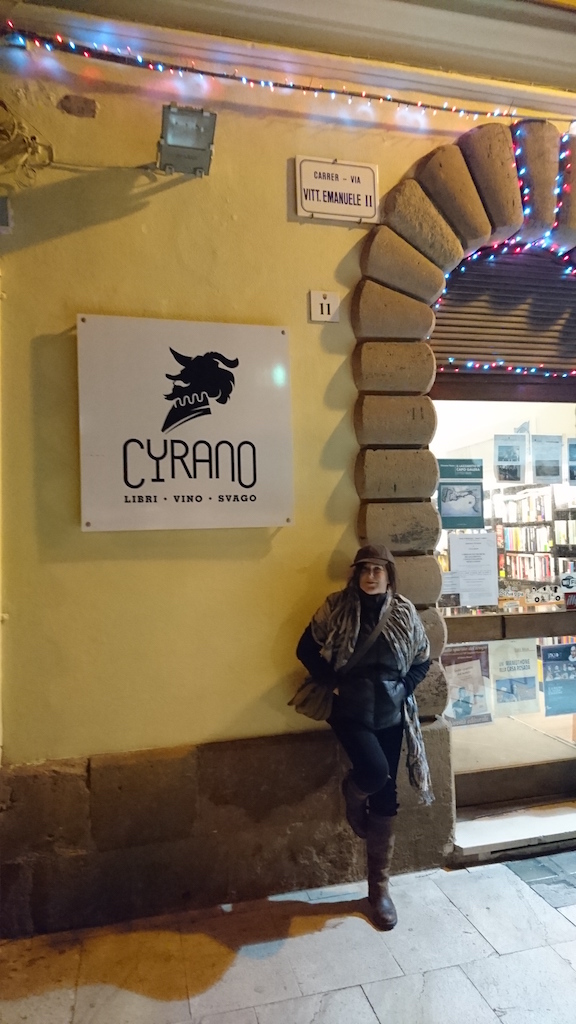
Then it was time for food and our first encounter with the friendly people of Sardinia…here’s Fabiola Ibba from the cafe restaurant Lu Barril on via Mazzini.
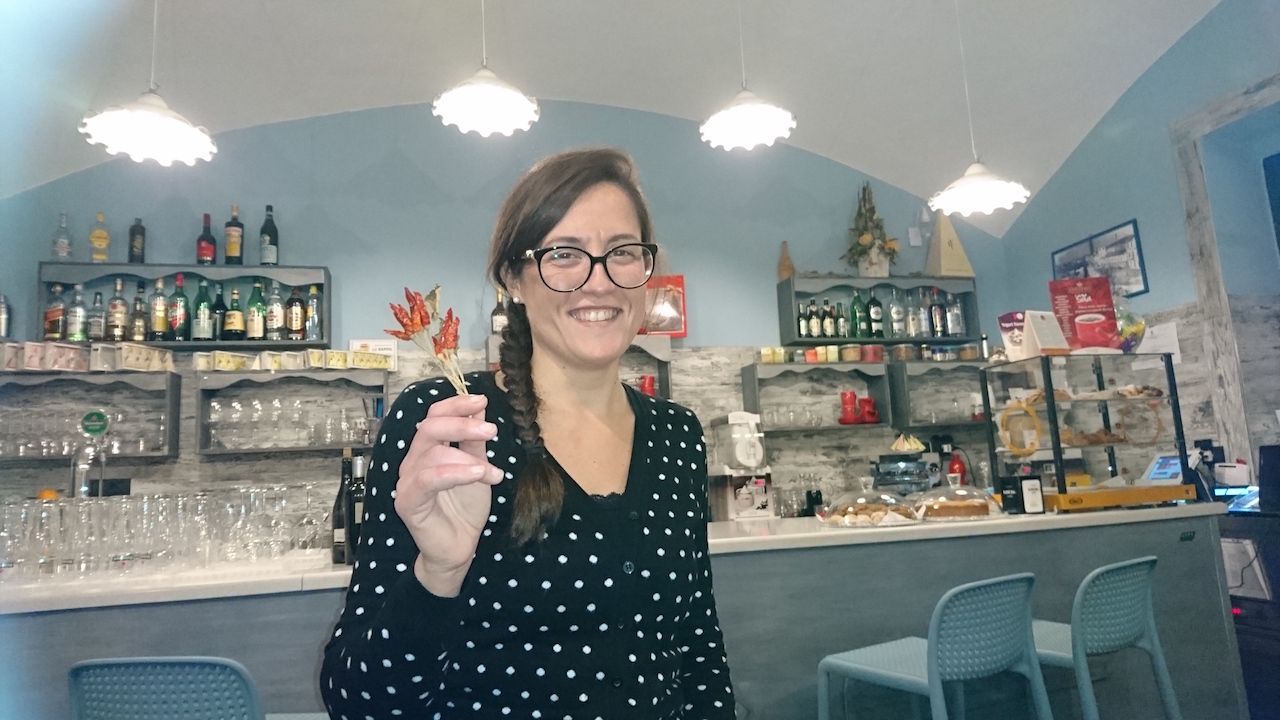
Fabiola helpfully marked up our map to highlight the places we should try to visit on our travels round the island. And the food was pretty excellent too. Here’s our favourite one – risotto with clams, artichokes and chilli…..
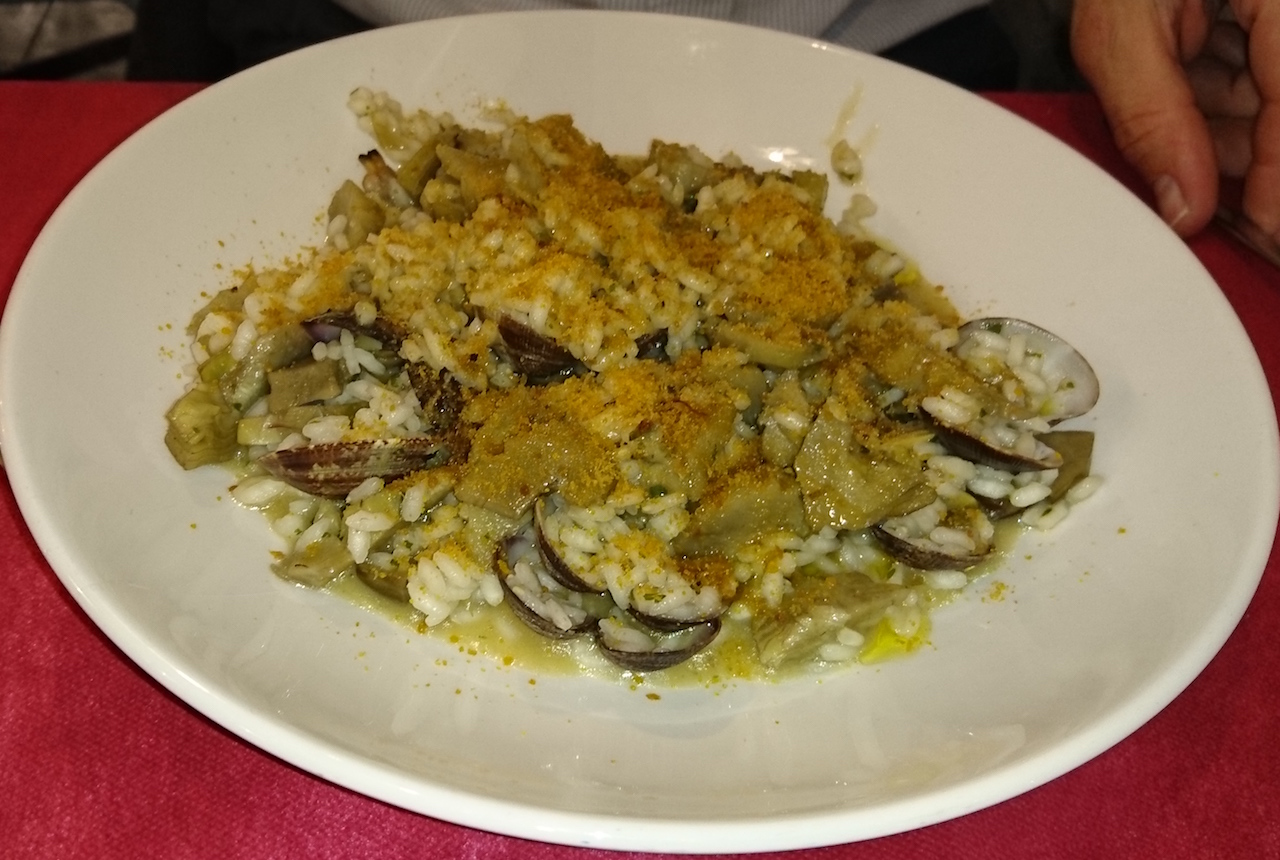
…which Stuart washed down with Sardinia’s best known beer Ichnusa.
And that’s as good a cue as any for the latest addition to the blog – Stuart’s Beer Gallery where Stuart is faithfully recording the different beers he samples on our trip with admirable dedication to firsthand research.
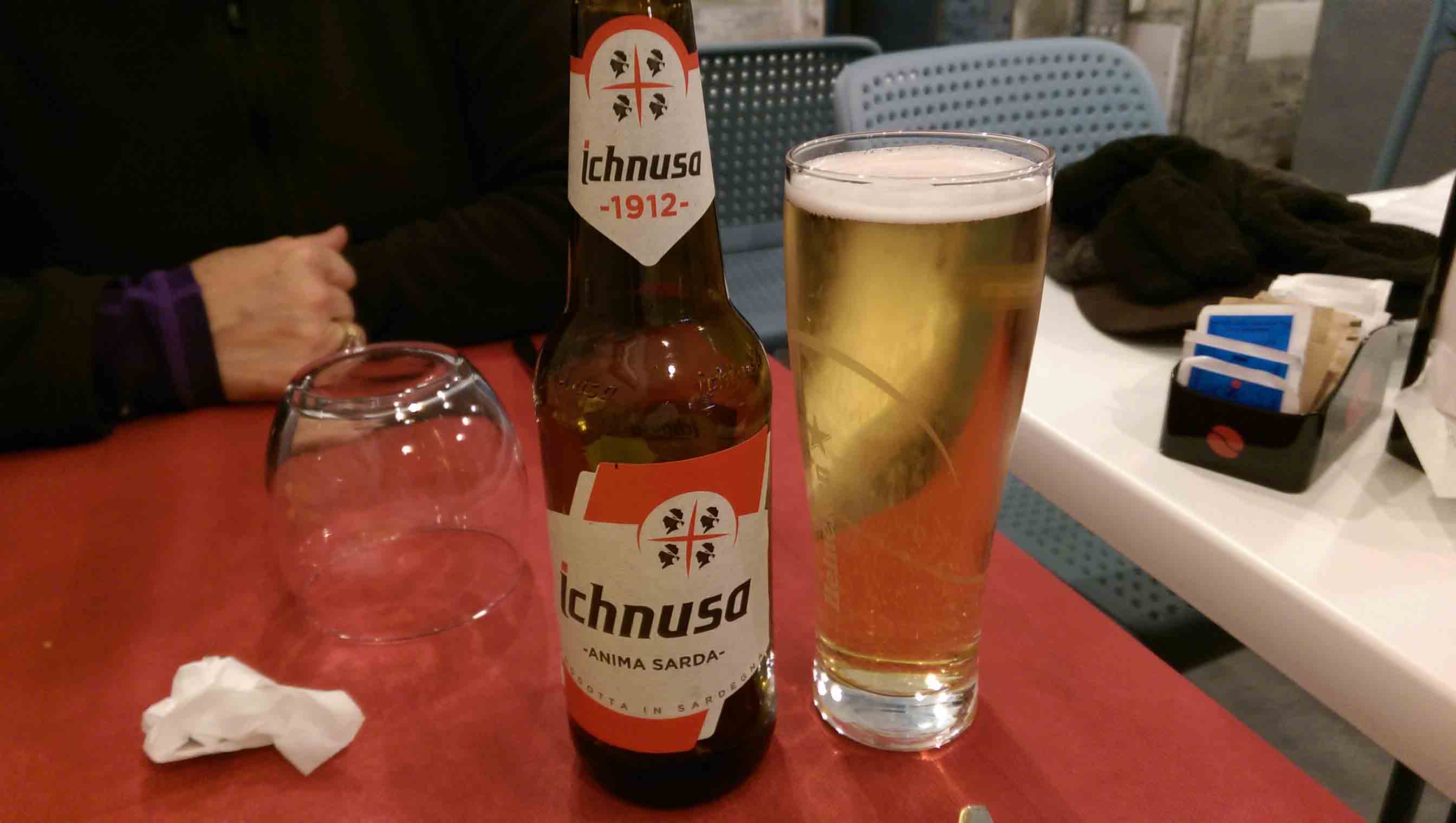
Colourful Bosa:
The pretty port of Bosa was one of the places Fabiola suggested we visit. On the coast road on the way there, we found a public pump where we could fill up our water tank. Maybe it wasn’t going to be so difficult to wild camp on Sardinia after all.
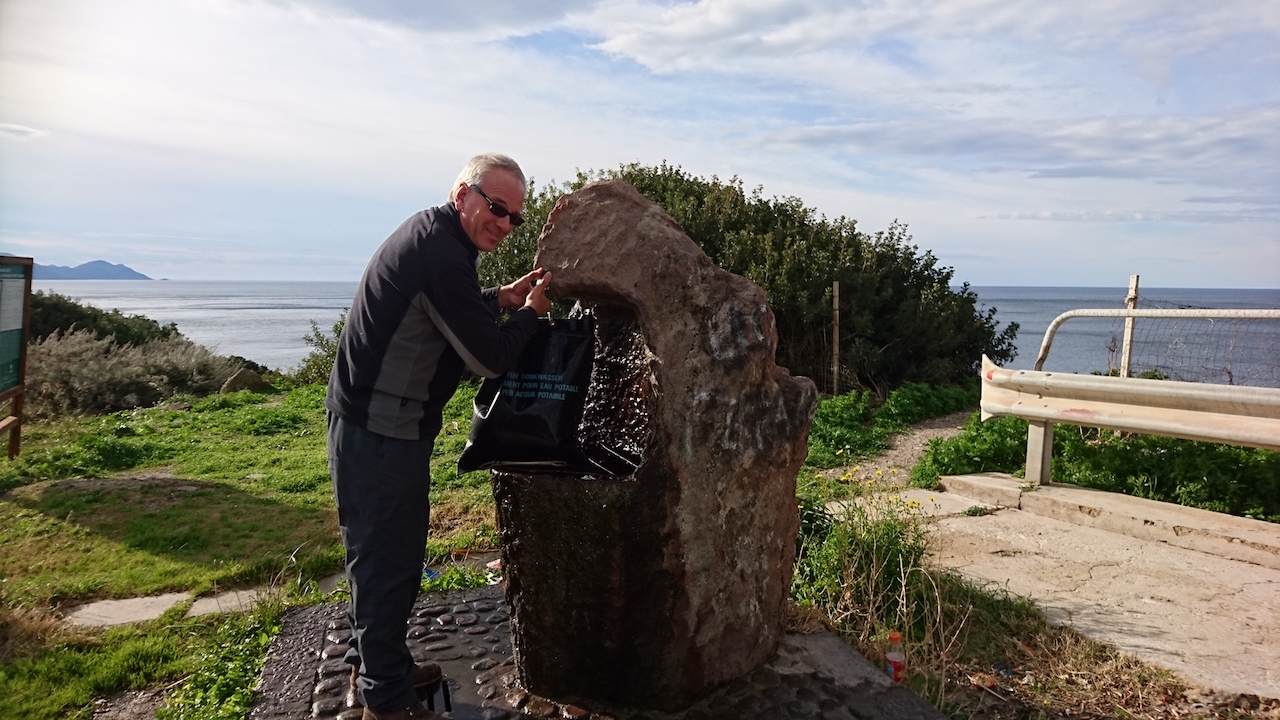
We arrived at Bosa’s riverside…
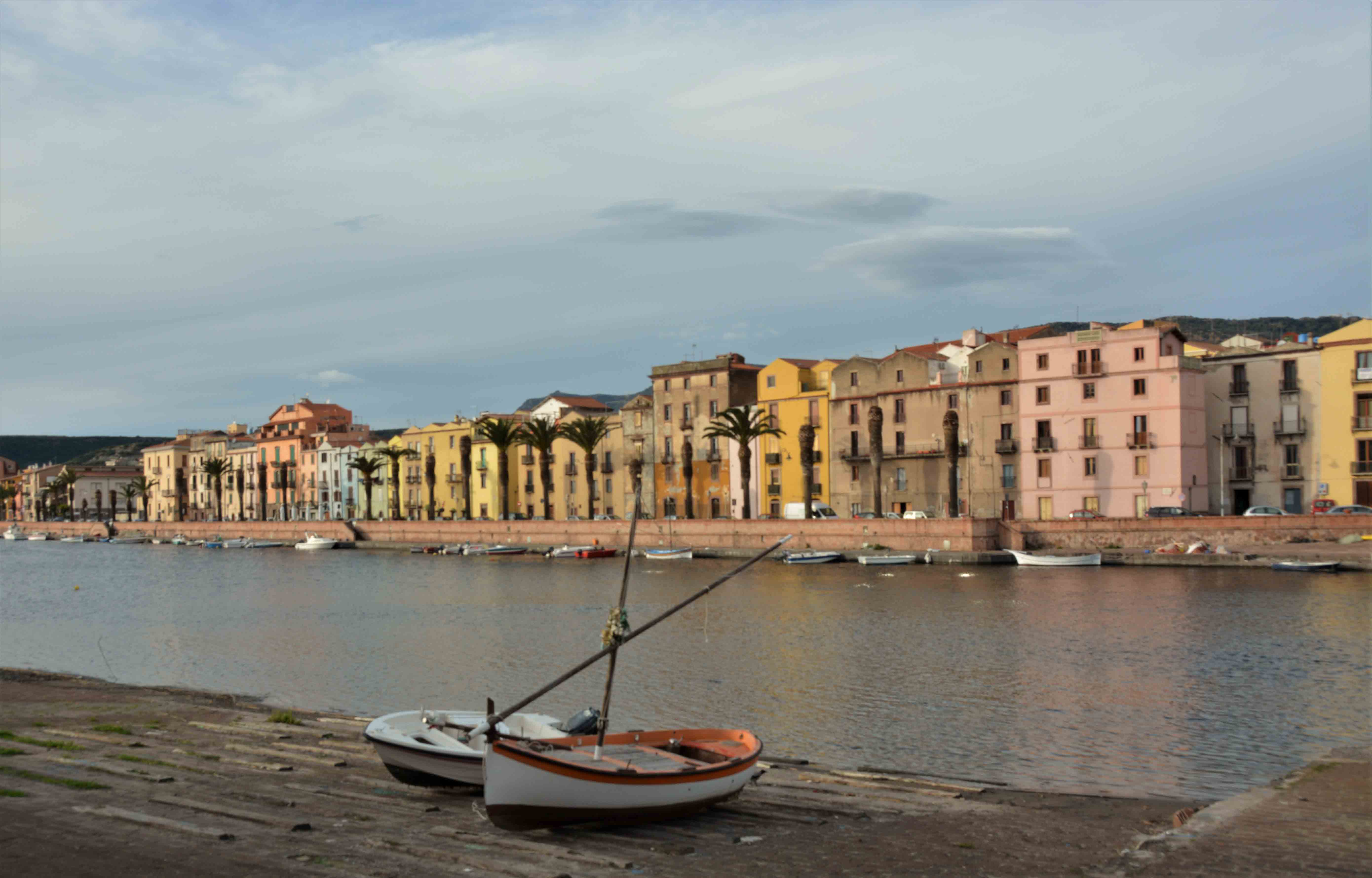
…and then using the Campercontact app found a place where overnight parking was permitted, though no services were provided.
Once again we were the smallest in the playground.

We parked up and headed off to explore the colourful old town which is perched up the side of a hill.
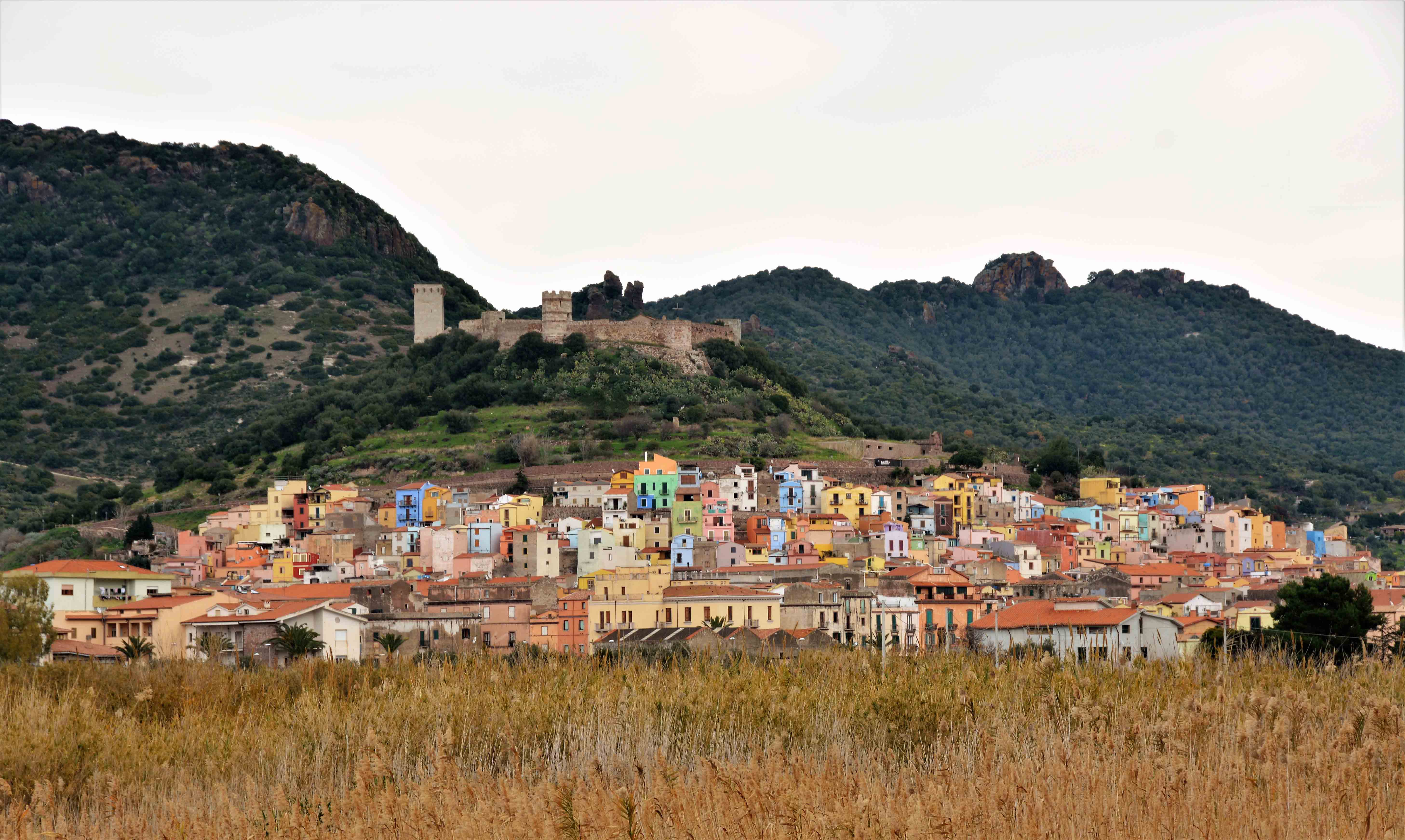
It was a good stomp up to the castle which was closed but it was worth the trip anyway to see the views over the town and to the sea beyond.
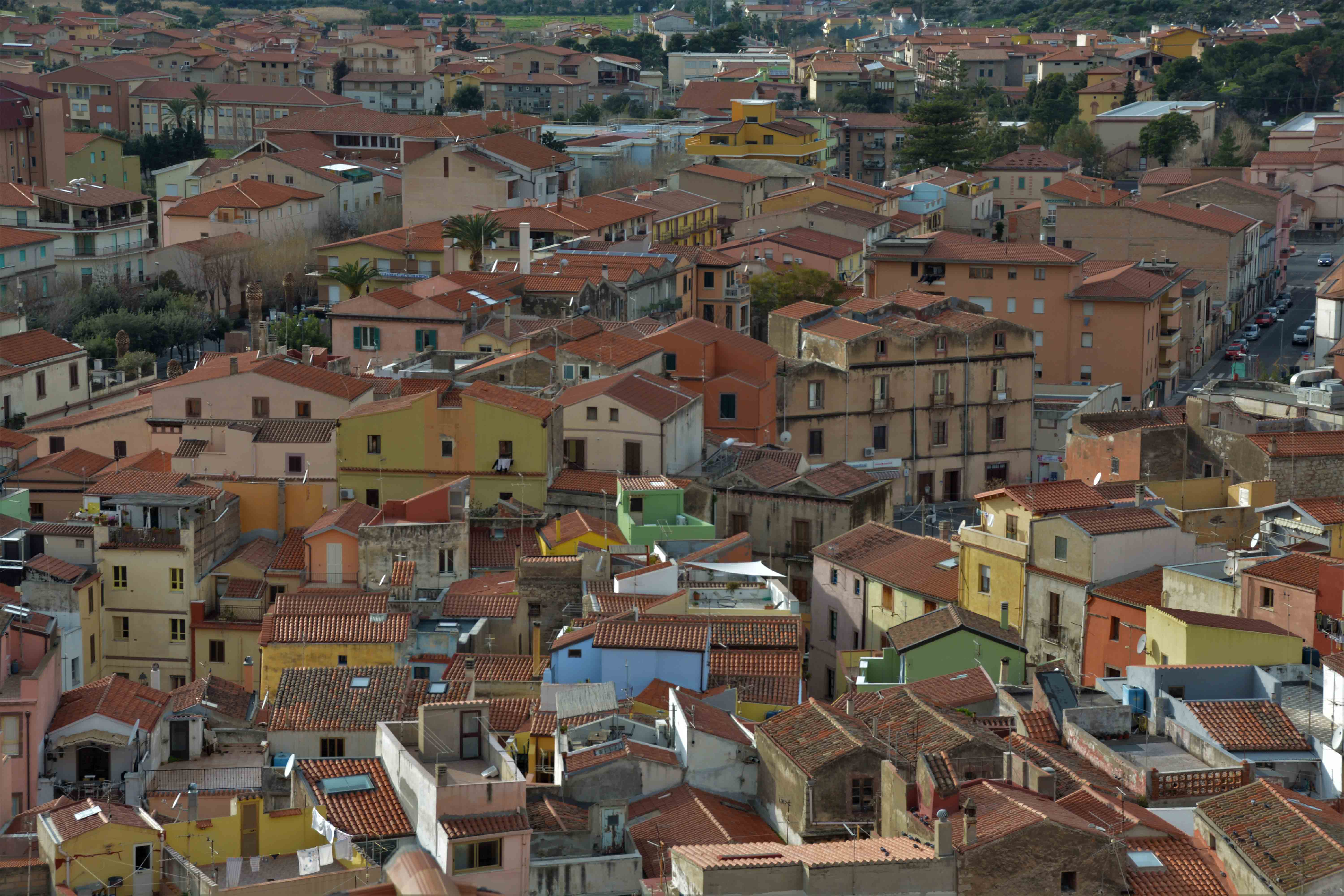 But other than a few sun worshipping cats and an elderly Austrian who has been coming to Bosa for 15 years “though it has it’s flaws’ he told us cryptically, we didn’t see another living soul.
But other than a few sun worshipping cats and an elderly Austrian who has been coming to Bosa for 15 years “though it has it’s flaws’ he told us cryptically, we didn’t see another living soul.
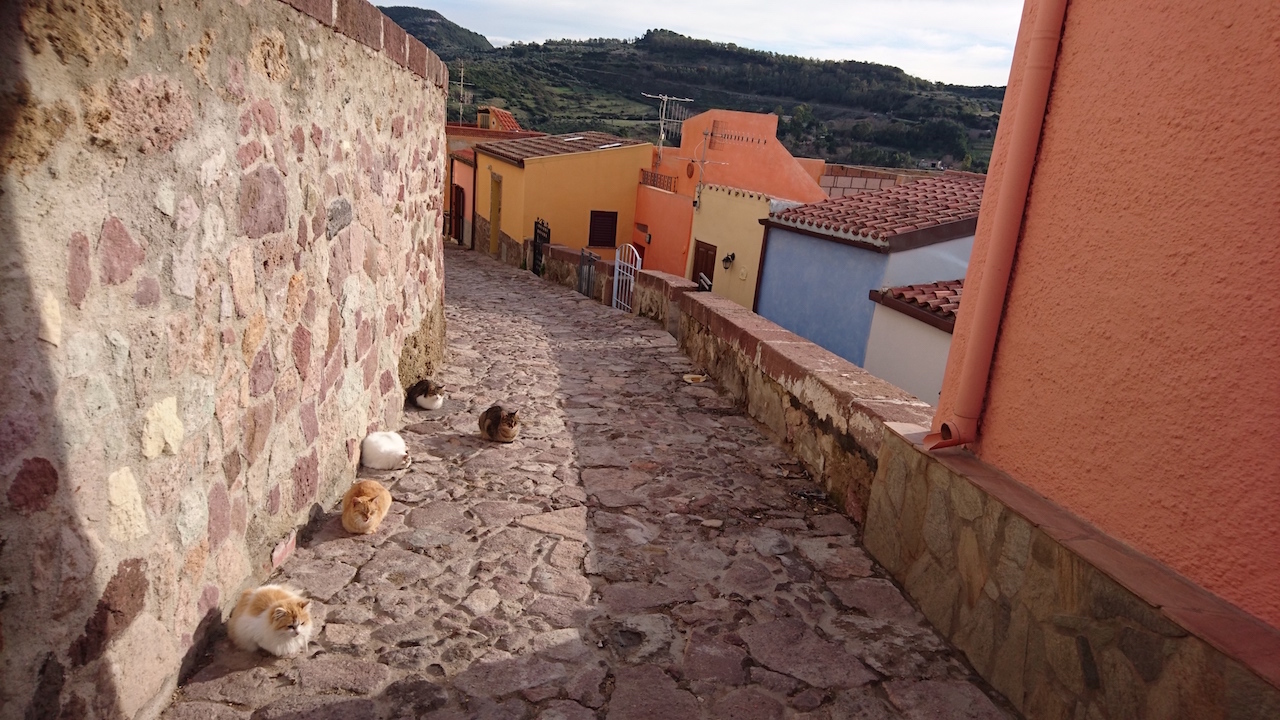
Though we could hear throughout the streets the rhythmic sound of many builders hammering away renovating the old houses ready for the summer tourist season to come.
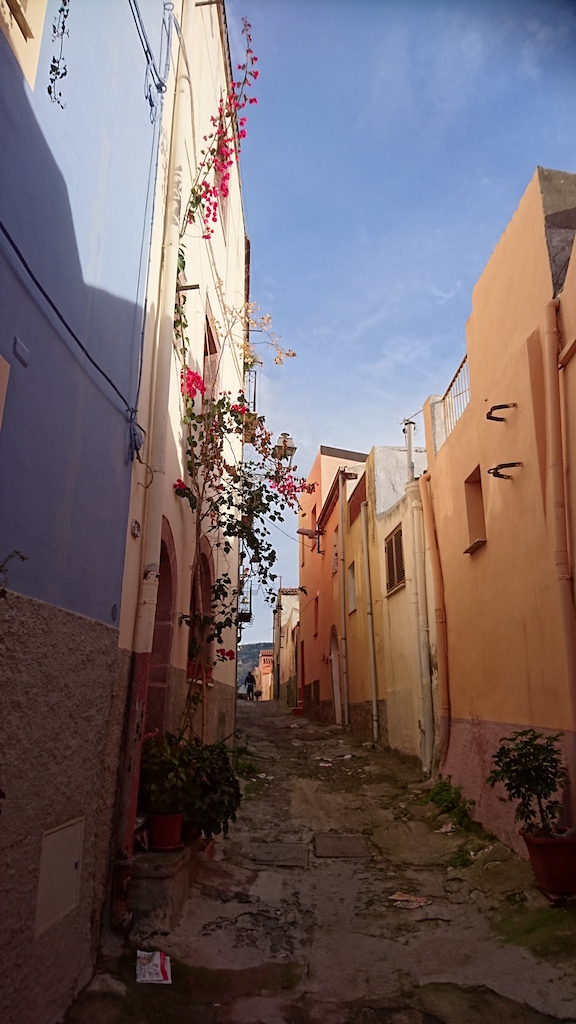
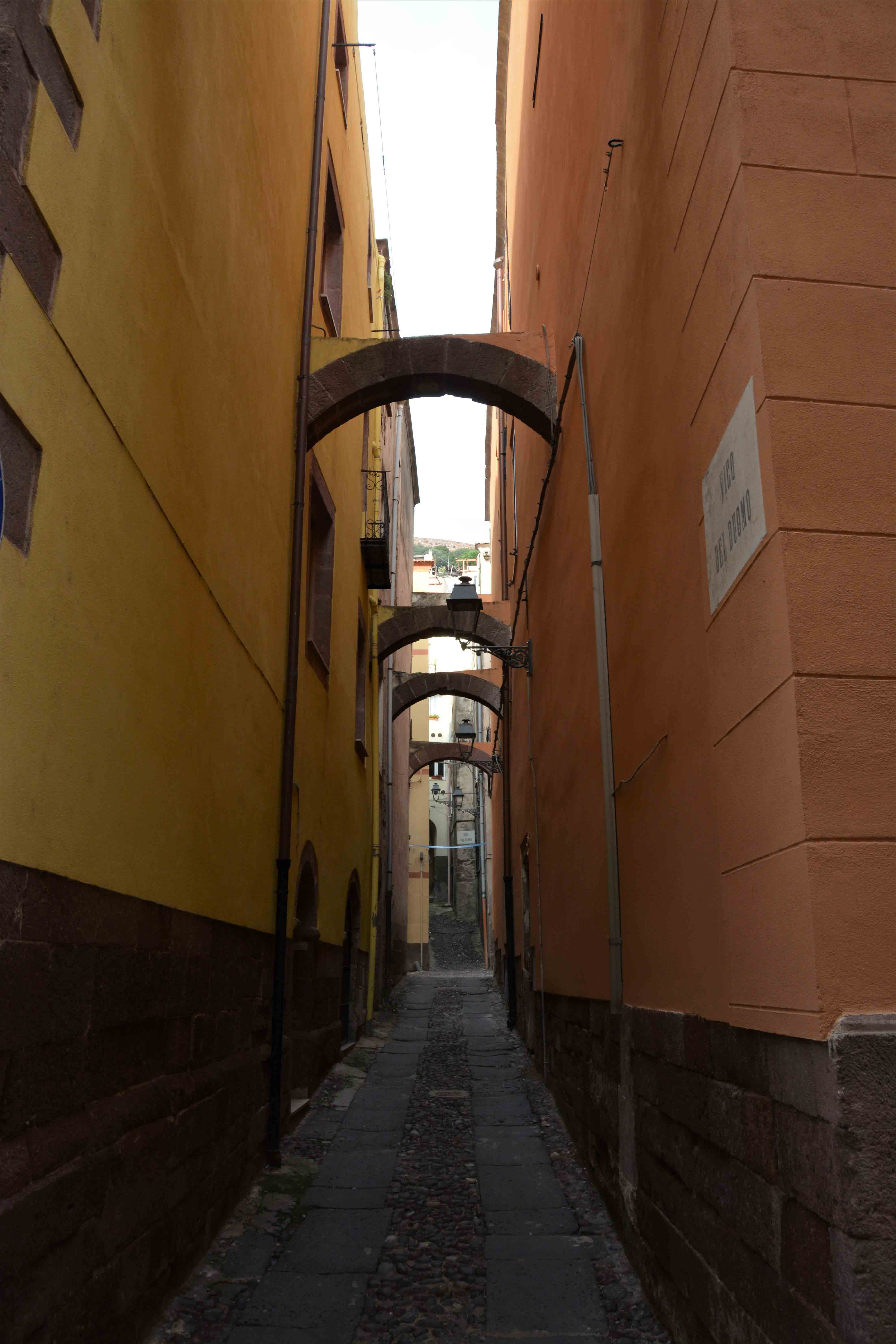
And there were quite a few properties up for sale. How about this one – it’s going for 75k euro for a four-storey house. Bargain investment or money pit?
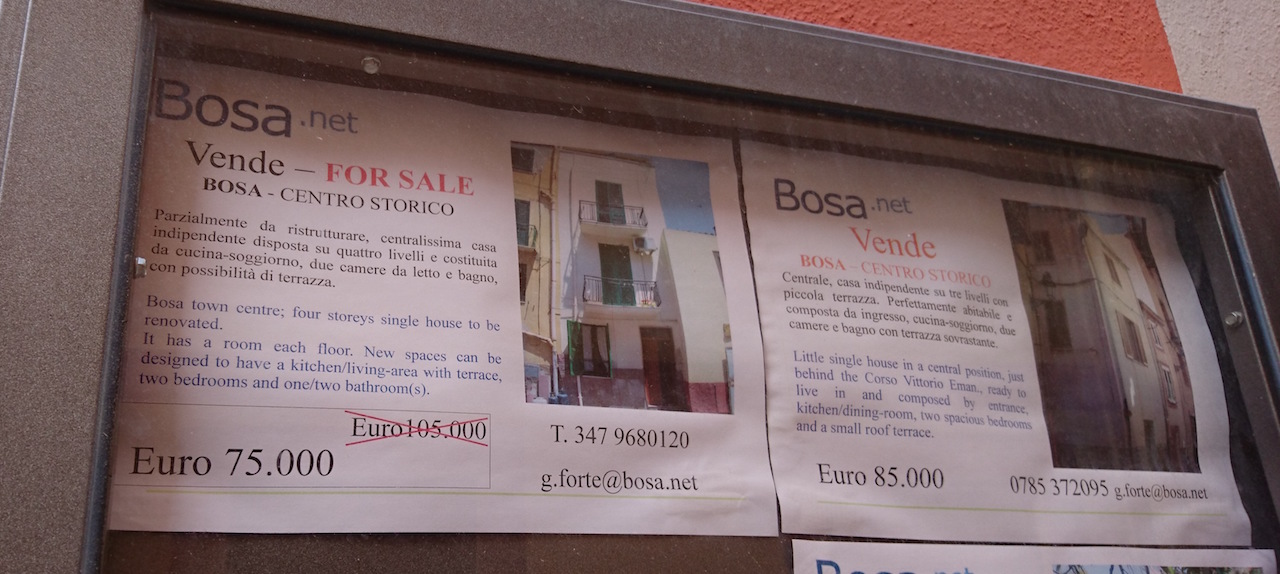
Life on the farm – or not
After Bosa, we decided to head inland. Our plan was to stay on a farm – one of the ones in the Fattore Amico scheme we’d joined when first planning this trip.
Our original itinerary before we changed our plans to do the Corsica-Sardinia-Sicily island hop would have given us much more time in Italy. This farm scheme (which you join by buying the guide book which includes the membership card) allows campervanners to stay for free on farm land, without any other camping services provided. In return the farmer gets the opportunity to showcase and hopefully sell whatever the farm produces.
As the 2016 membership expired on 10 February 2017, we hoped we’d get in under the wire and experience at least one of the farms in the scheme. We telephoned one promising sounding place, inland from Bosa, and in a tricky conversation where the farmer had to enlist the aid of a friend/son with some English, he agreed we could stay there ‘domani’.
And so domani dawned and off we set to find the farm.
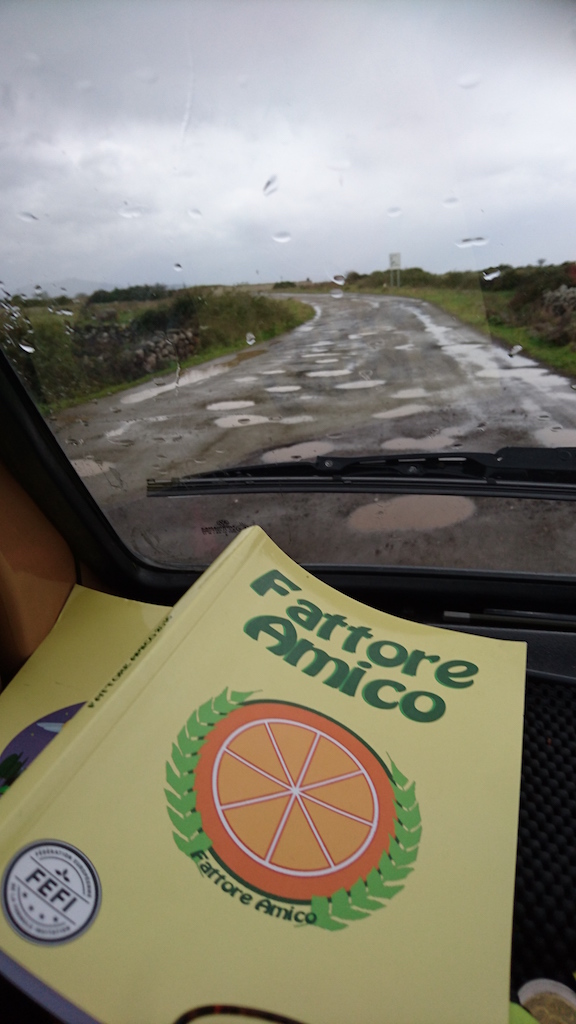
Tis better to travel hopefully they say. We pictured the evening ahead – warm and well fed in front of a blazing fire, exchanging smiles and nods with a twinkly-eyed weather-beaten Sardinian farmer while his equally twinkly-eyed wife fed us with hearty Sardinian fare while we checked Google translate for ‘no I couldn’t possibly eat anymore’.
The idea that they would just leave us in a chilly van (our gas heater is unfortunately not working) after making us buy more kilos of smelly cheese than we could possible eat simply didn’t figure in our rustic daydream.
The farm was difficult to find. Even Serena (as the manual names our silky-toned GPS navigator) was stumped.
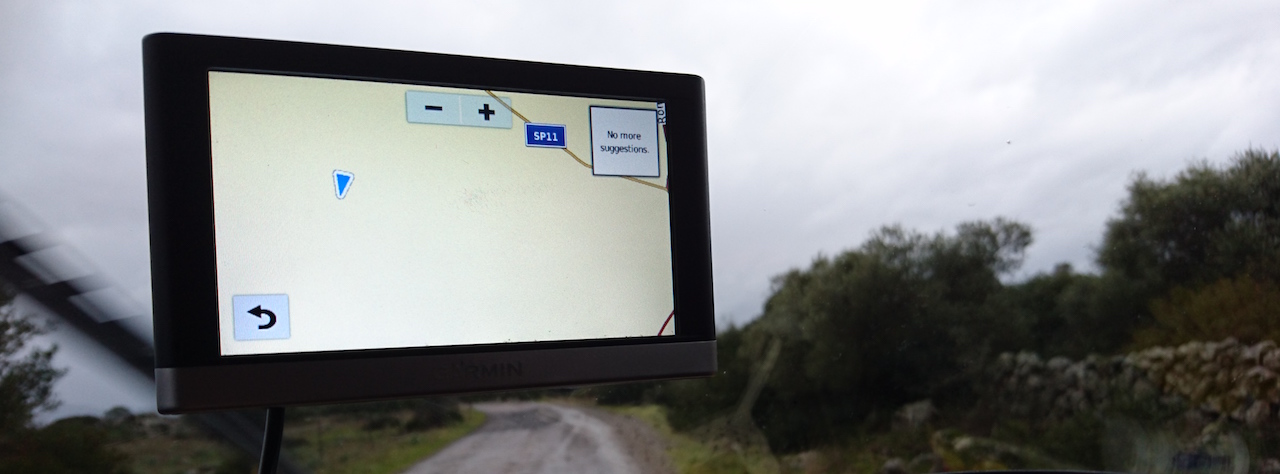
Then when we were sure we’d finally found the right place, there was another obstacle.
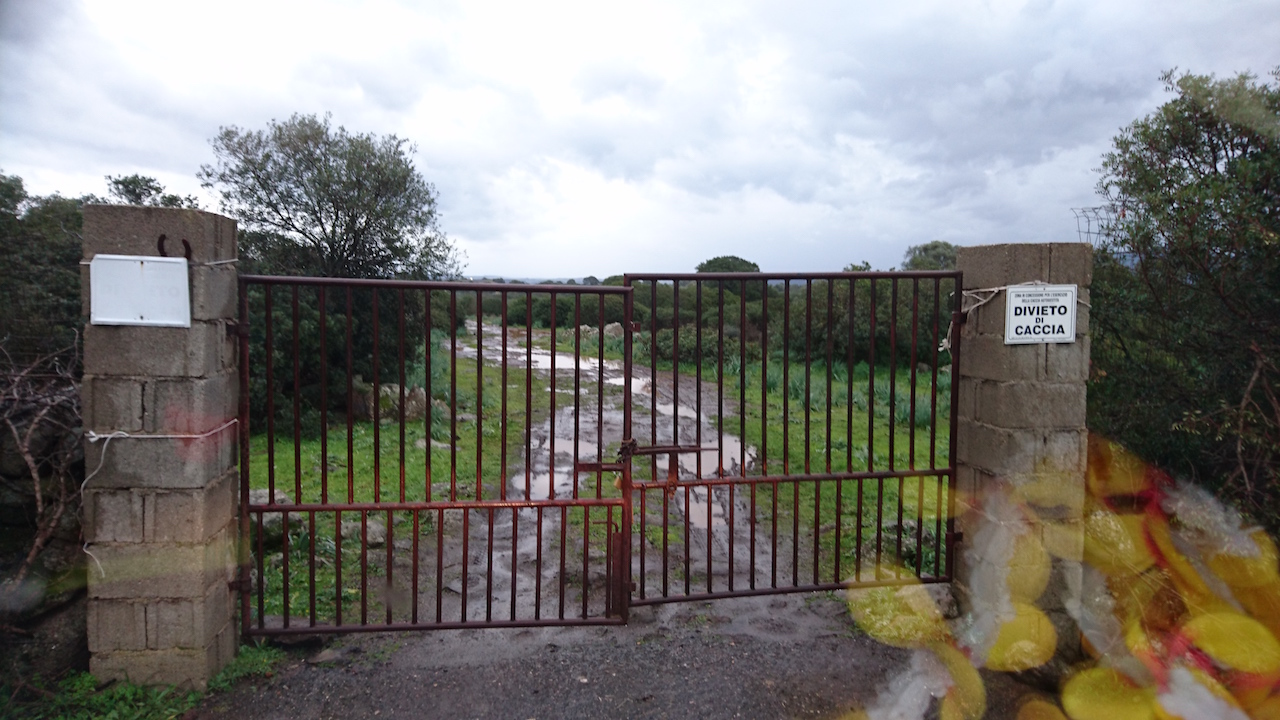
Even if we could get our farmer to unlock the gate, the heavy rain had made the mud track impassable for our non-four wheel drive van.
We gave up and headed back to the nearest village to find somewhere to park overnight, driving all the while directly towards forked lightning and black storm clouds. But every cloud ….
The nearest overnight parking stop was in the village of Fordongianus, once an old Roman spa town.

The parking area for motorhomes was right beside this natural hot spring…
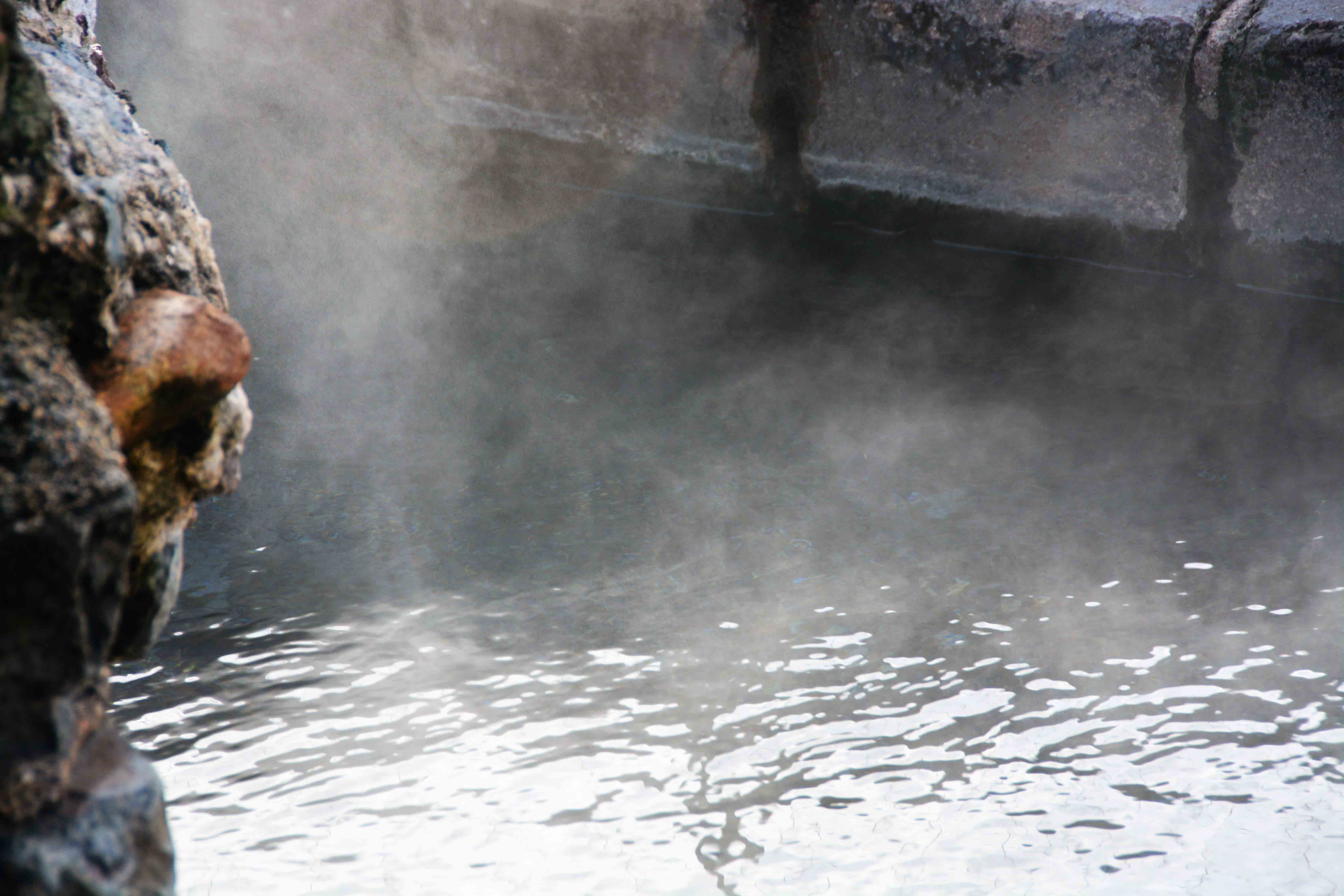
…where the water coming out of the ground is so hot….
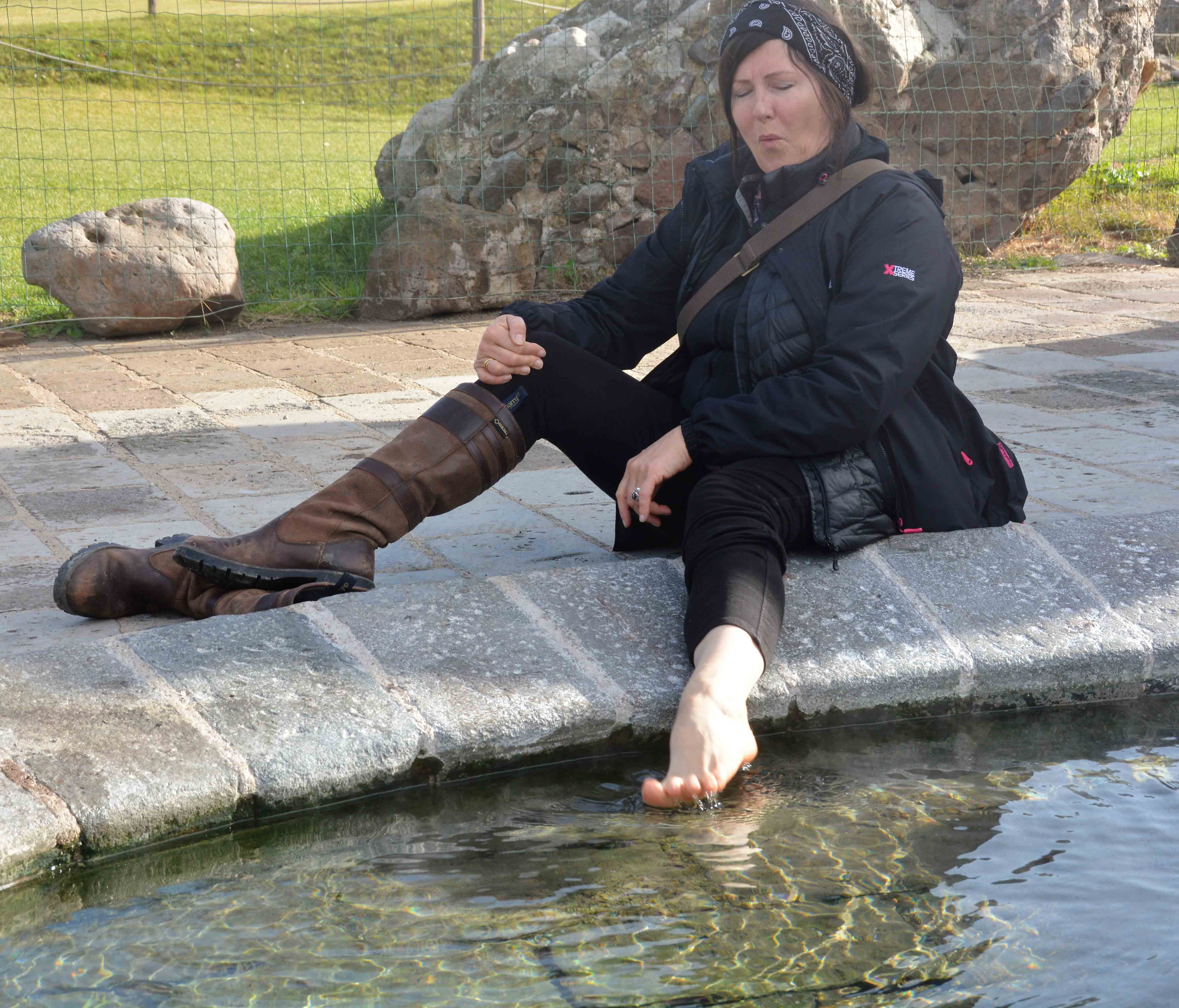
…even the locals were coming up to boil their greens…
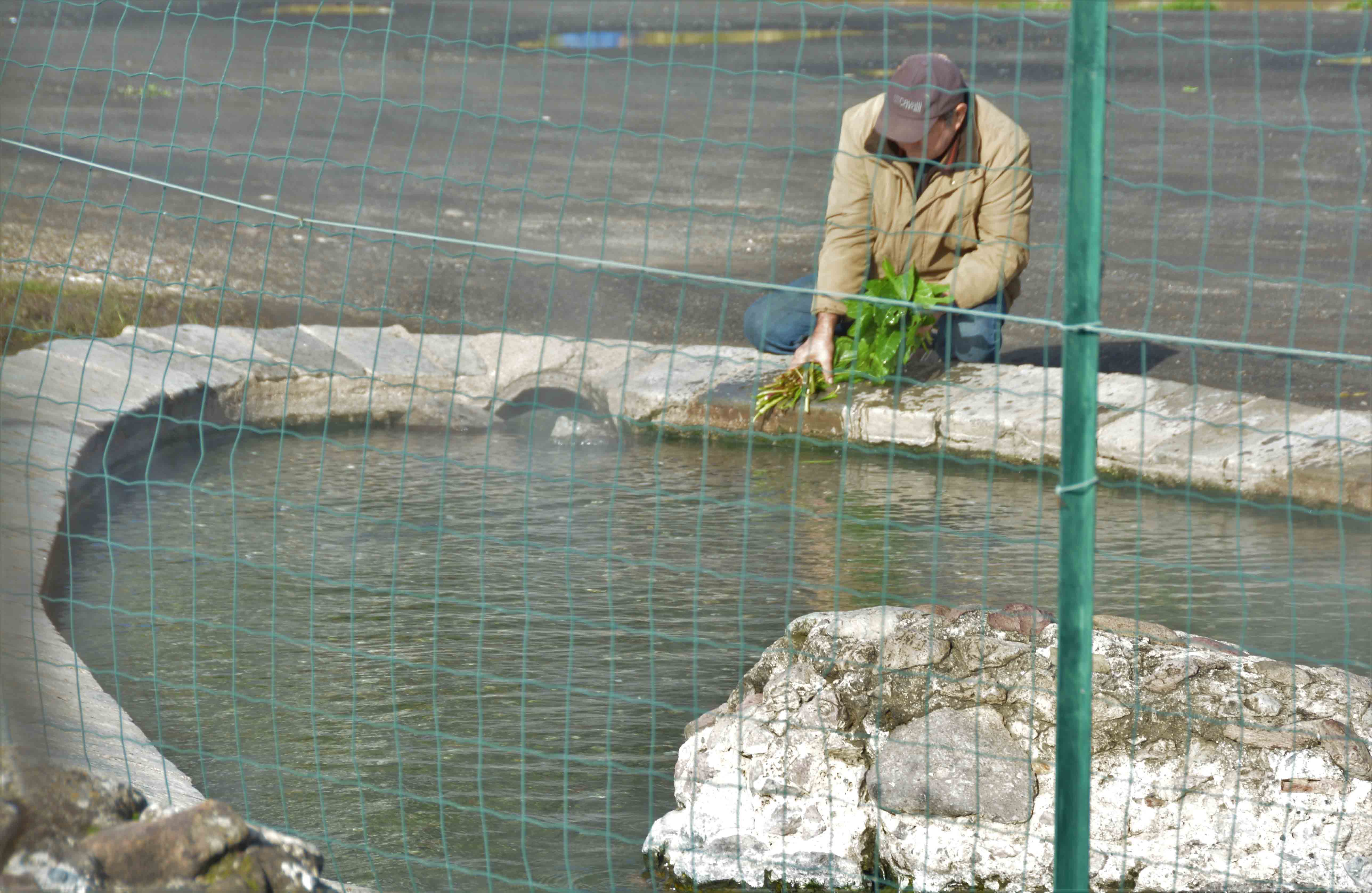
And even better, just up from the hot springs, there was a mini-spa where for 4 euro you could have a 30-minute soak in the hot sulphur-smelling waters.
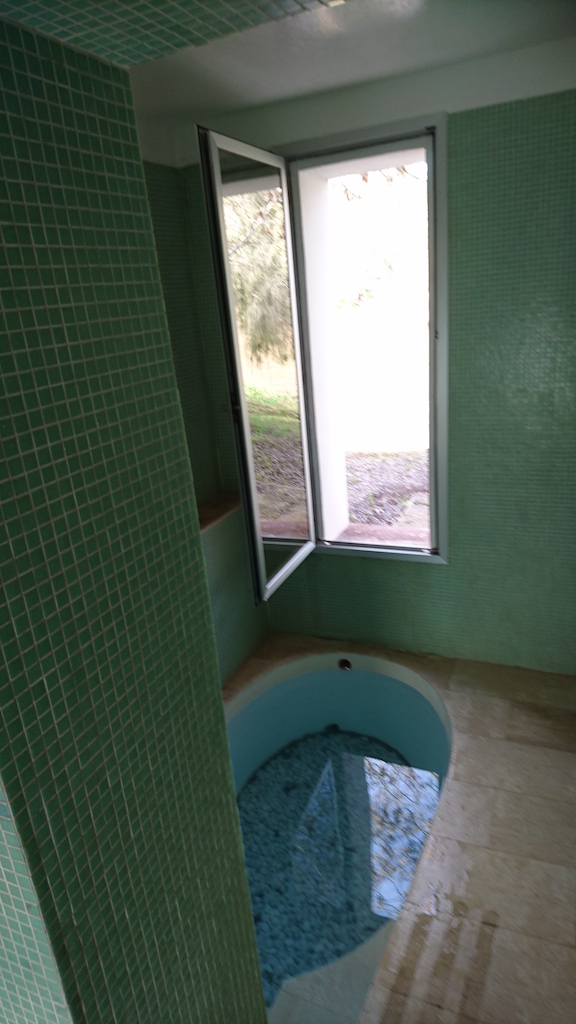
Who needs a hotel when nature offers it all on tap?
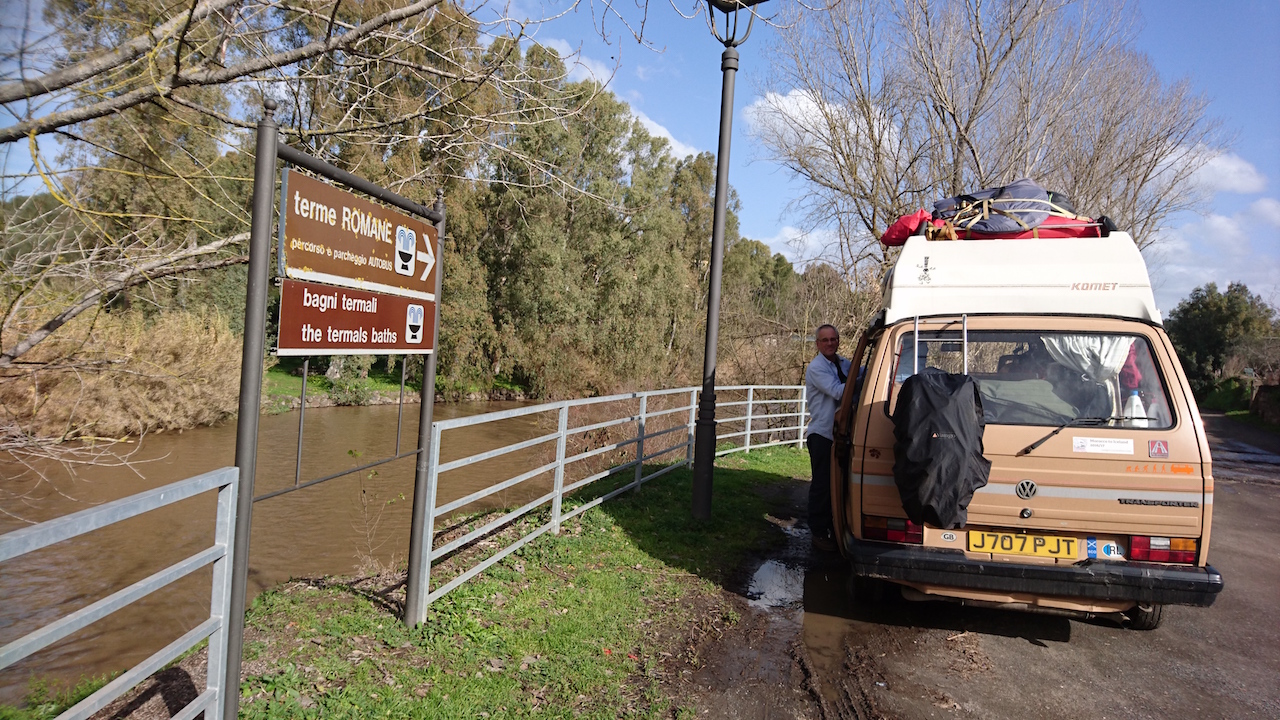
The thunder and lightning storm continued for most of the night, but next morning the sun was shining and a hot bath and hot porridge beckoned. All was right with the world.
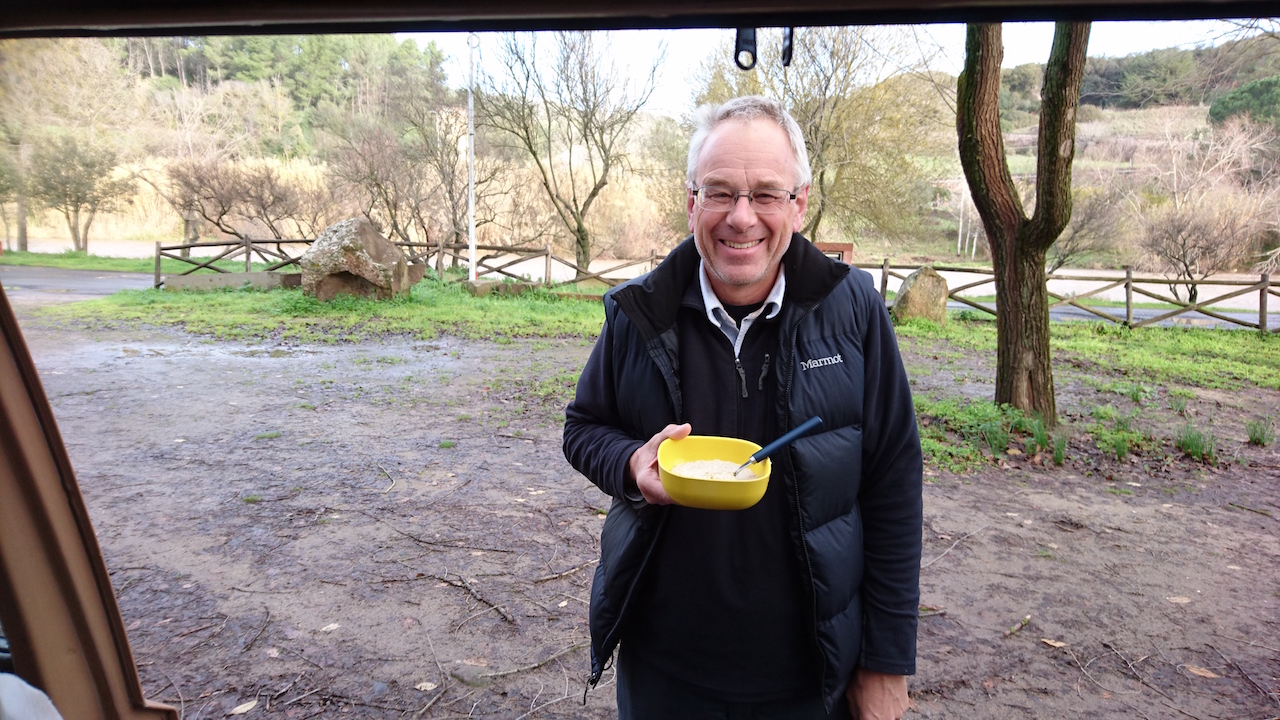
And now for some Facist architecture…
It was seeing Arborea on the map which first set us on the trail of the Facist New Towns in Sardinia.
At first we weren’t sure that this place to the west of Fordigianus was even a town. It was marked as a series of horizontal and vertical lines in a symmetrical grid pattern. And as for the name? It sounded like some rural Utopia.
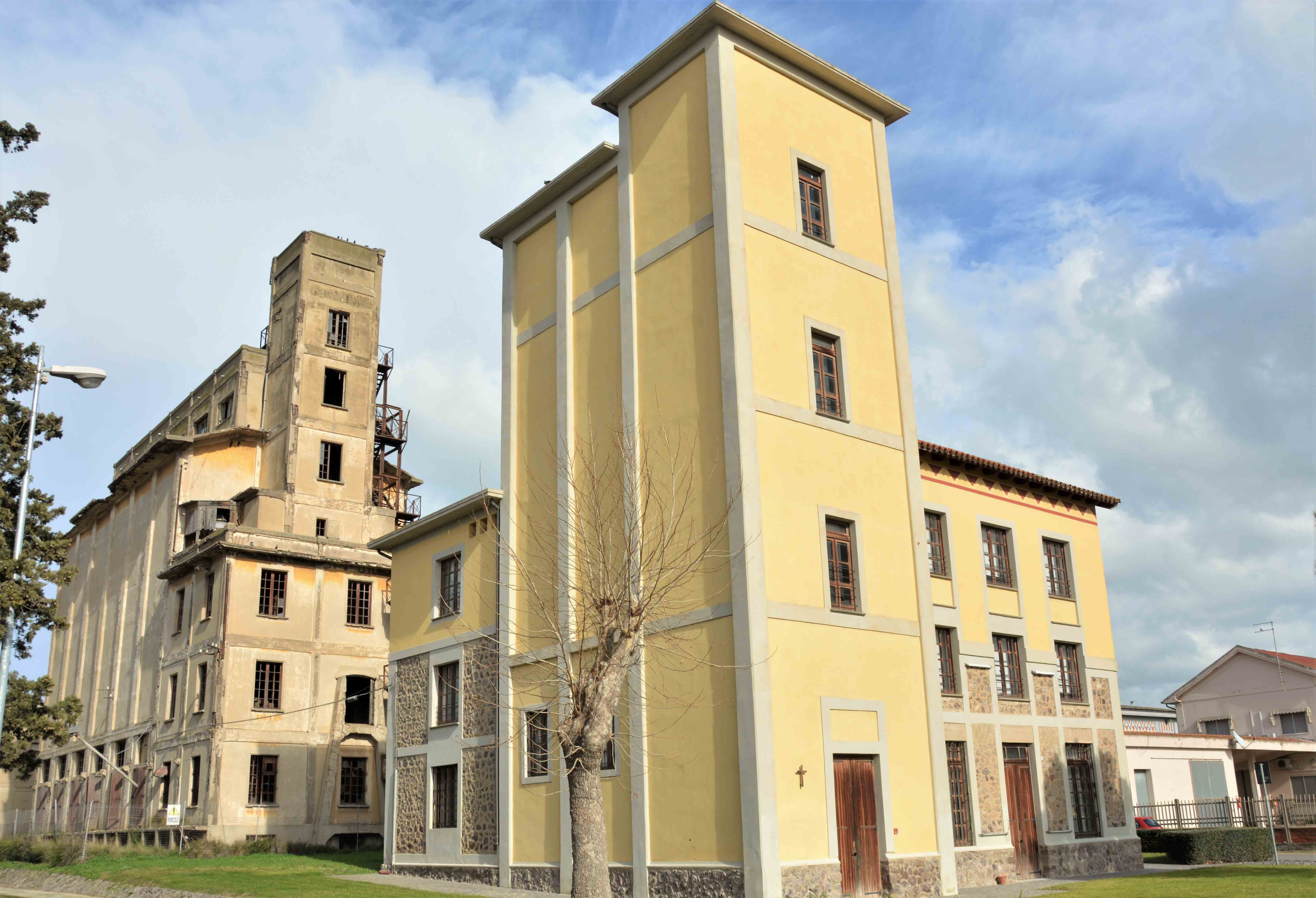
We weren’t that far off as it turned out. Arborea, or as it was originally called Mussolinia, was the first Facist New Town built in Sardinia back in 1928. It was part of Mussolini’s dream for self-sufficiency and here the project was designed to turn malarial marshland swamps into fertile agricultural land.
The new town created was initially populated by people from the Veneto region on the mainland which is why the architecture of the main square looks vaguely in the style of buildings from home for these new ‘colonials’.
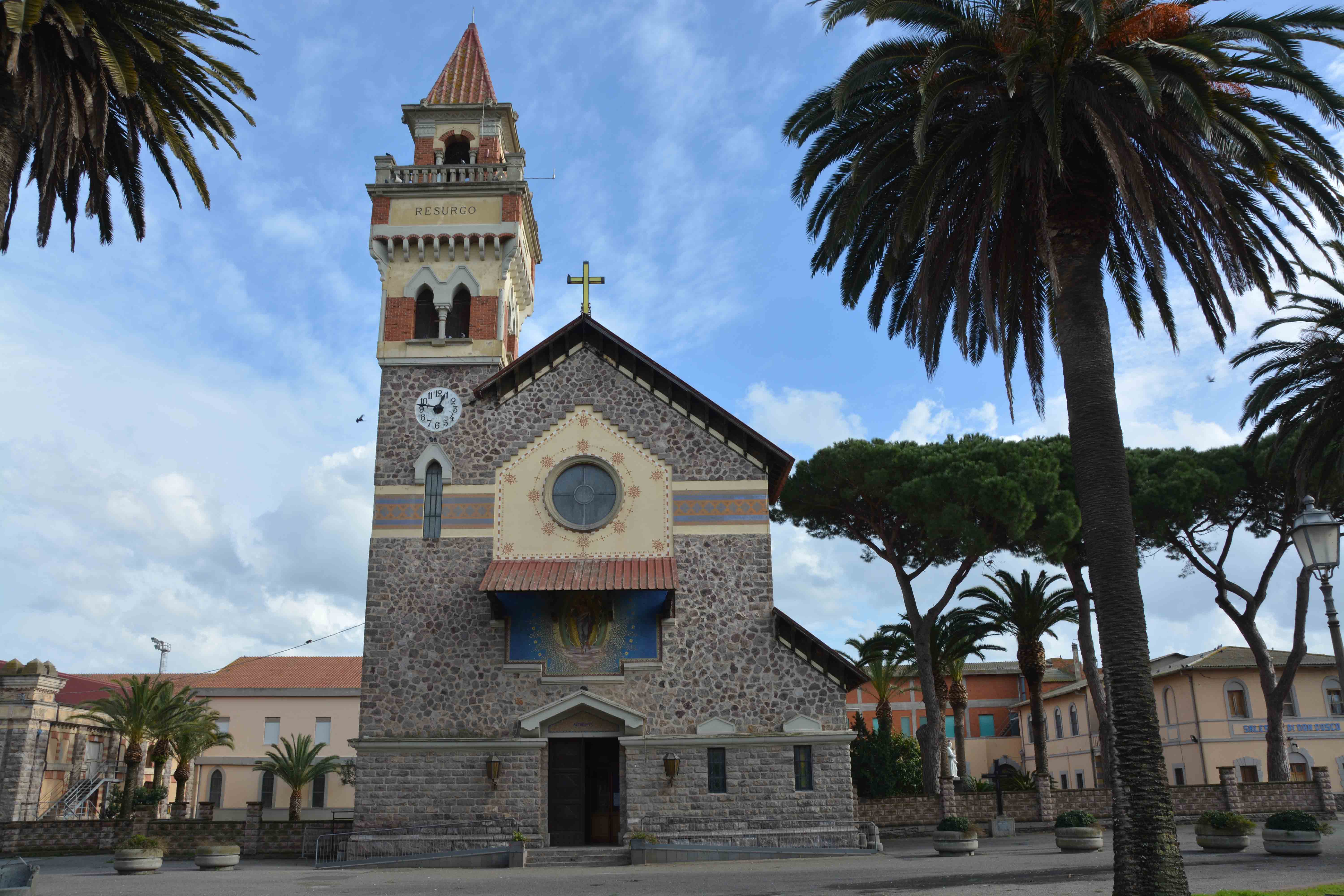
But further away from the main square, the architecture was much more severe…no frills here on the Casa del Fascio, the building which was the former facist headquarters and is today a municipal cafe/bar serving damn fine coffee.
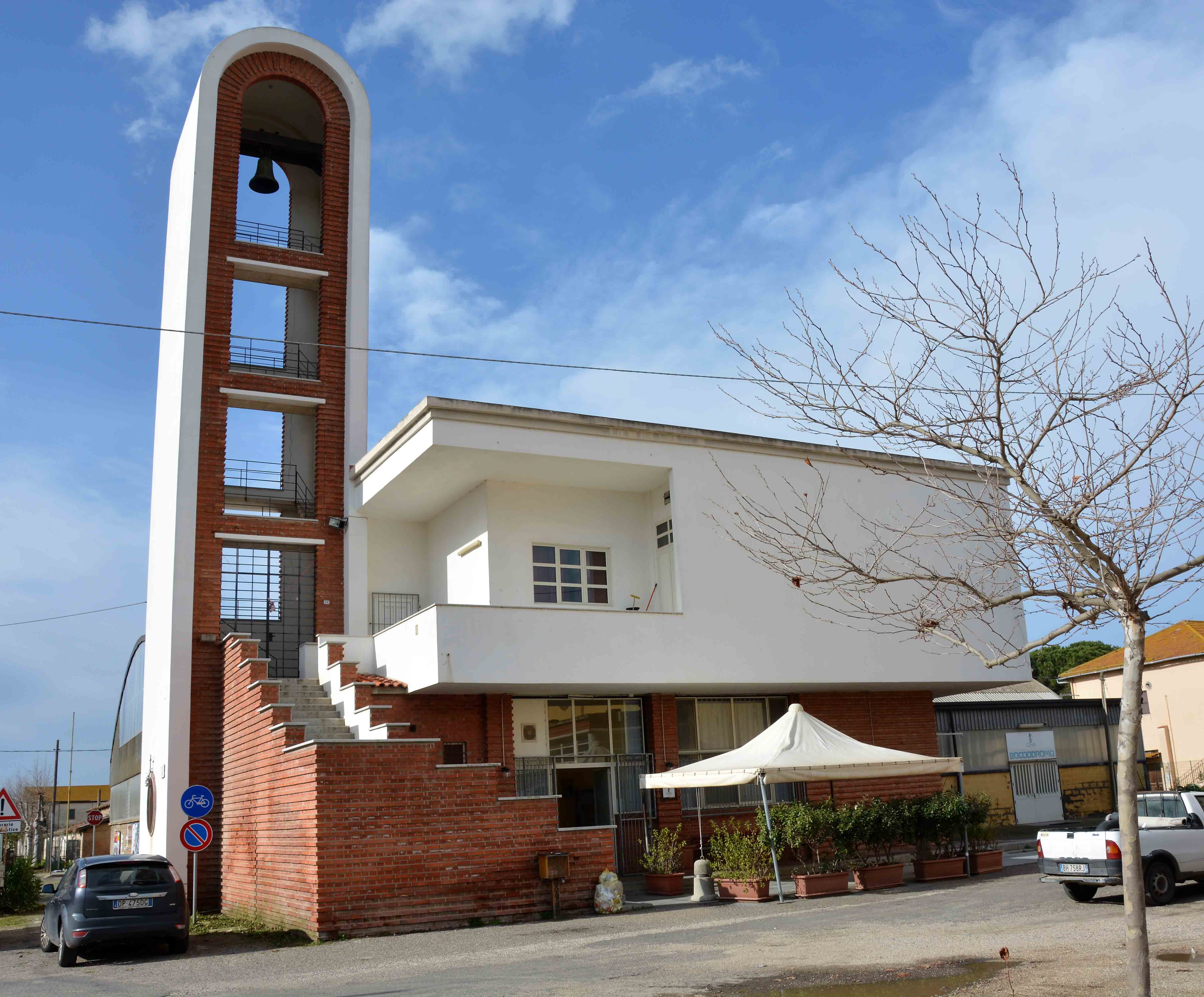
And next door, this is the Casa del Balilla – originally the facist youth centre.
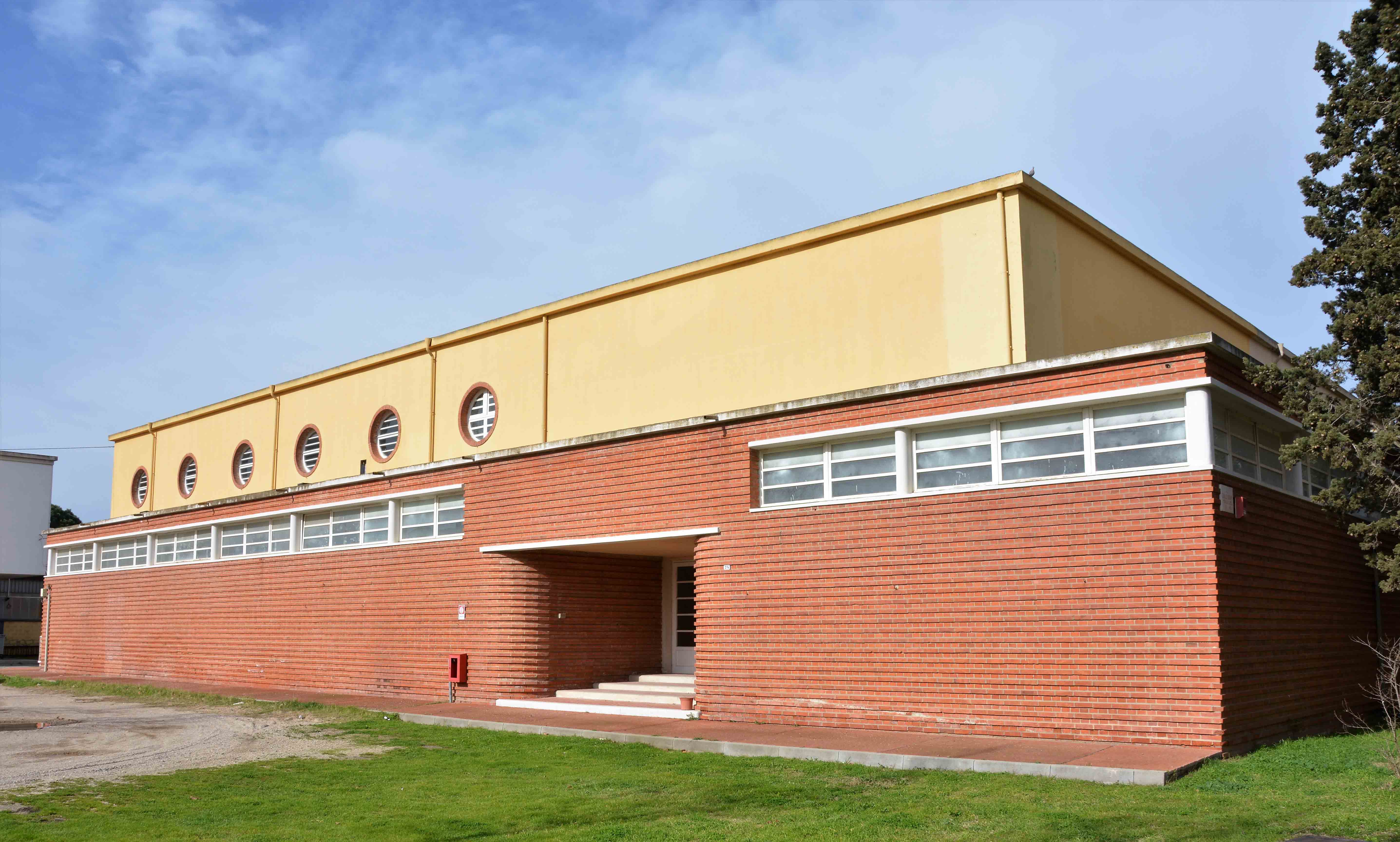
And this was the former sports centre, now looking very dilapidated.
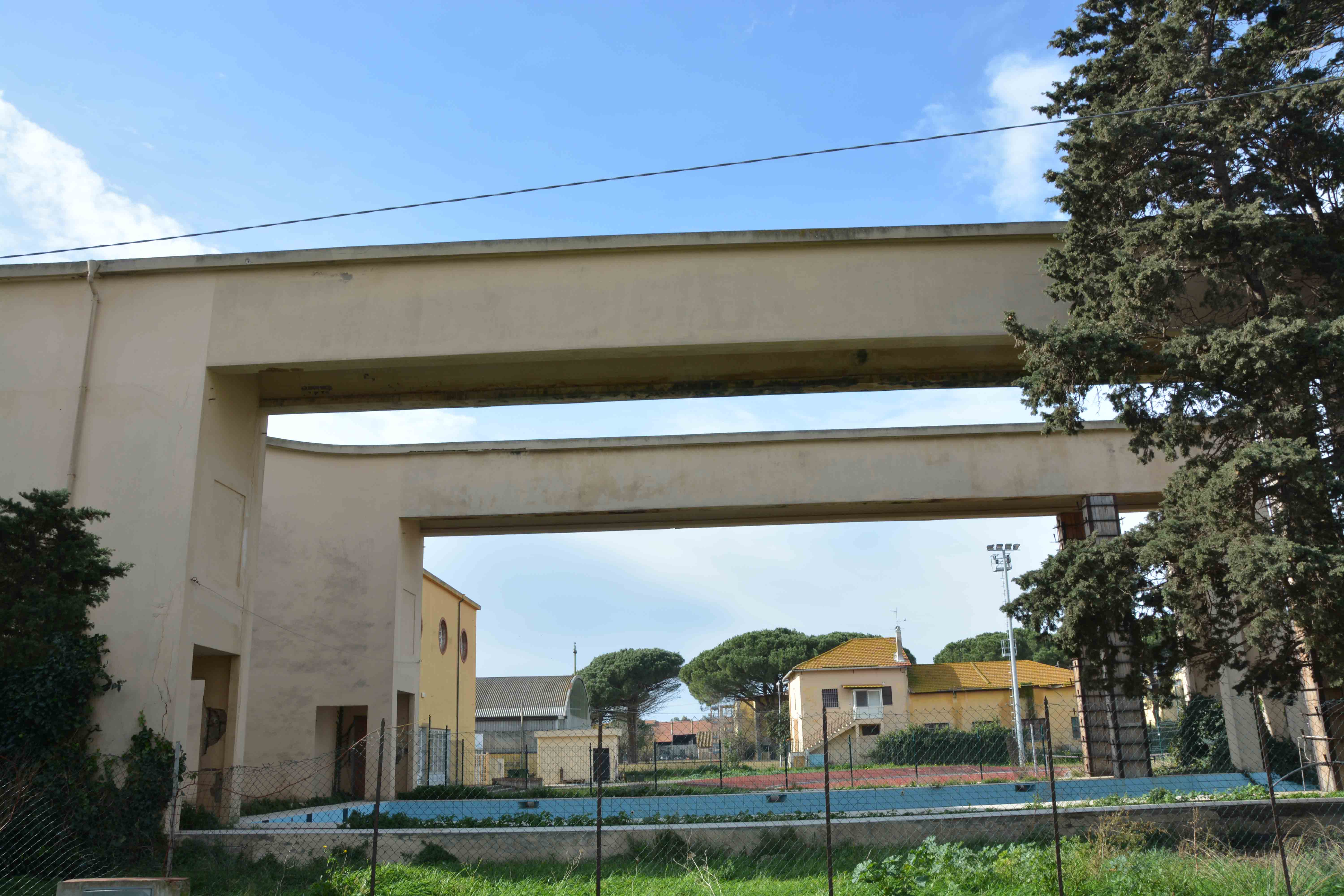
It was all strangely fascinating and we wanted to see more. Our next stop was Cortoghiana where the housing was constructed in the 1930’s for the coal workers employed in the nearby mines.
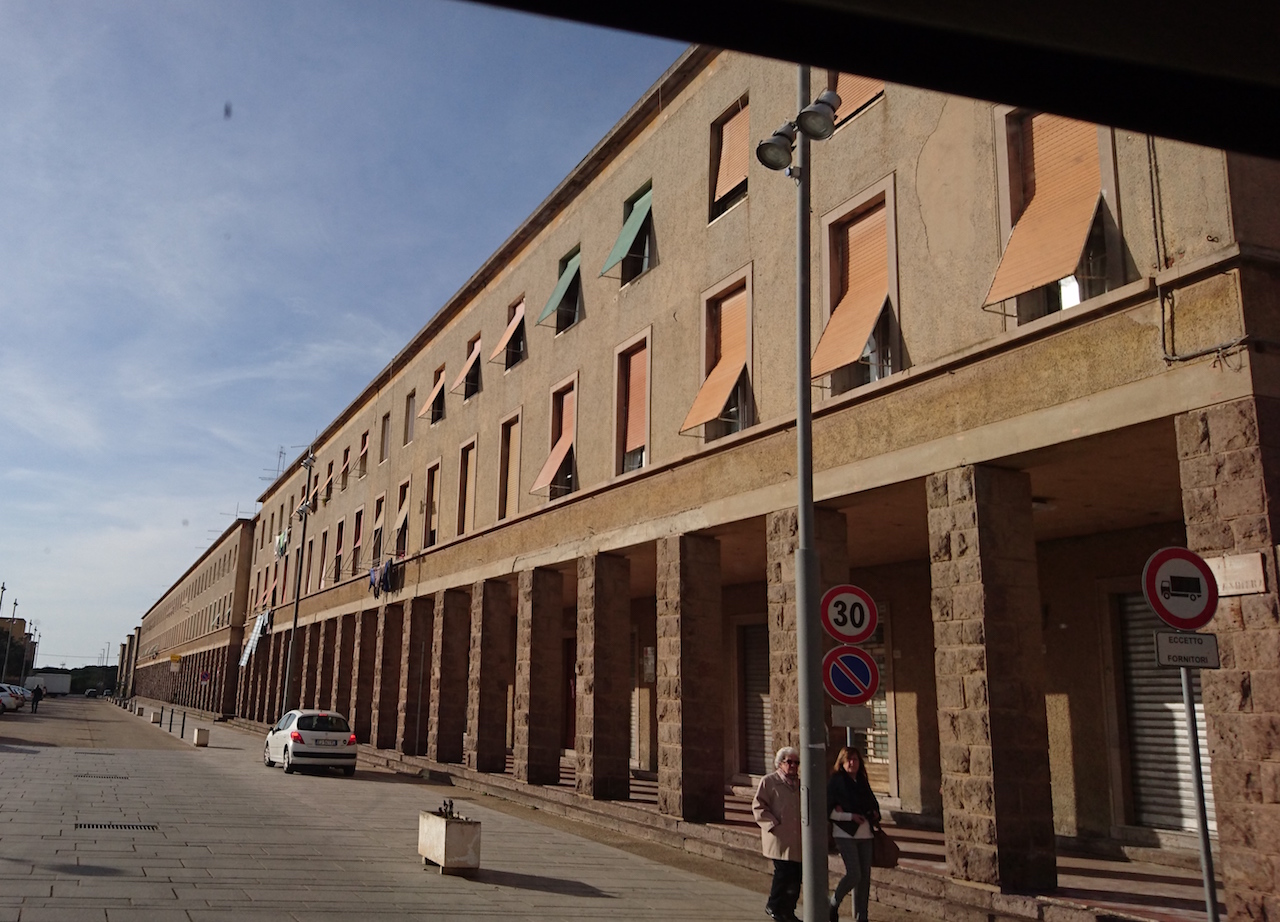
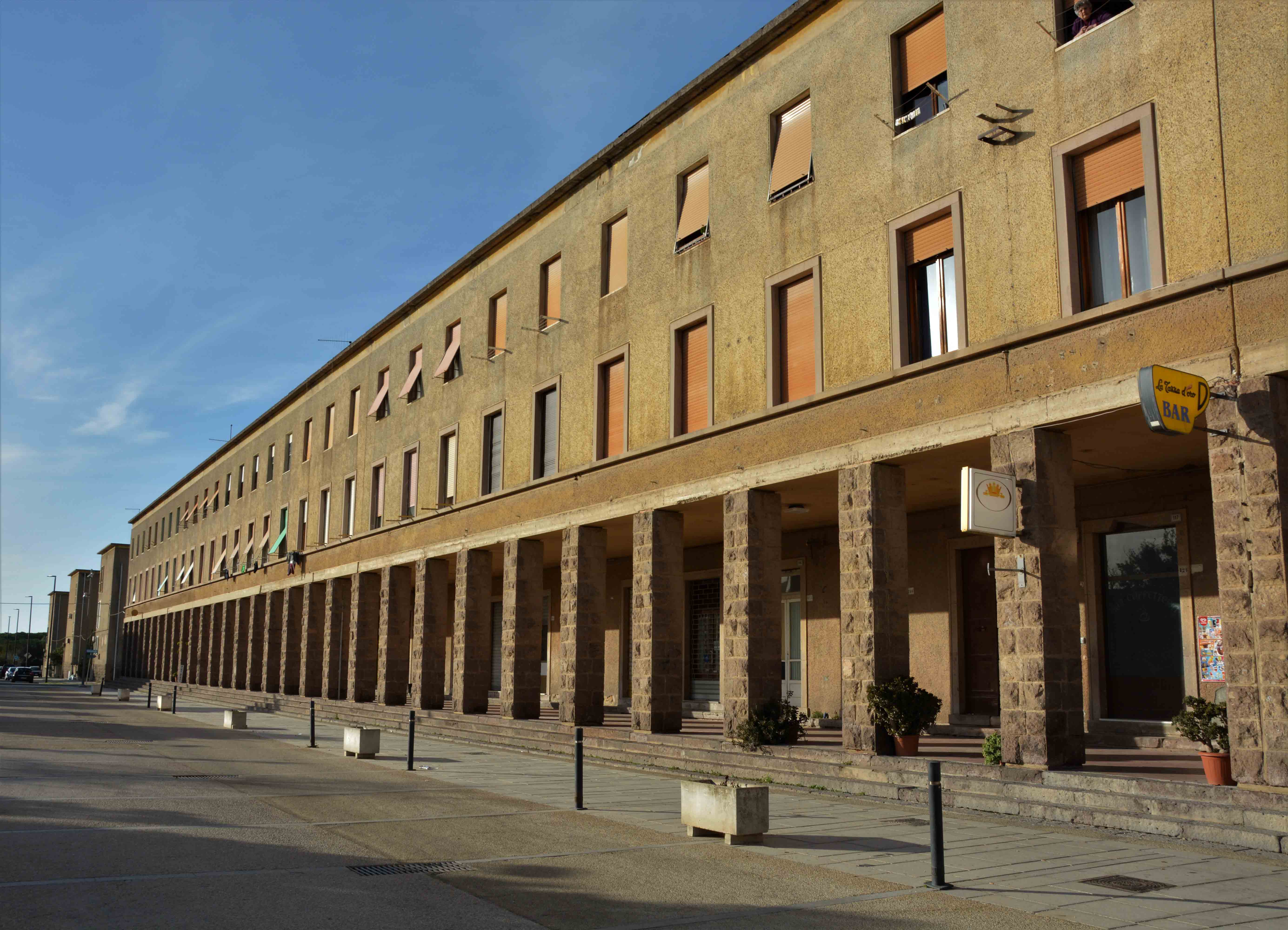
Then we went to Carbonia which was also constructed as a model town for the coal mining community.
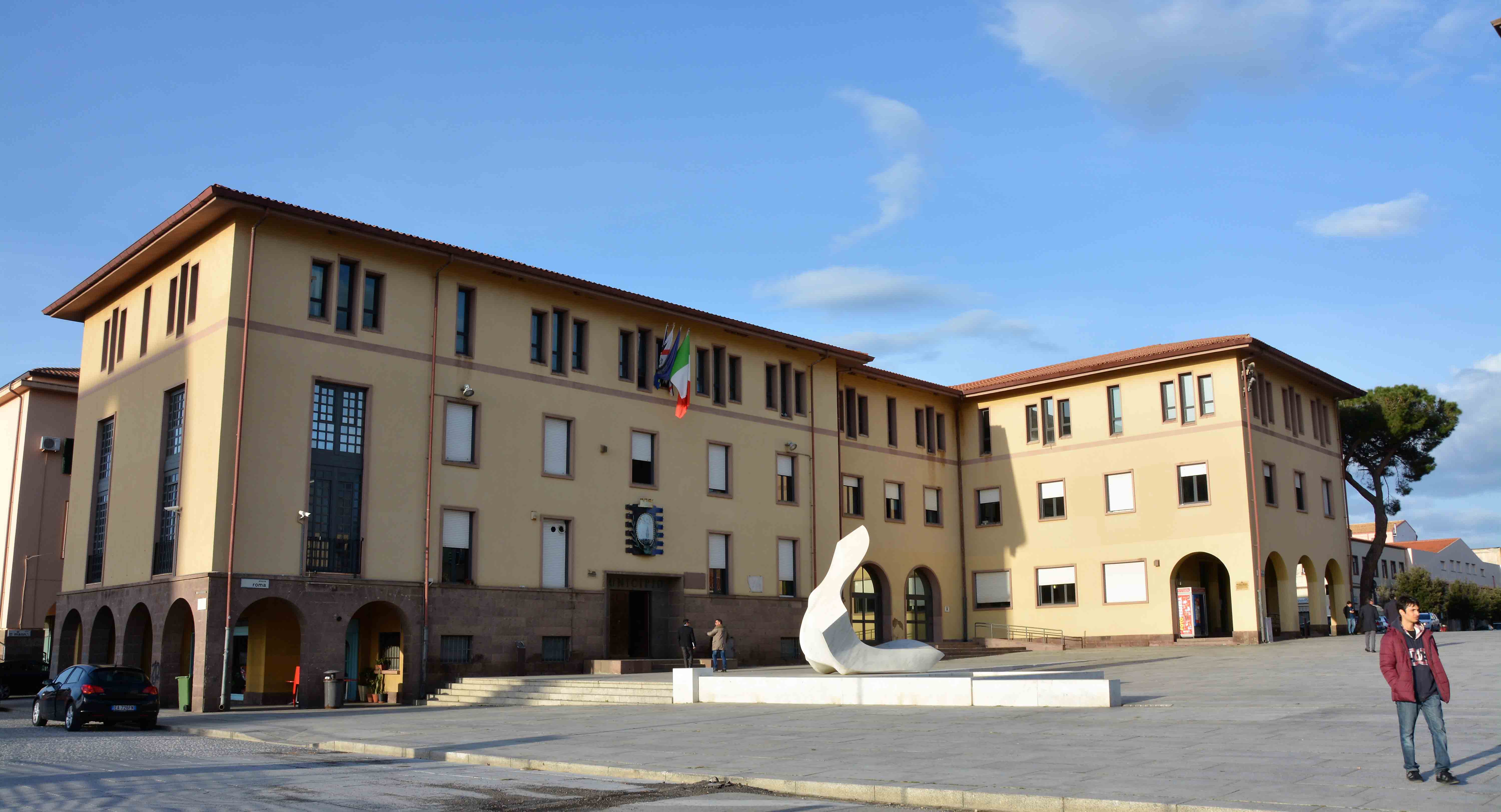
Sardinia’s mining industry which enjoyed a boom time back in 1870’s is now dead and the towns are quiet…all very different from how they look on this footage of the day il Duce came to visit.
https://www.youtube.com/watch?v=oD8NA3lCM54&sns=em
Mines and murals:
Our travels around the now closed mines took us here to Nebida …..
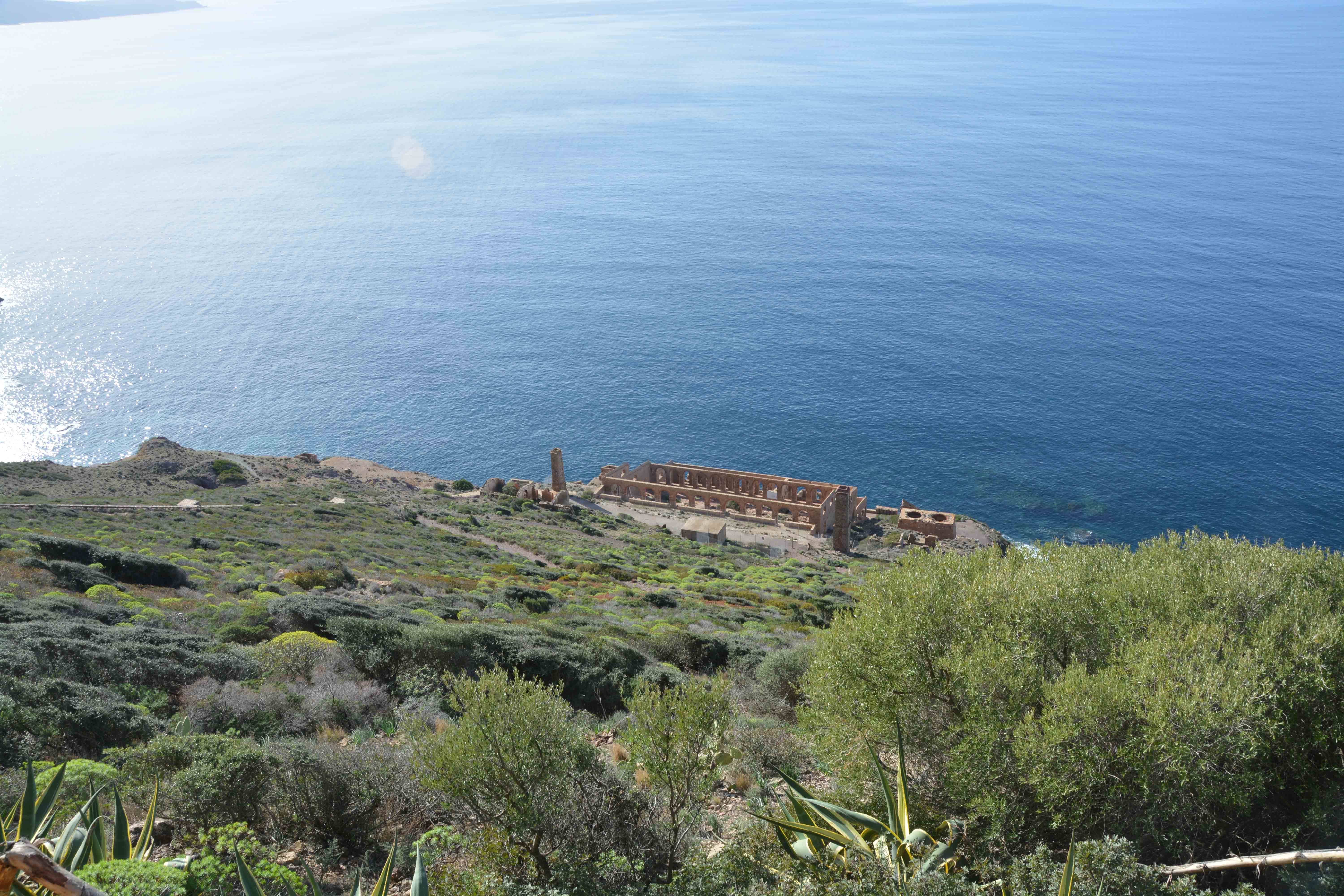
where there is a wonderful walk around a cliffside path…
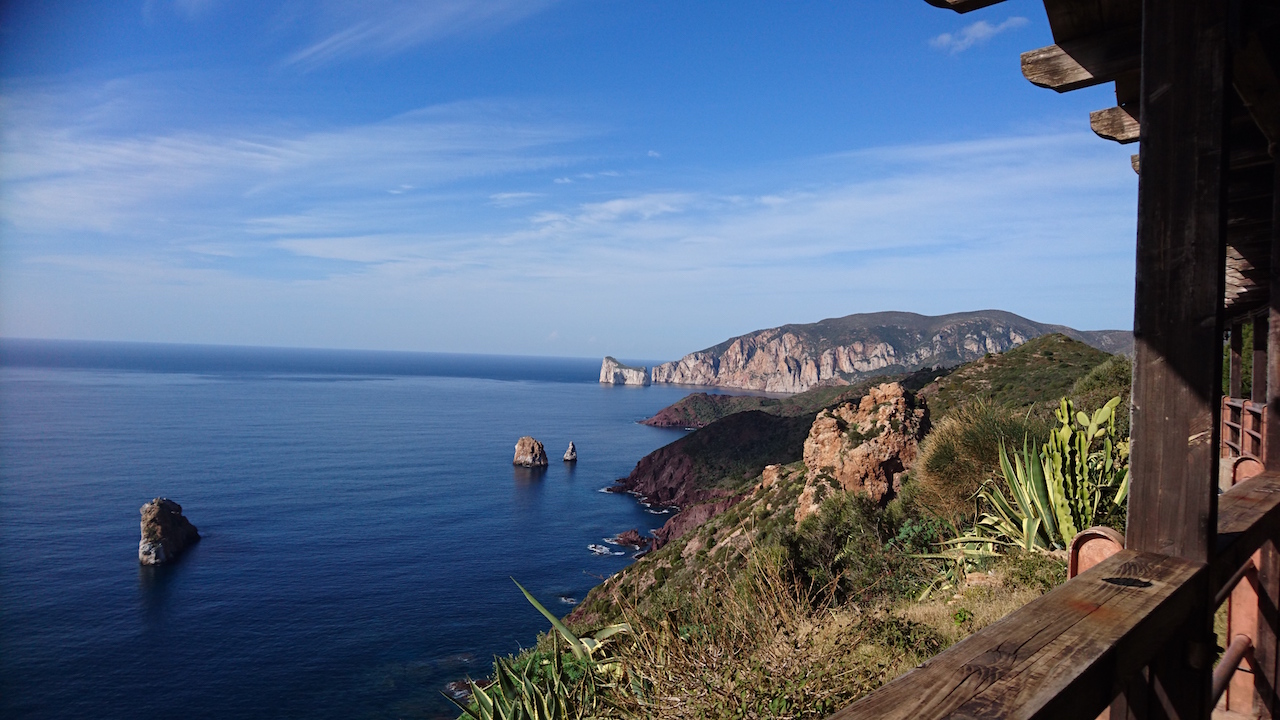
…and we stayed overnight on the harbour front of the village of Buggerru, famous for being the site of Sardinia’s first miner’s strike back in 1904.
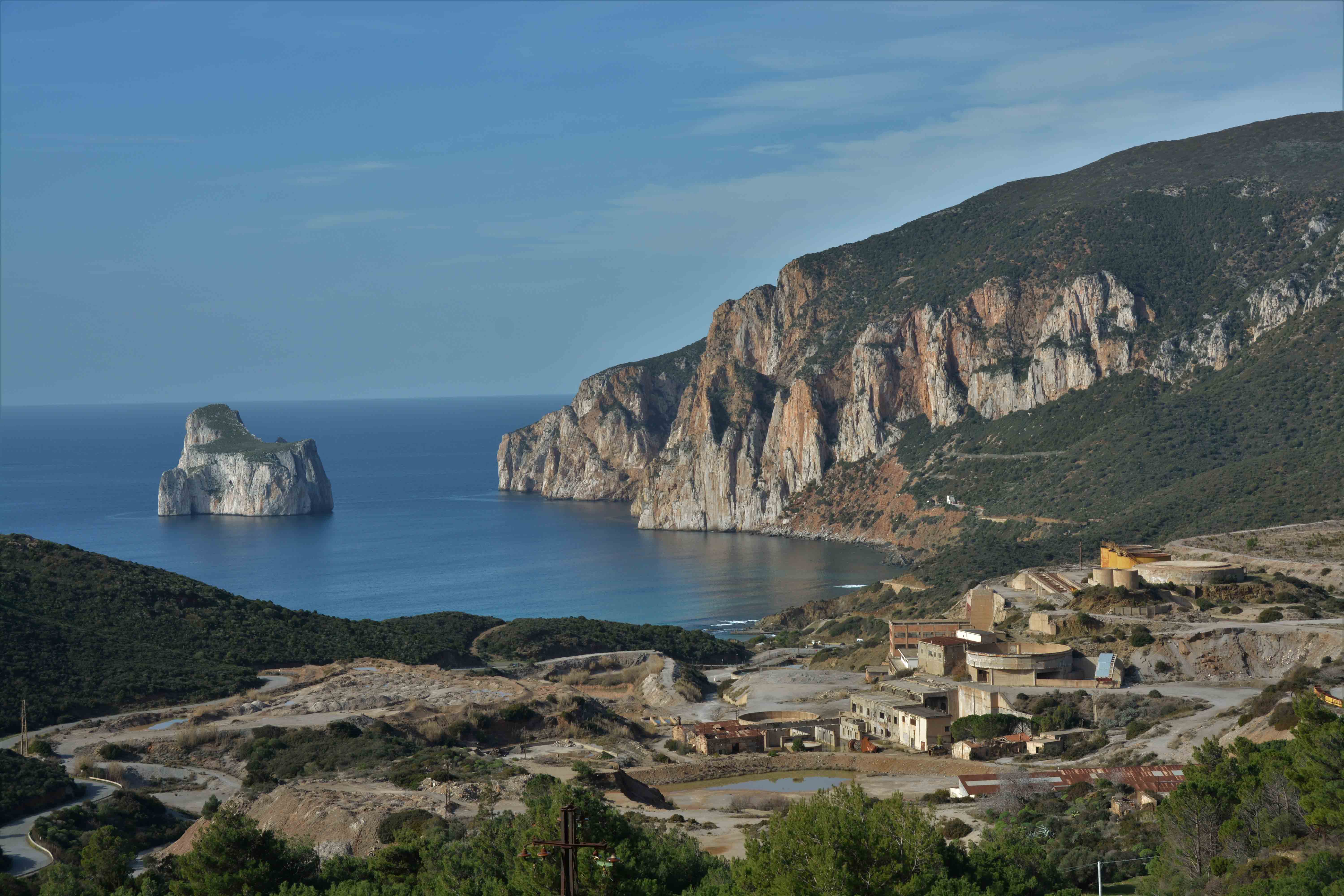
And the rest of our time in Sardinia included a stop in the small town of Suni which first seemed unremarkable but streets and streets of murals made us stop…
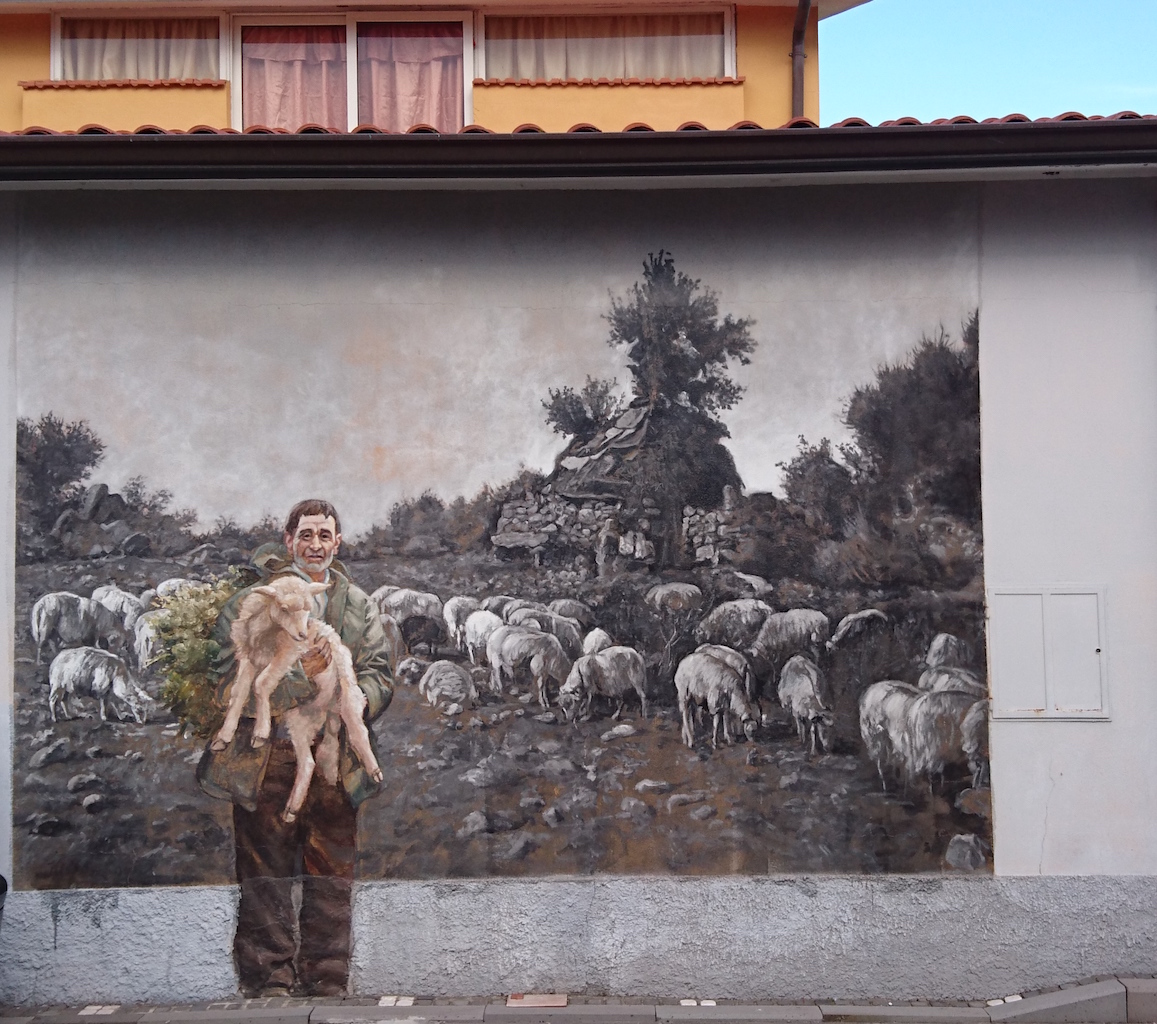
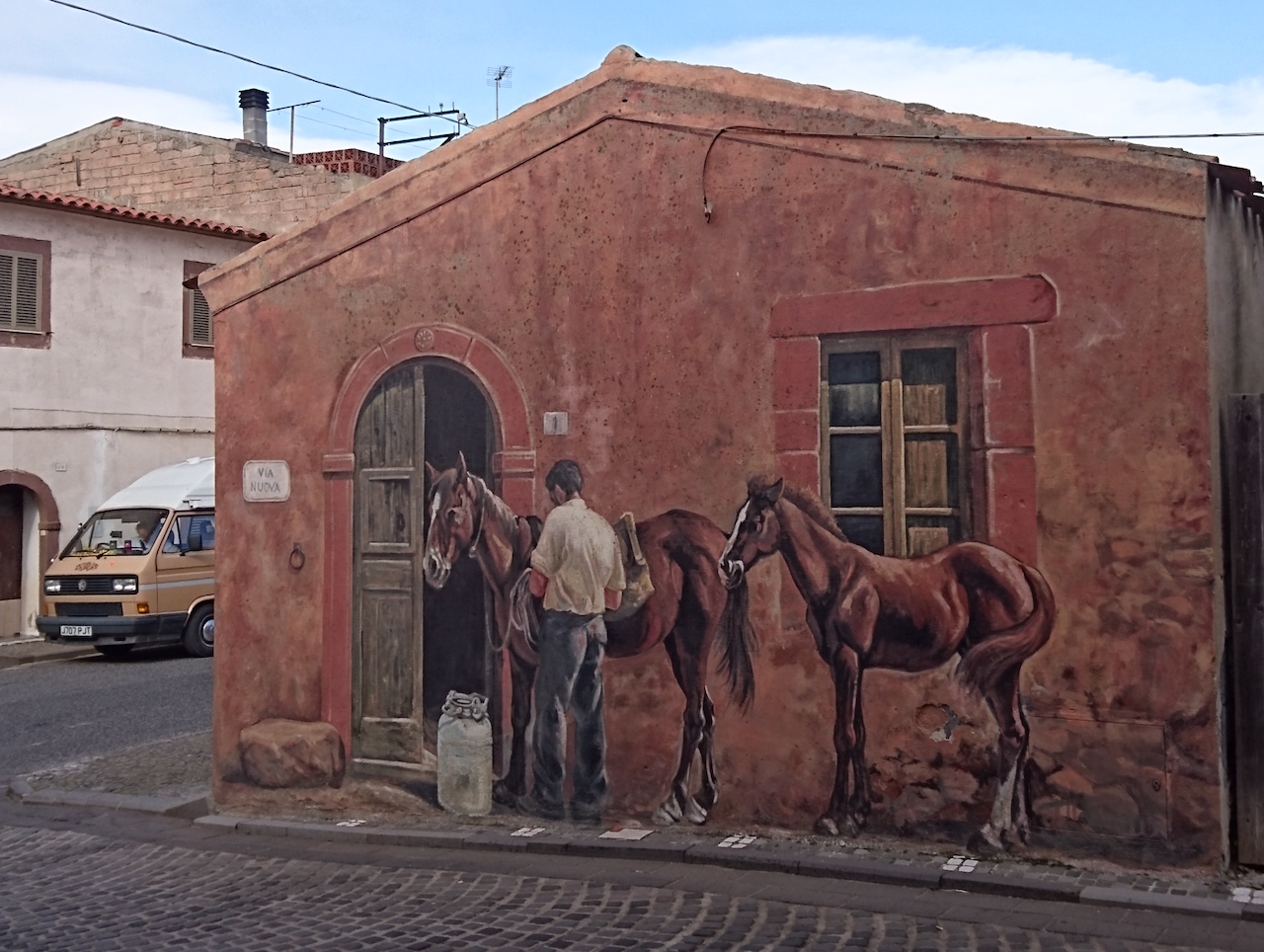
….though we missed out on getting to the mountain village of Orgosolo which is apparently the place to go in Sardinia if murals are your thing.
Another one of our overnight stops was here at the white beach of Mari Ermi…
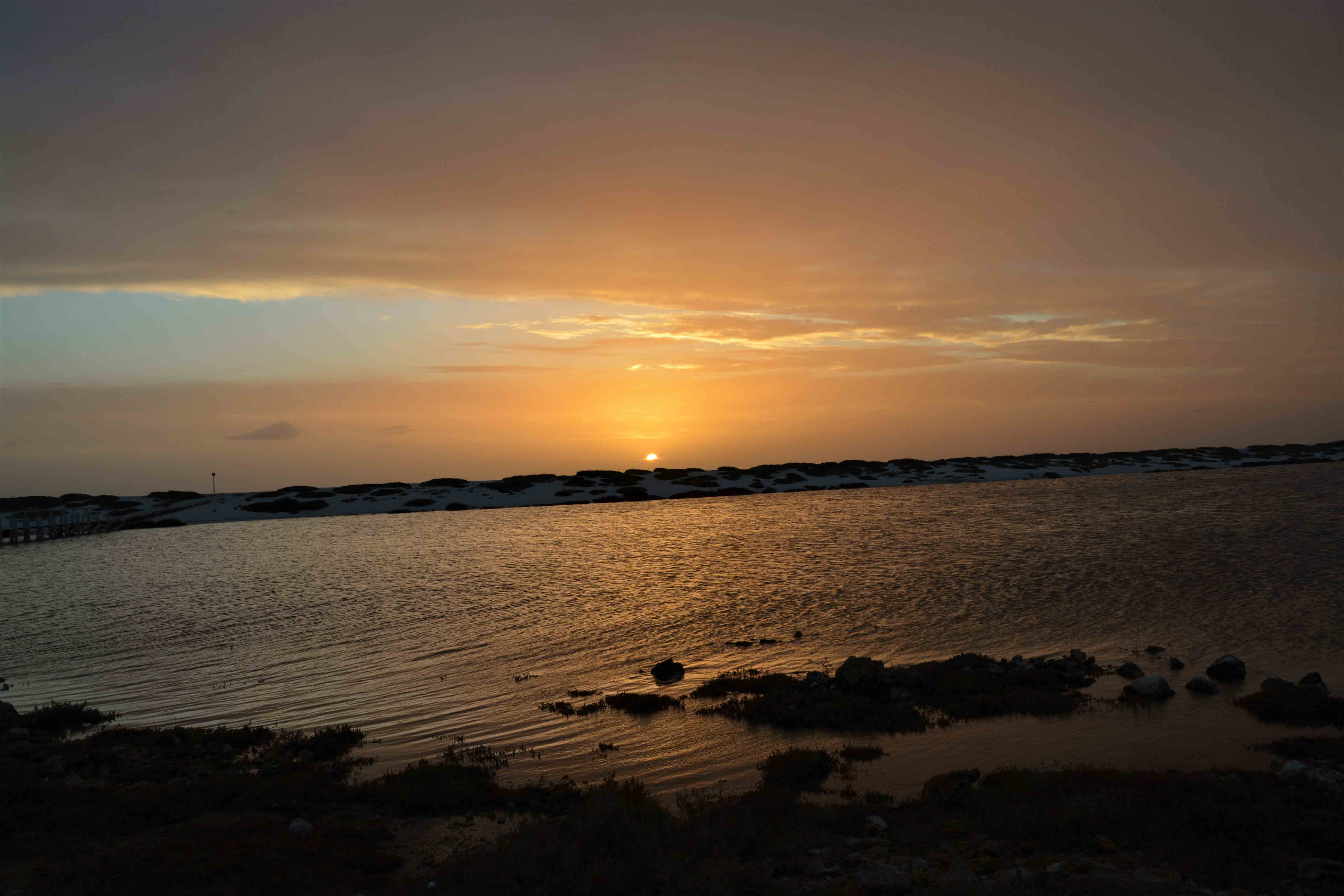
..where the sand looks like arborio rice…
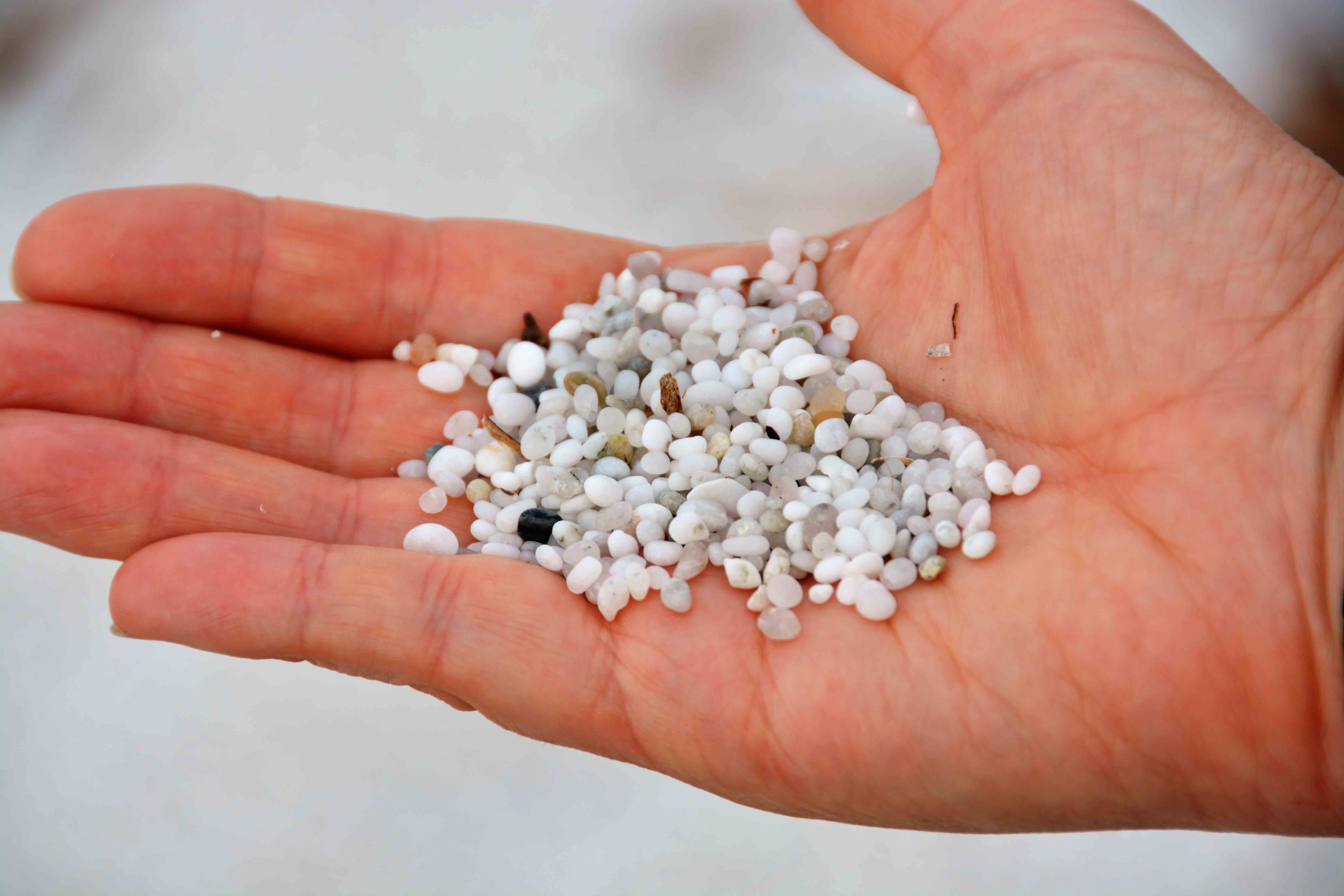
…which is why everyone wants to steal it…
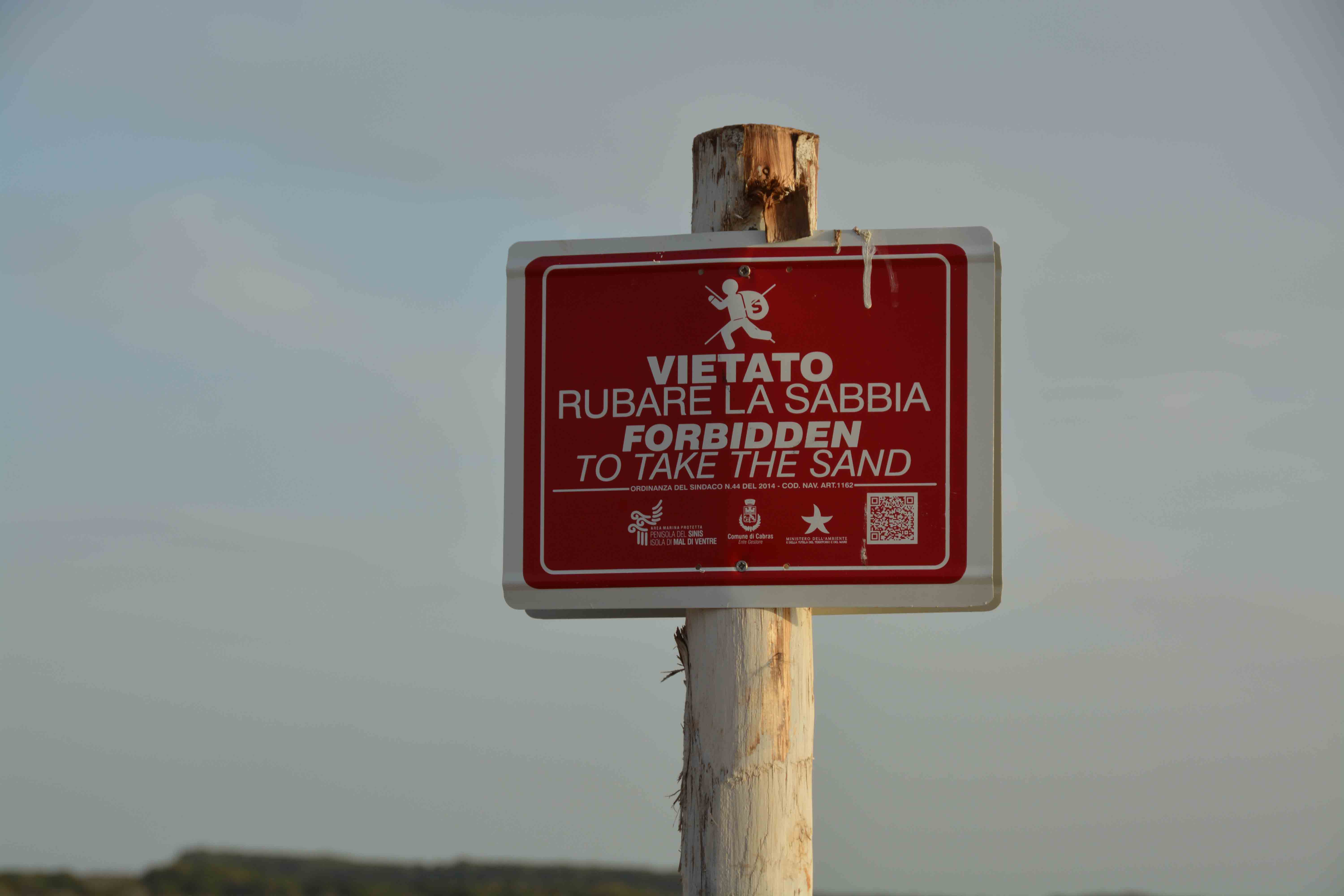
As for the driving in Sardinia, it did prove challenging because of the steep climbs and hairpin turns on the descents. Before going into the small village of Arbus, we had just caught up on the blog written by Gill and Chris – fellow travellers we met in Morocco – where they talked about their experienced getting stuck and almost wedged in the narrow streets. We read what happened to them, said we must make absolutely sure that doesn’t happen to us and promptly drove straight into the same position. We found ourselves hopelessly stuck in a one-way system through narrow winding, steep alleyways. And but for the kindness of a local who led us out onto the main road, we might still be there.
Our last night wild camping was on the island of Sant’Antioco where we were able to stock up on wine dispensed by petrol pump.
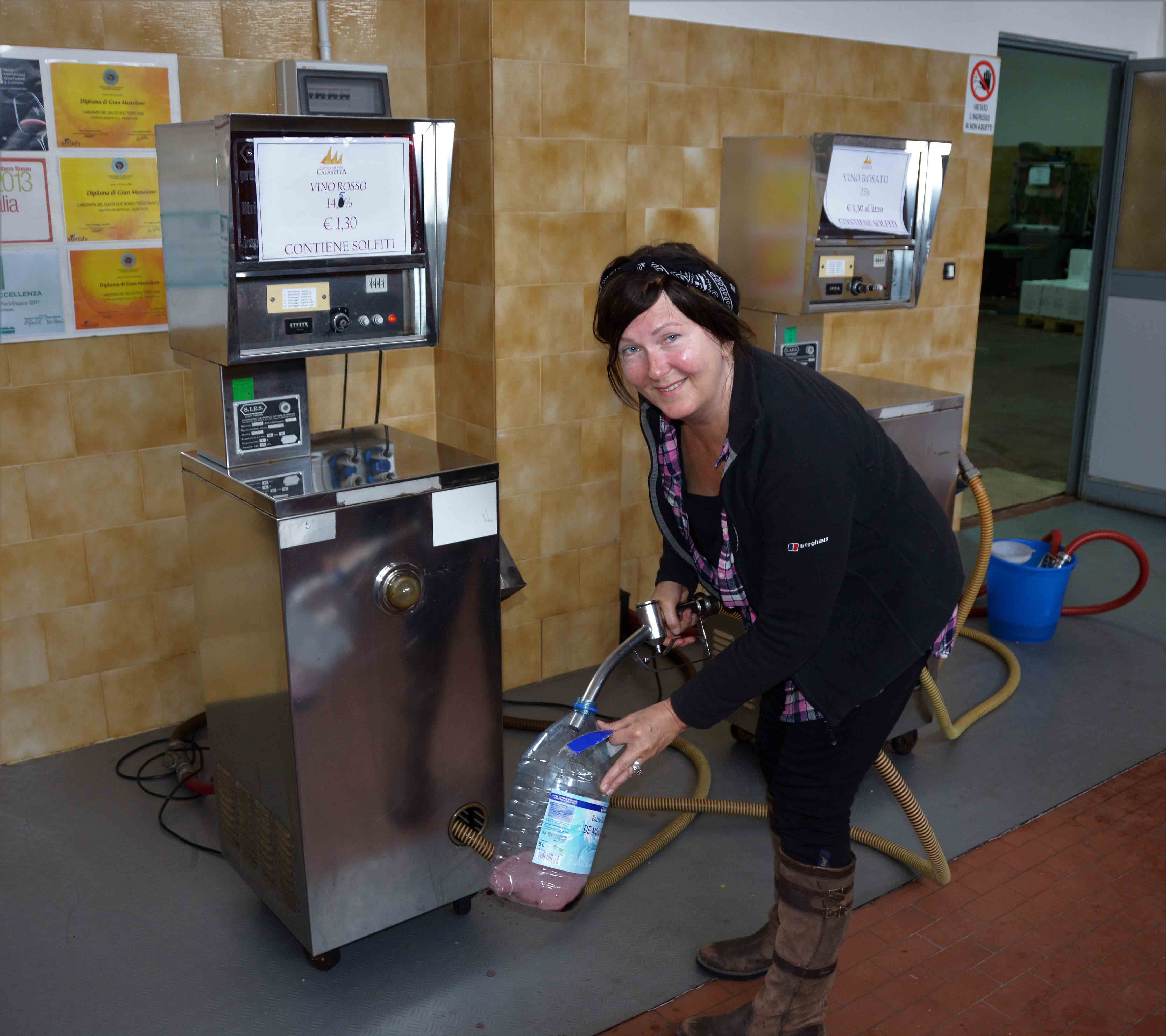
Well, who wouldn’t at these prices?
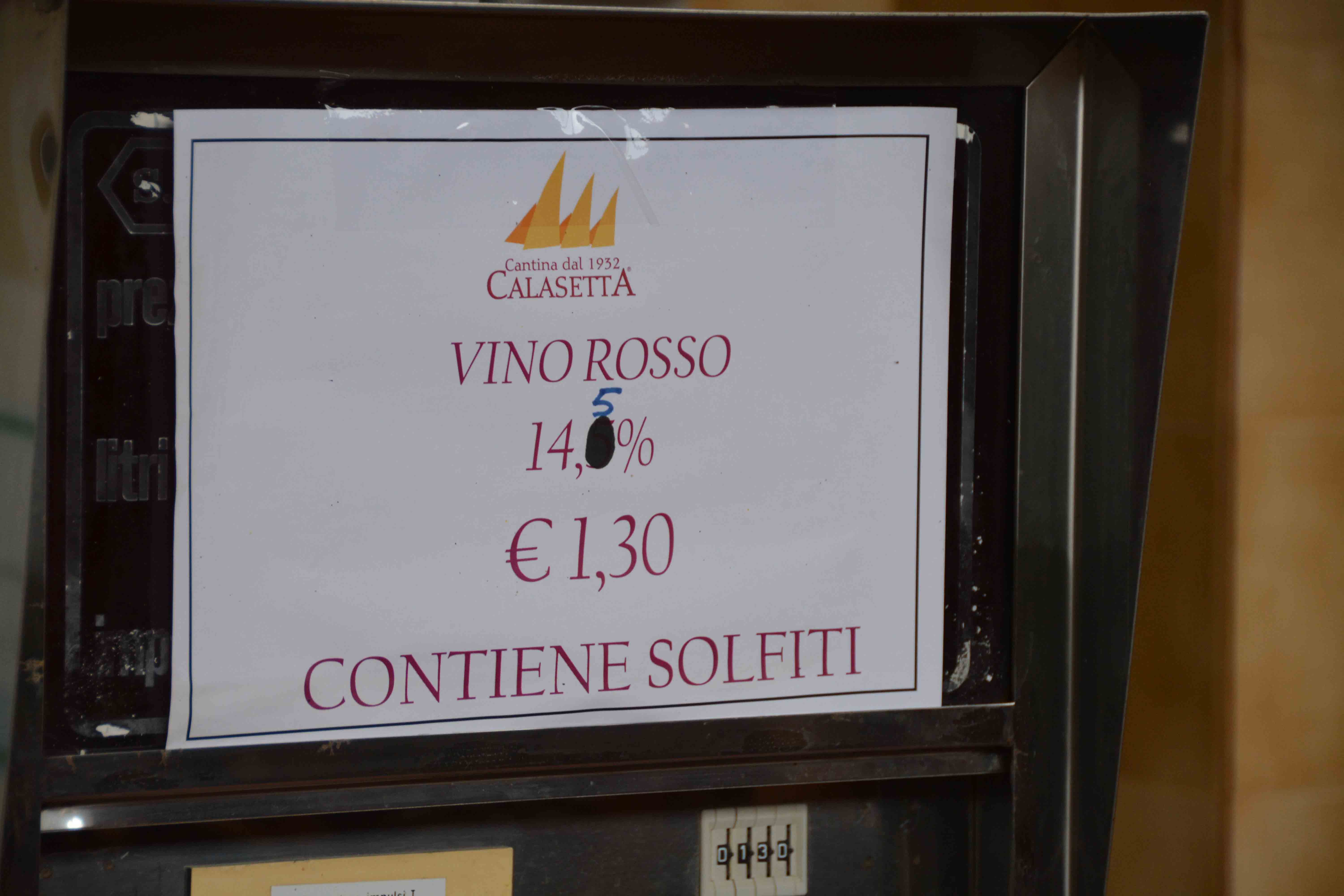
Then after four nights wild camping, we treated ourselves yet again. This time we opted for a self-catering apartment in the historic Castello district of Cagliari after picking up a good deal on the internet.
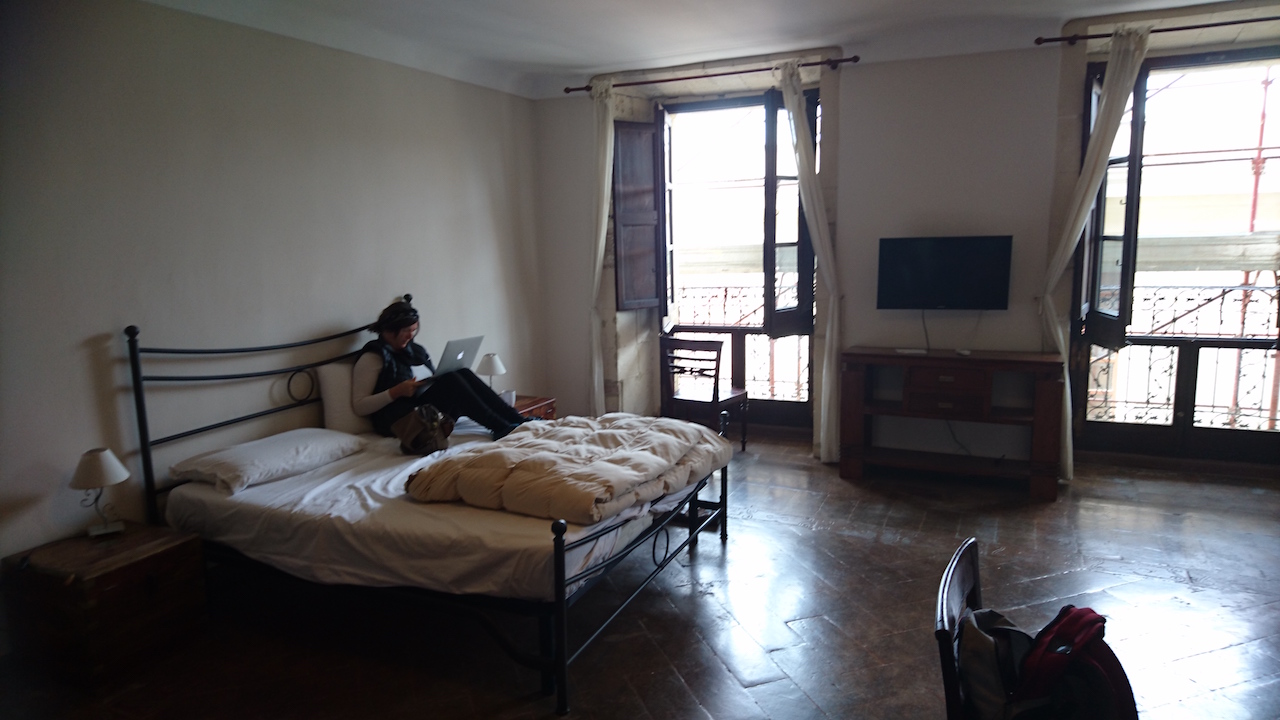
And as for Cagliari, there’s a city which is definitely on the list of places to return to…but we had to keep moving. Next stop is Sicily.
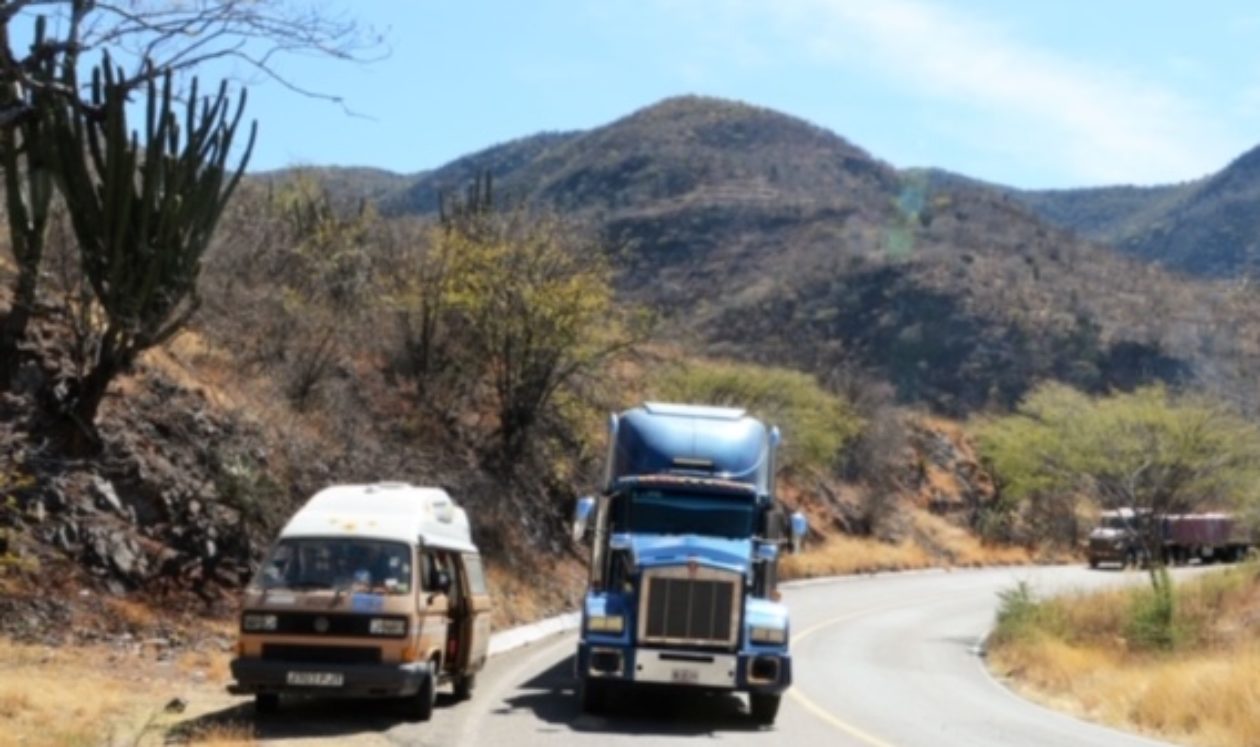
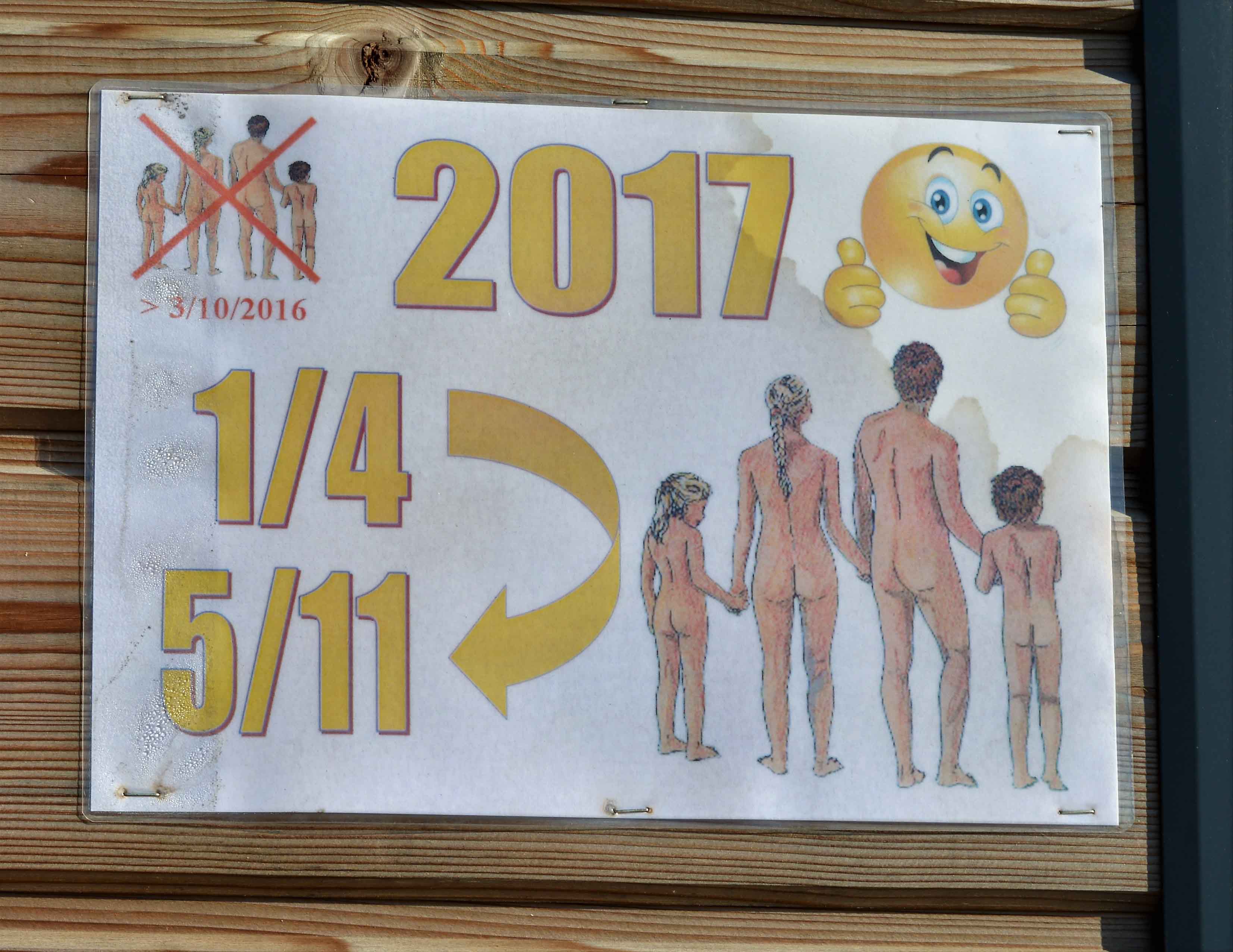
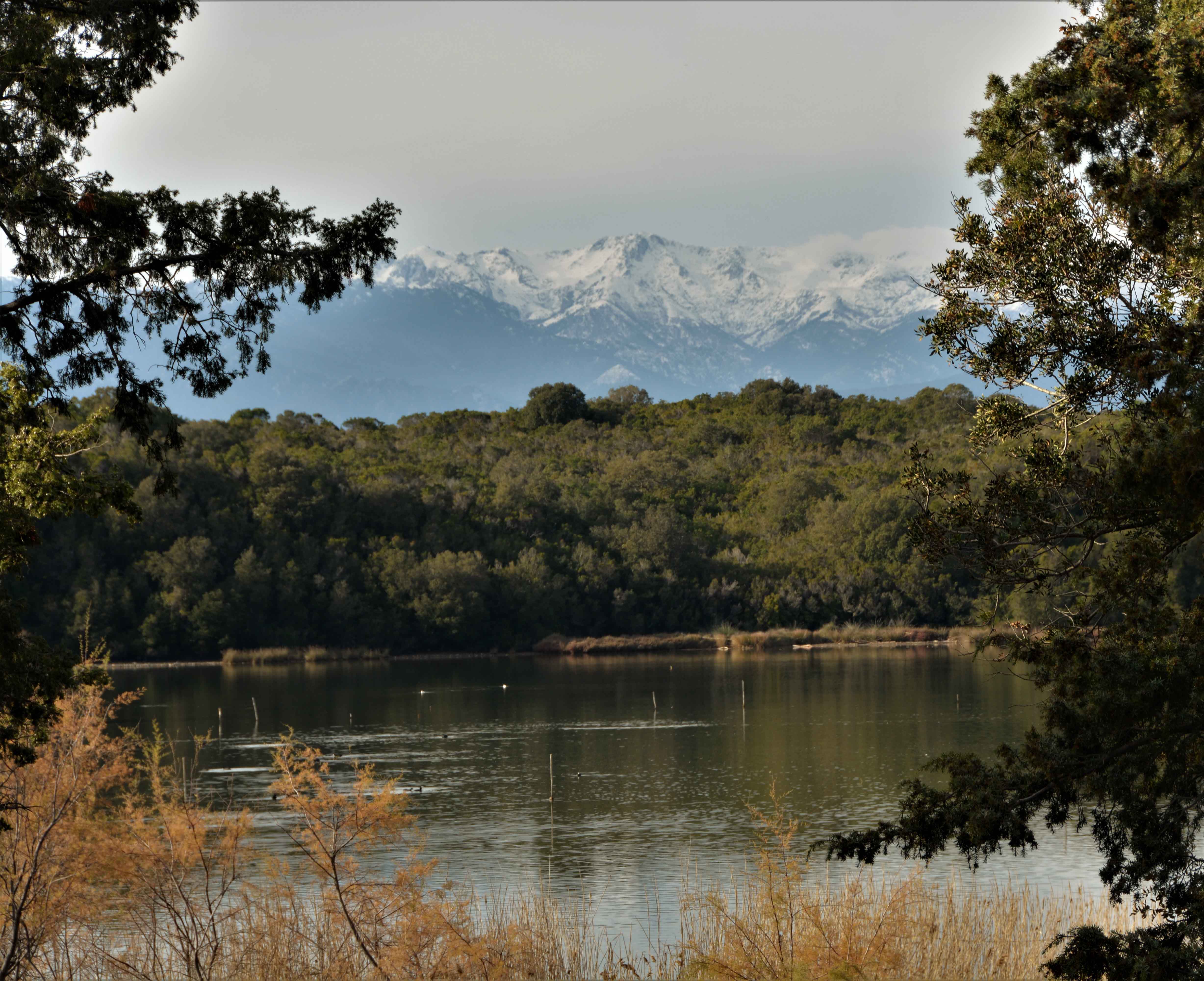
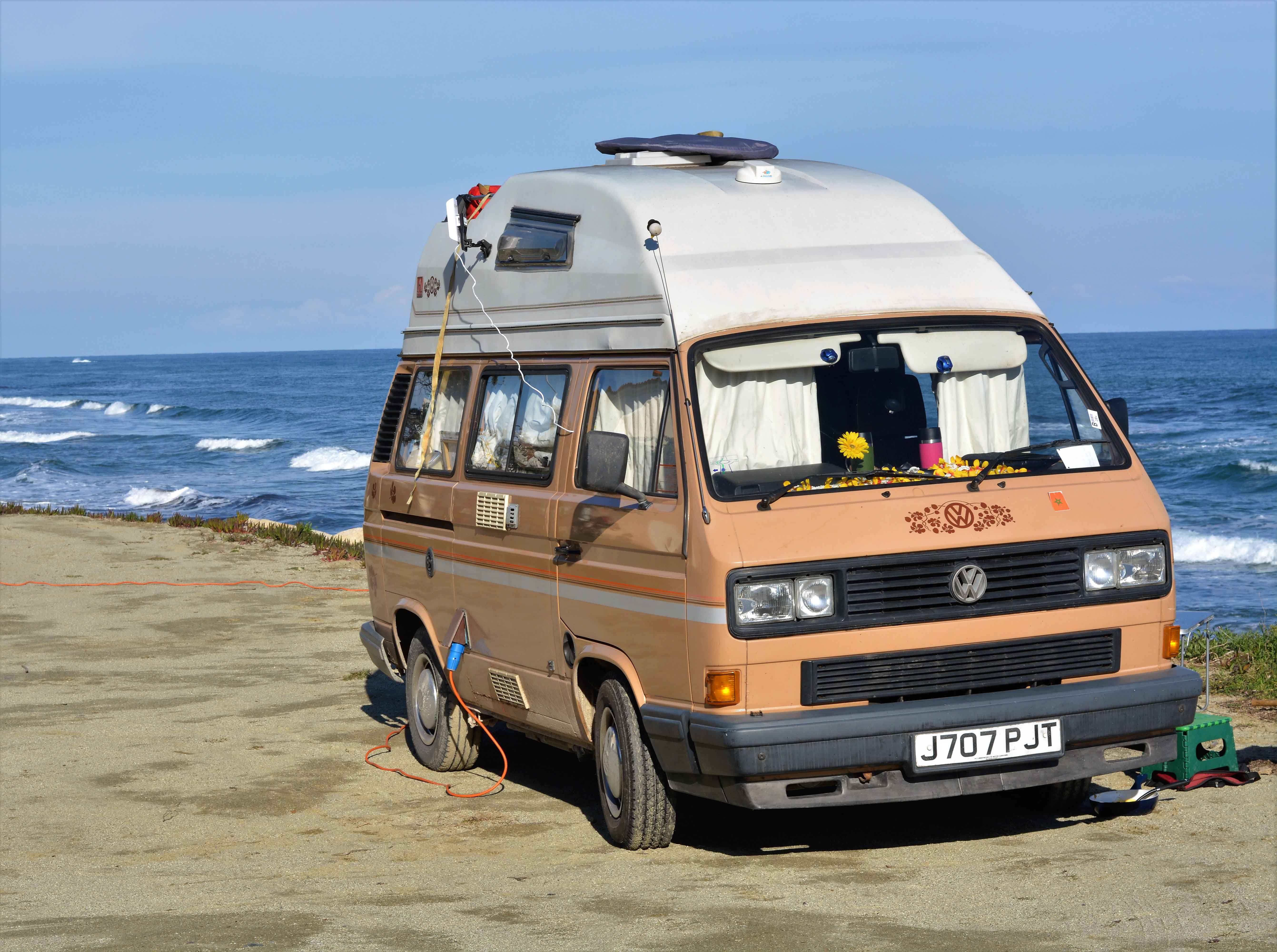
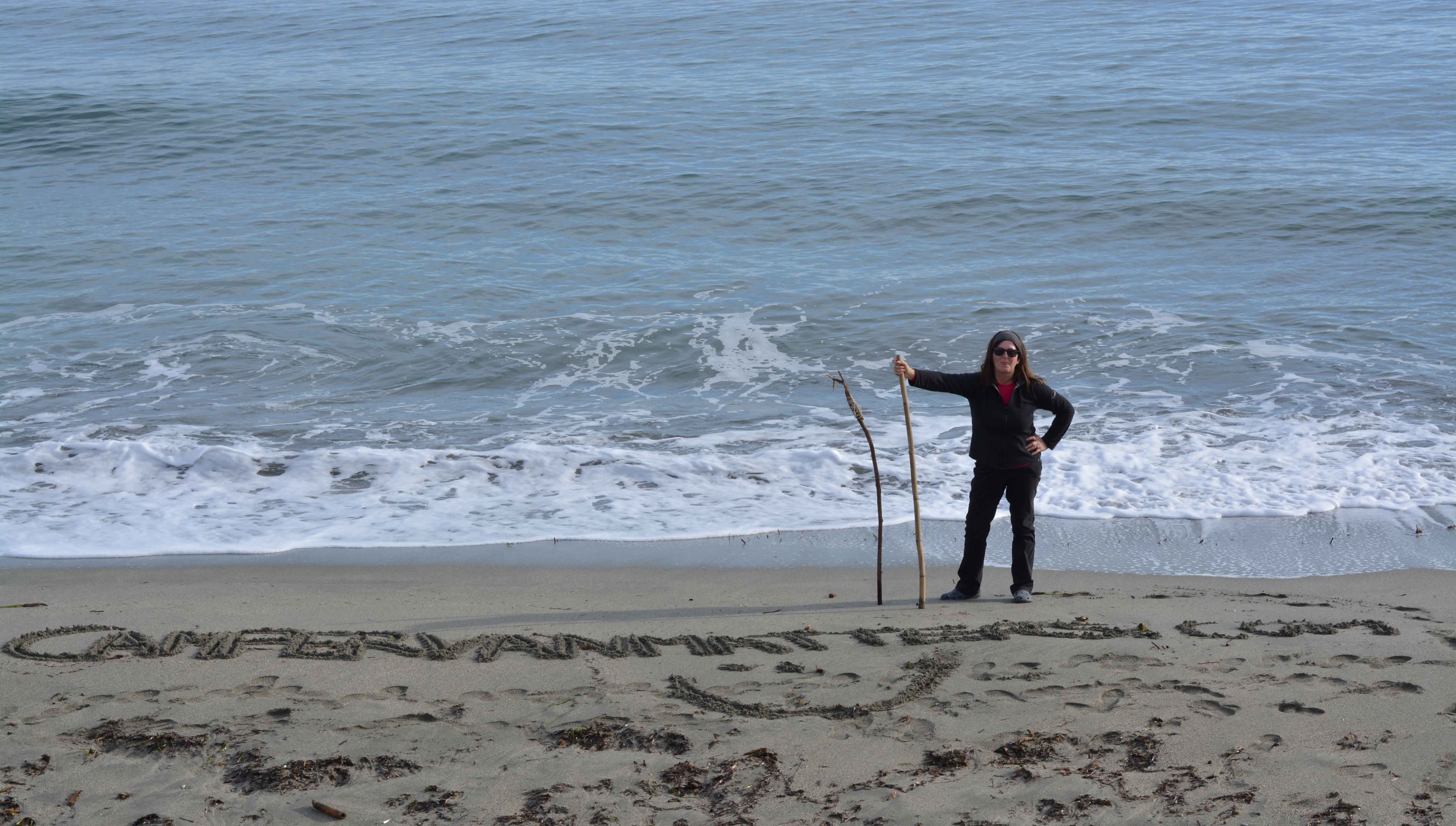
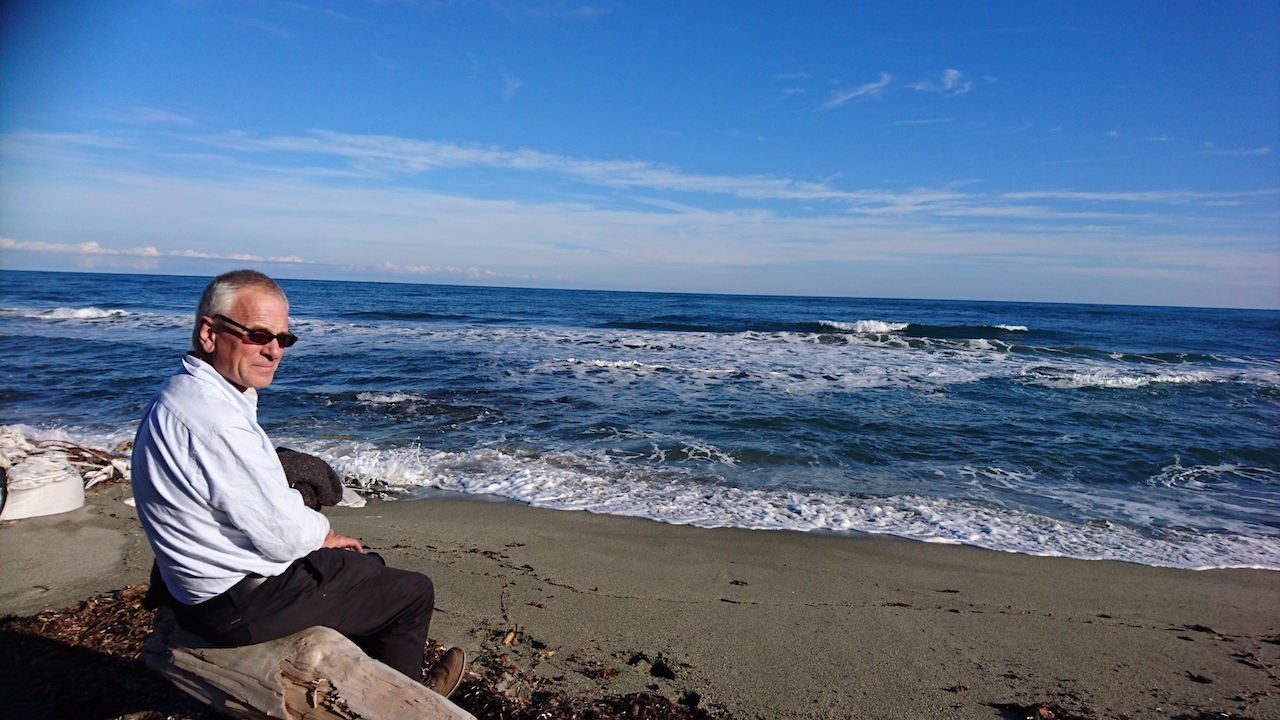
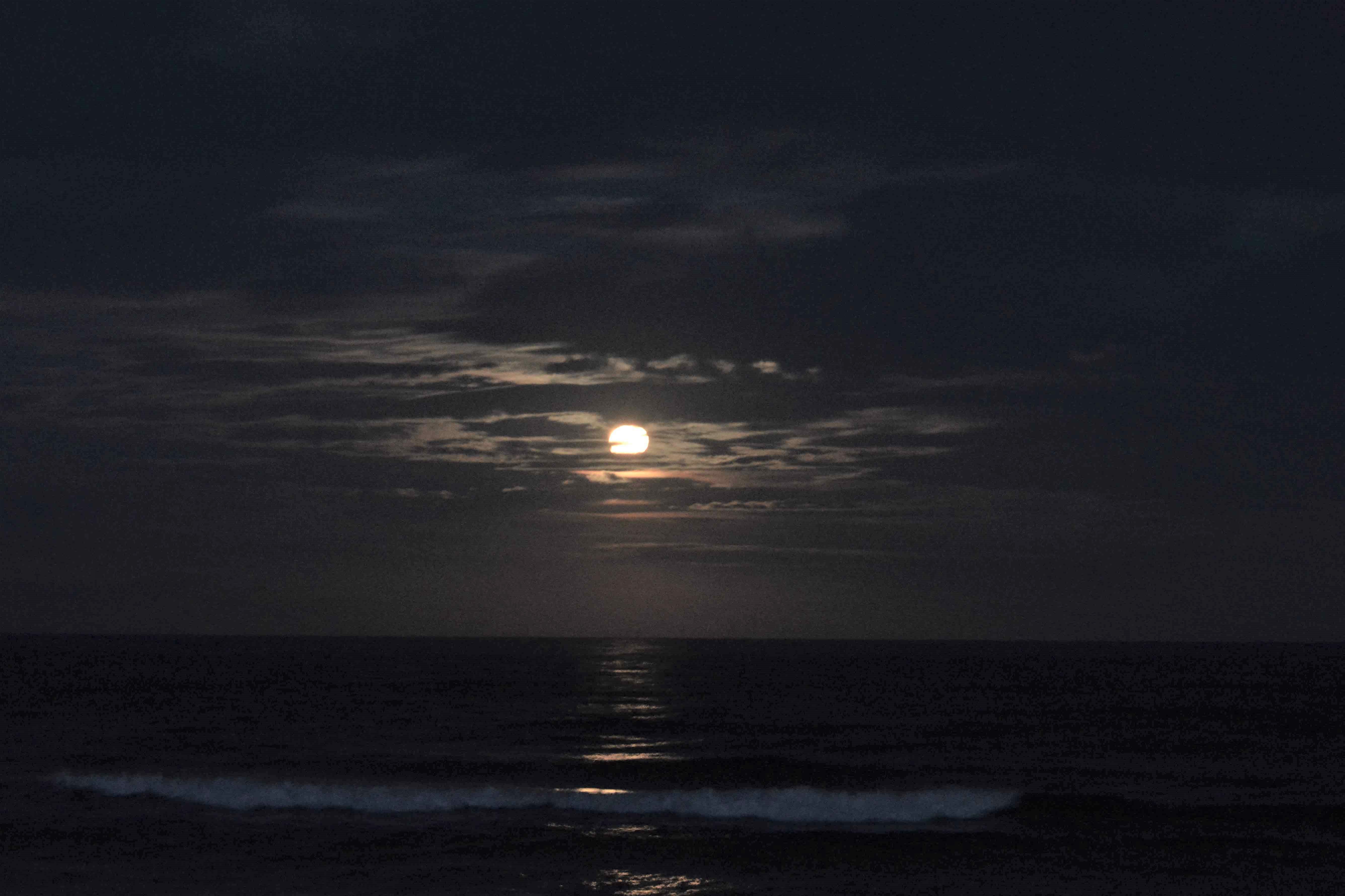
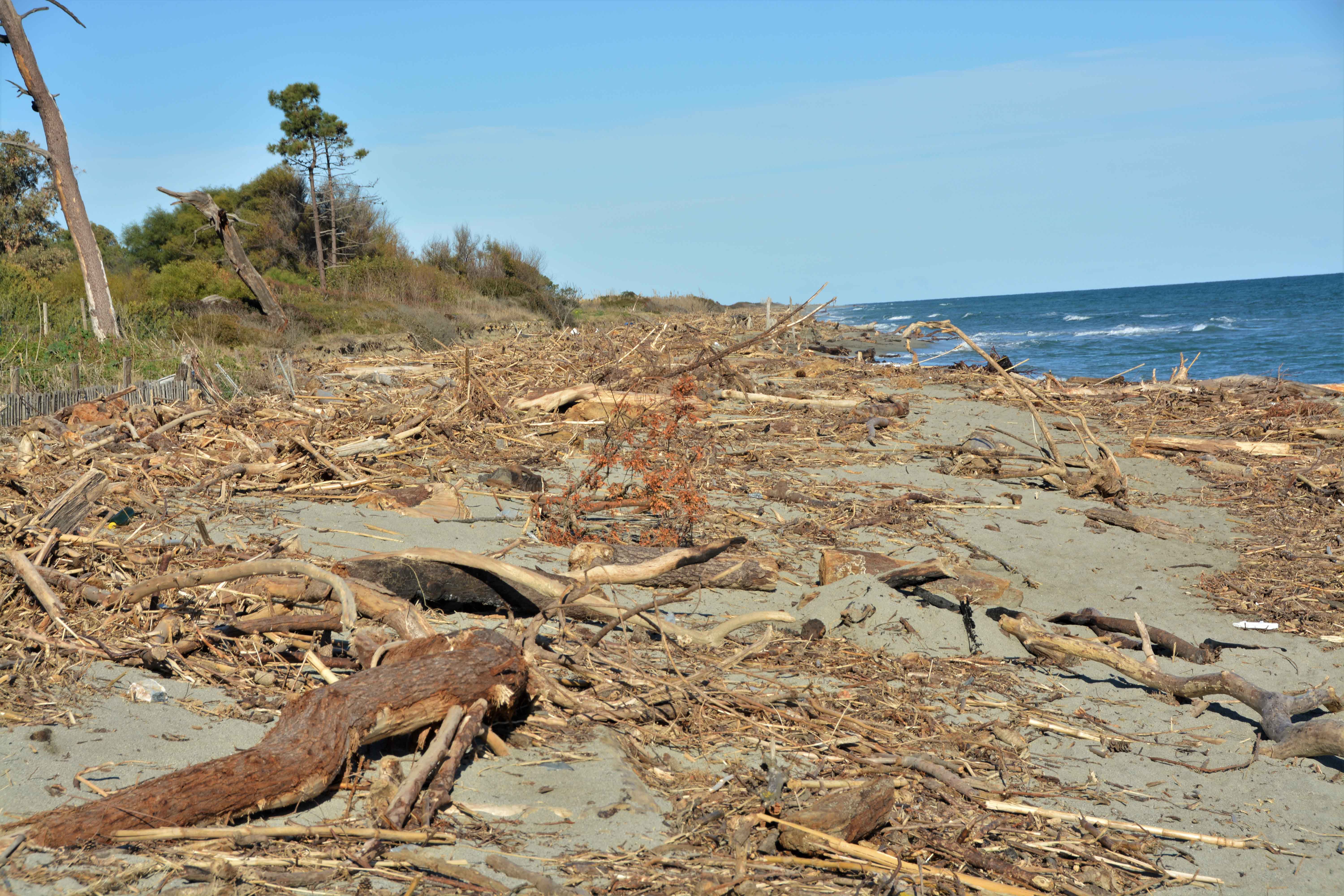
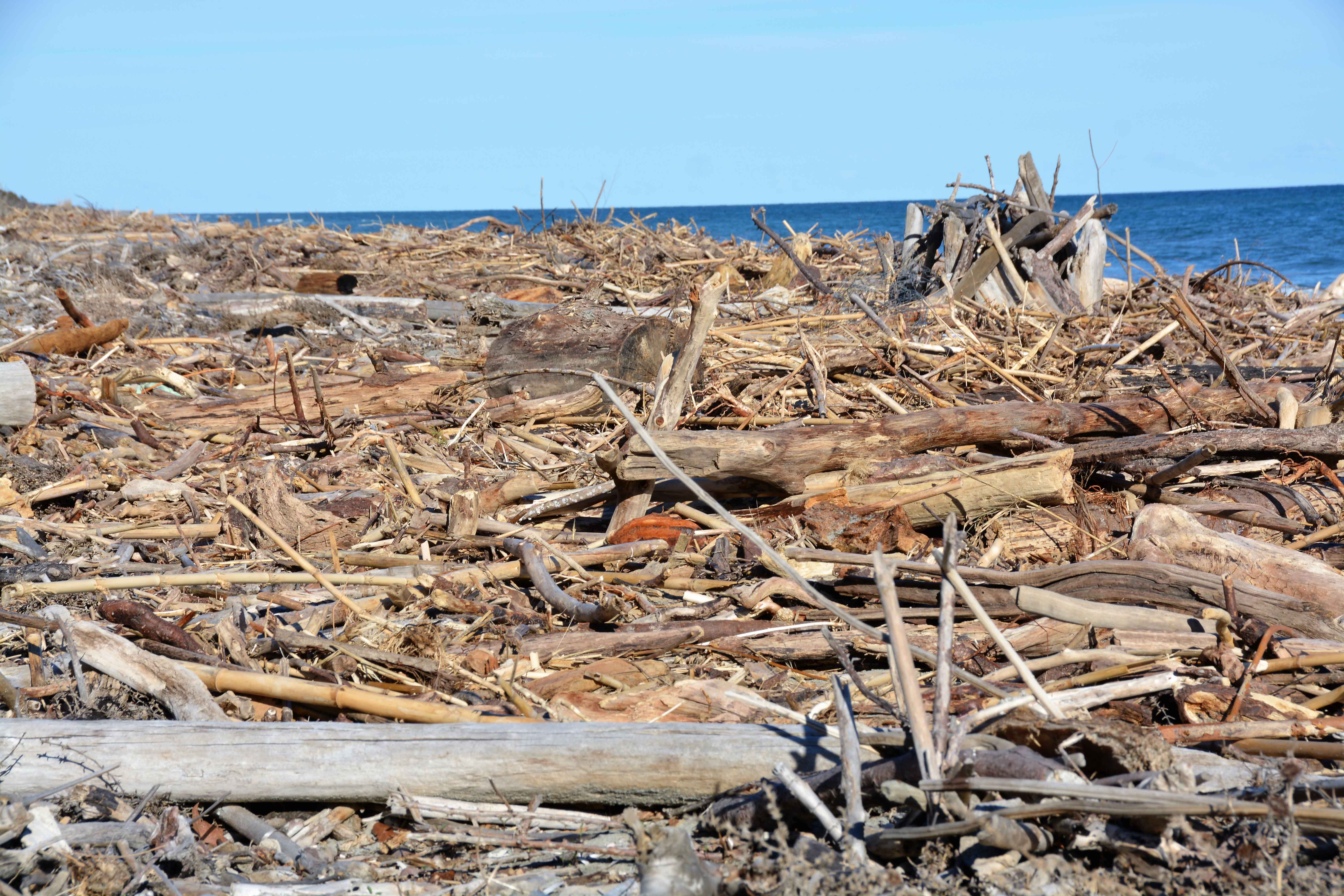
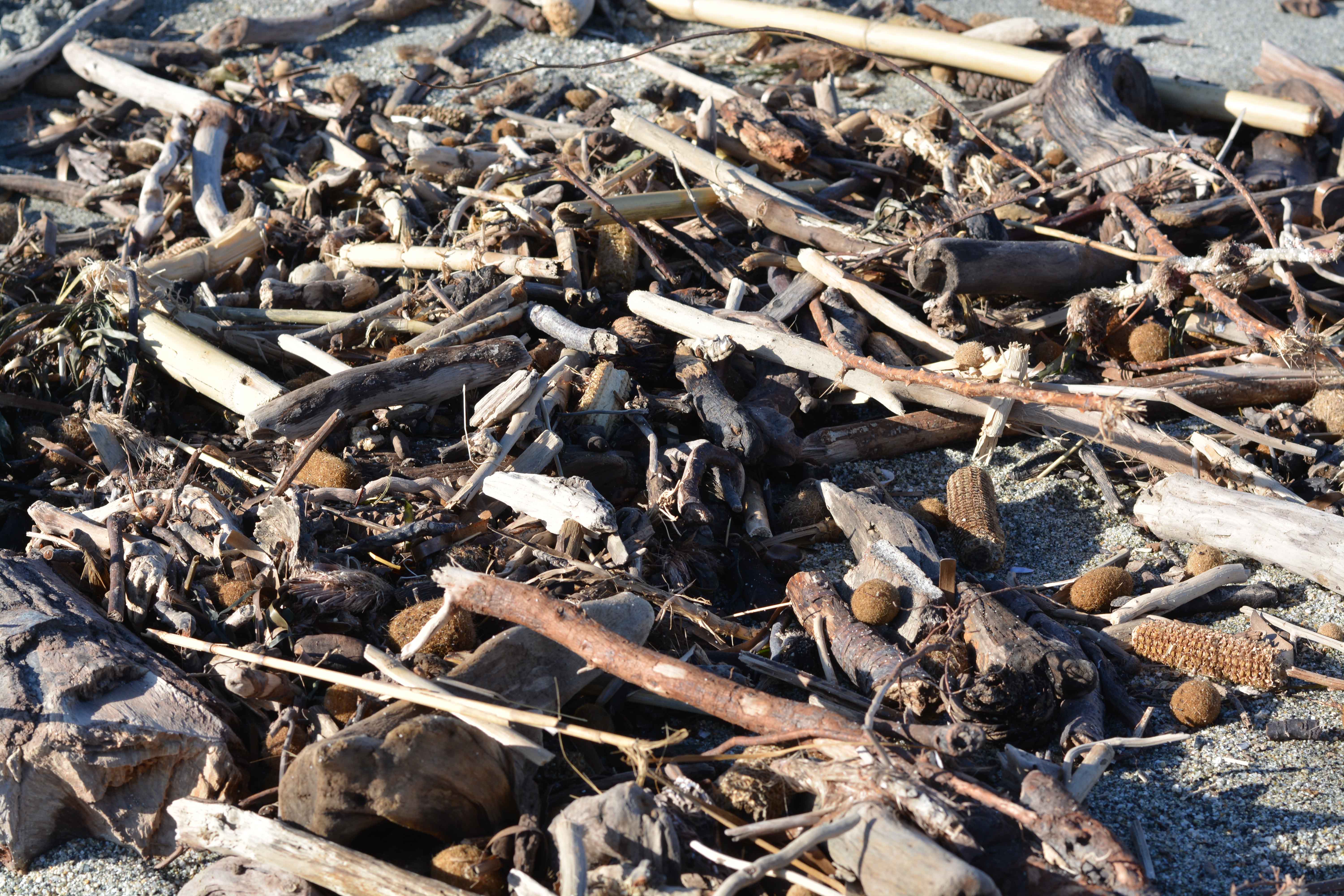
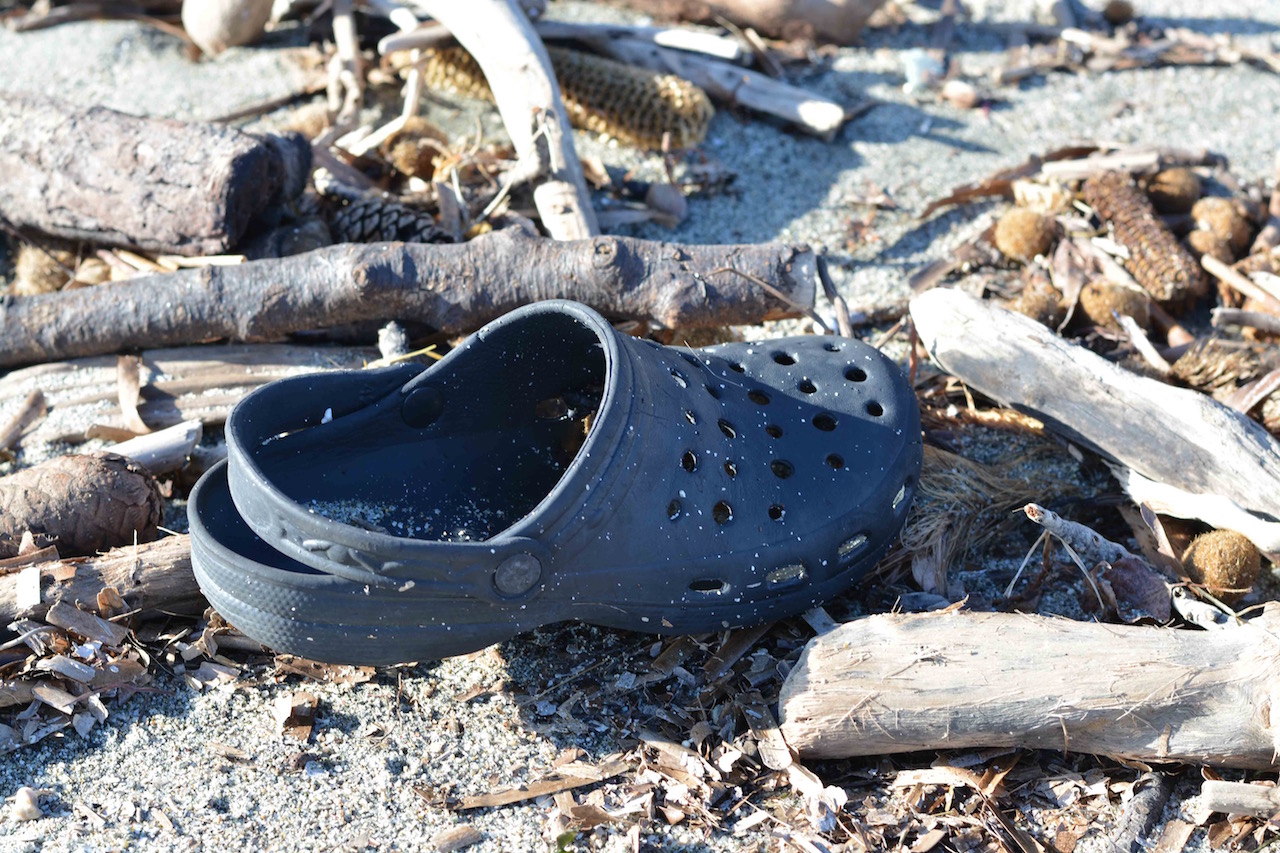
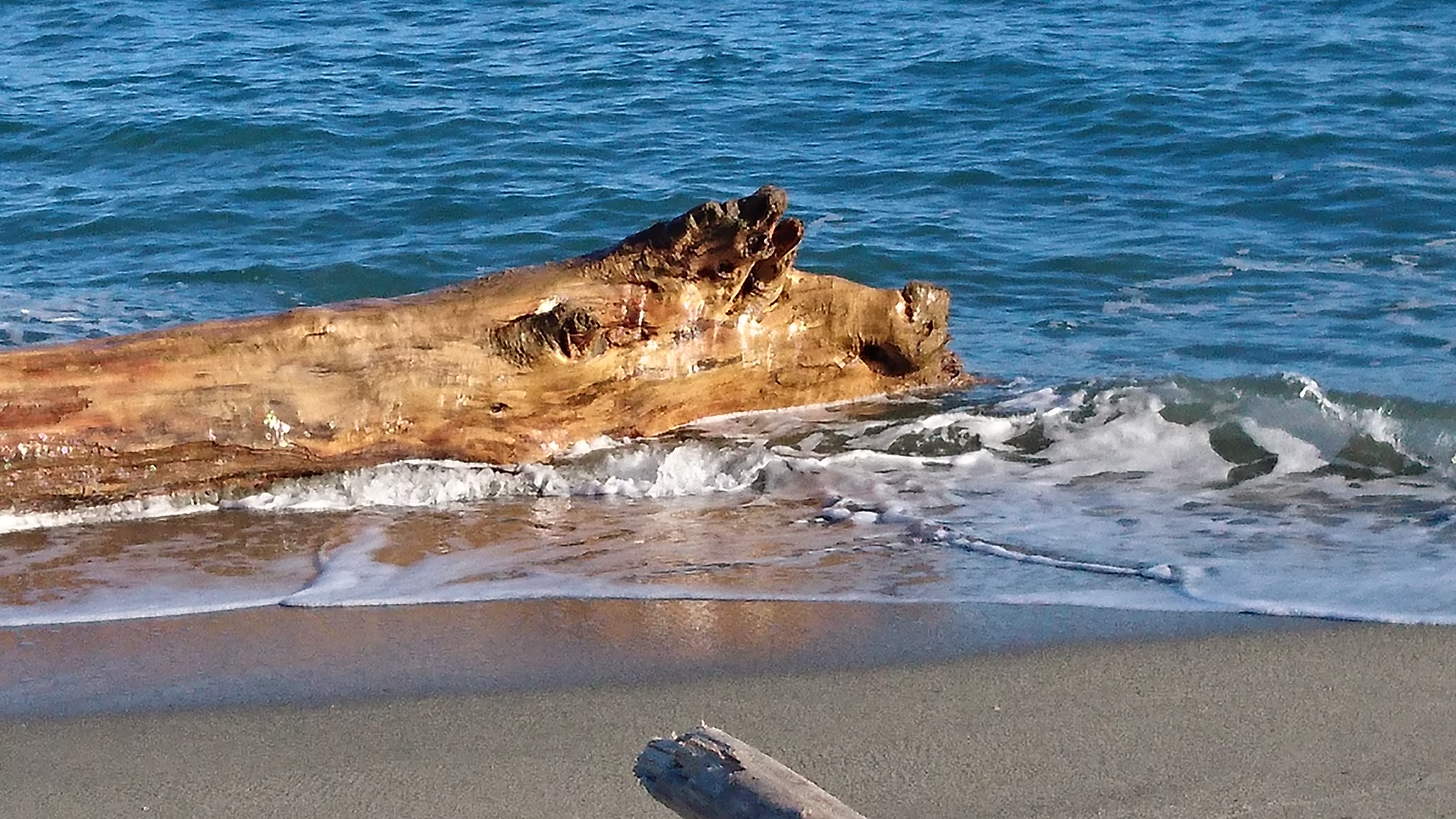
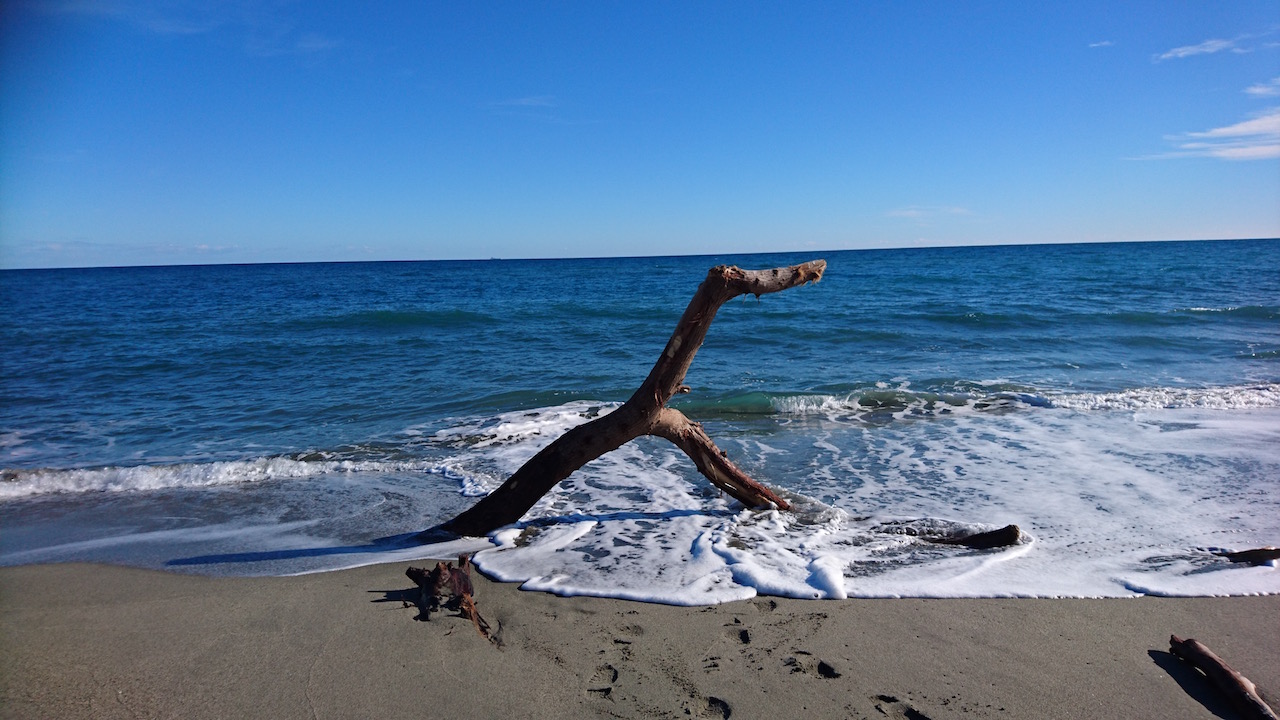
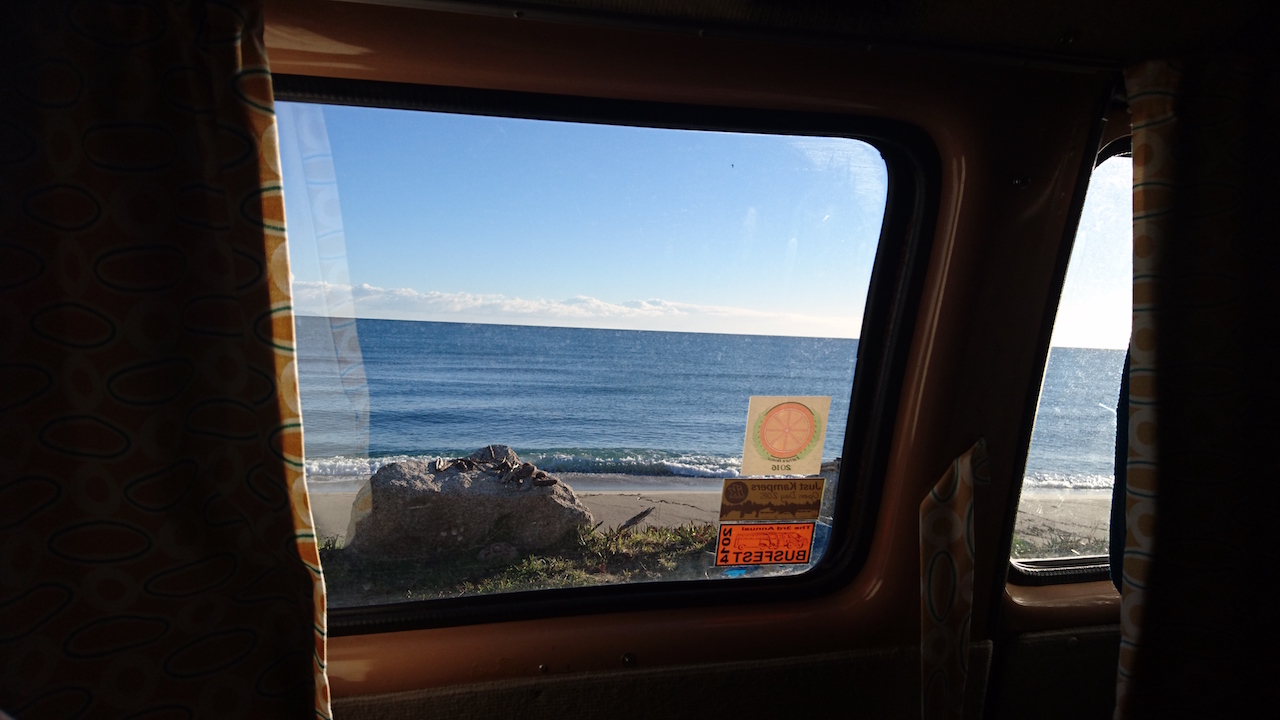
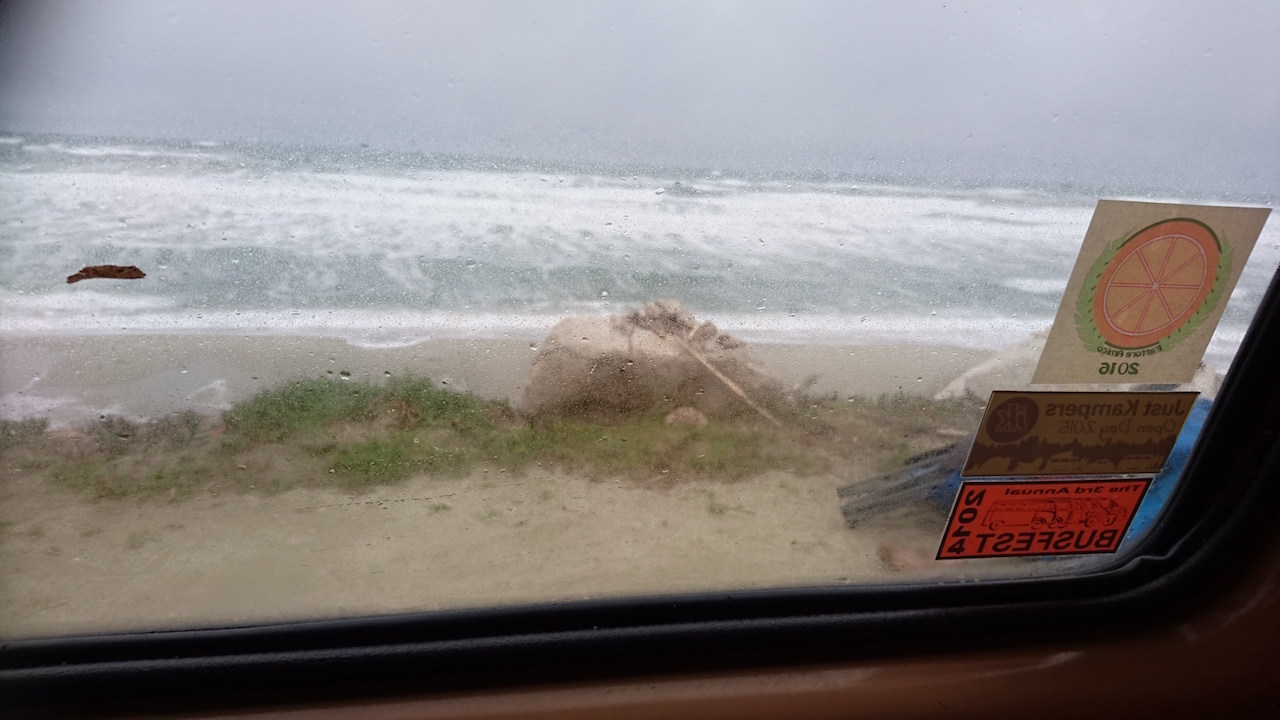
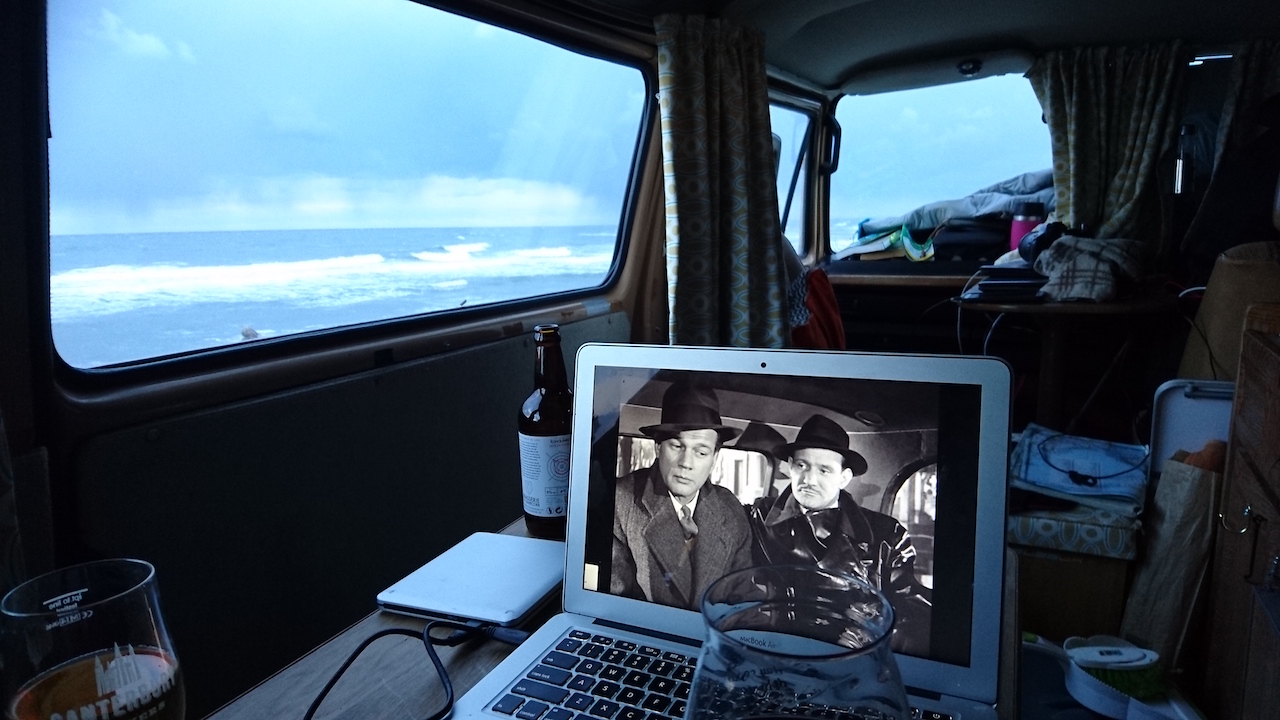
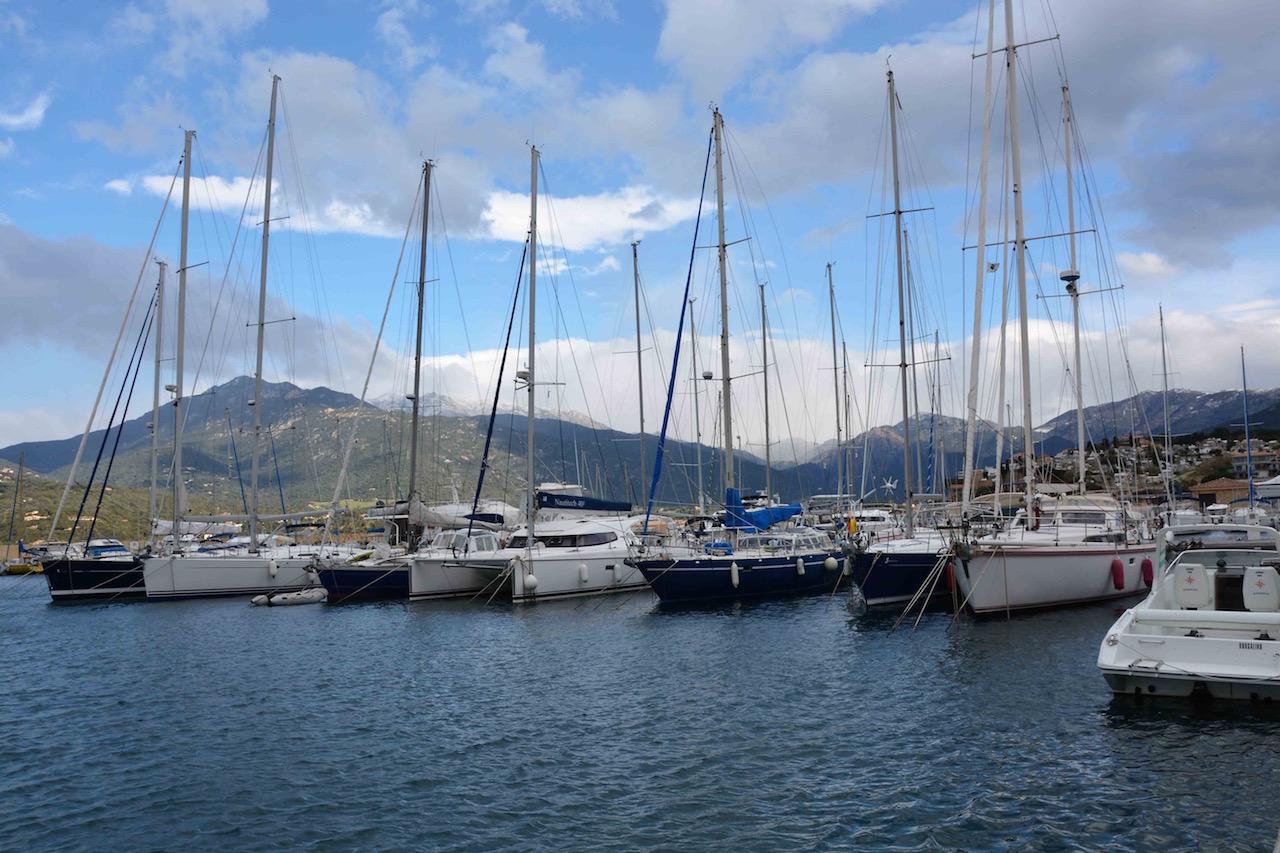

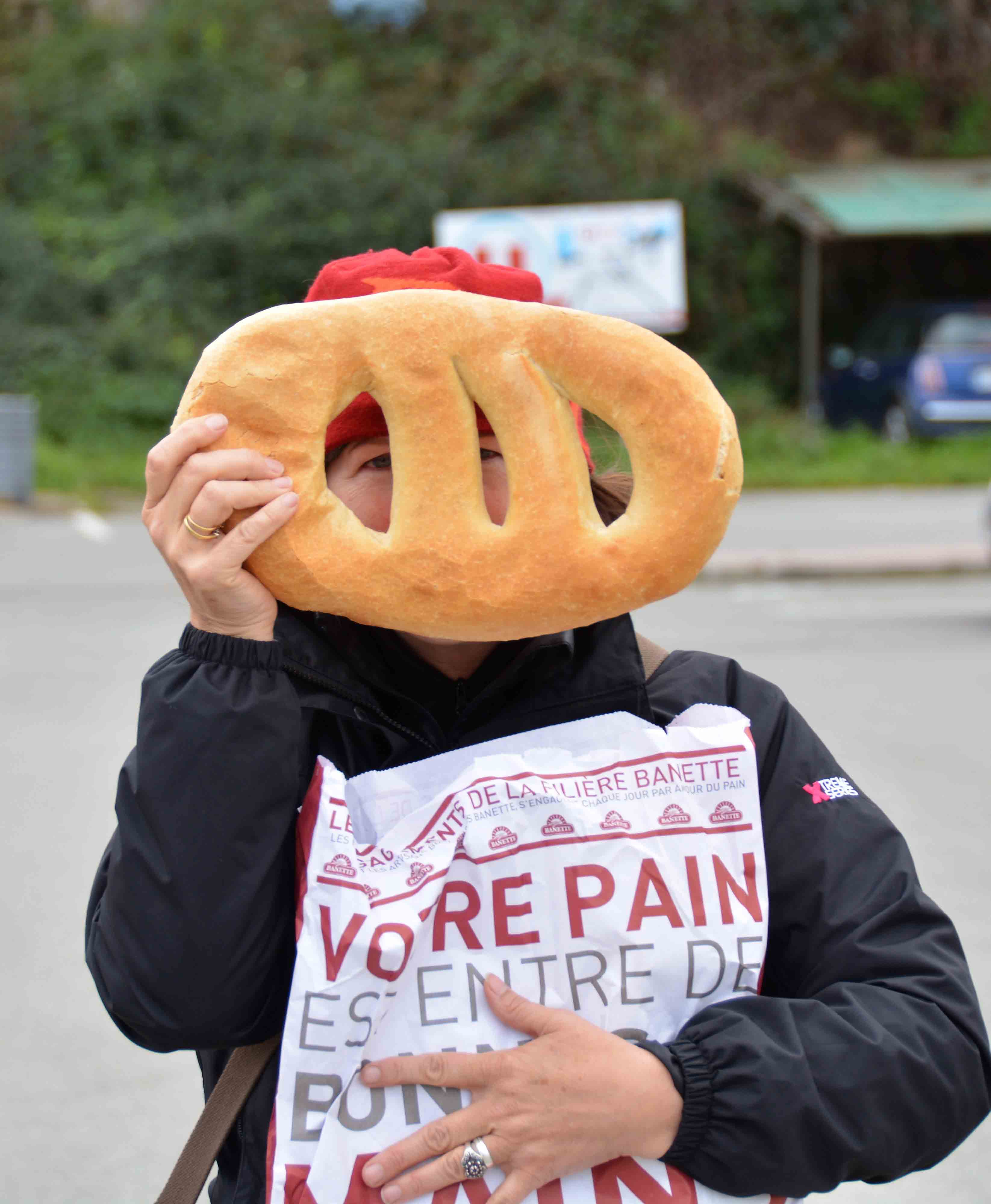
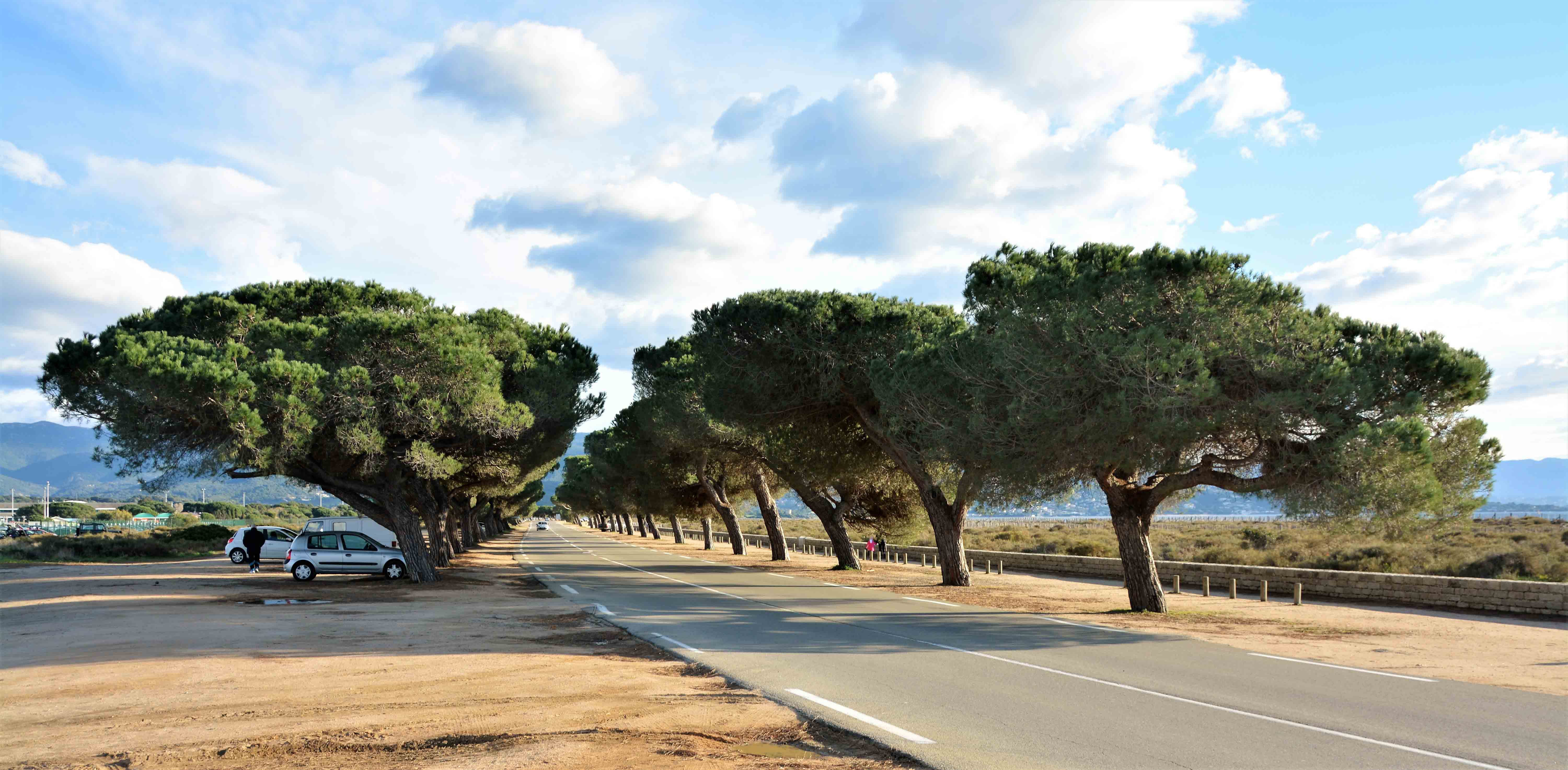
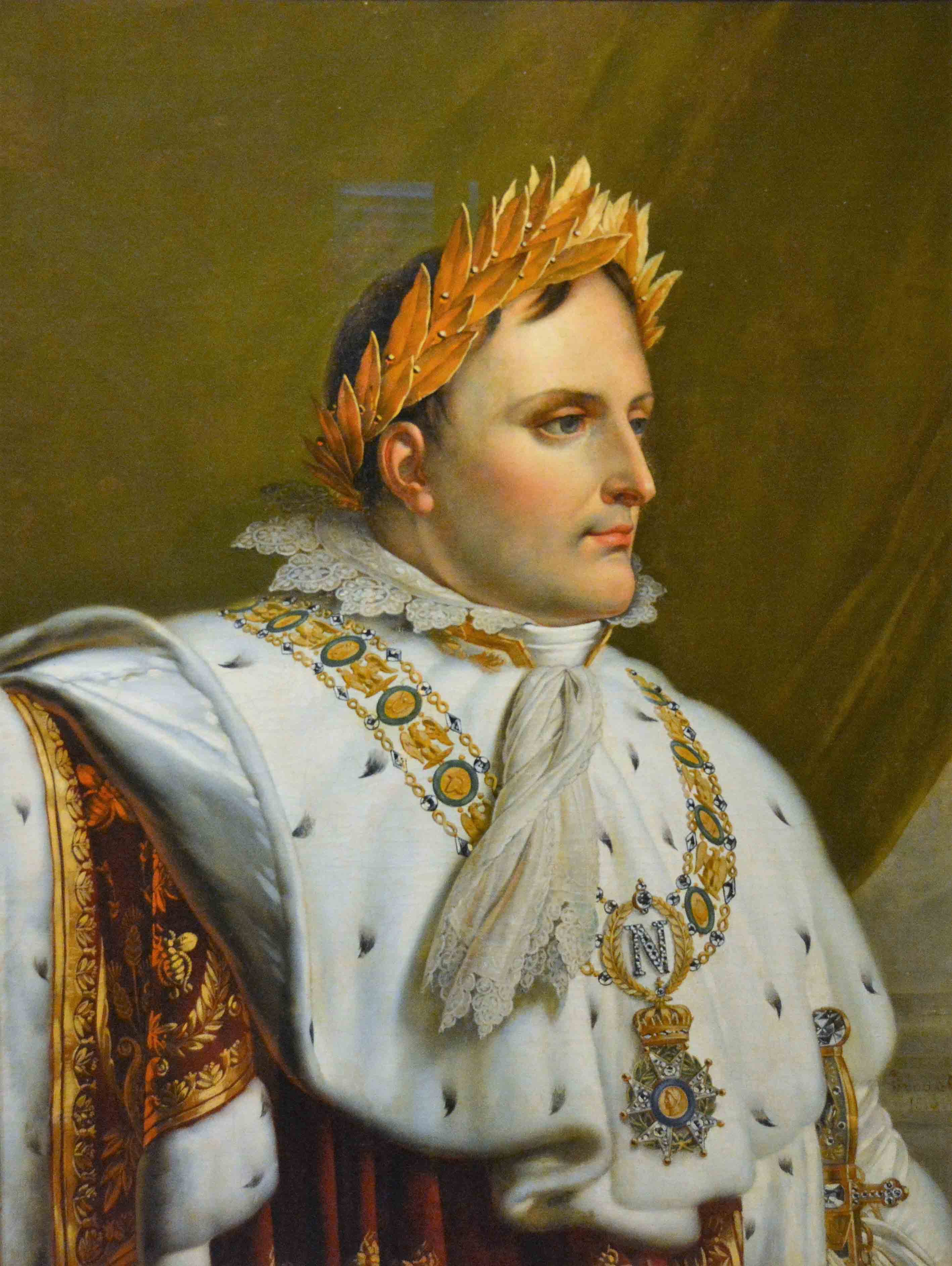

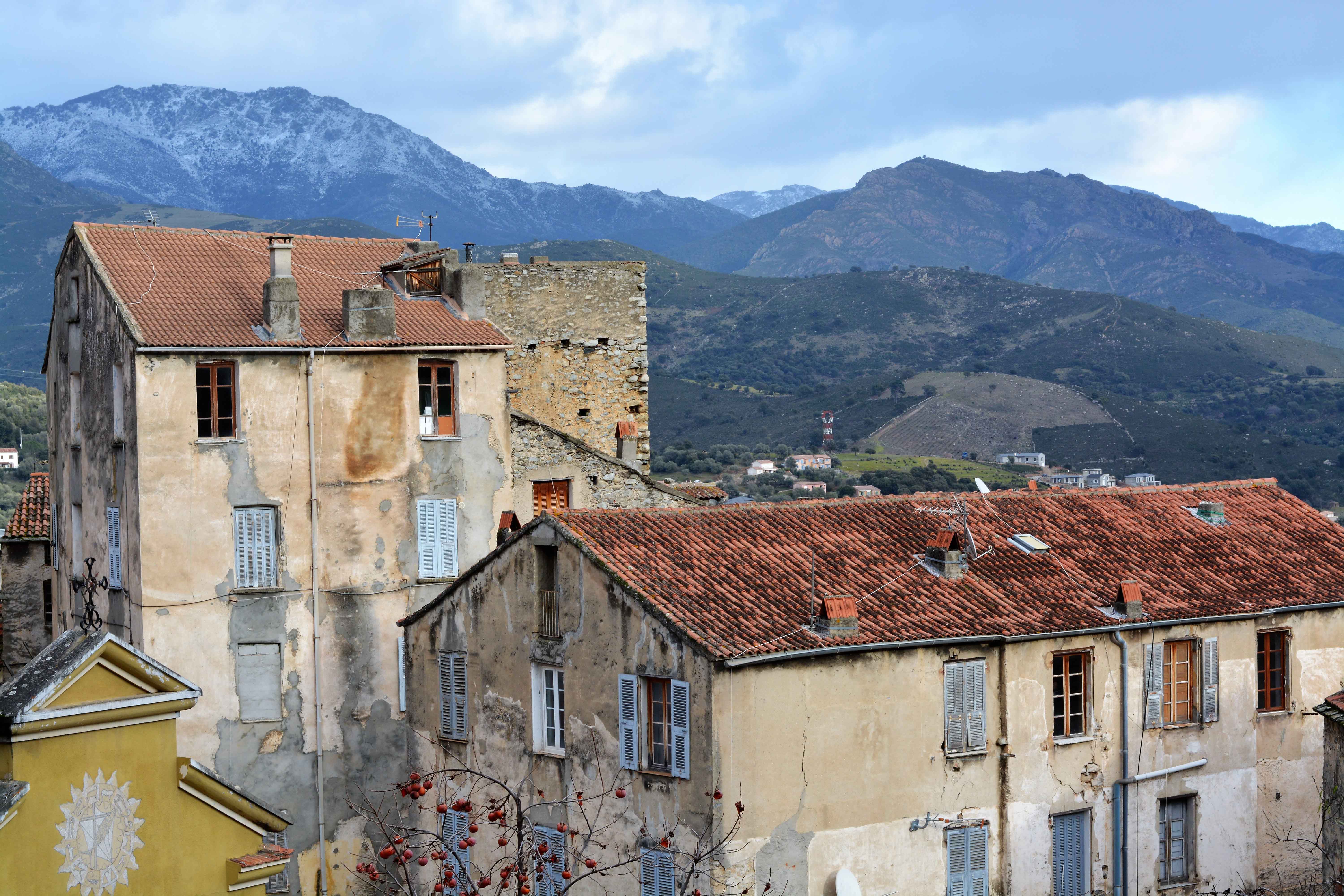

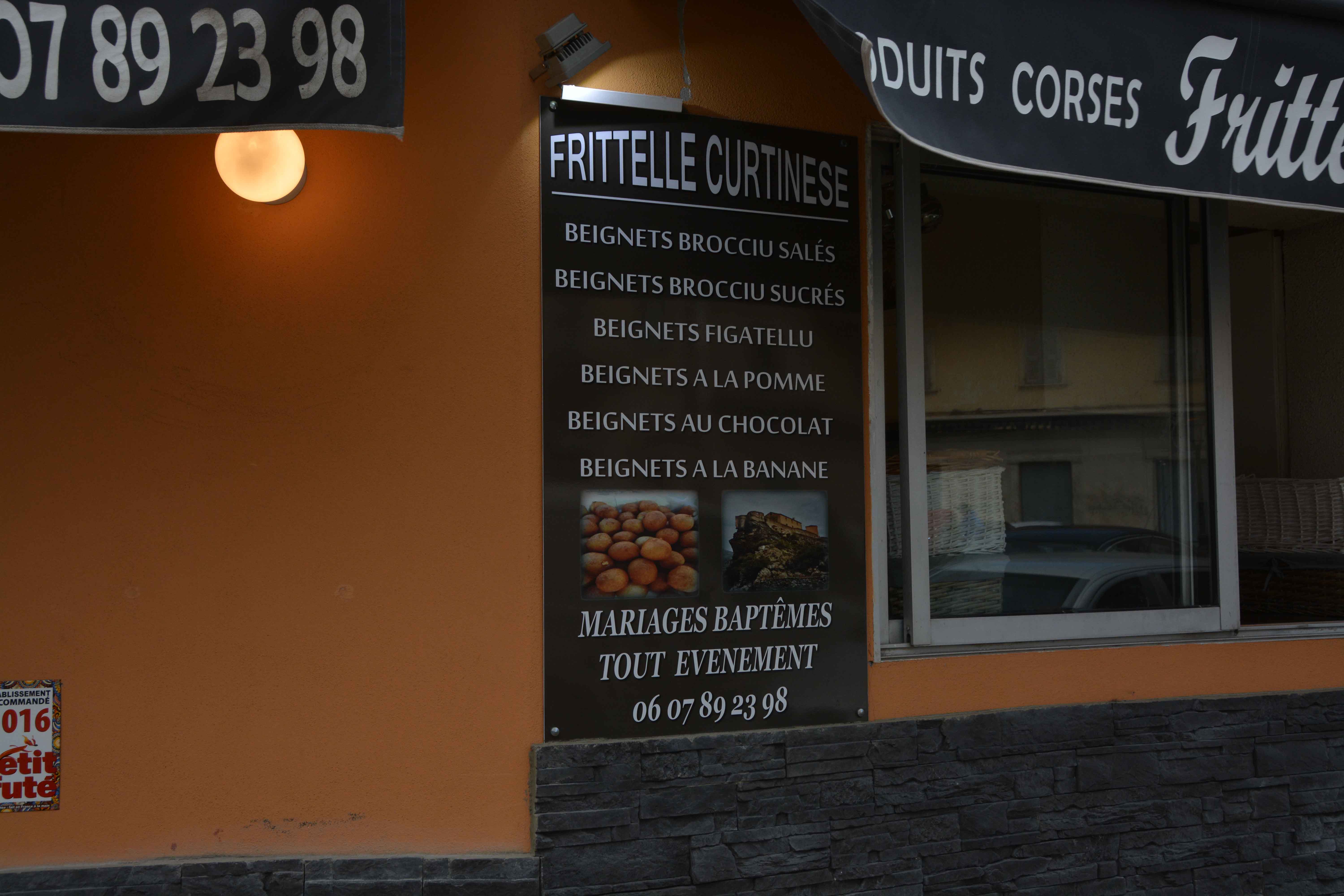
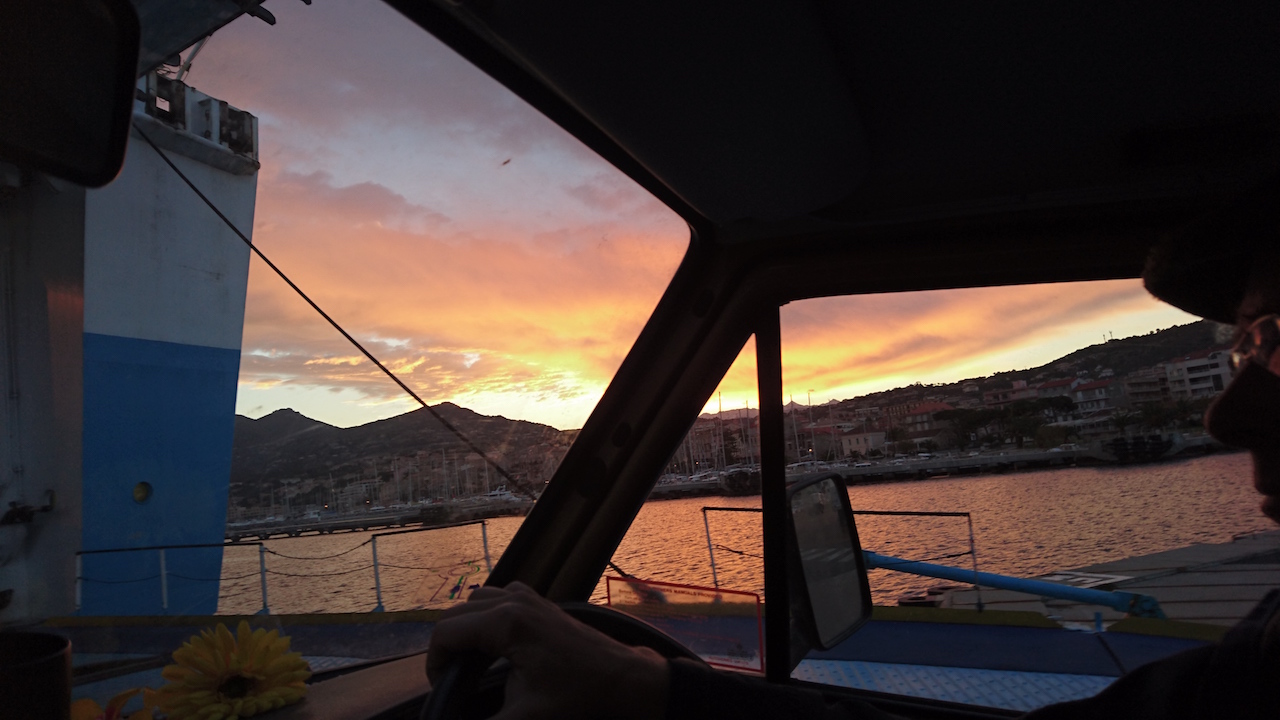
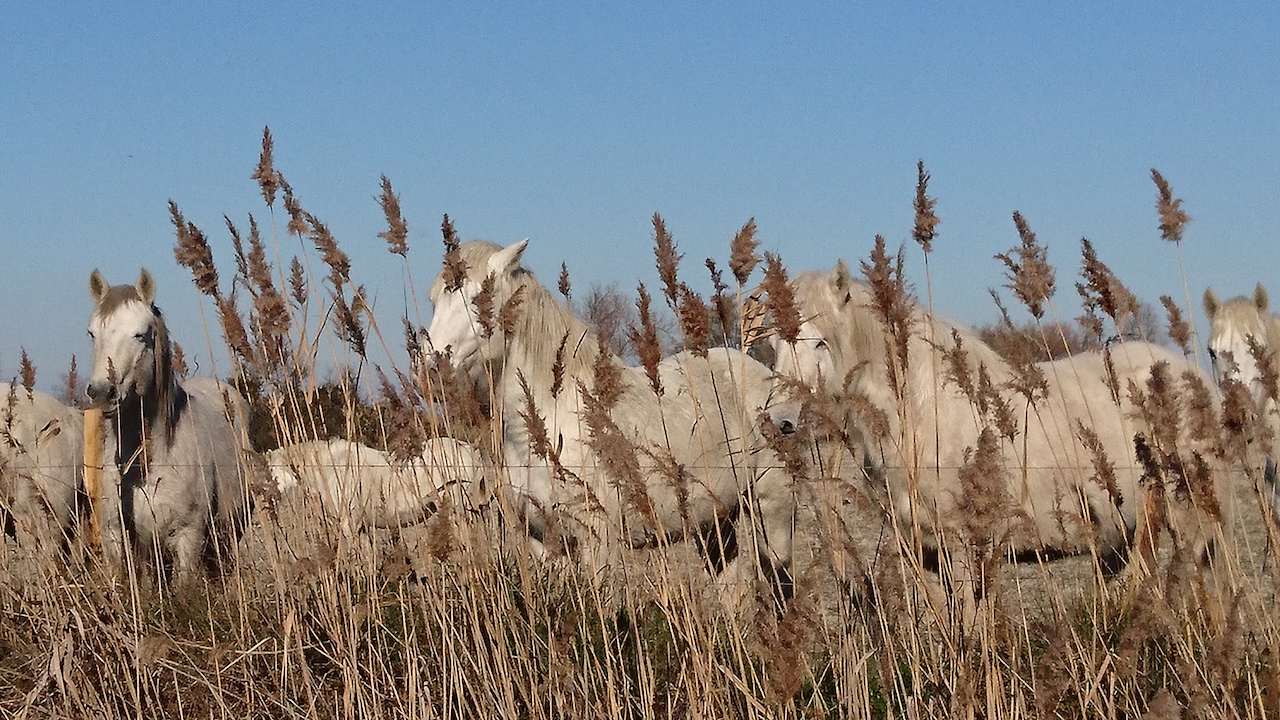
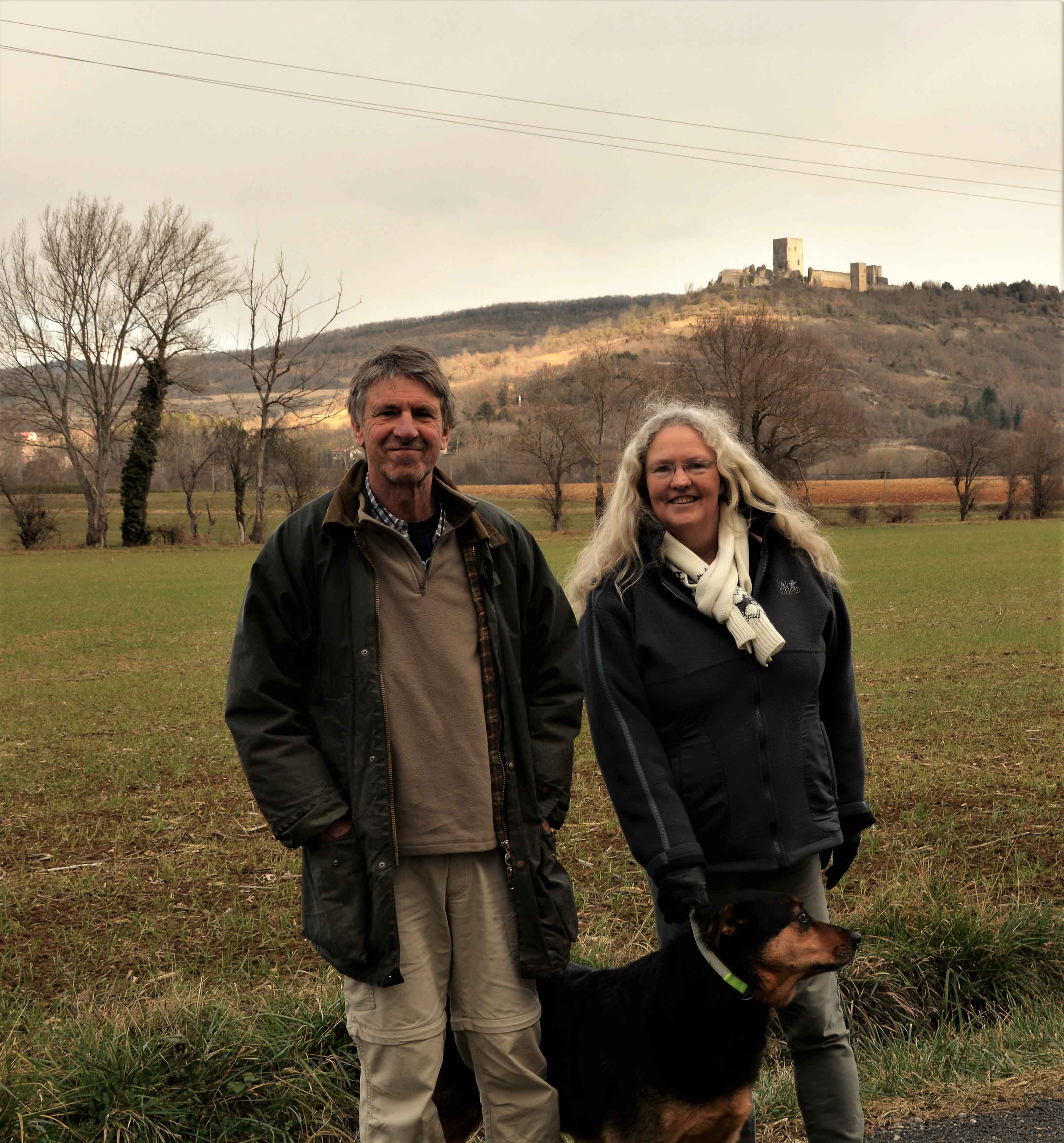
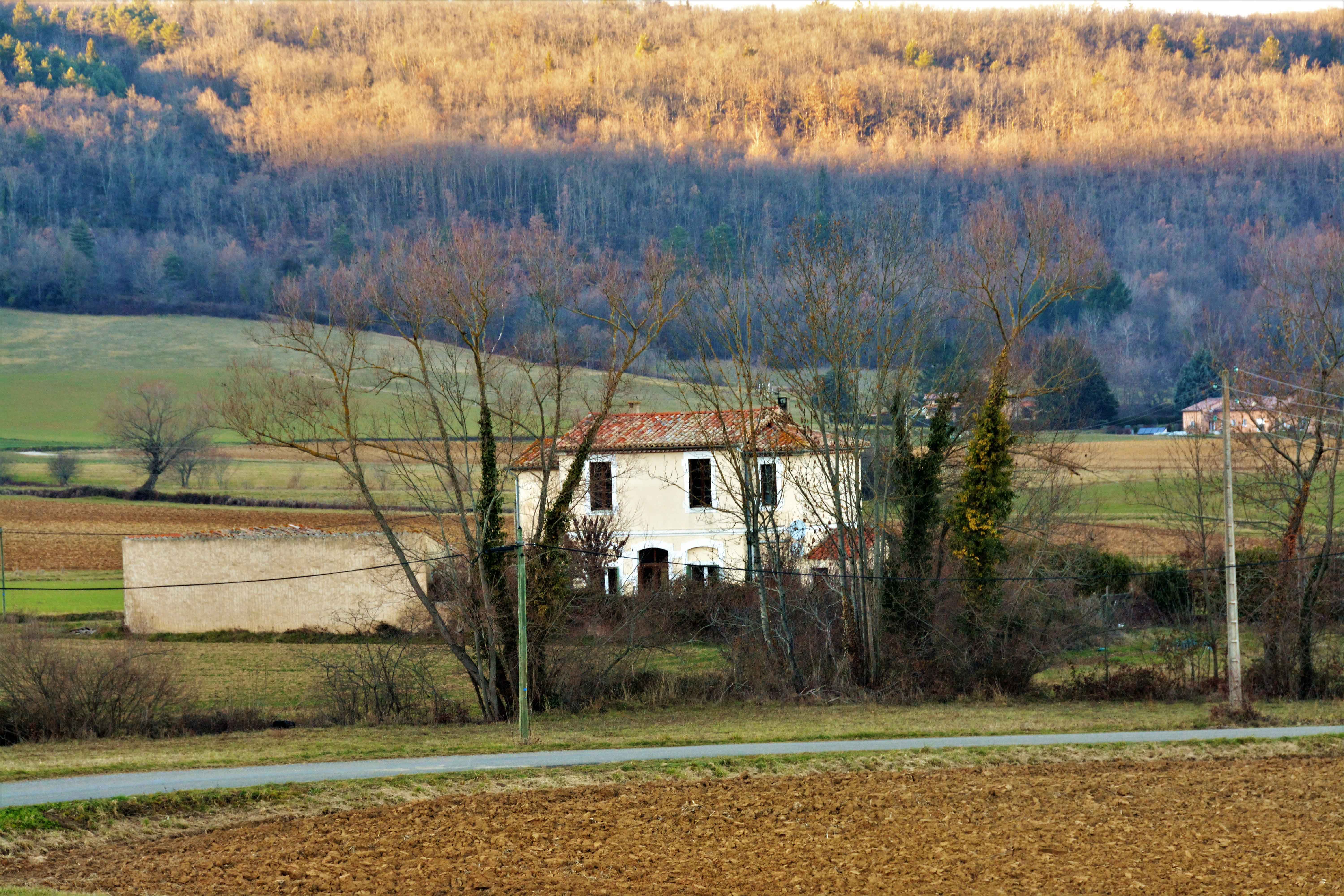

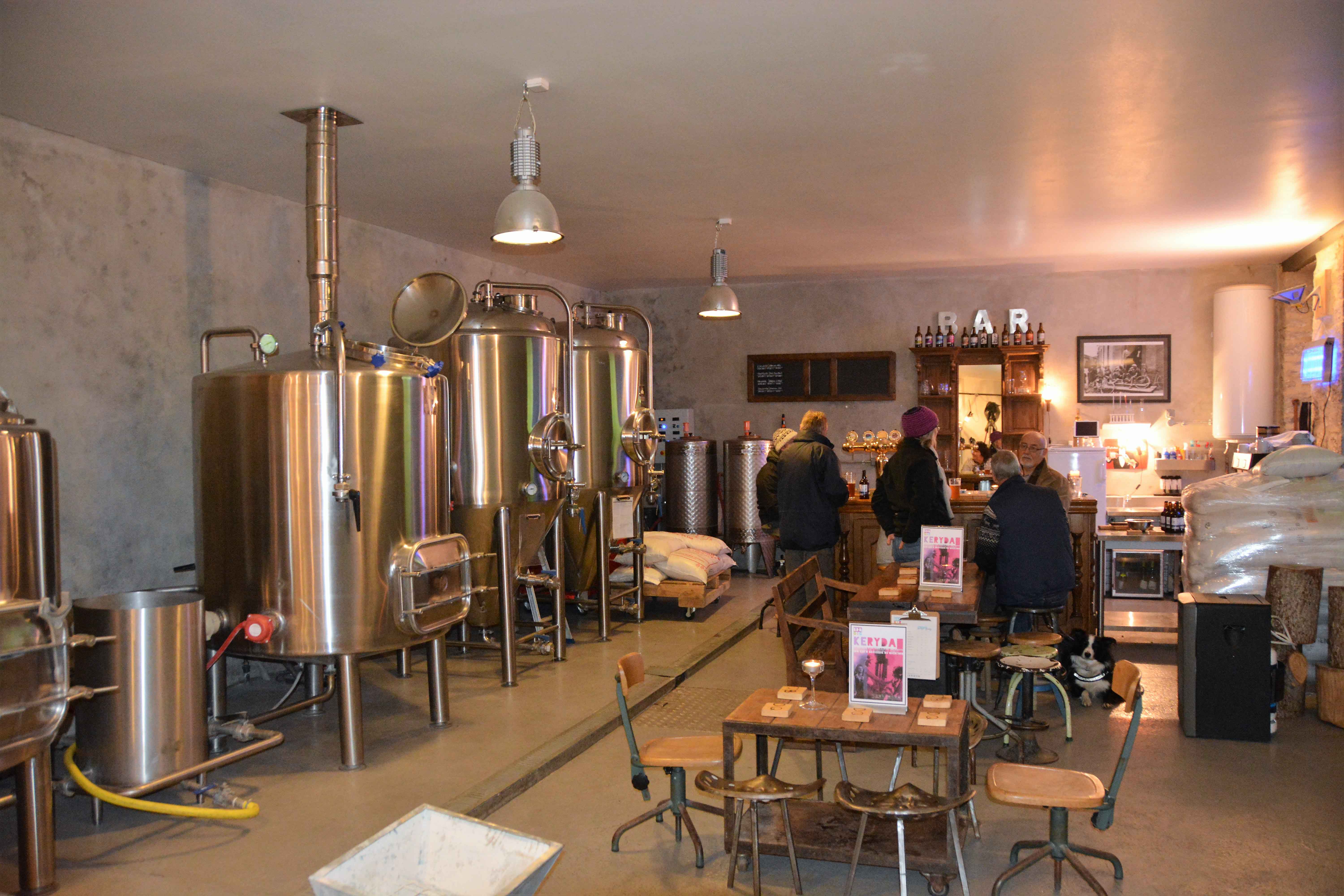
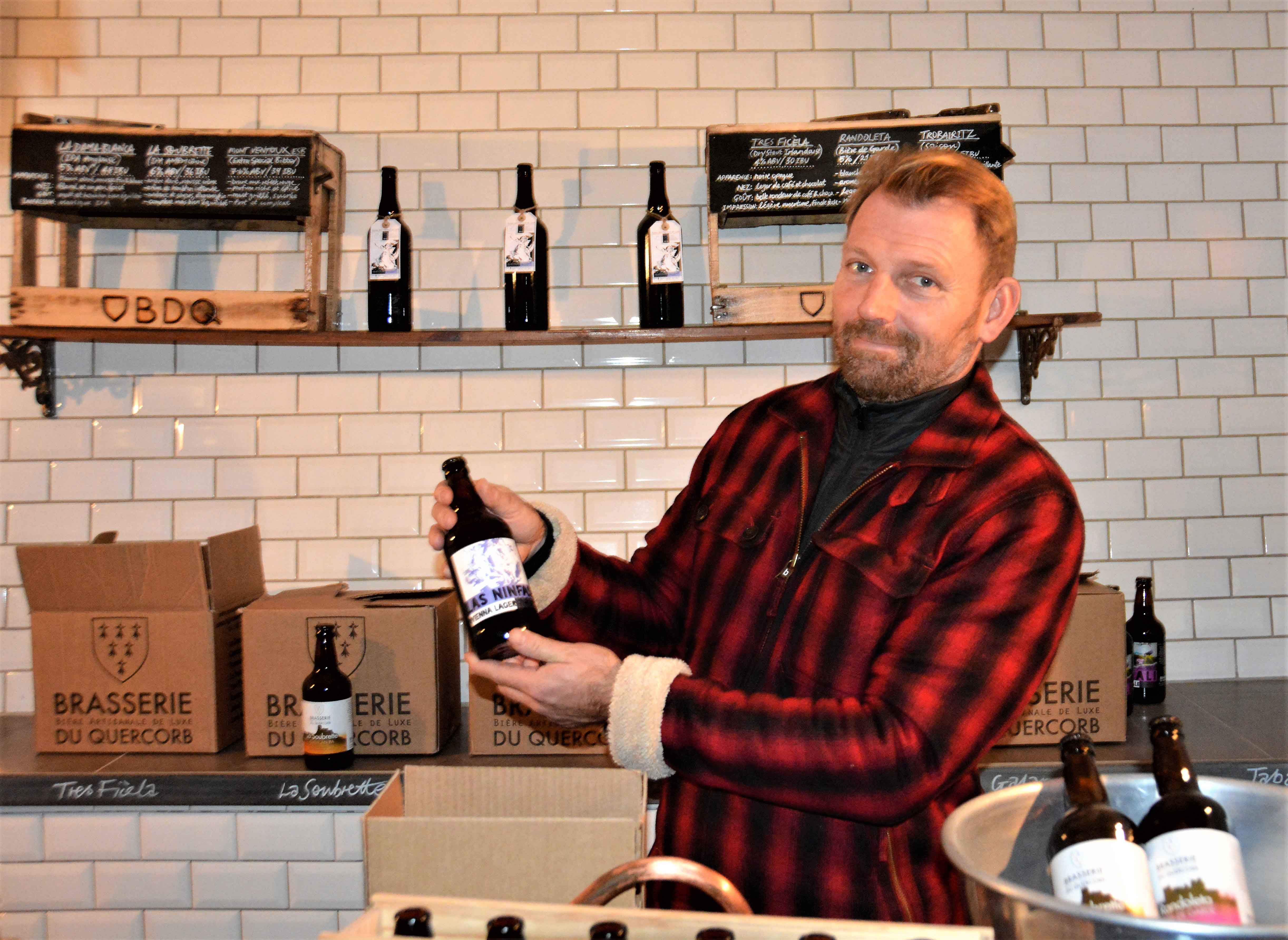
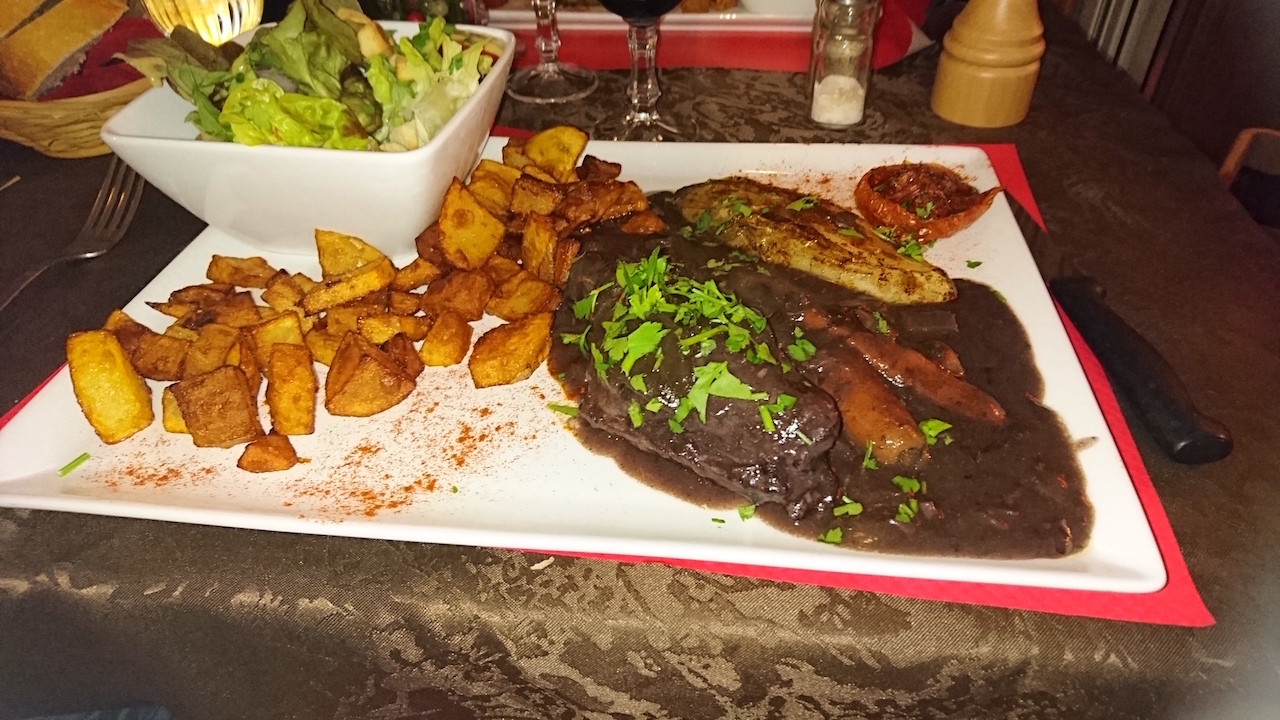
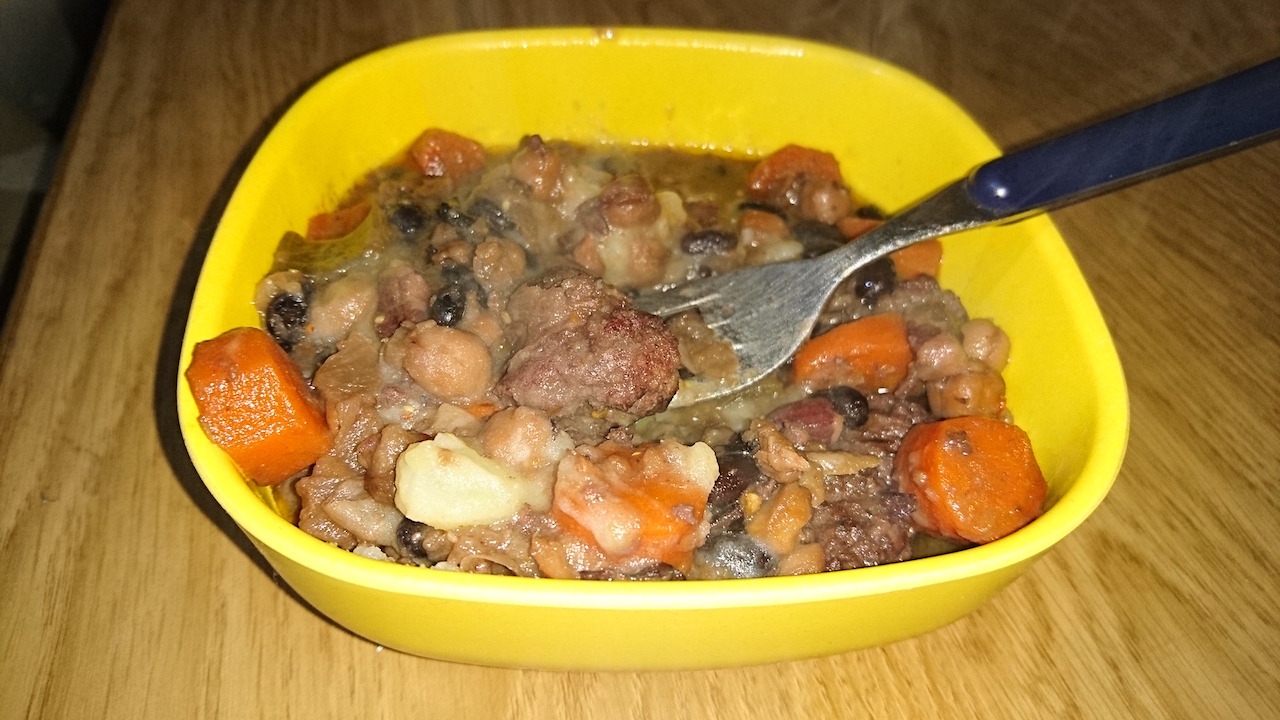
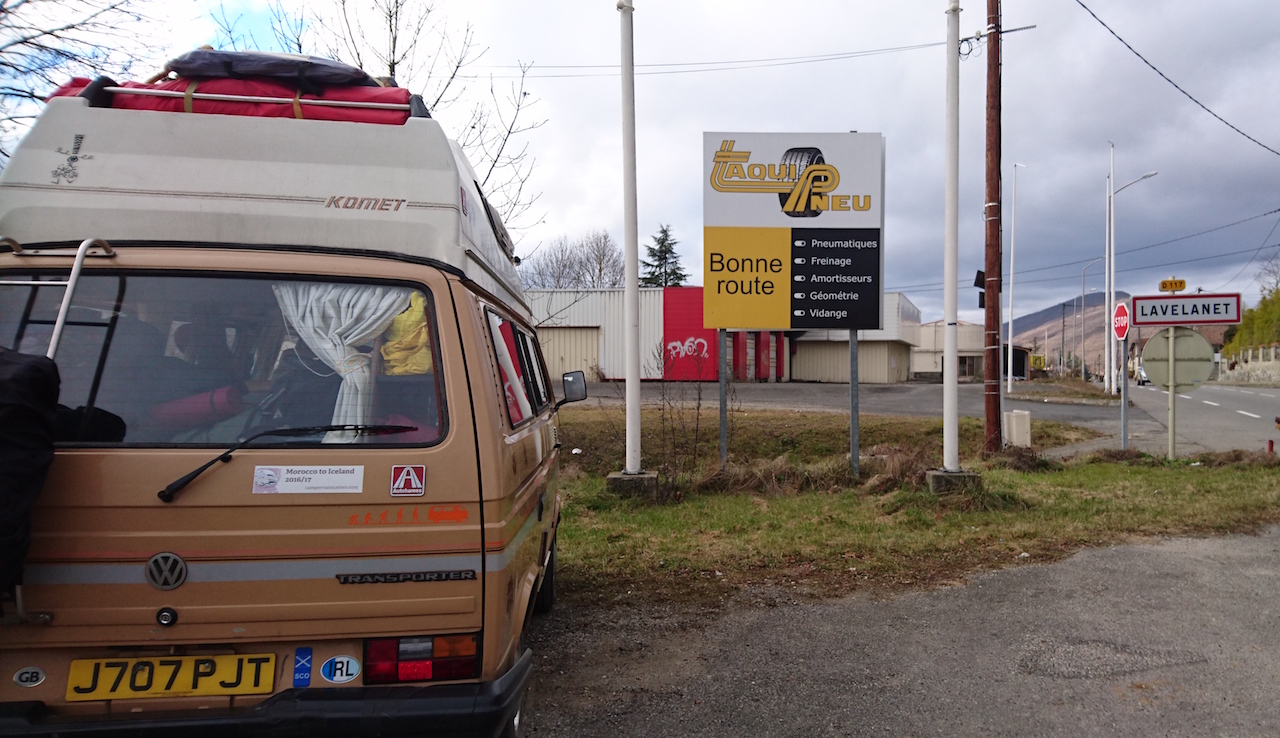
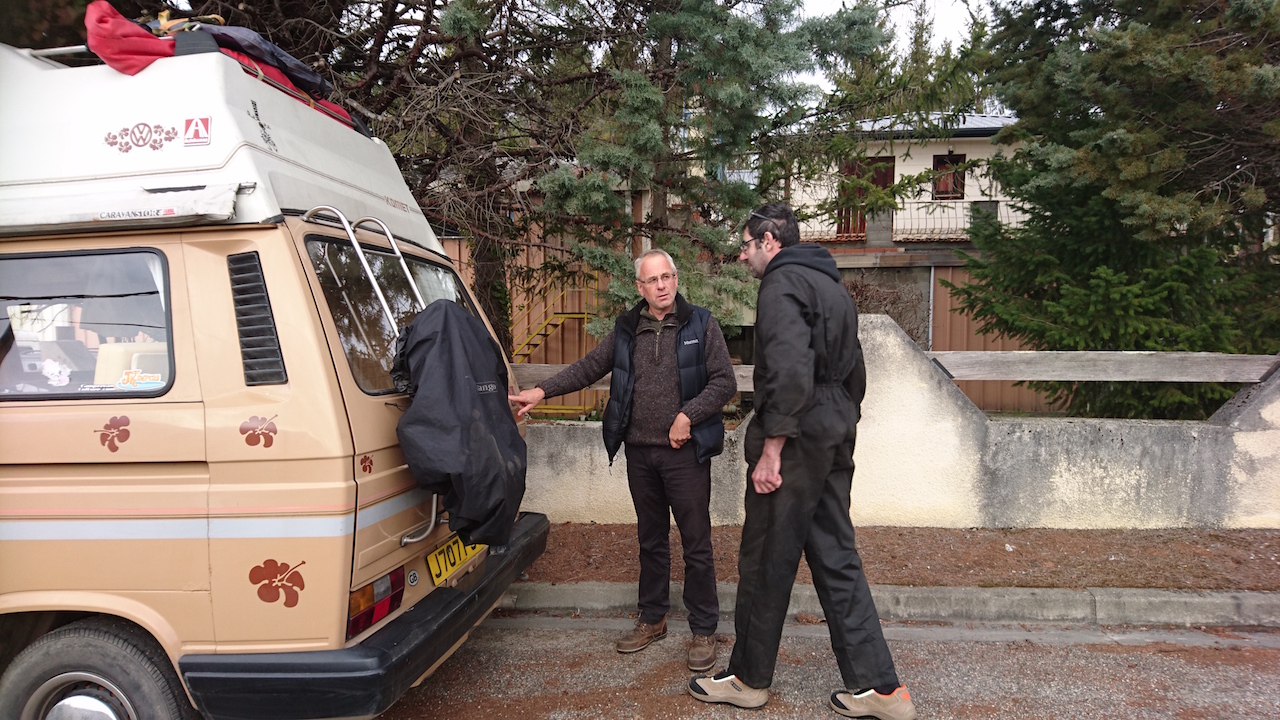
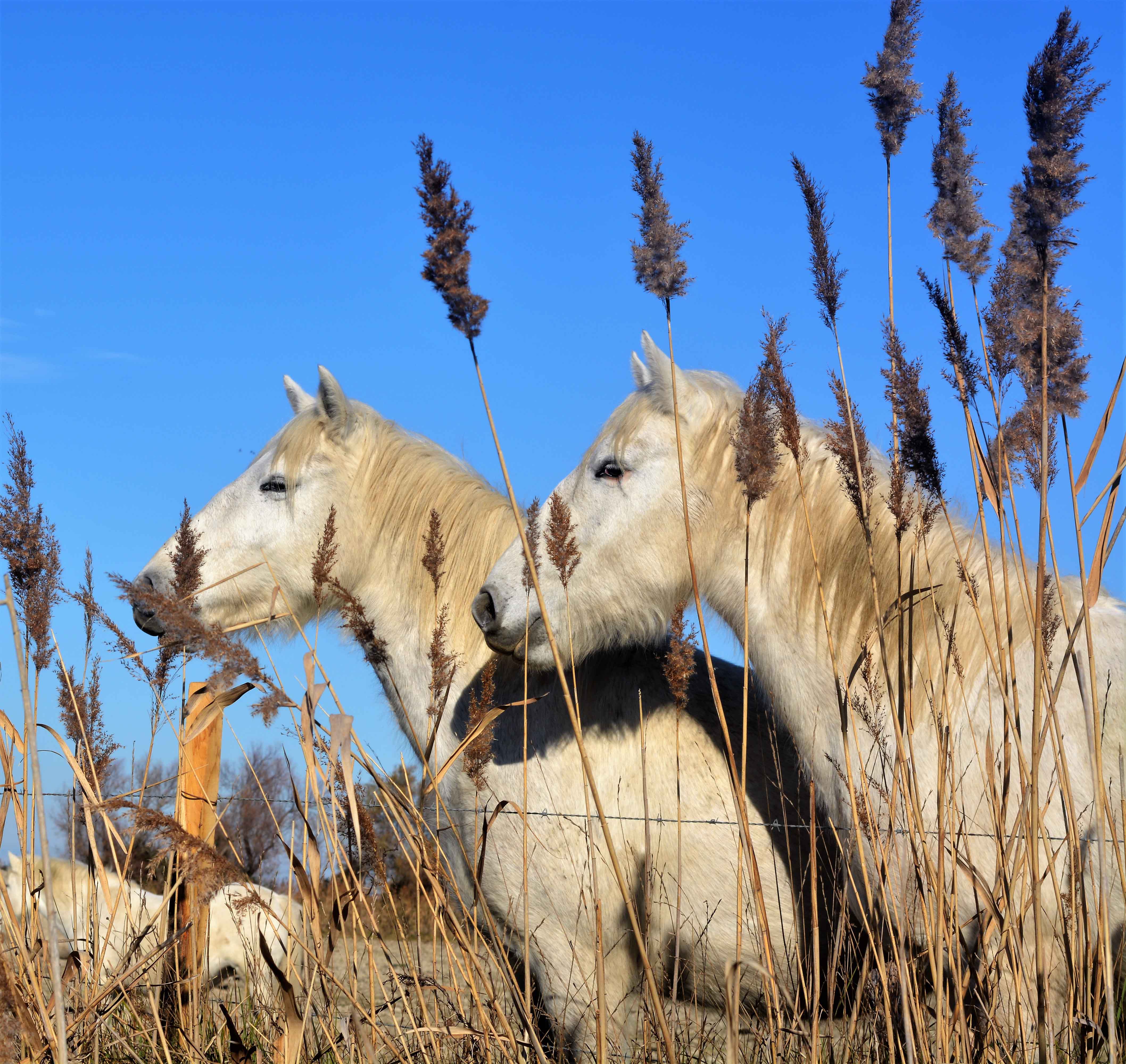
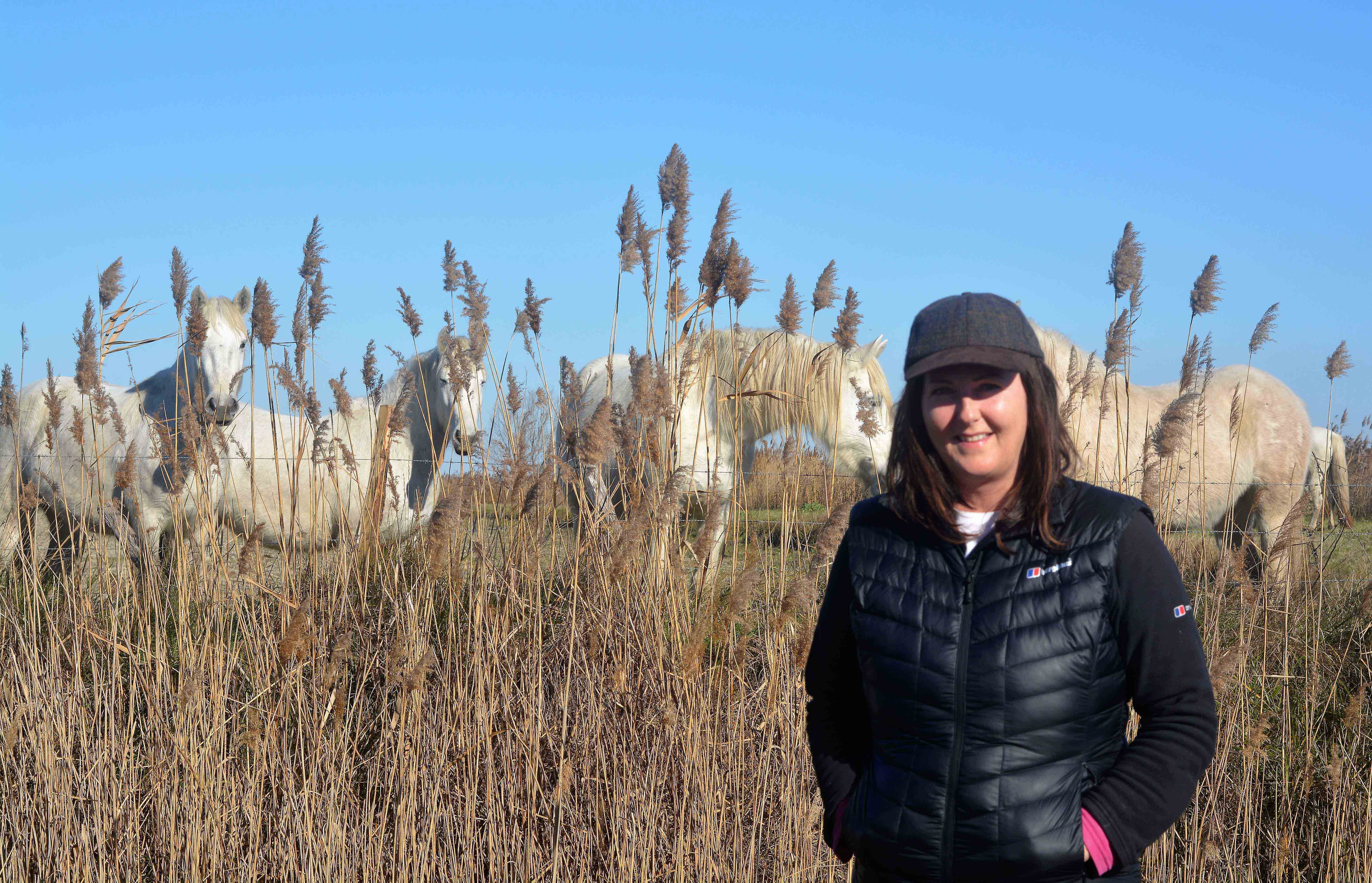
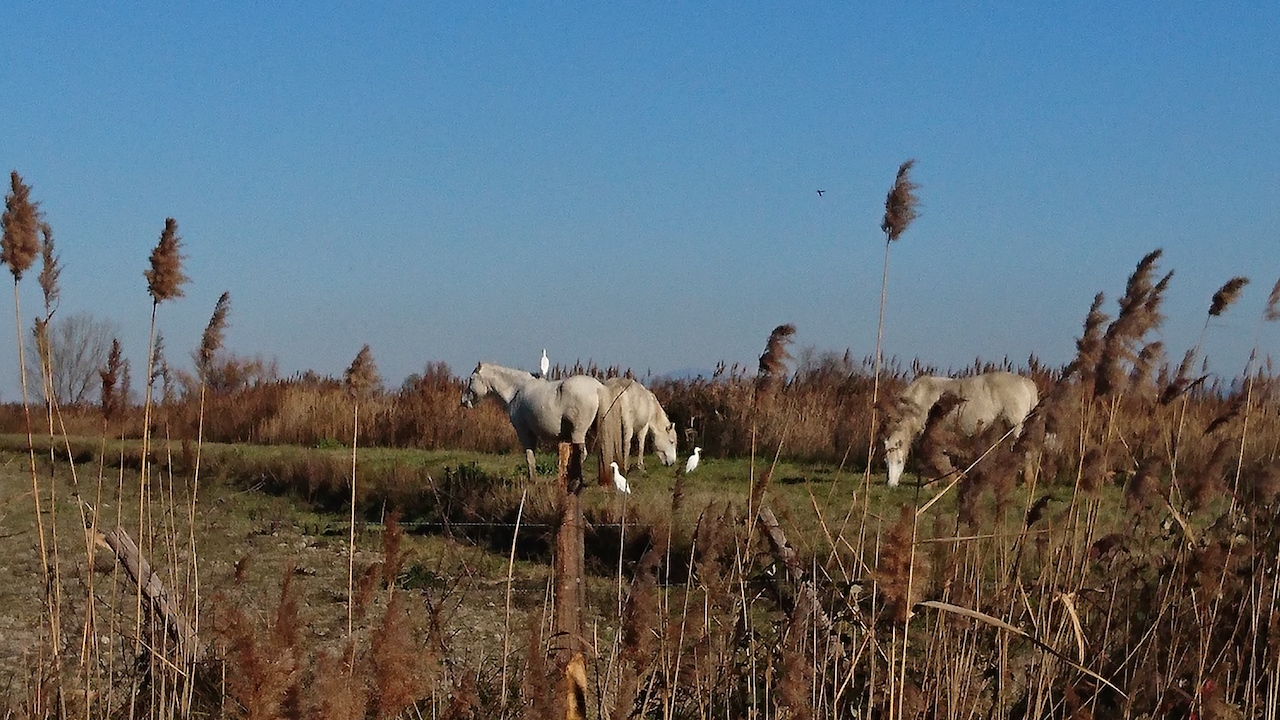
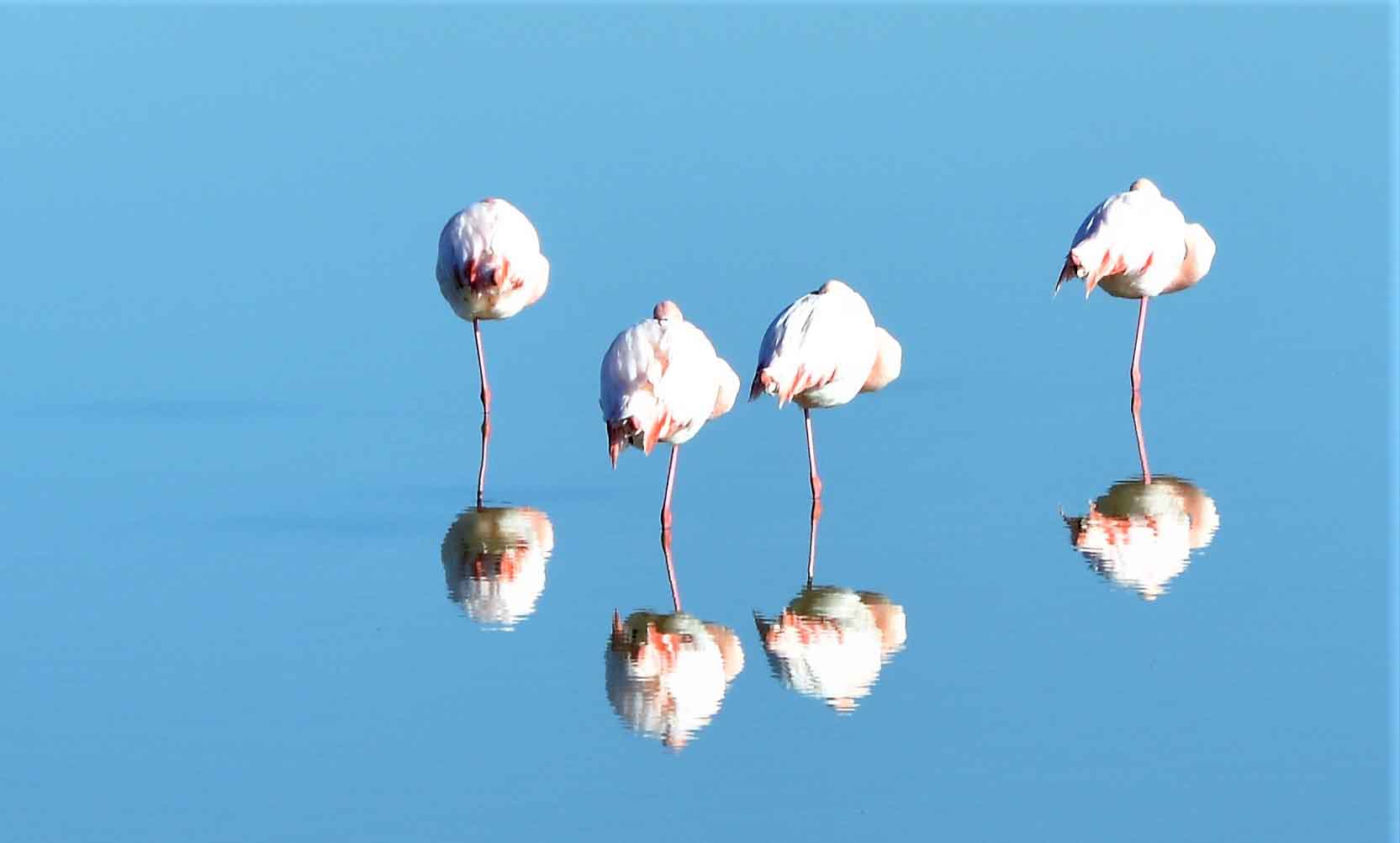
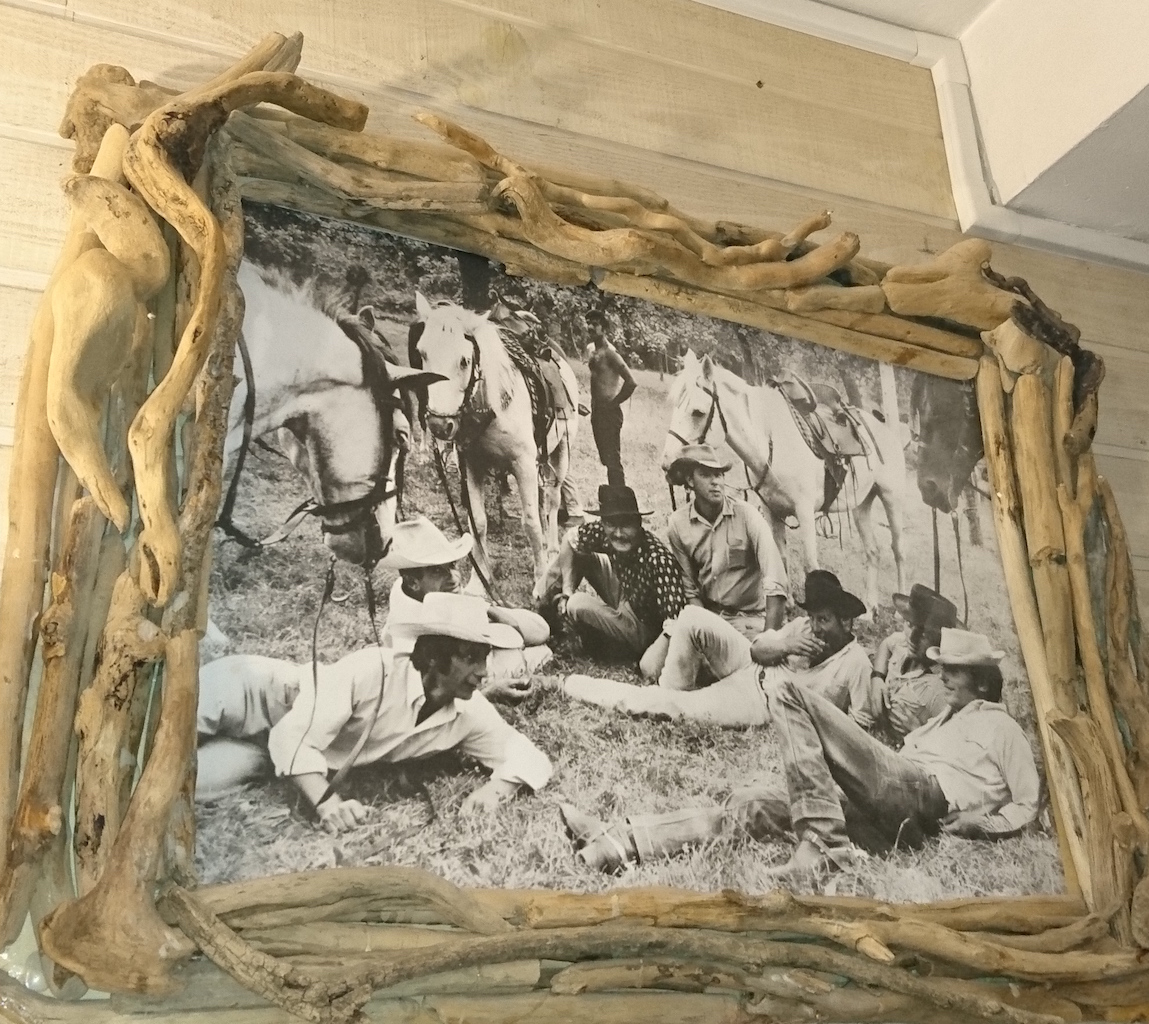
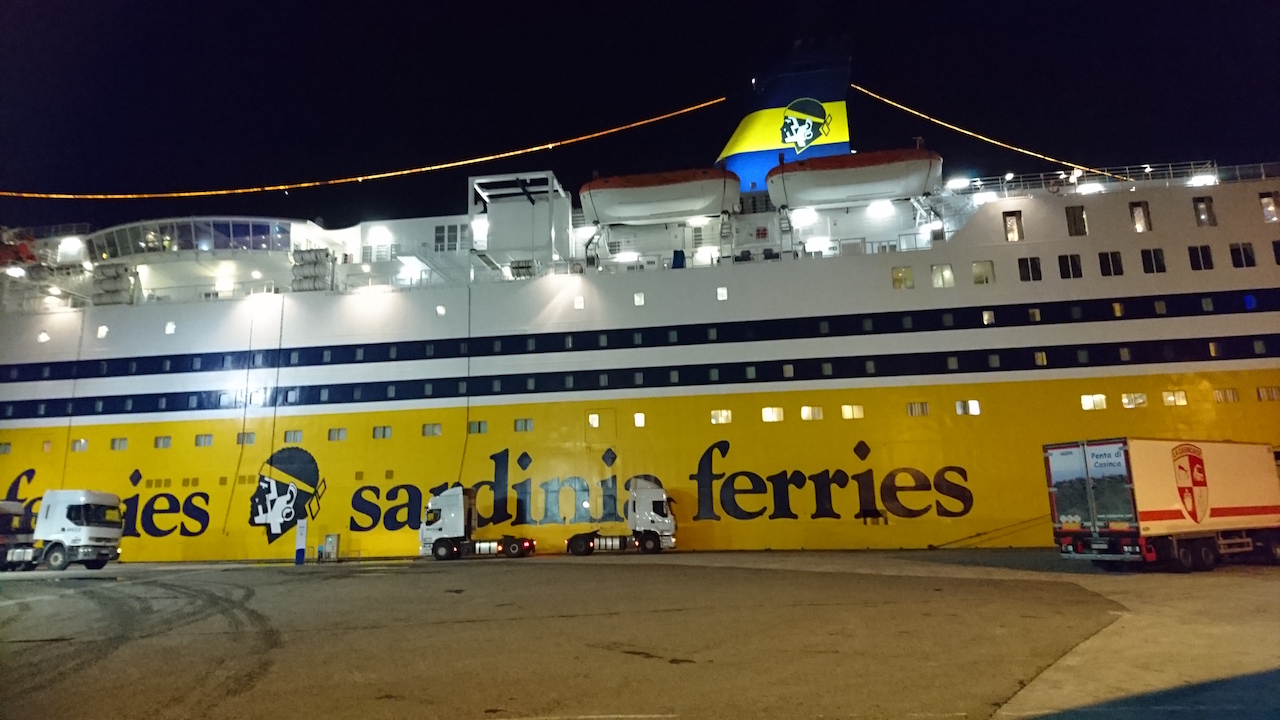
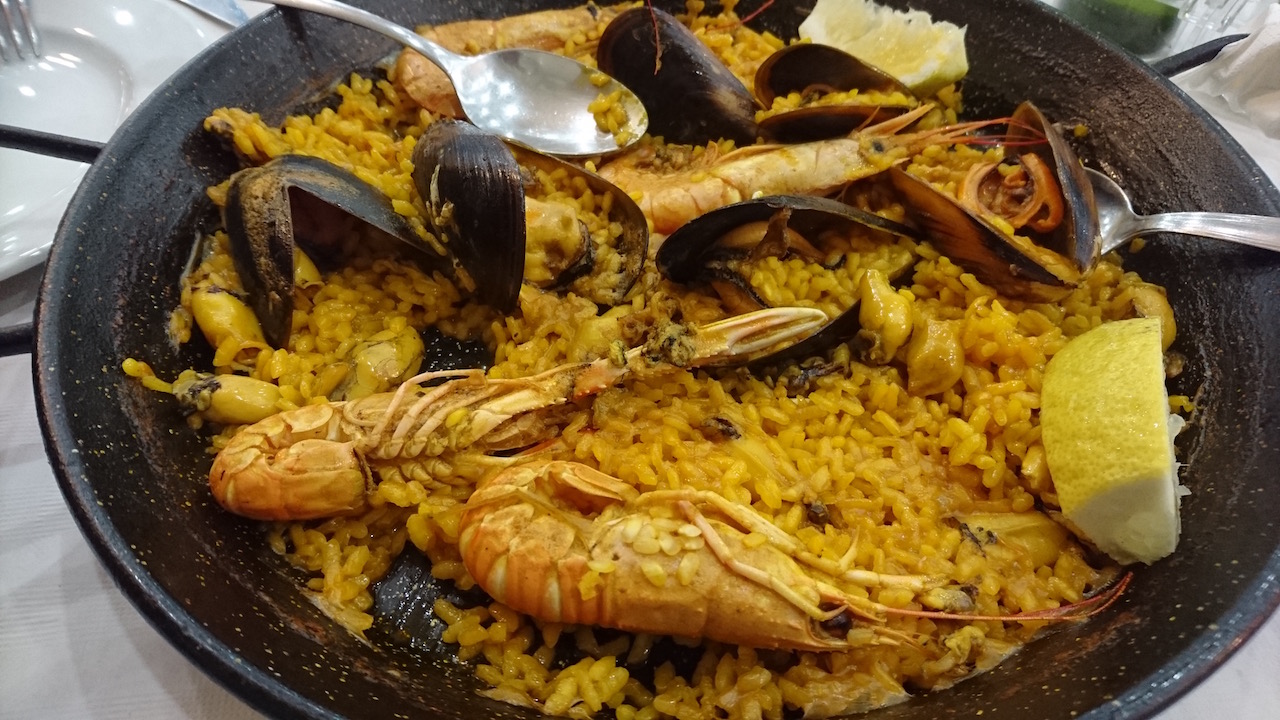
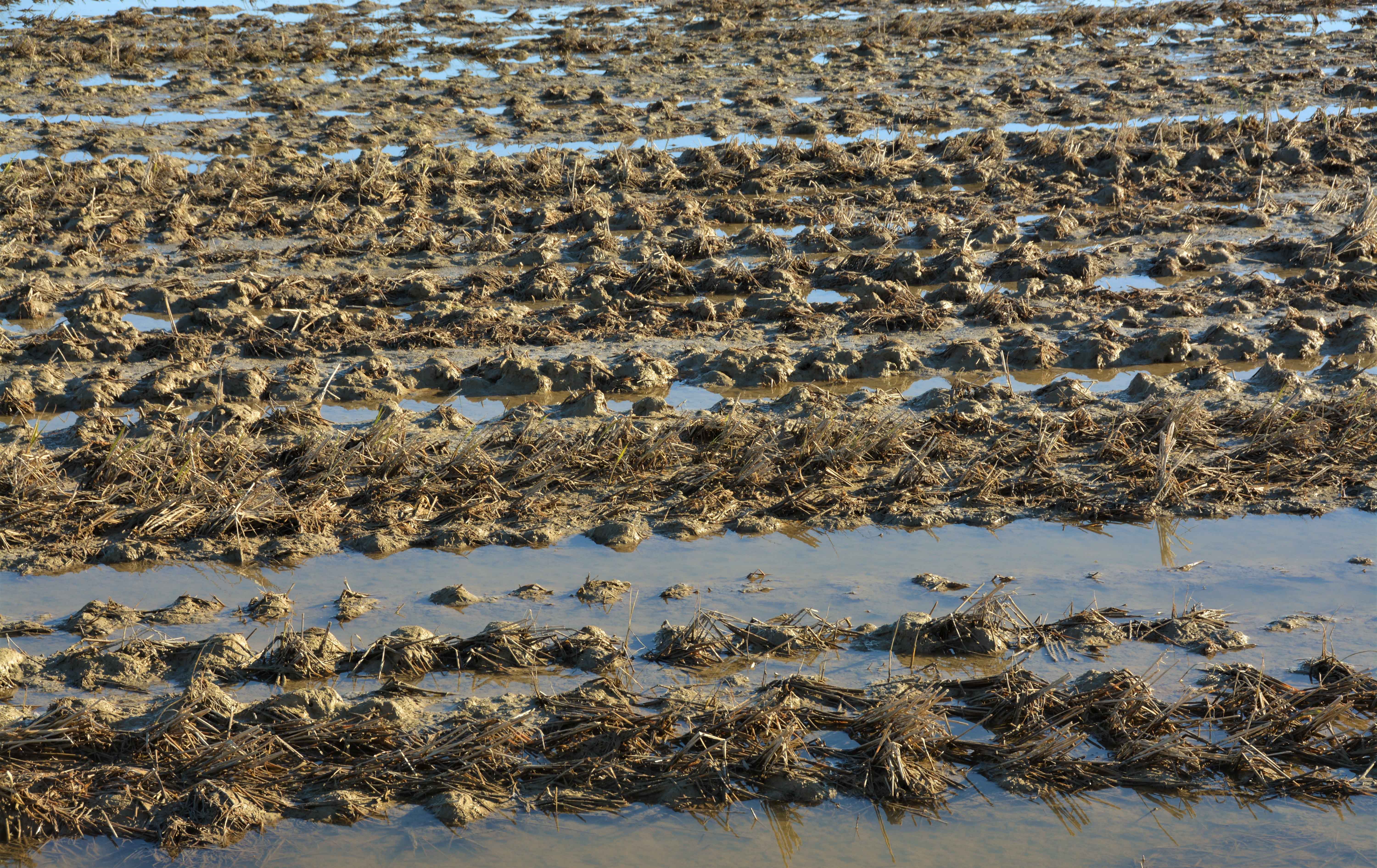
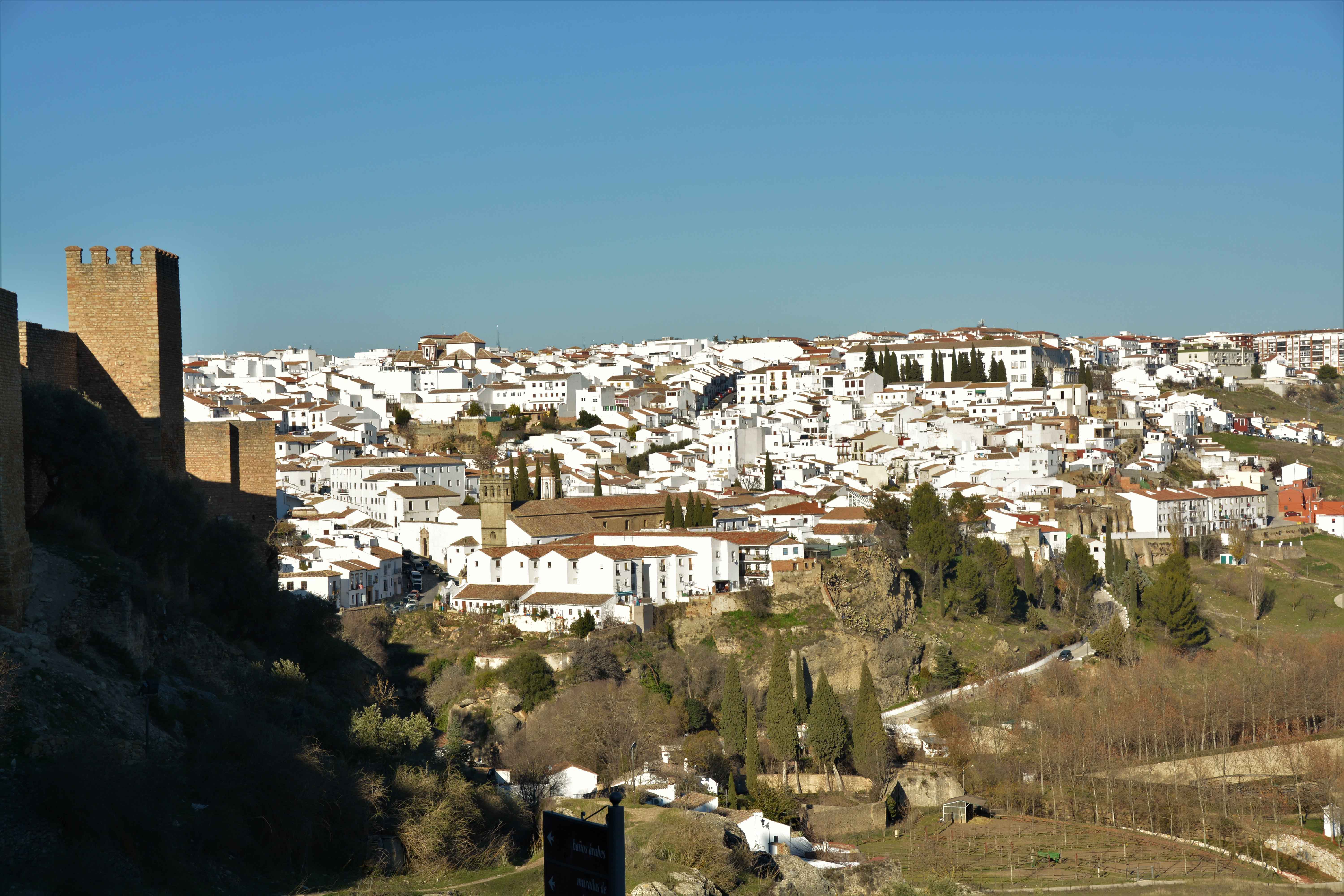 But some of those white houses are clinging to the top of the staggeringly high gorge which divides the town in two, like so:
But some of those white houses are clinging to the top of the staggeringly high gorge which divides the town in two, like so: